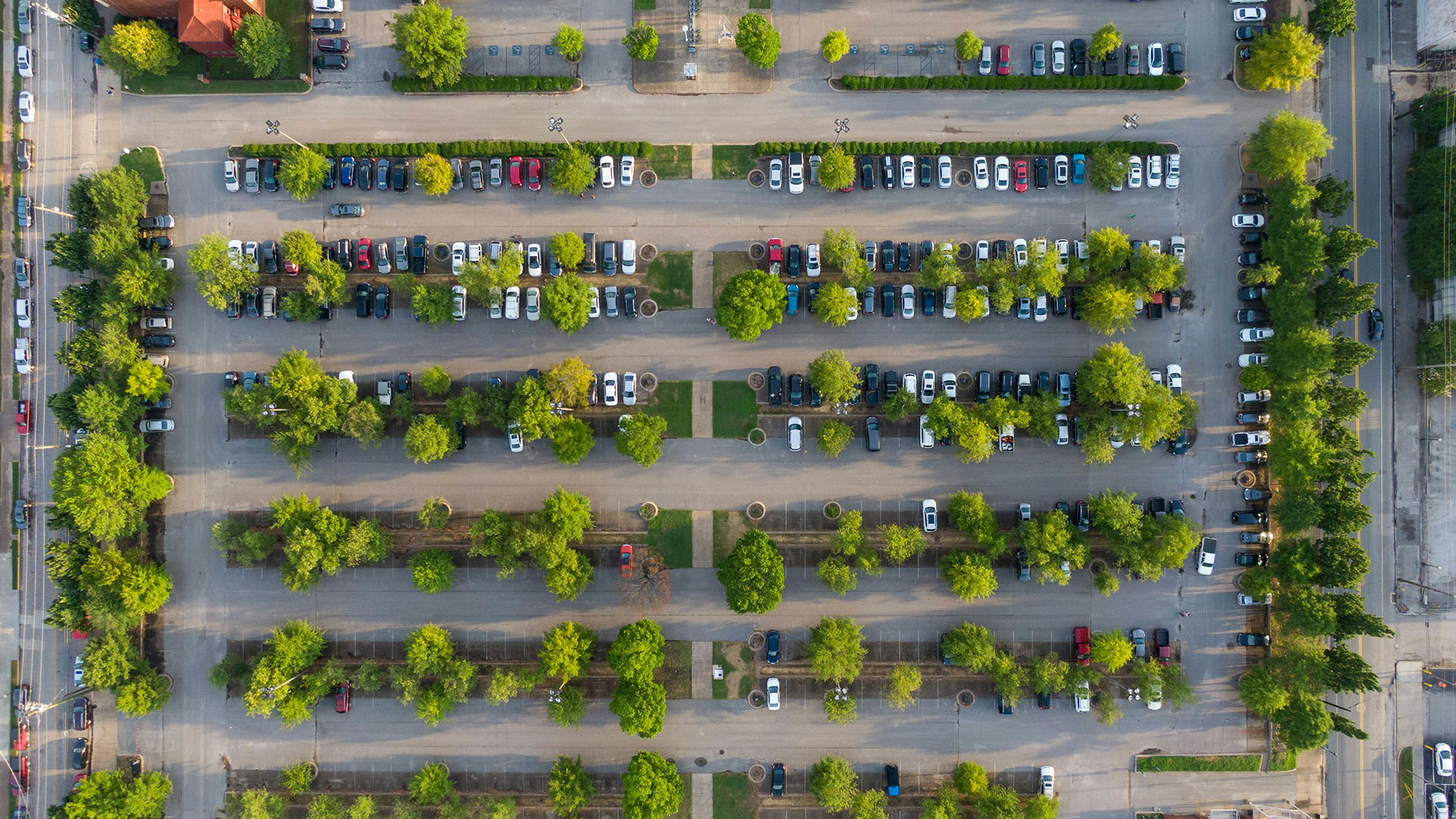
Myth Busters: Will Removing Parking Minimums Put a Strain on Existing Parking Supply?
Parking minimums require developers to provide a minimum number of parking spaces based on what they’re building. The requirement can be based on the size…
Authored by transportation professionals throughout Kittelson, our blog is a space for evaluating new technologies, presenting unique approaches, and providing ideas to an industry that's always moving. Twice a month, we share these articles through Streetwise, a reader-friendly digest of our latest thinking. Explore our posts below or filter by a topic of interest.

Parking minimums require developers to provide a minimum number of parking spaces based on what they’re building. The requirement can be based on the size…

Long-range traffic forecasts are used to inform the selection and design of transportation projects based on predicted demand of the roadway system decades into the…
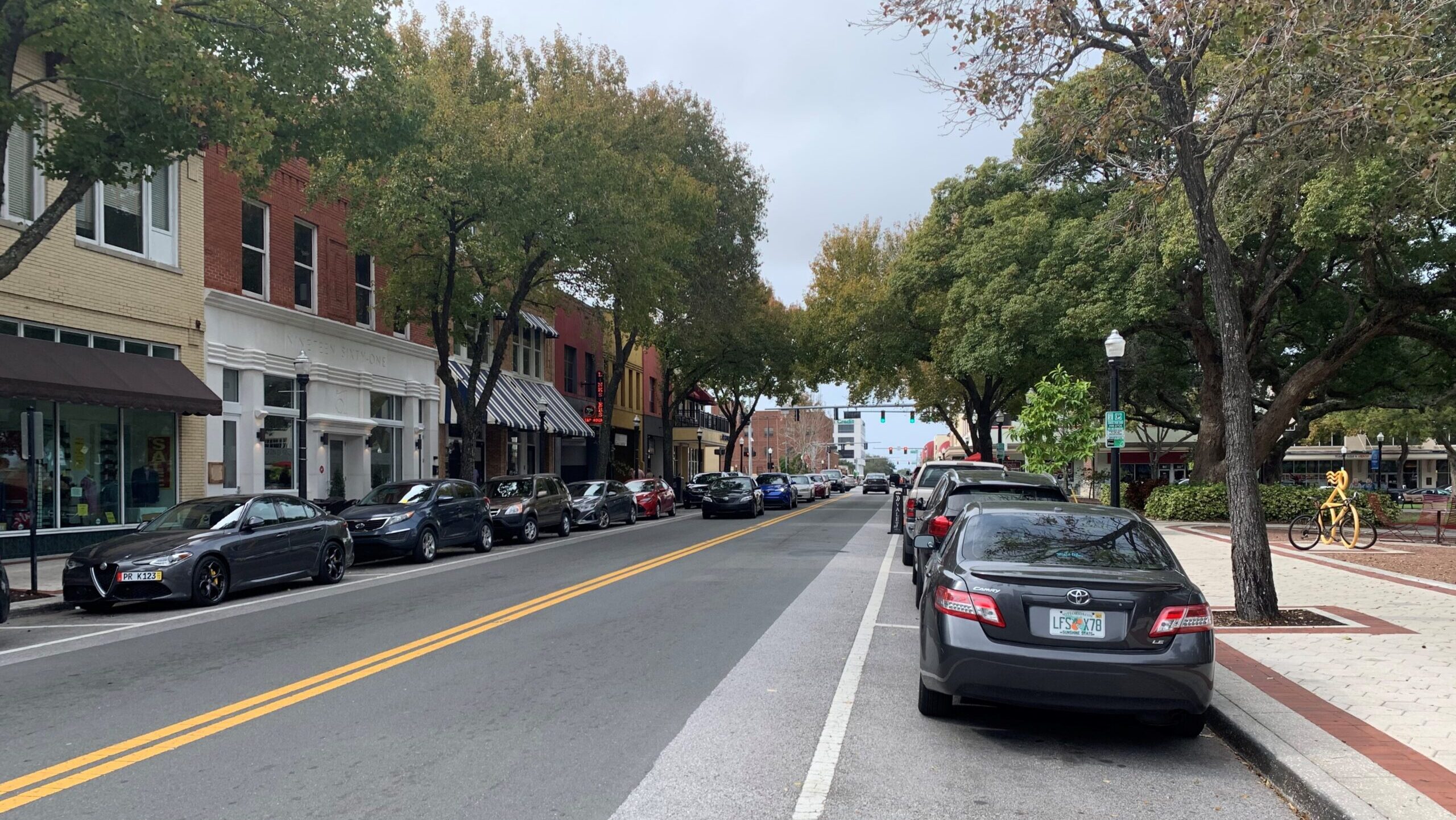
After World War II, when car usage became more prevalent and it became the norm for people to work downtown but live, shop, and play…
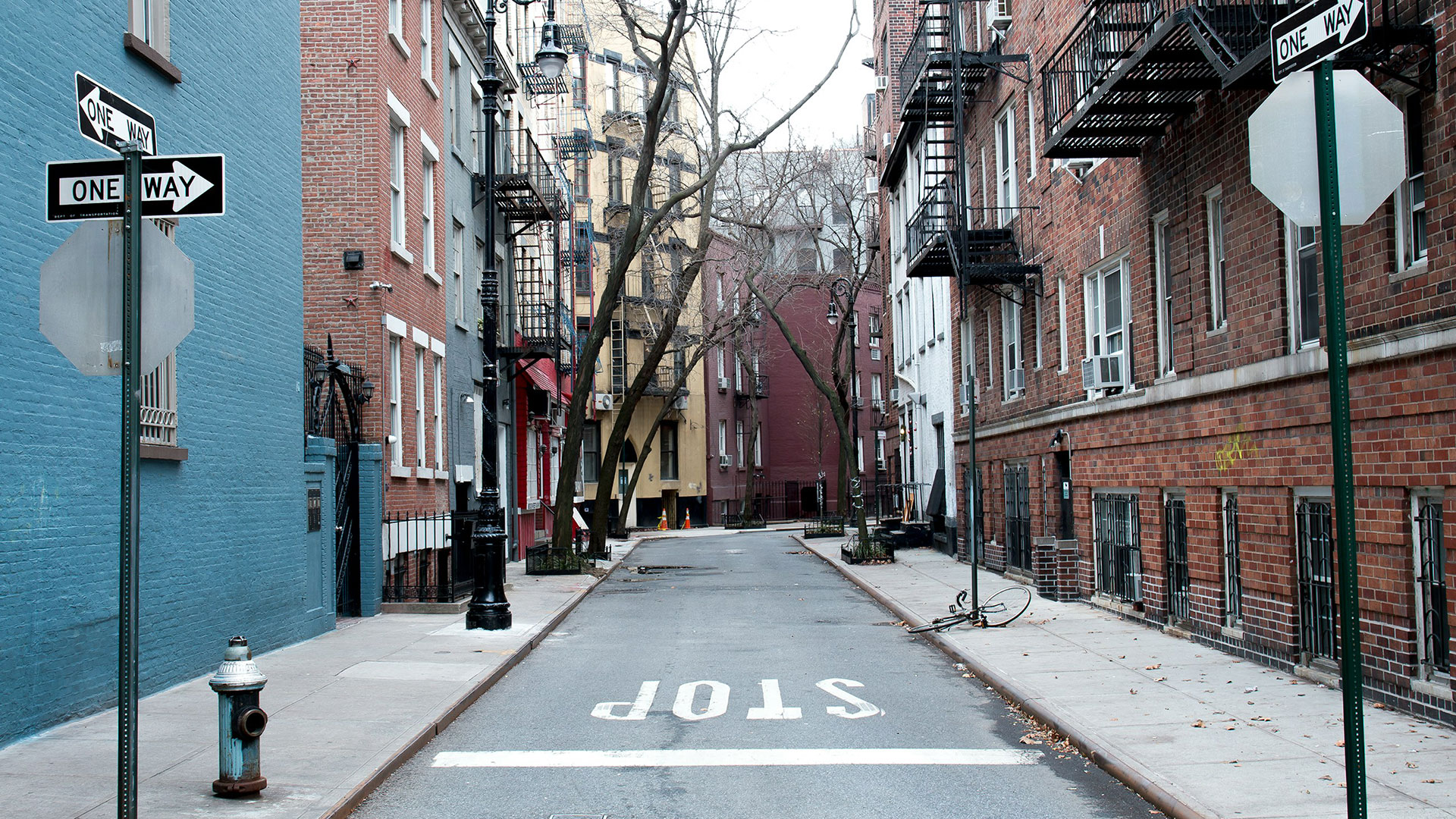
Intuitively, you might expect a stop sign to be an effective traffic calming tool—after all, asking drivers to slow to a stop should reduce their…
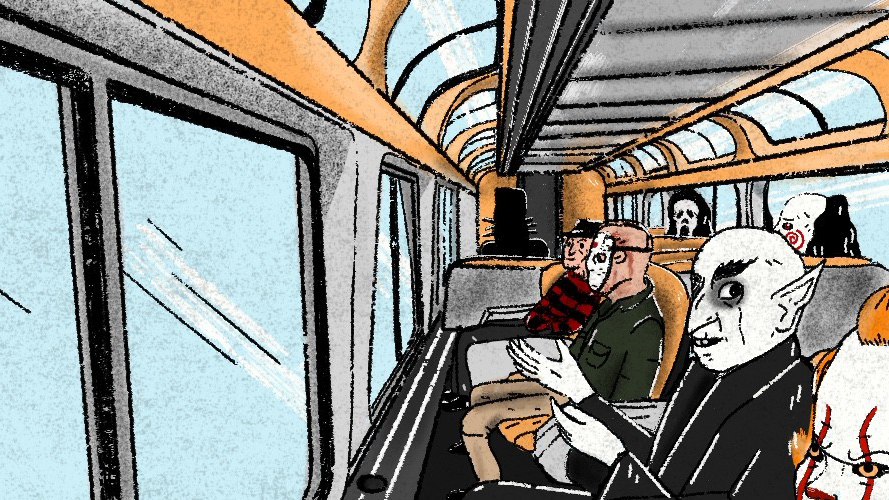
Spooky season is officially upon us, which means it’s time to delight in all things dark, mysterious, and frightening. To embrace the reason for the…
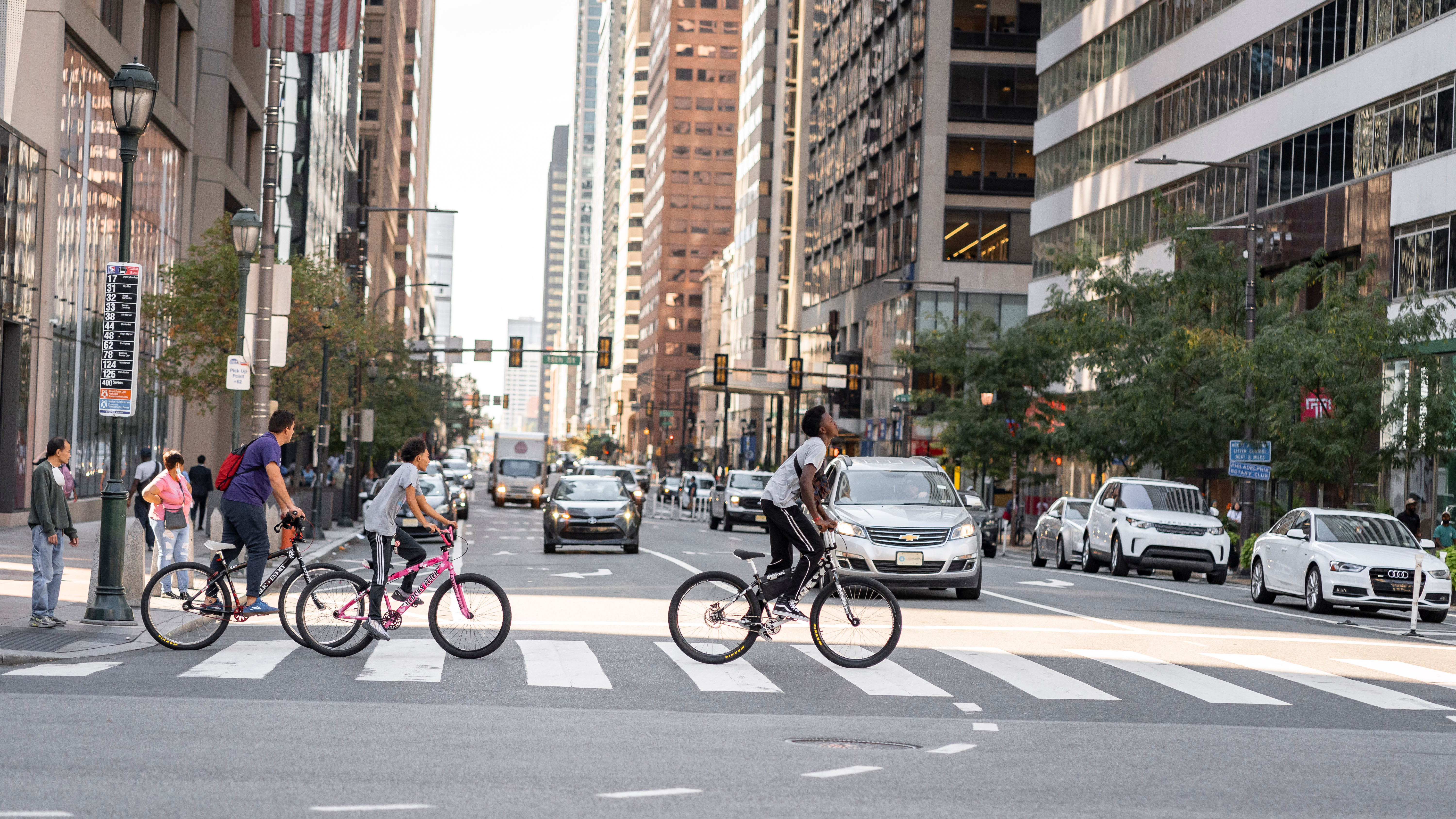
Improving safety for everyone is a foundational priority in the transportation industry. Check out our tips to maximize the benefits of tackling safety from a wider scope, while still keeping unique city needs front and center.
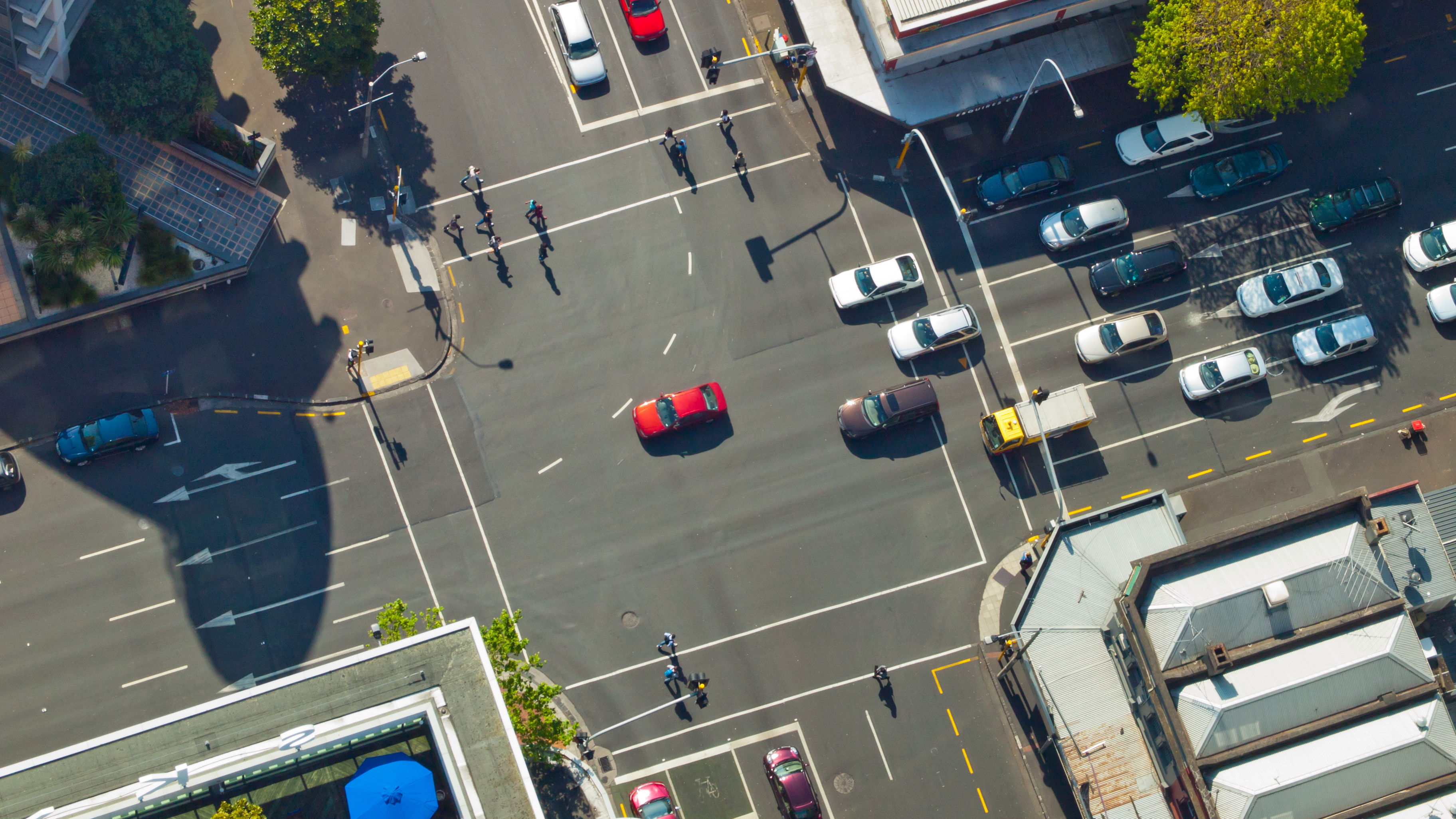
Have you ever noticed that the Batmobile has automated functionality? That’s right; 30 years before automation became the talk of the transportation world, it powered up a superhero’s allure. Idolization of automated vehicles, or AVs, threads even farther back into the fabric of pop culture, all the way to David Keller’s 1935 short story called “The Living Machine.” Originally fantasies, these stories are increasingly looking more like our reality. Let’s take a closer look at breaking down automation.
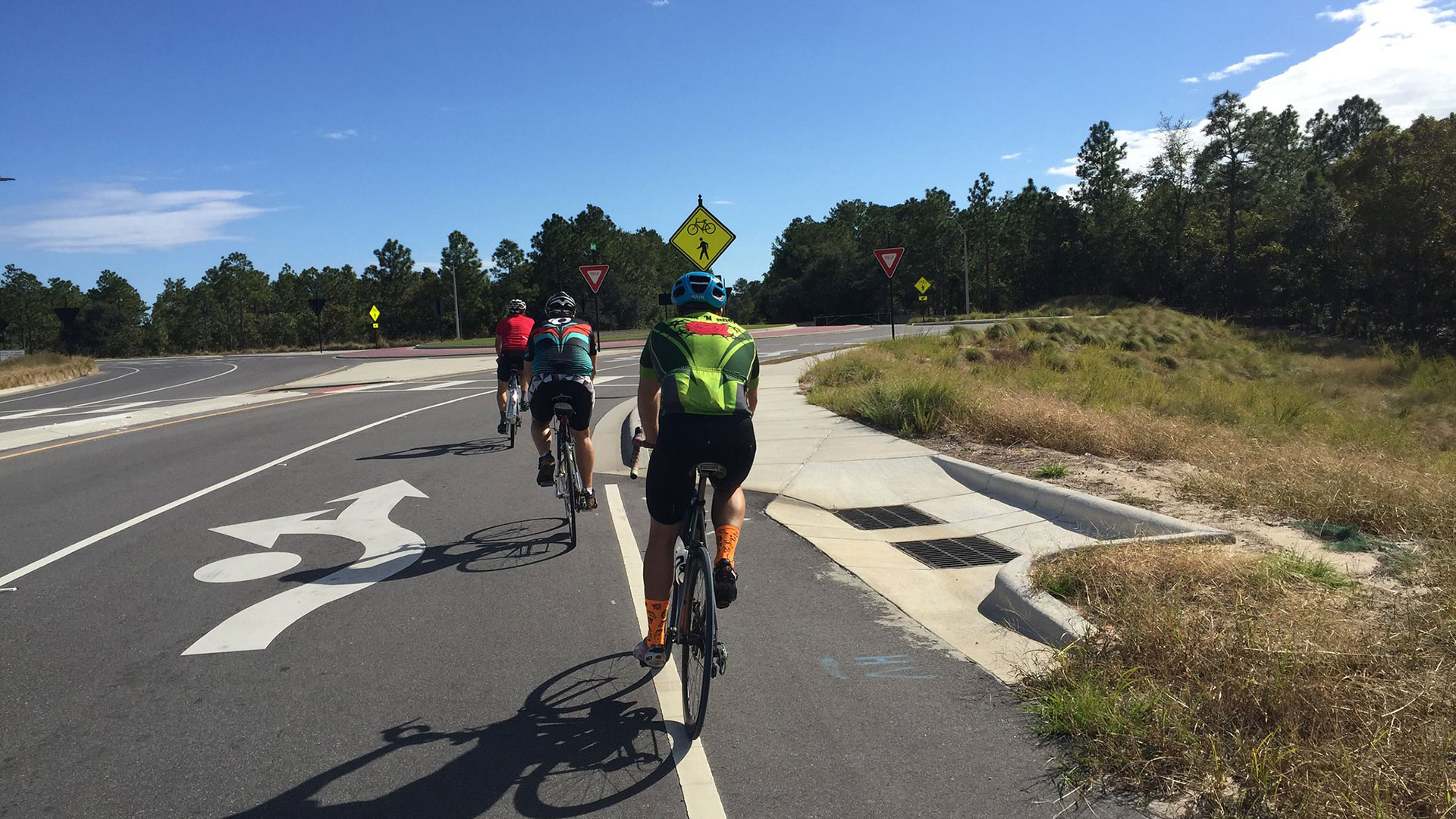
Bicycle facilities around roundabouts should meet or exceed the safety and comfort levels bicyclists experience on the approach legs.
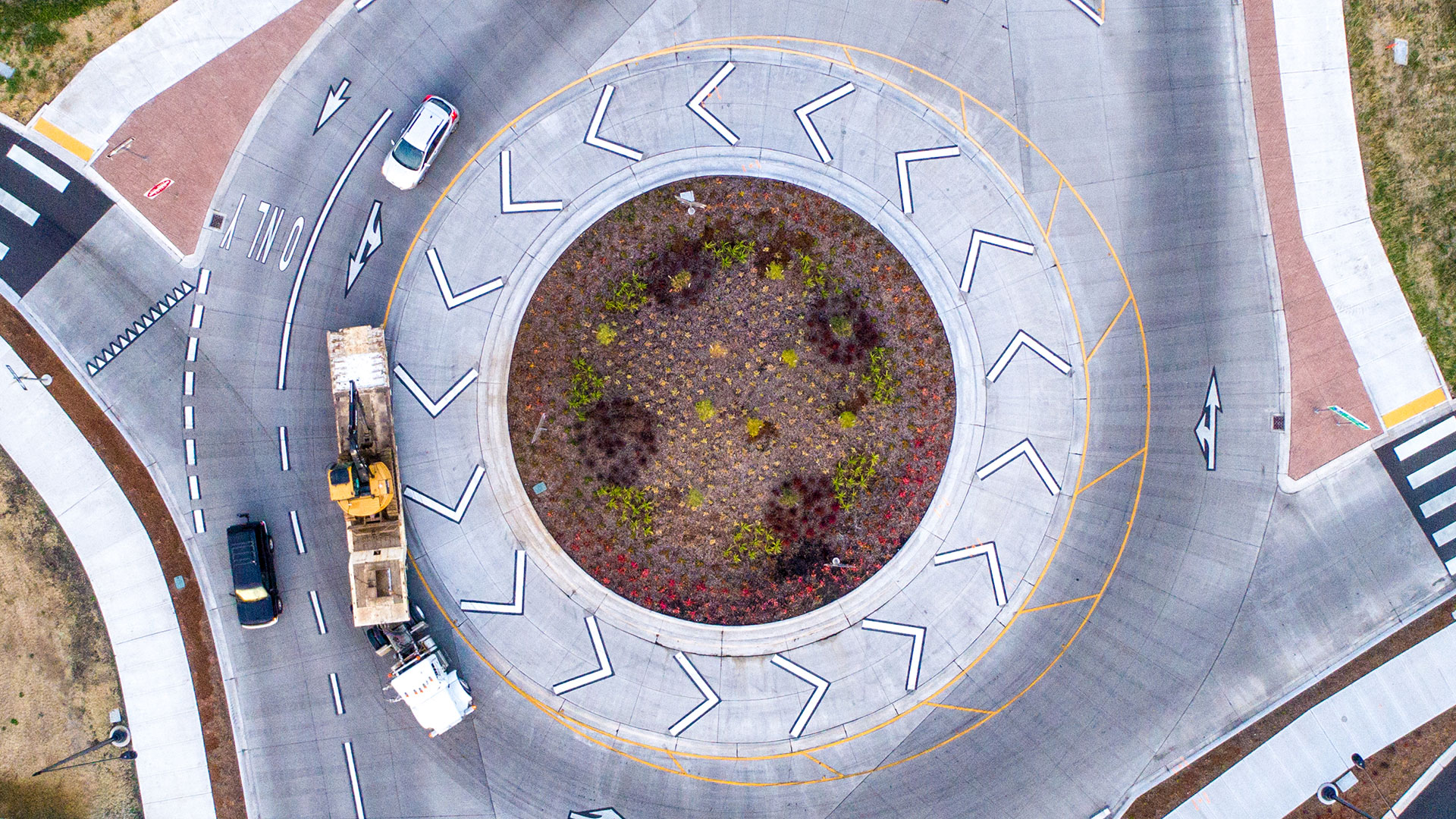
Learn how to conduct searches using the Roundabouts Database, the most comprehensive inventory of roundabouts and circular intersections on the web.
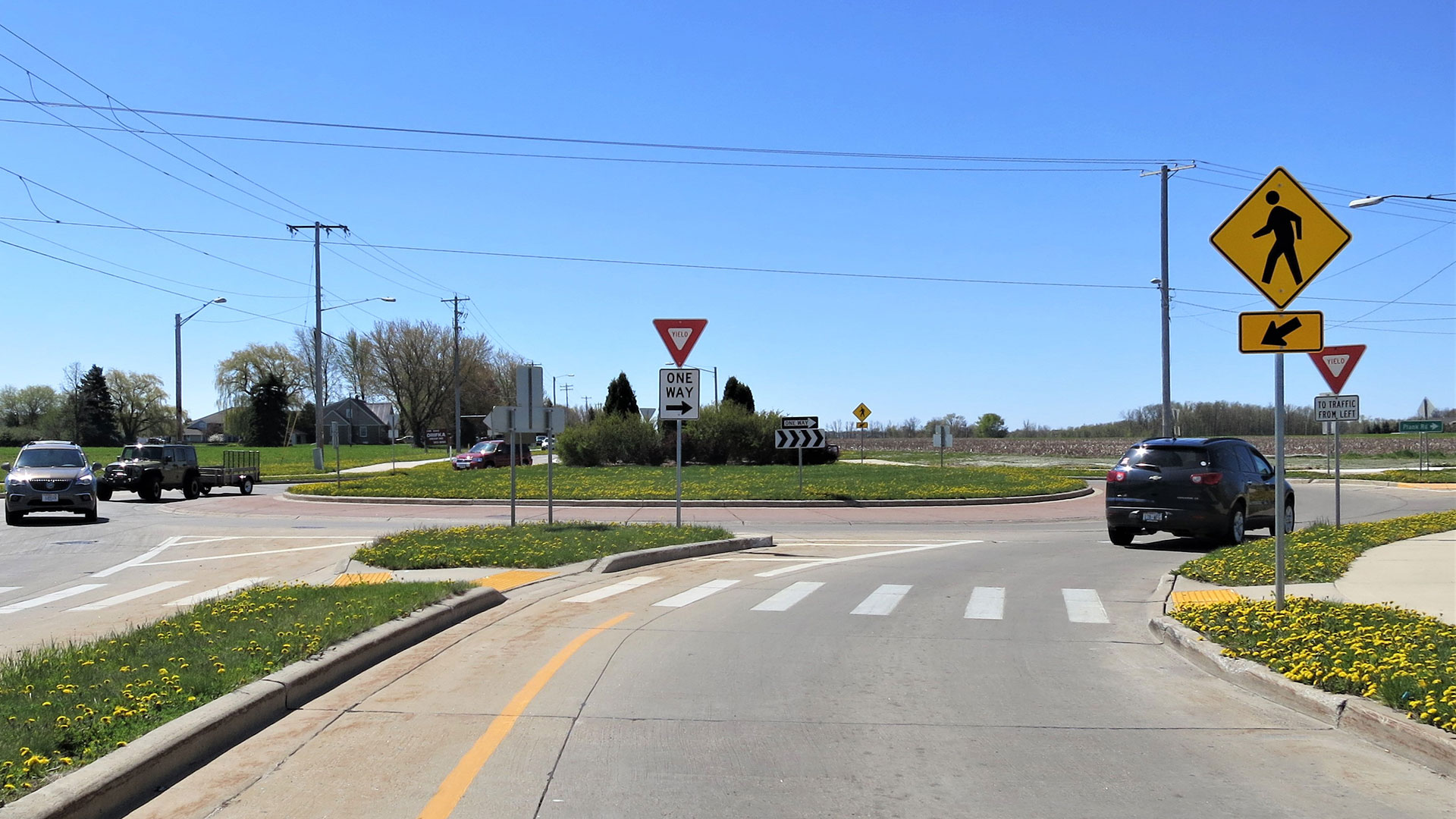
Today, there are more than 10,000 roundabouts in the United States—but each community that has embraced this form of intersection has gone through the process of starting from zero.
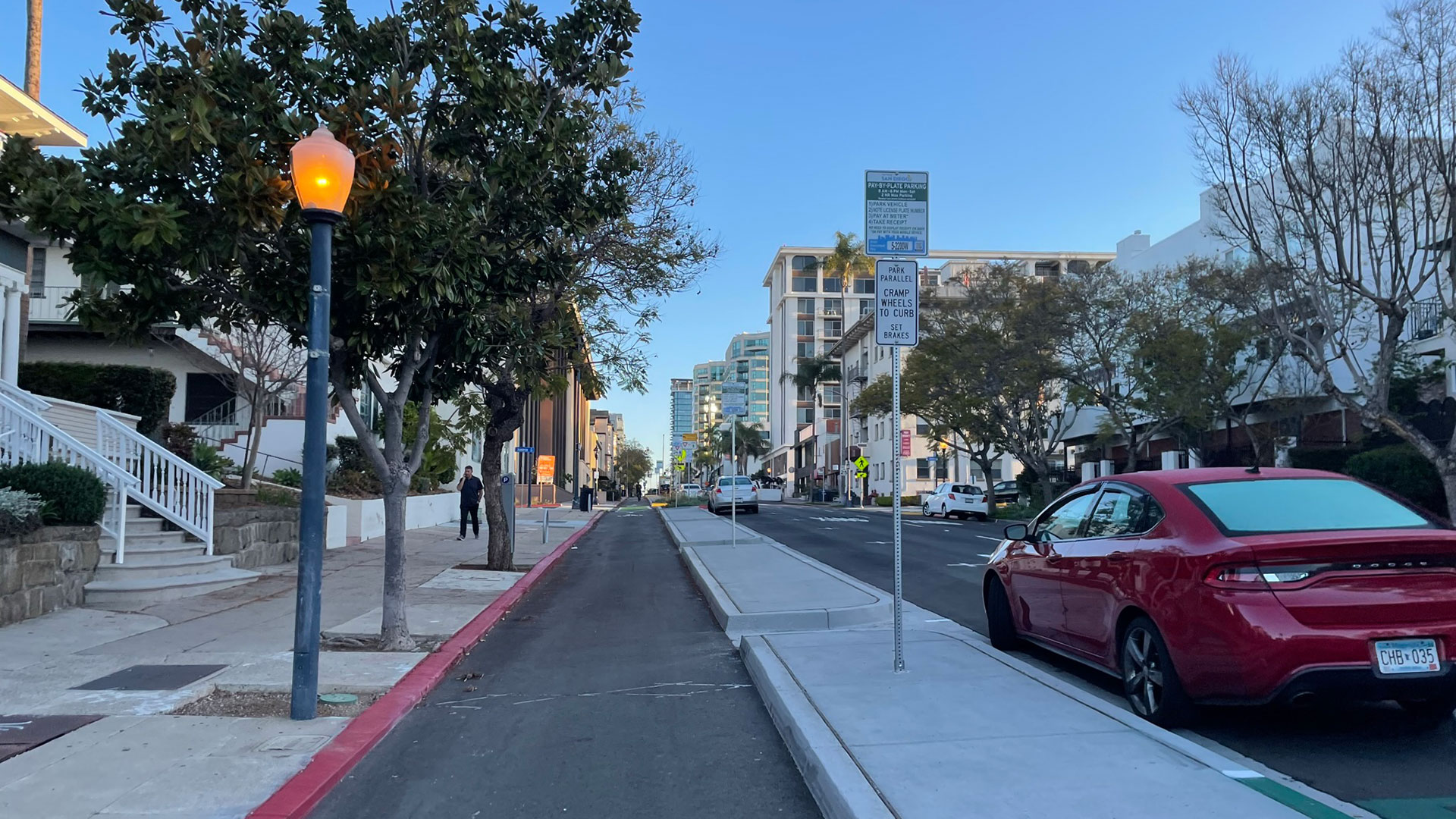
Marking spaces keeps parking organized and consistent, and simplifies data collection; however, it requires maintenance, can sacrifice efficiency, and comes with the decision of how large to make each space.

AI can outperform human analysis in specific tasks—but can it think the way a transportation planner does? Read about the AI mind, and what this means for transportation planning.
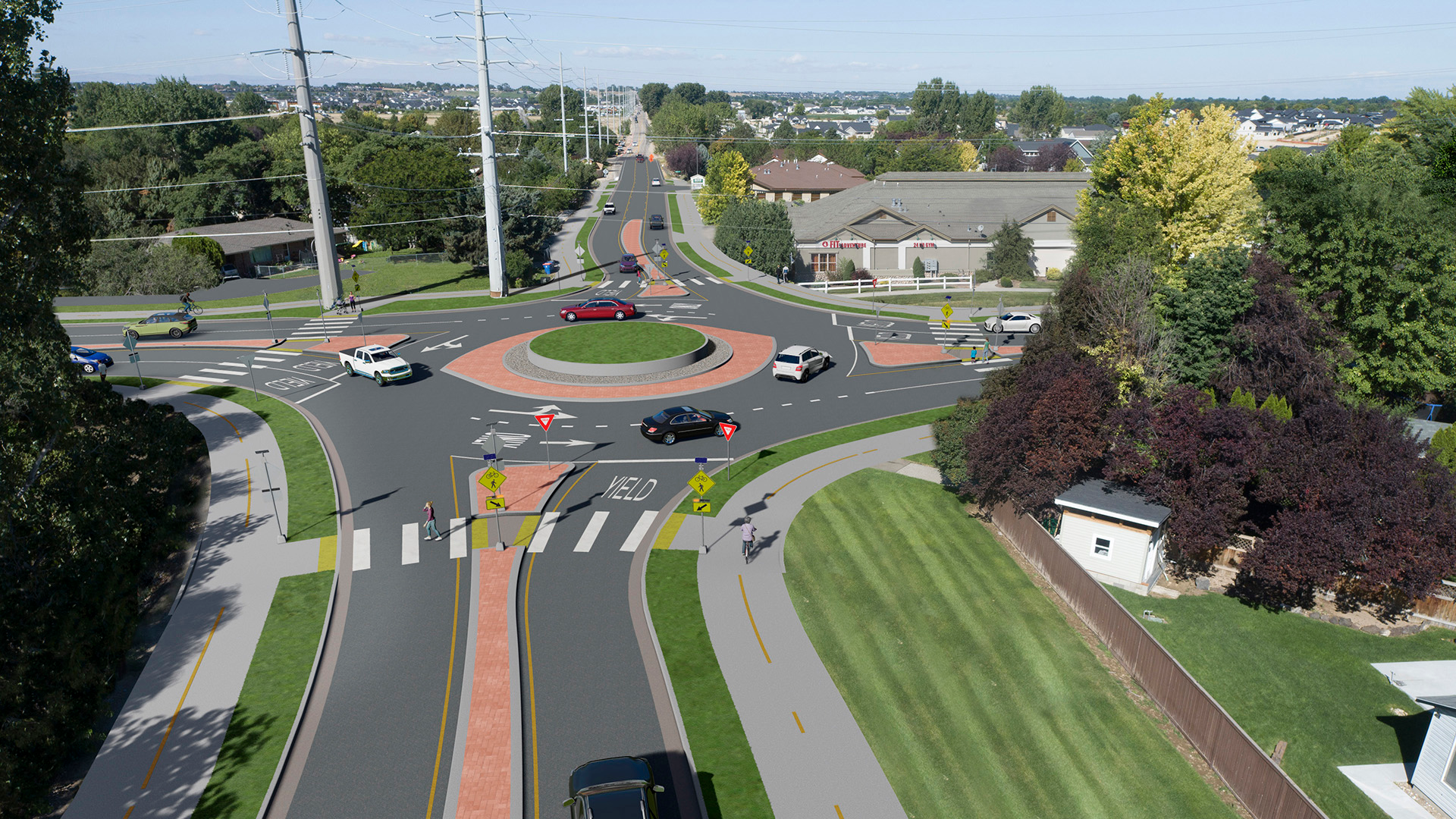
This cutting-edge technology is not just about creating visually appealing models; it’s about transforming how we design, analyze, and communicate complex transportation projects.
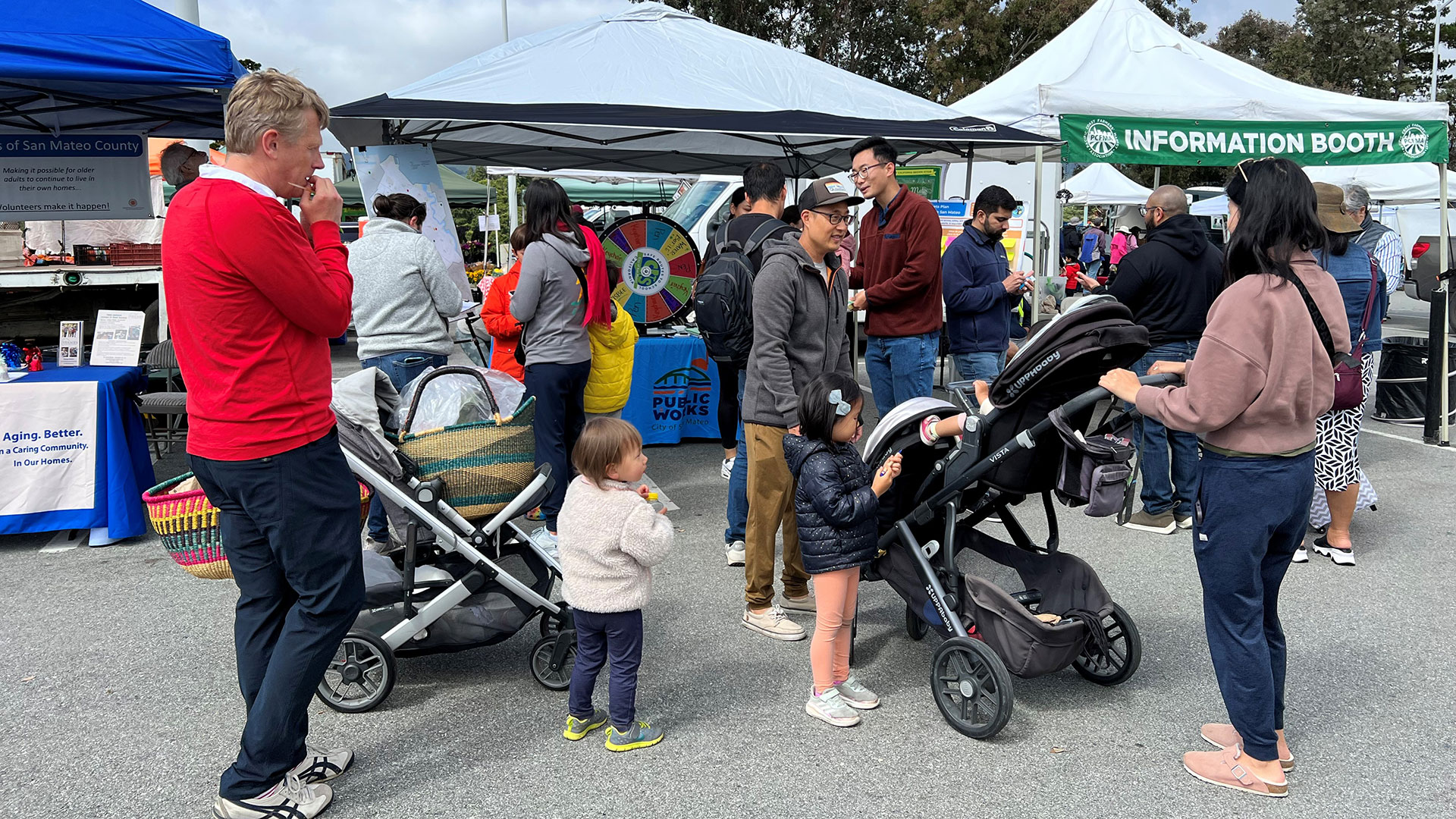
Read how agencies are merging traditional approaches with successful online strategies learned during the pandemic to reach their communities in today’s hybrid world.

Connectivity is a real issue in many cities and towns. Fayetteville’s initiative to recognize and act on the issue is leading to meaningful progress, and their methodology may be applicable to many other communities.

From hurricanes to heatwaves, here are some of the ways we’re thinking about resiliency planning in our projects.
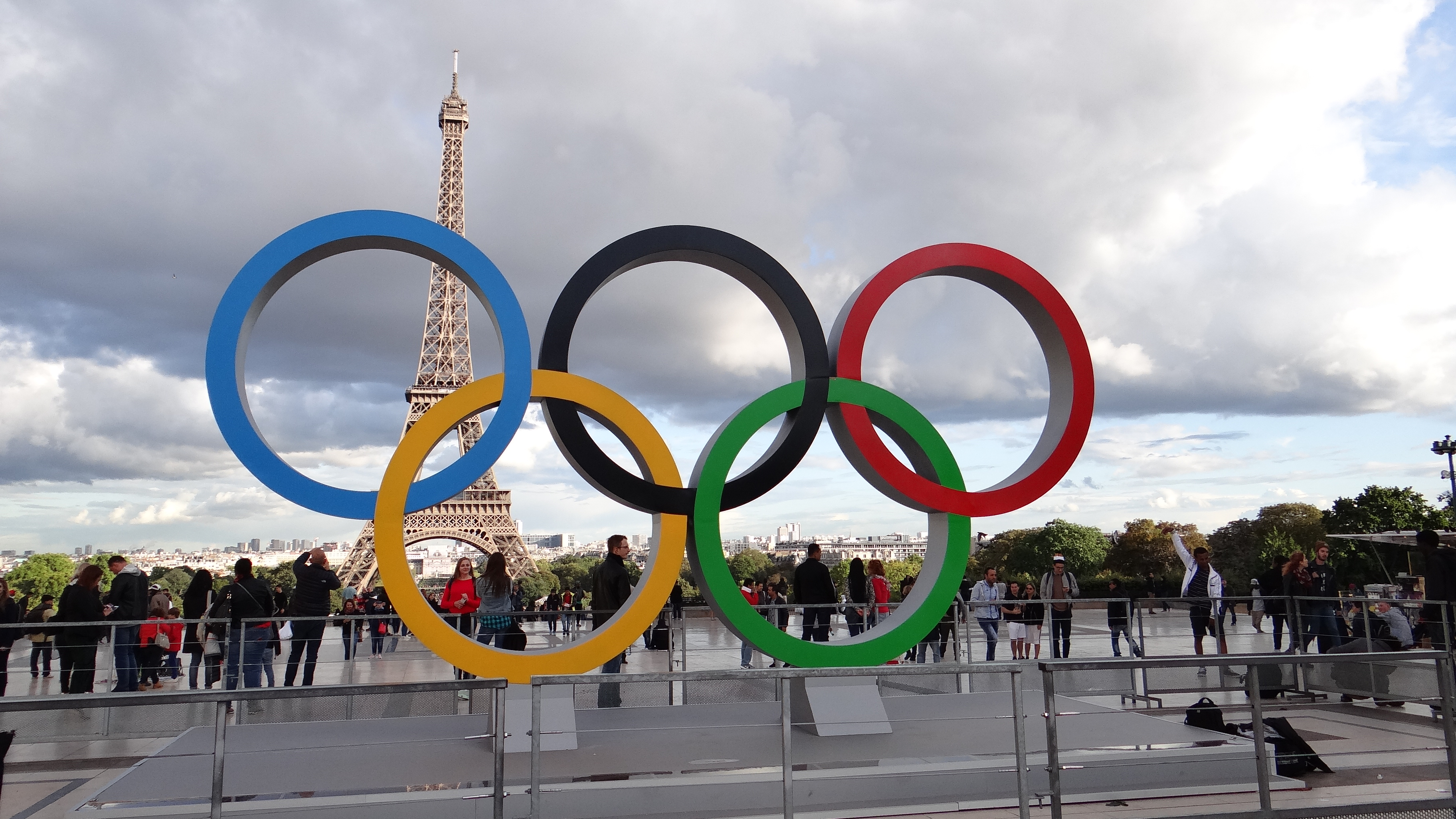
The fame, honor, and tourism associated with hosting the Olympics often overshadows the immense preparation and economic strain it takes.

What are you reading this summer?
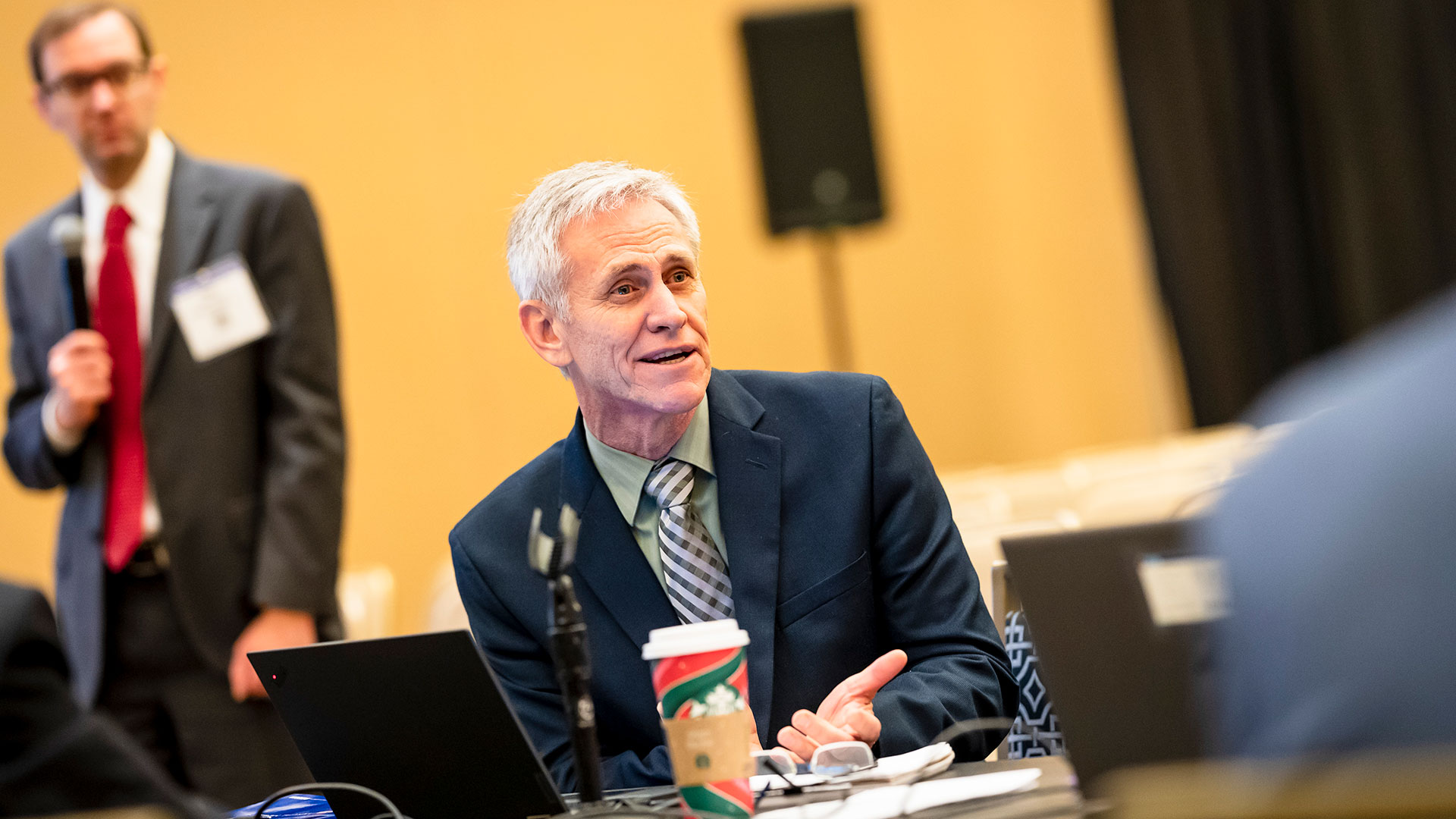
Come the 2025 meeting, attendees will see some familiar Kittelson faces taking on new roles in TRB committees.
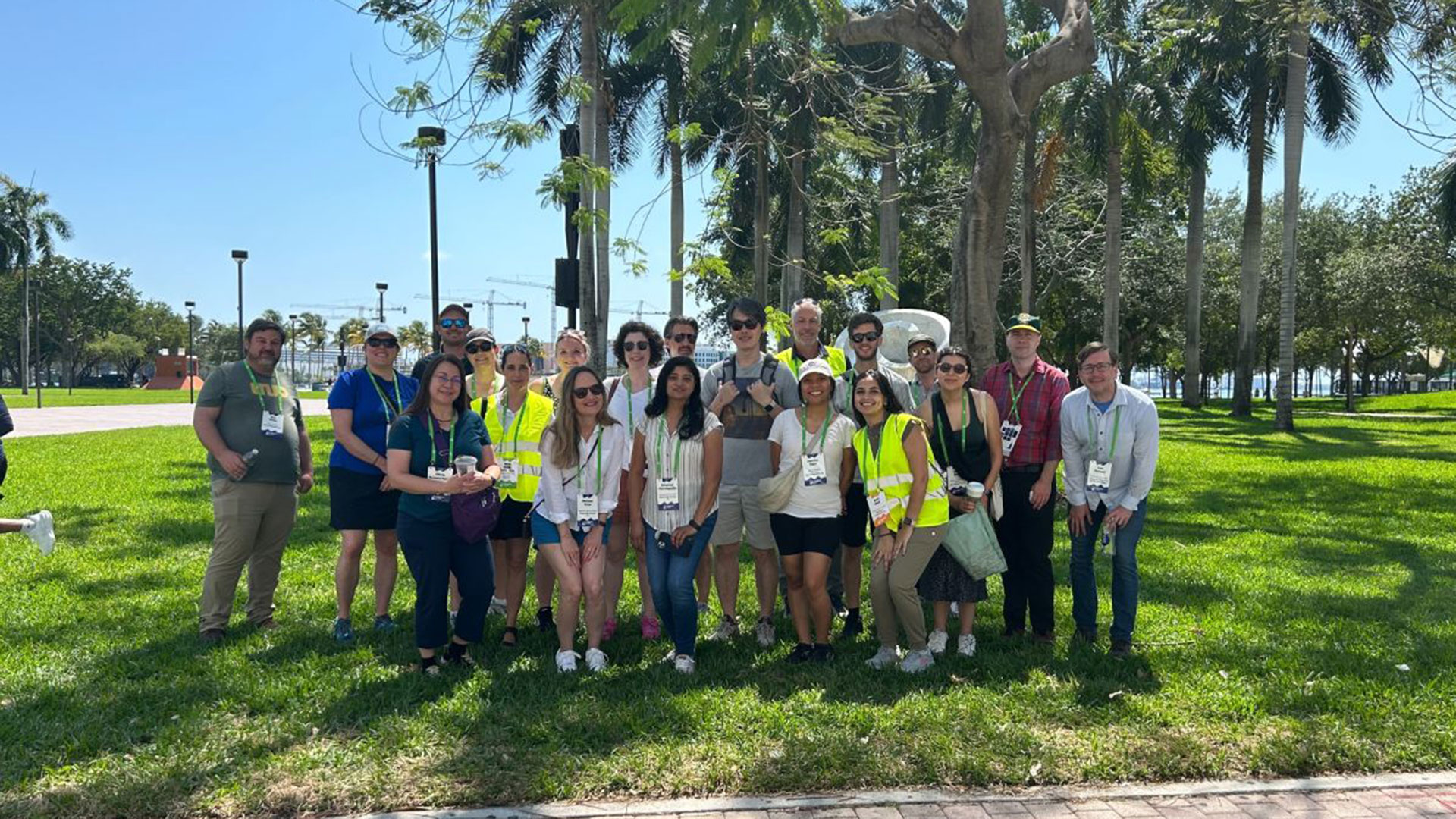
Read how NACTO connected city transportation leaders with one another and with Miami-Dade County, the host of the 2024 Designing Cities Conference.
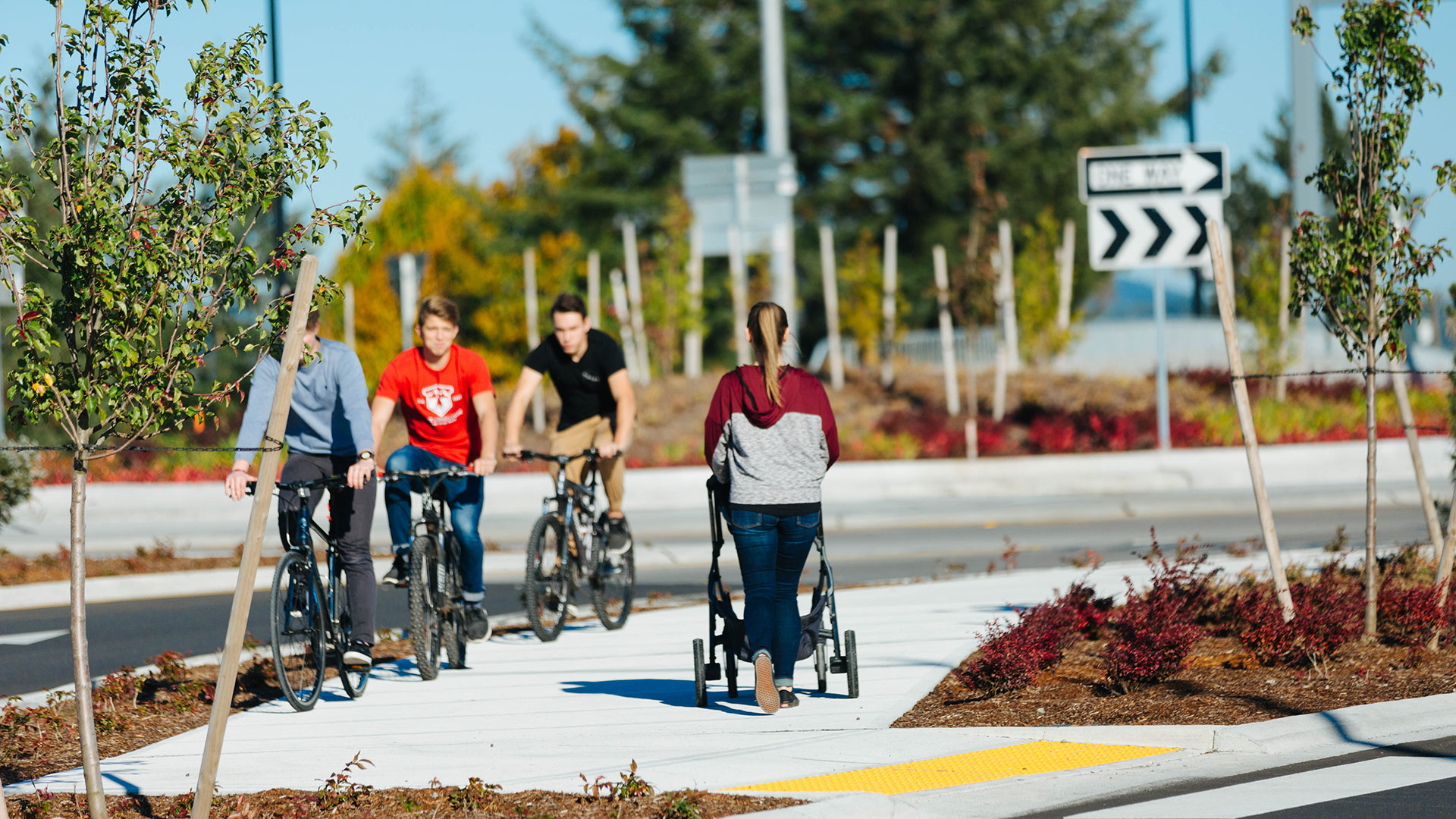
Updating your design manual can be a daunting task. Thankfully, there is more than one way to do it.
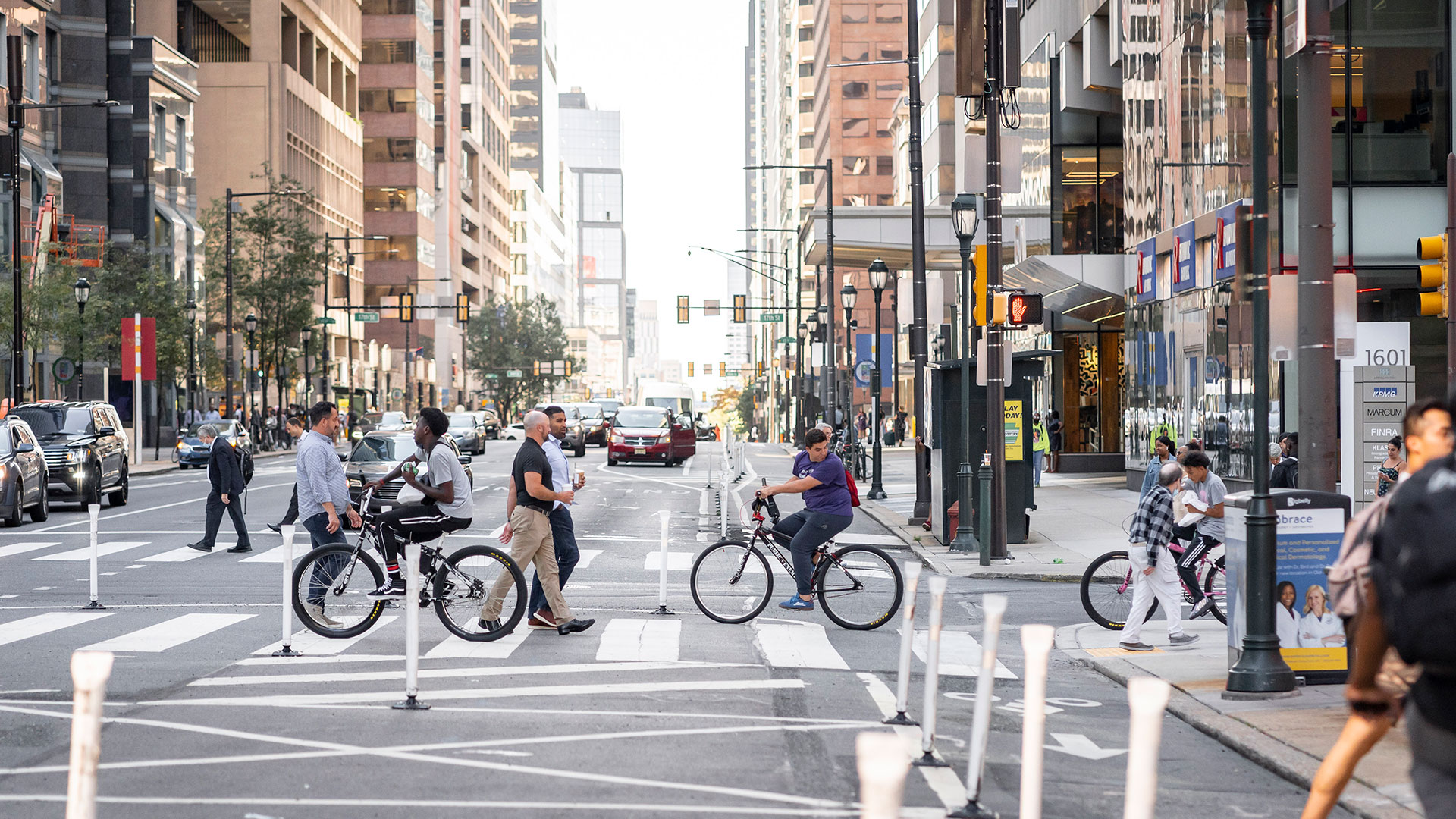
As transportation professionals, we can apply the concepts of “disruptive innovation” to look for early indicators of positive results that will make our roadways safer.

It’s important to consider the intricacies of high-conflict areas when designing bike facilities to promote safety.

In October 2022, the Federal Highway Administration (FHWA) announced a requirement for every state to complete a vulnerable road user (VRU) safety assessment by November 15, 2023.
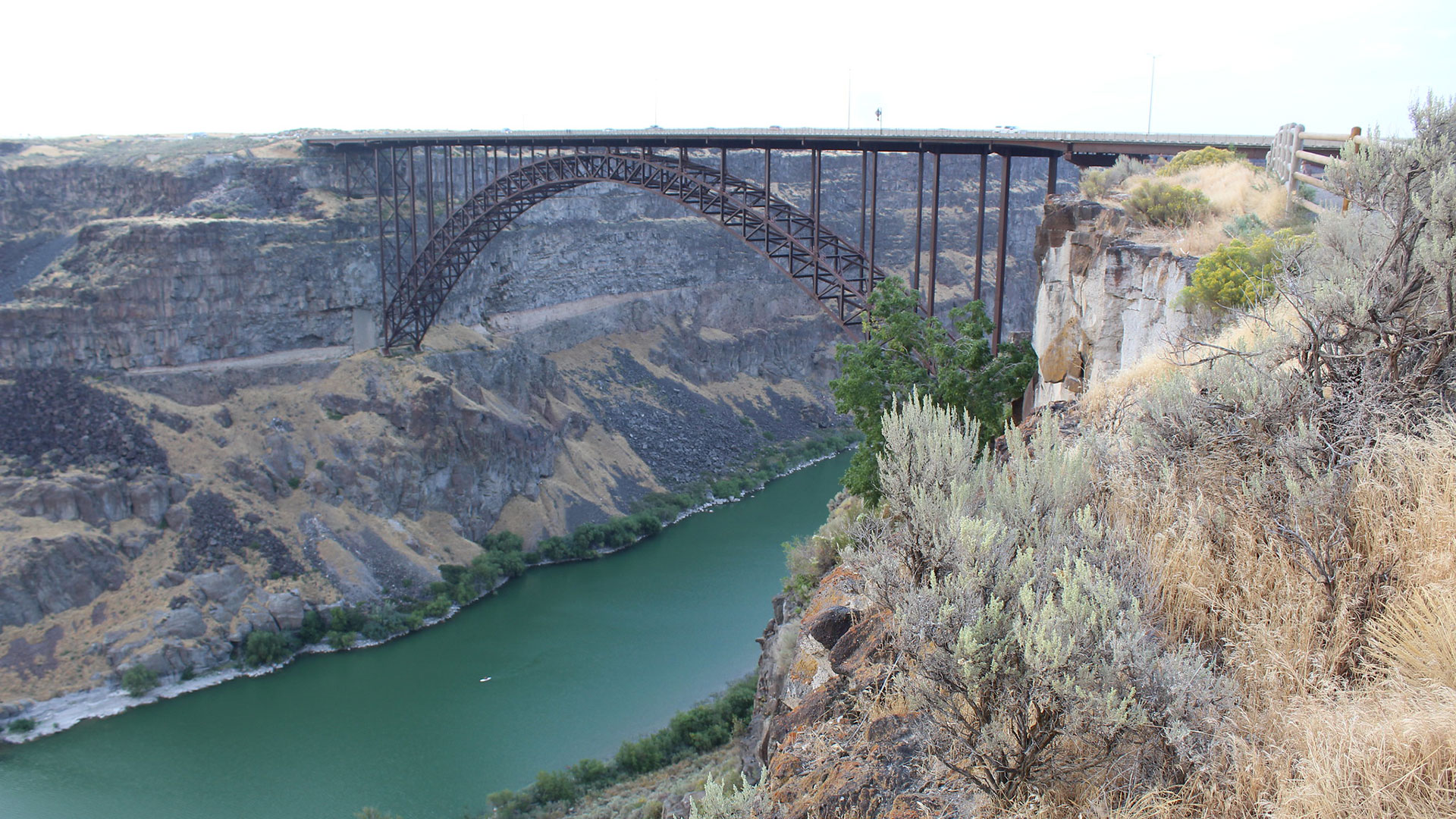
When new MPOs must be formed following each decennial Census, there is no guidebook to help urban areas navigate the process. Here’s what we learned from working with ITD.

Read why the collaboration of disciplines (research, planning, operations, design) at all stages is integral to a project’s success.

EV adoption rates are climbing. Here’s how to get your community ready.
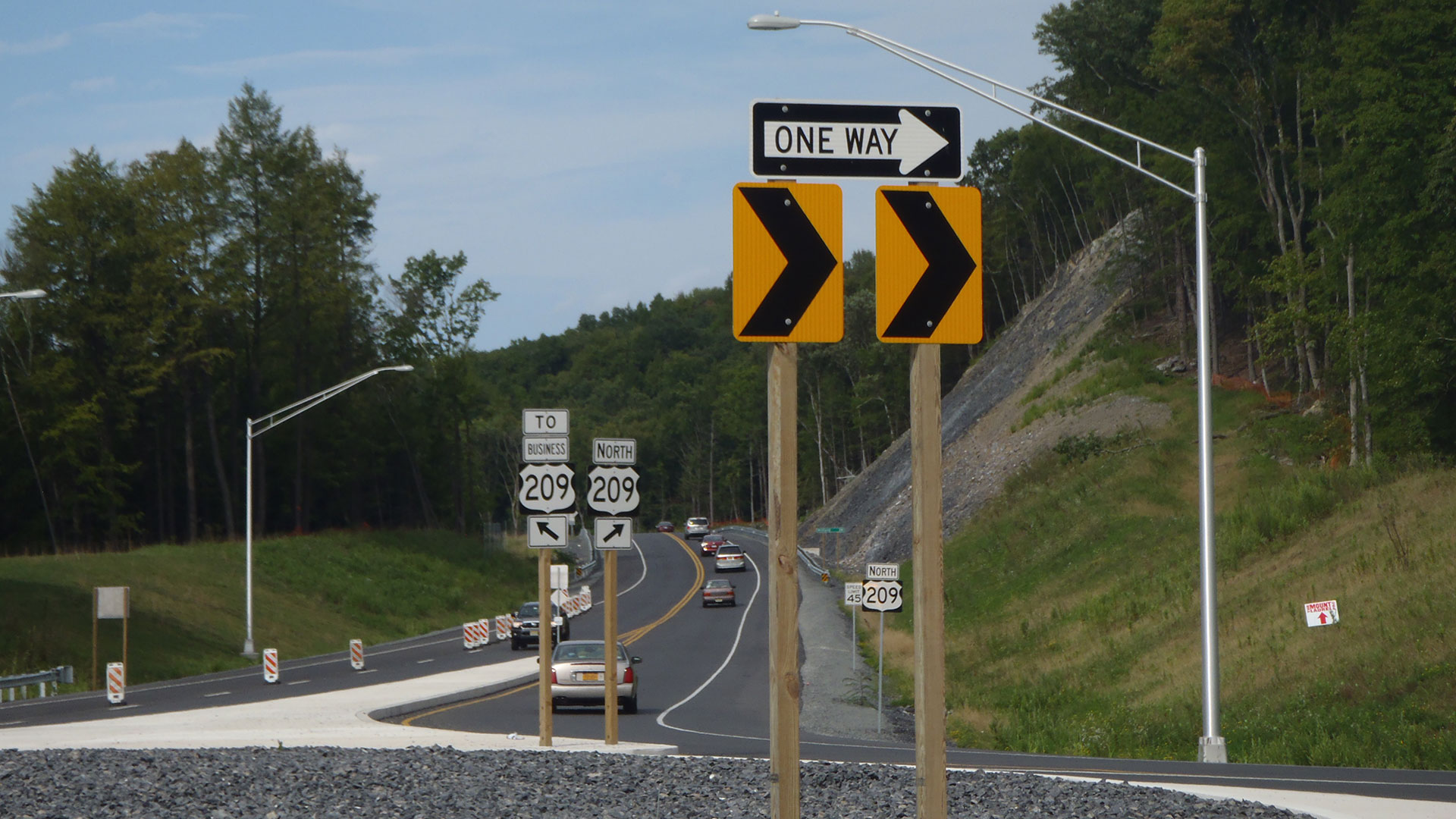
Why was the MUTCD revised? What does this mean for regulations in my state? Where can I learn what’s different in this edition compared to the 10th edition? Learn from NCUTCD Chair Gene Hawkins.
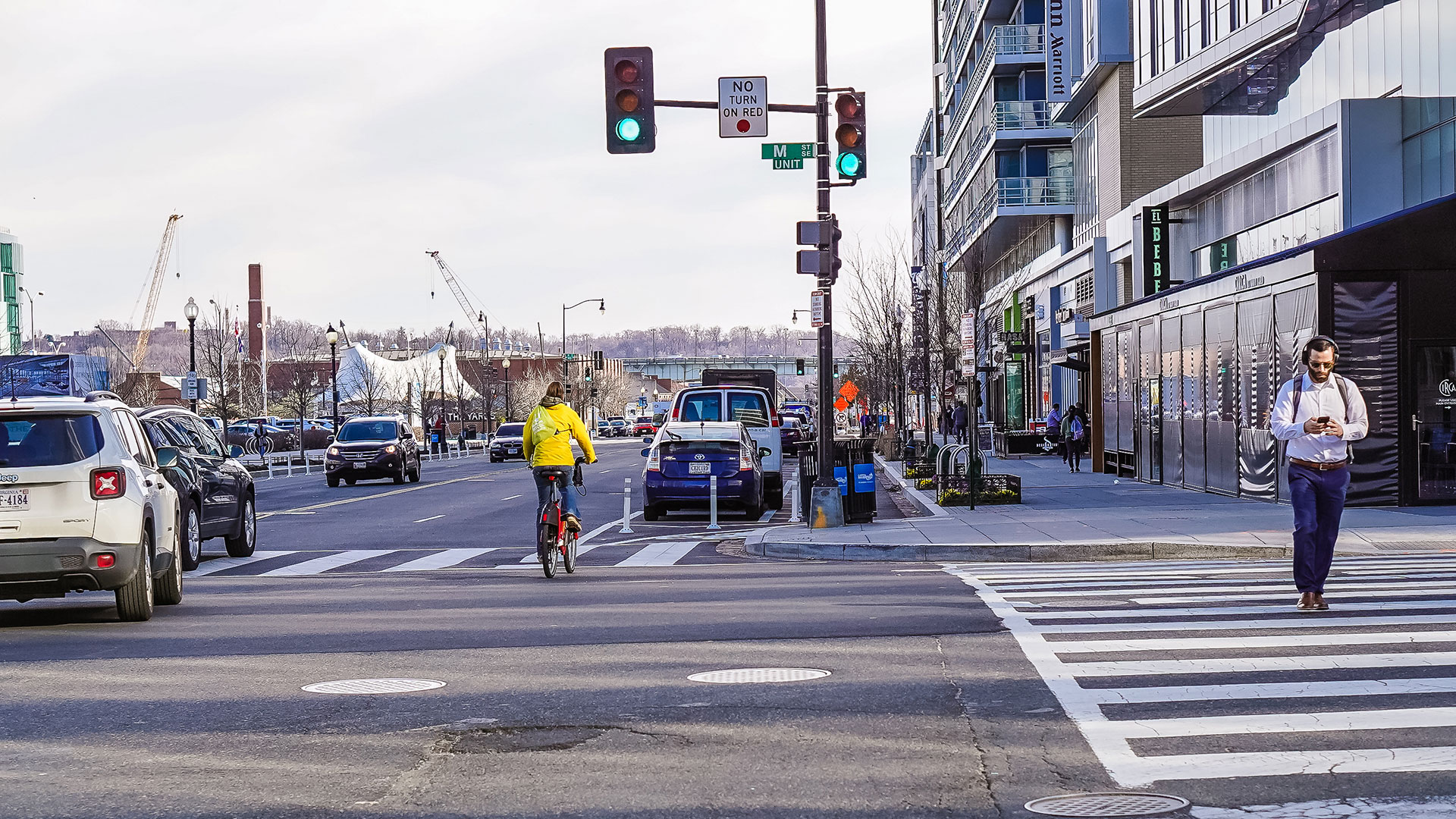
Learn how trip generation data is used to make development decisions, and how the practice has evolved over time.
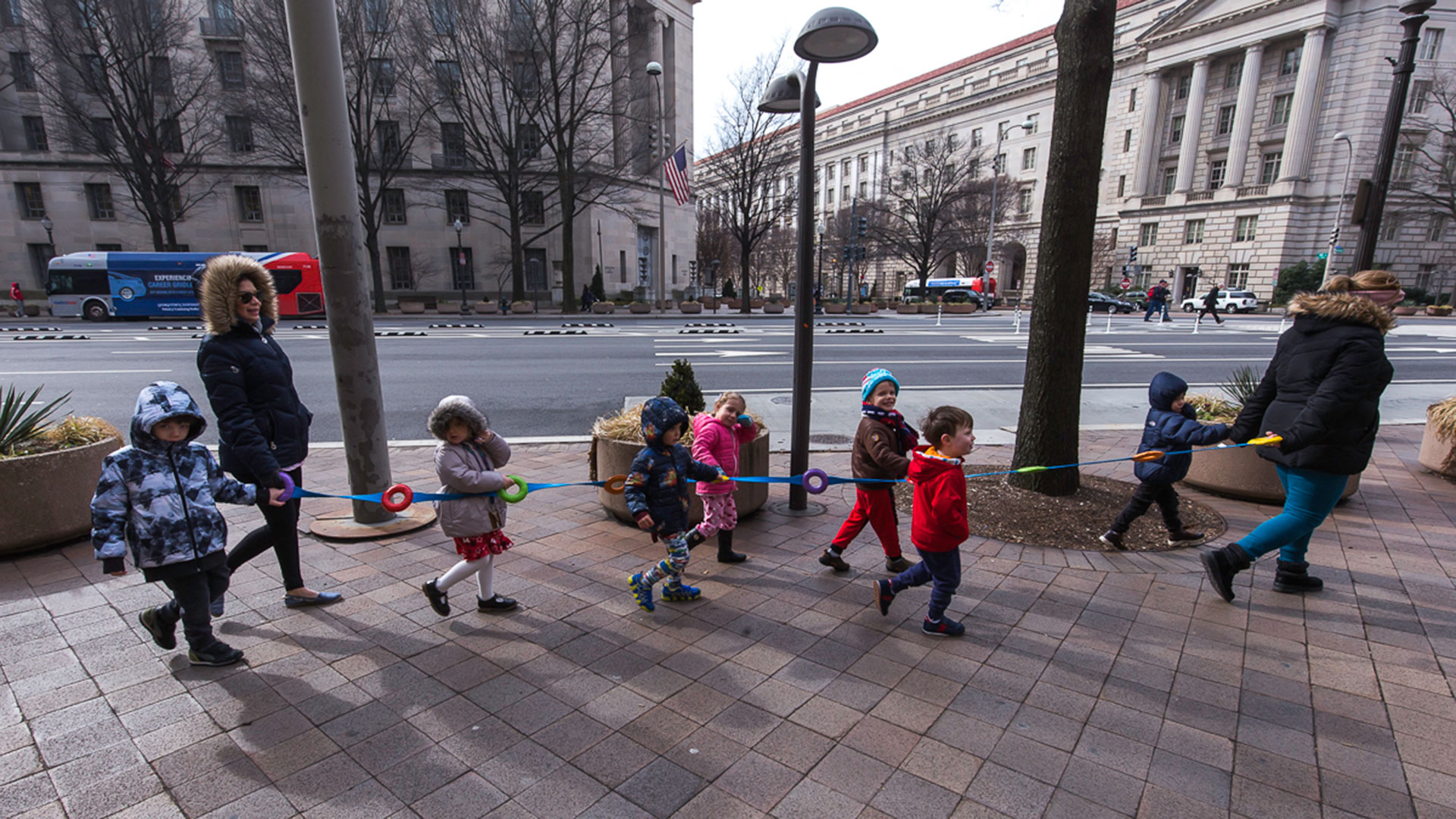
Whether or not you already have a Safety Action Plan (SAP) or are developing one, there are plentiful opportunities to secure funding for your community’s safety initiatives through SS4A.
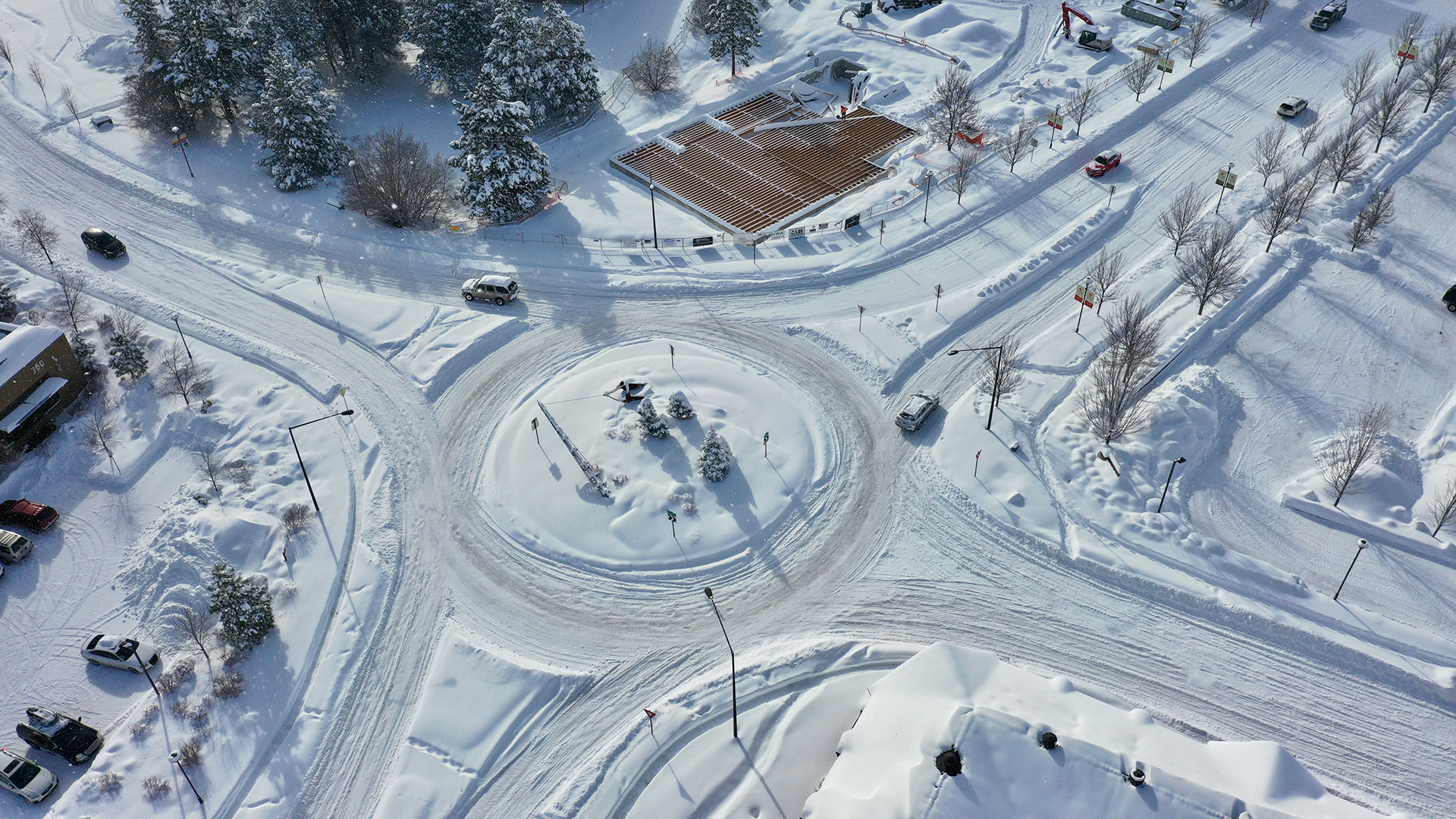
Learn why the national ICE guide matters and what you need to know about the contents, including four new and noteworthy topics that could change how states carry out ICE.
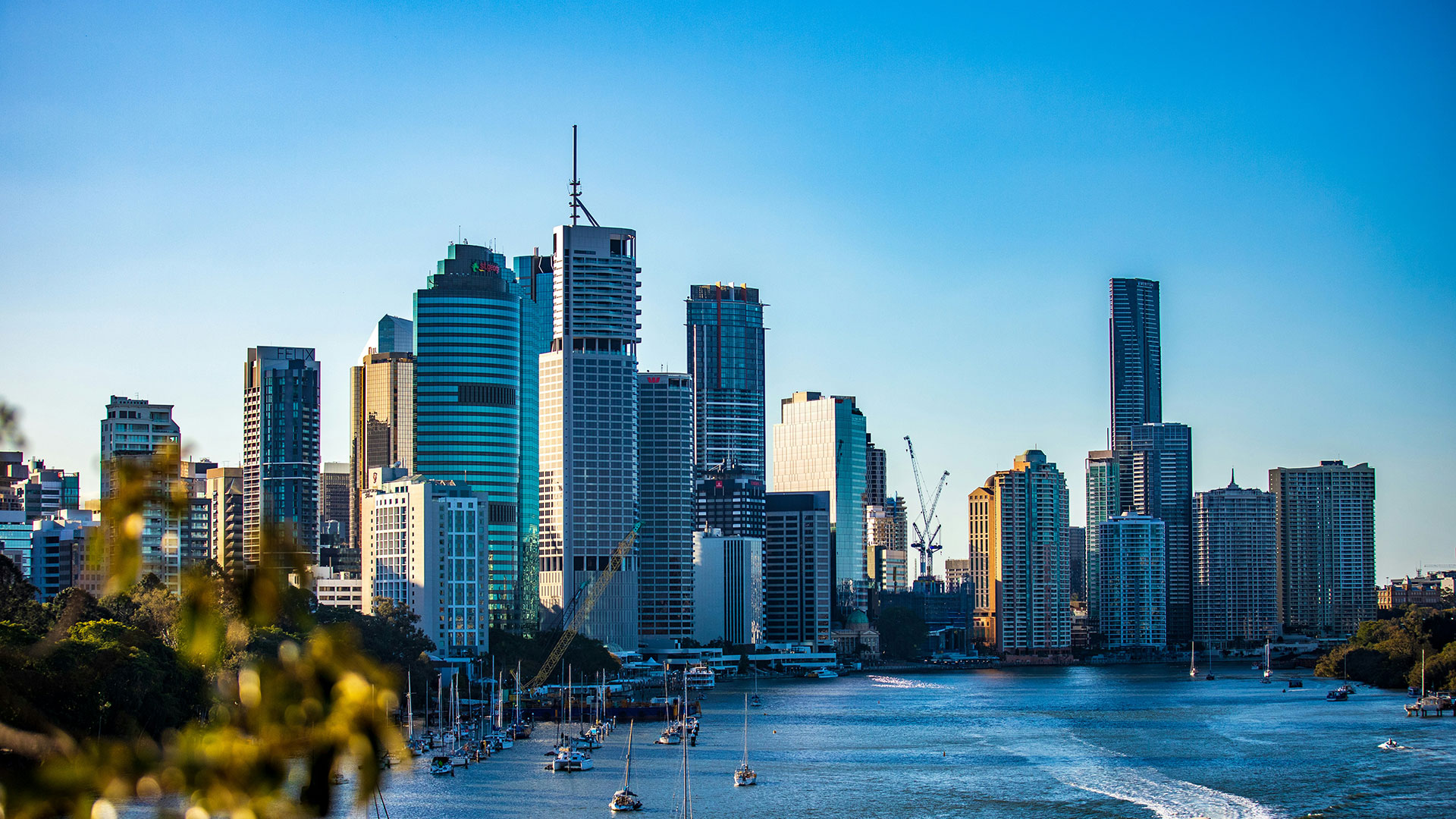
Learn how Australia and New Zealand have cut roadway fatalities by more than 60% since their peaks in the 1970s.
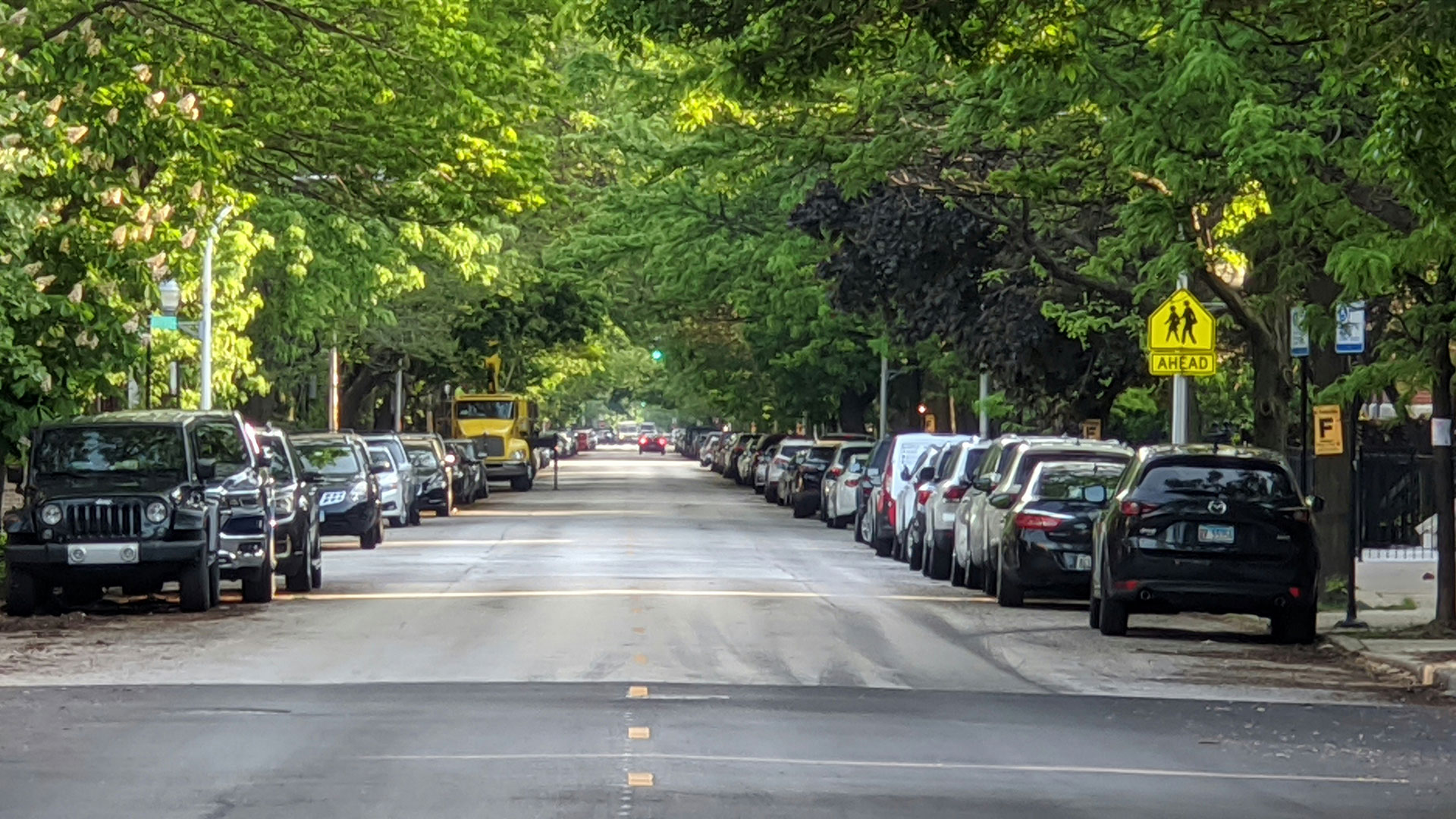
Are street trees just aesthetic? Something to consider at the end of the project if you still have budget? Bust this myth with us!
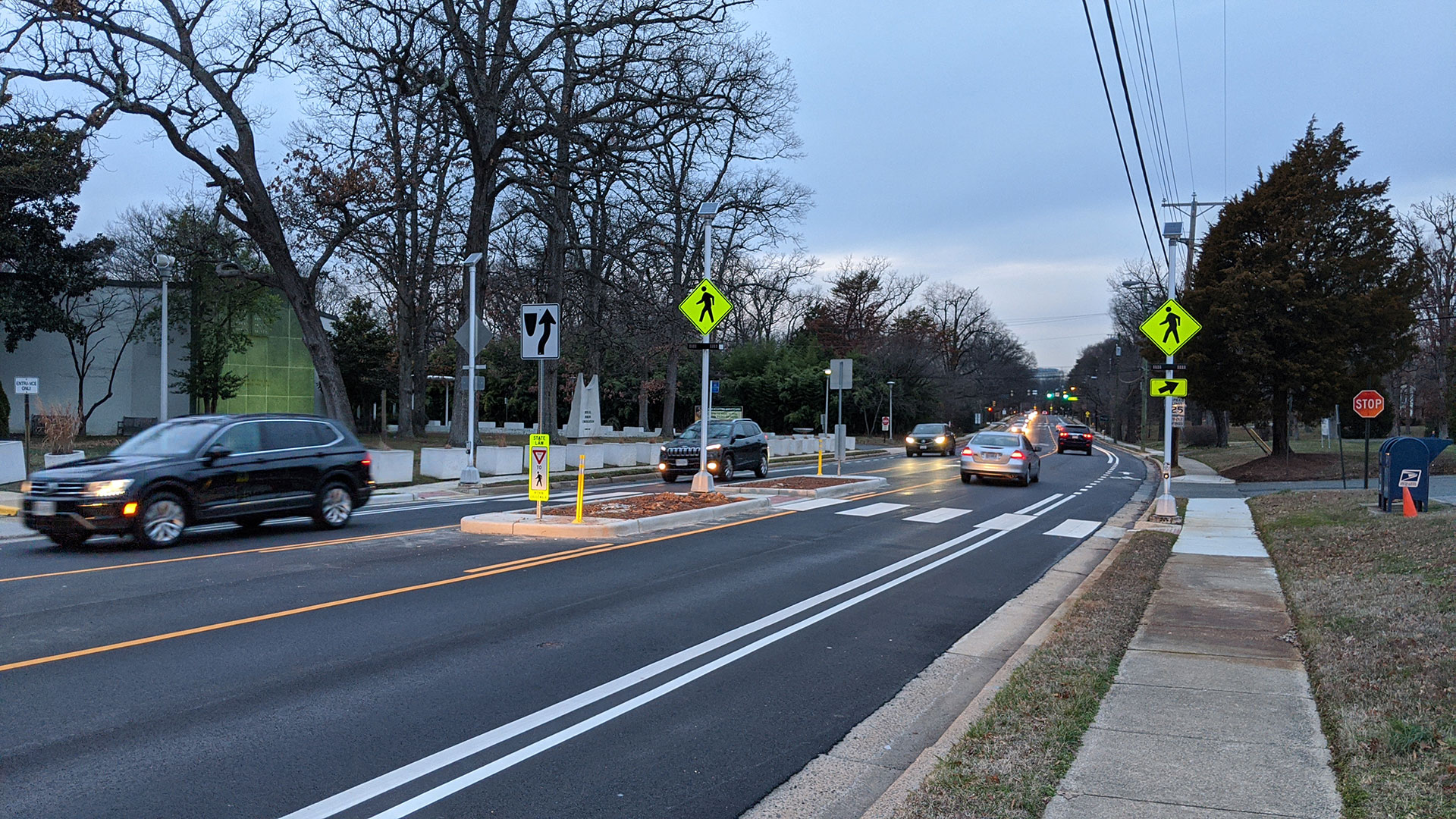
Will road diets increase congestion, incentivizing drivers to cut through neighborhoods? Bust this myth with us!
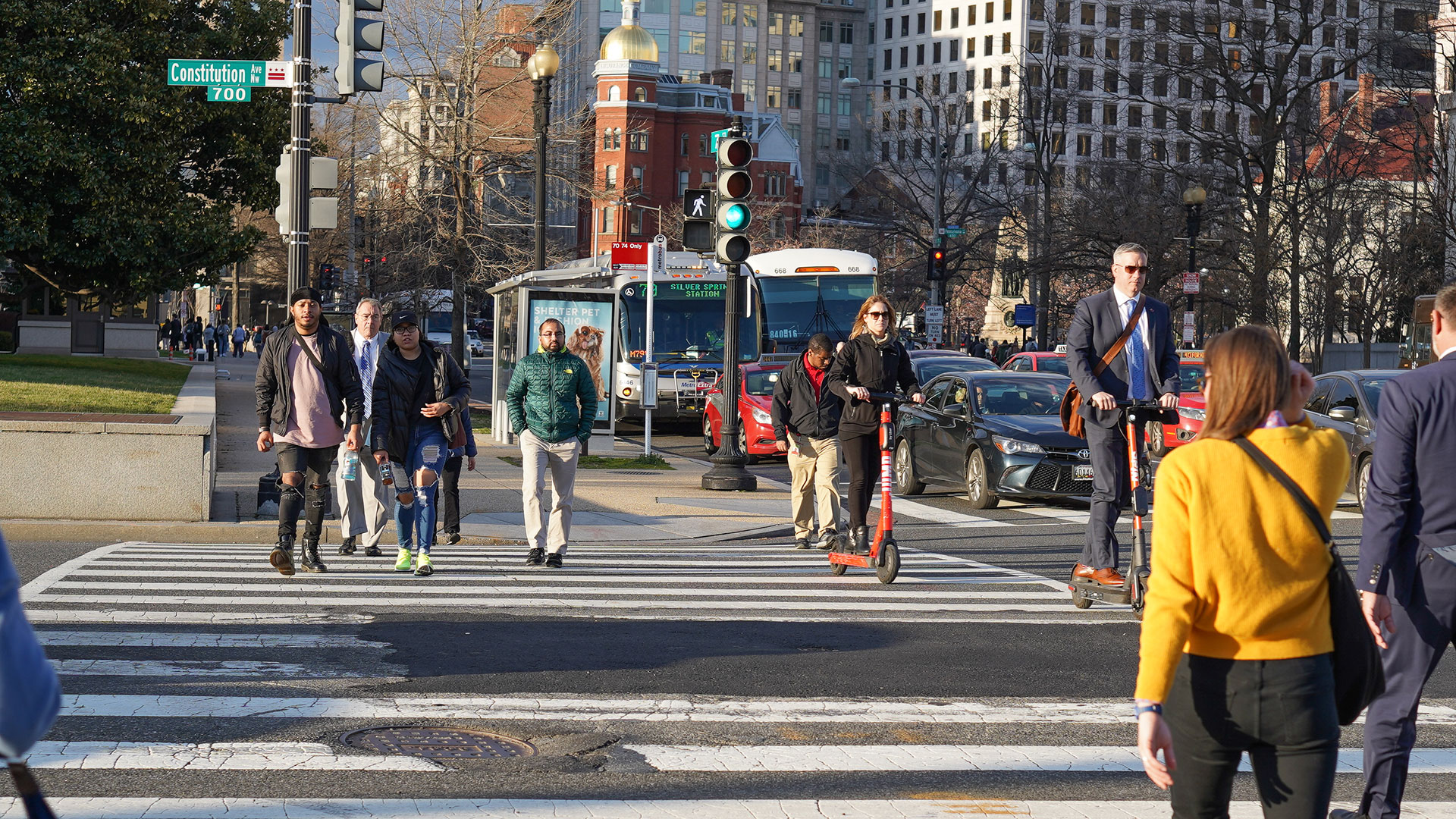
By giving people on foot extra time to start crossing the street, do leading pedestrian intervals sacrifice operations to benefit pedestrians? Bust this myth with us!
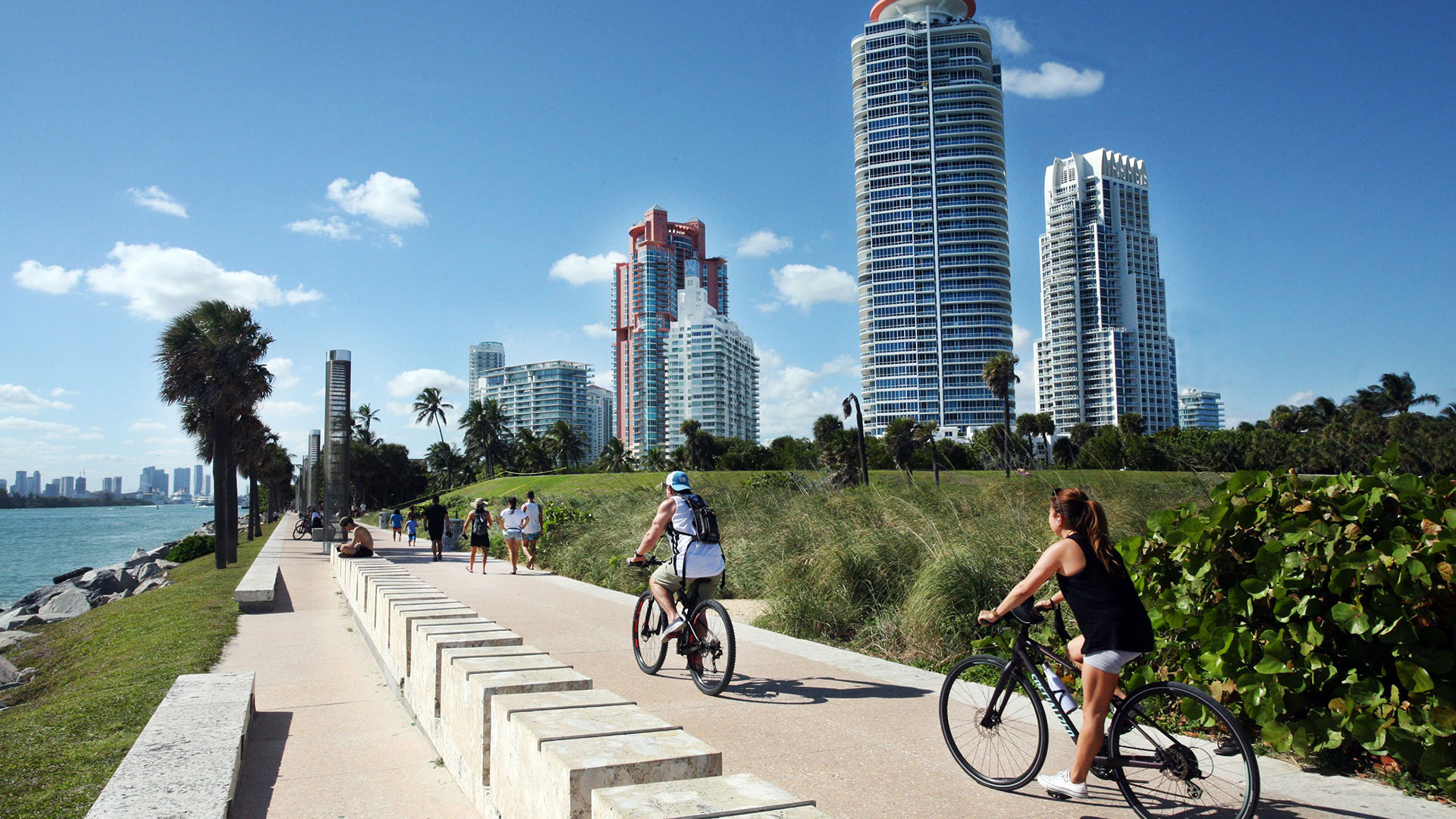
If bike lanes are prioritized over parking, will businesses struggle to attract and retain customers? Bust this myth with us!

Where is transportation research heading in 2024?
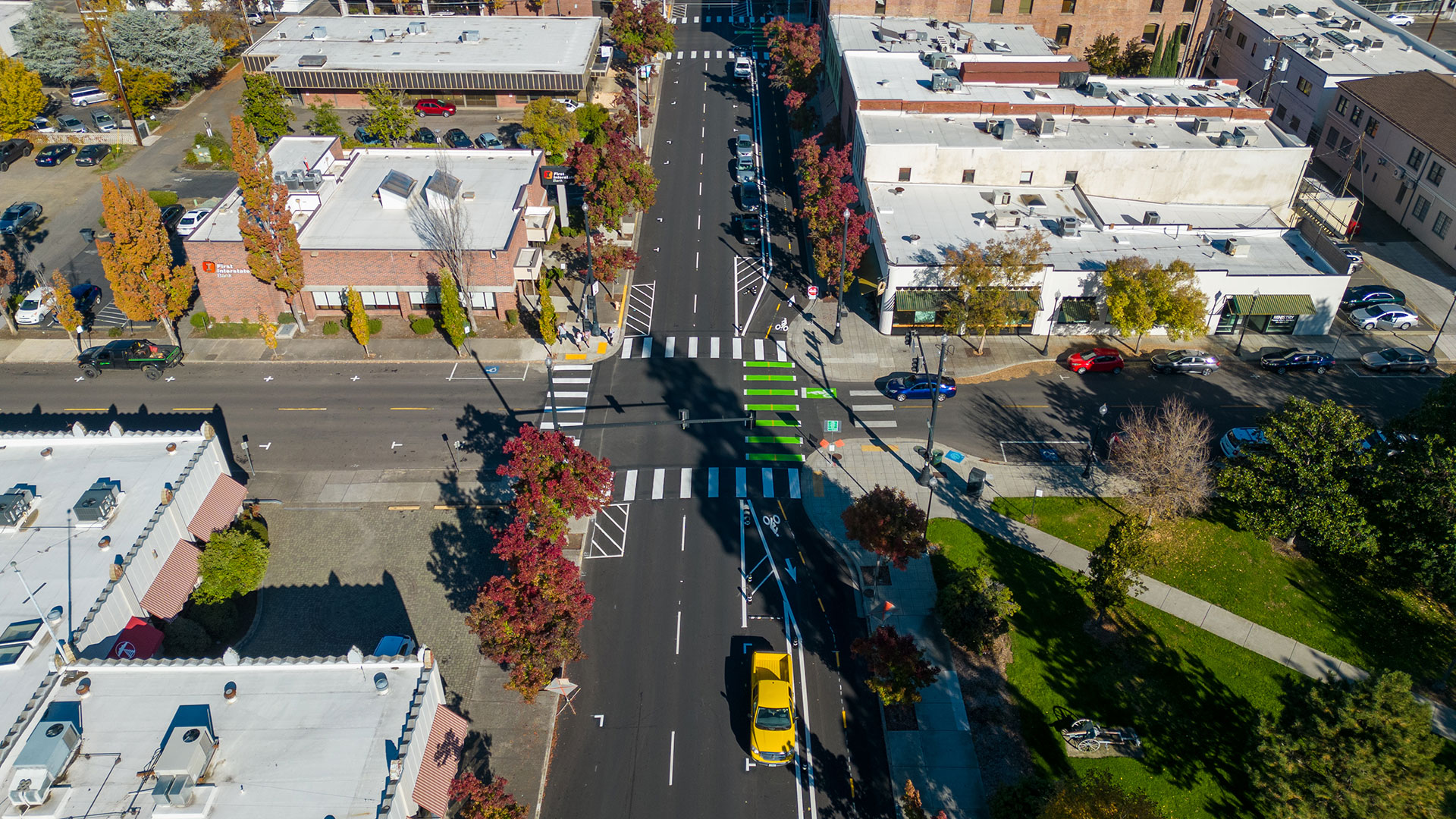
Many people assume that prioritizing space for cars is the best way to draw business—after all, people usually drive when they’re shopping and dining, right?…
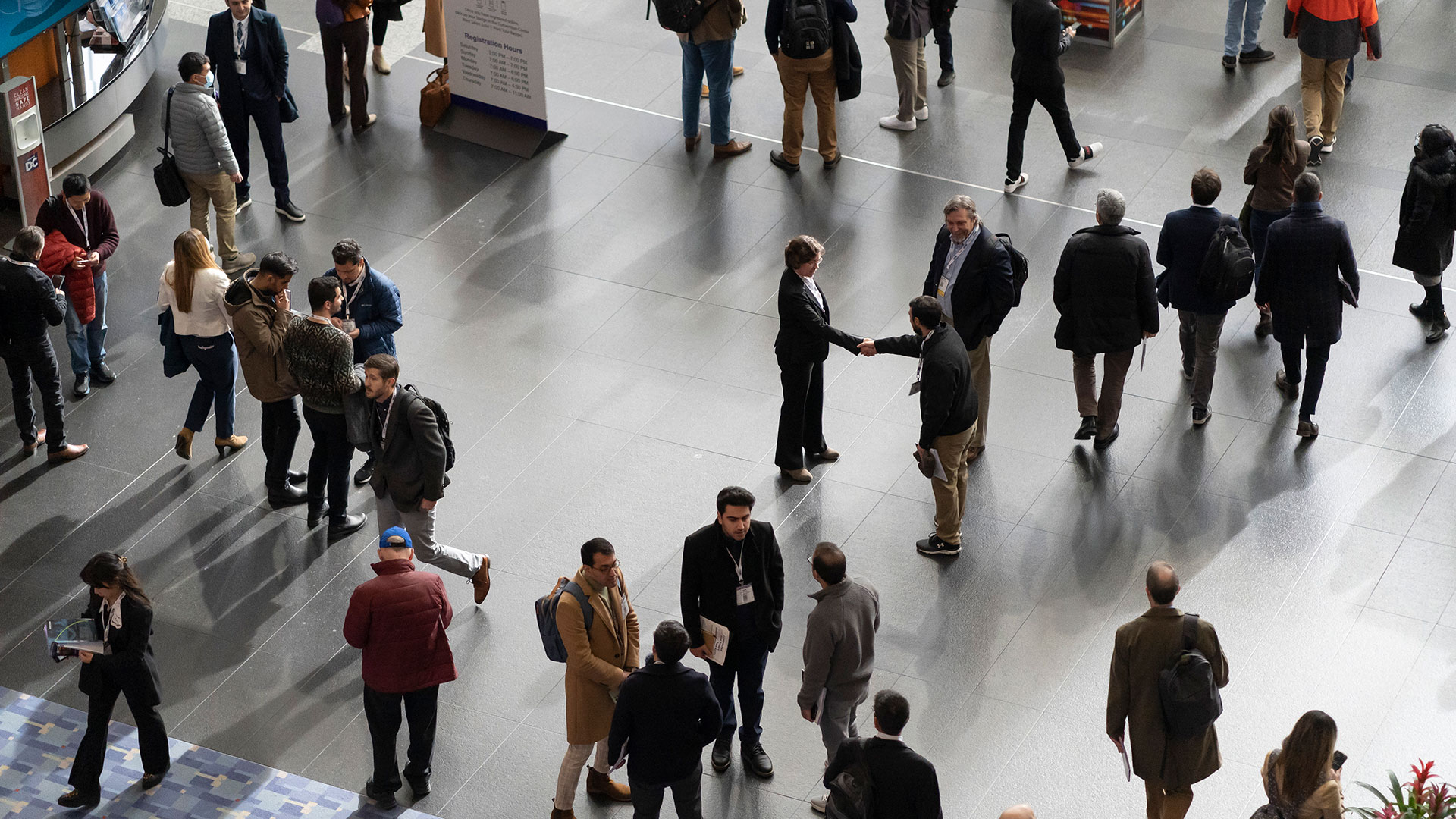
Read our predictions, insider tips, and facts you might not know about the Annual Meeting!

With so many traffic signal solutions out there, how can you identify the best one for your intersection?
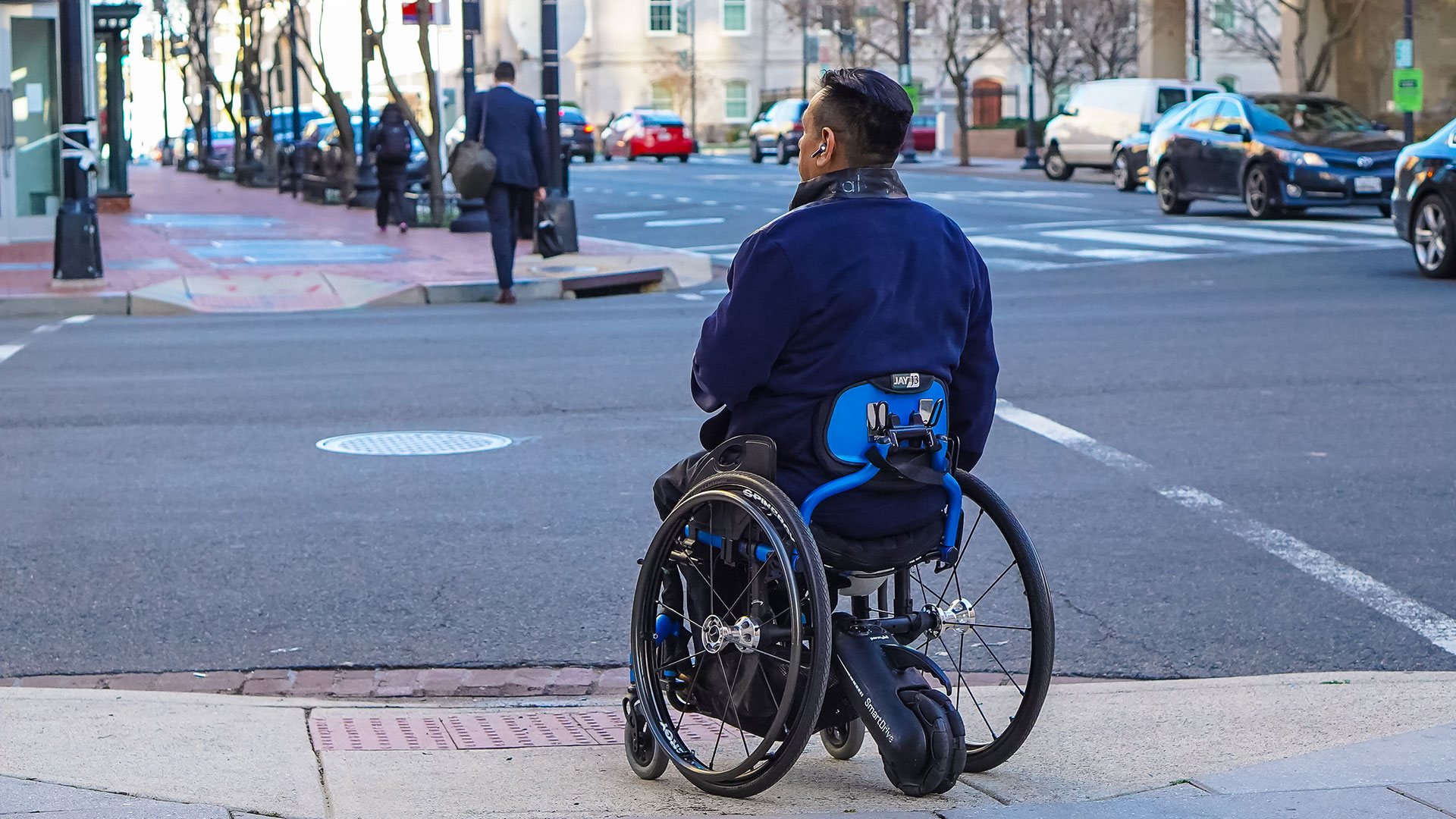
While the timeline for adoption remains undefined, the final rule on PROWAG represents best practices and thus is critical for many projects today.
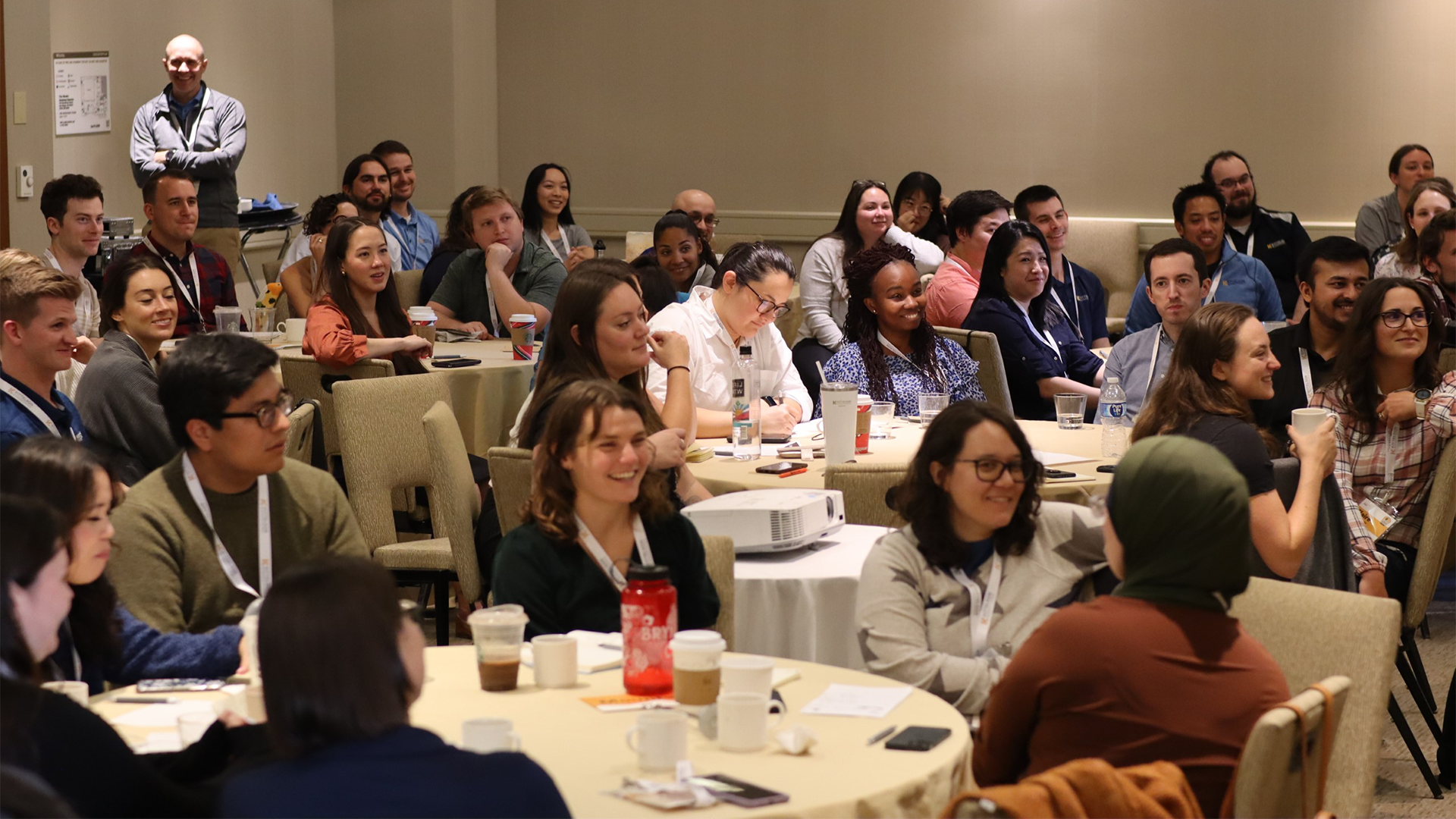
Project management comes with a steep learning curve and making the transition requires a set of skills and knowledge you may feel you don’t have yet. If you’re in the midst of this and feeling the incline of that learning curve, you’re not alone—in fact, you may be right where you’re supposed to be.
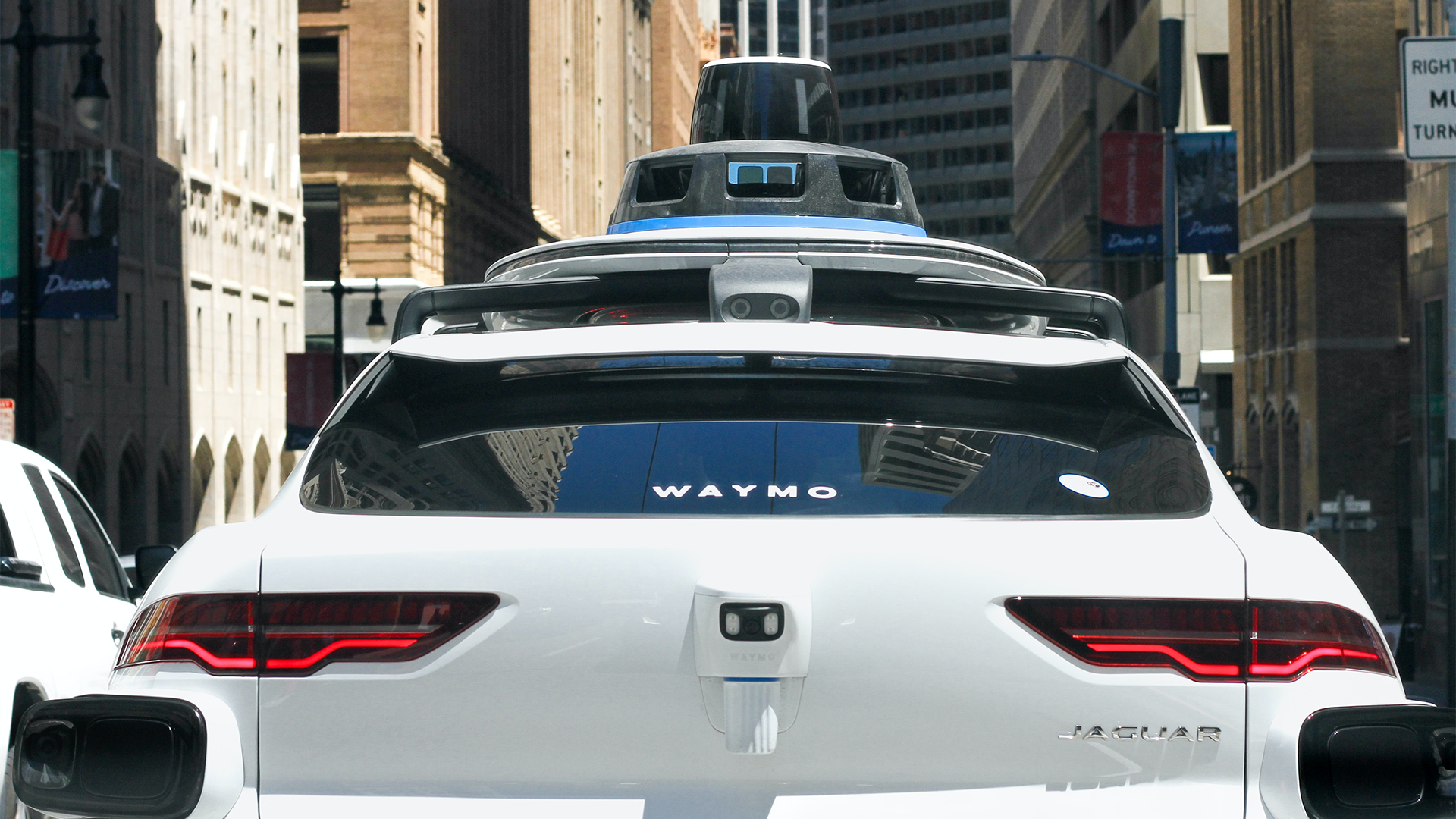
How soon, and to what extent, will robotaxis become part of daily life in the communities where you live and work?

We’ve developed a framework that demystifies the process of integrating machine learning into transportation engineering and planning, with human decision-makers staying in the driver’s seat.

What are the busiest and least busy days for flying (and when should you buy tickets)? What is the #BlackFridayParking movement? How can retailers set up neighborhood hubs for last-mile delivery? Our data analytics expert Jorge Barrios breaks down the trends.
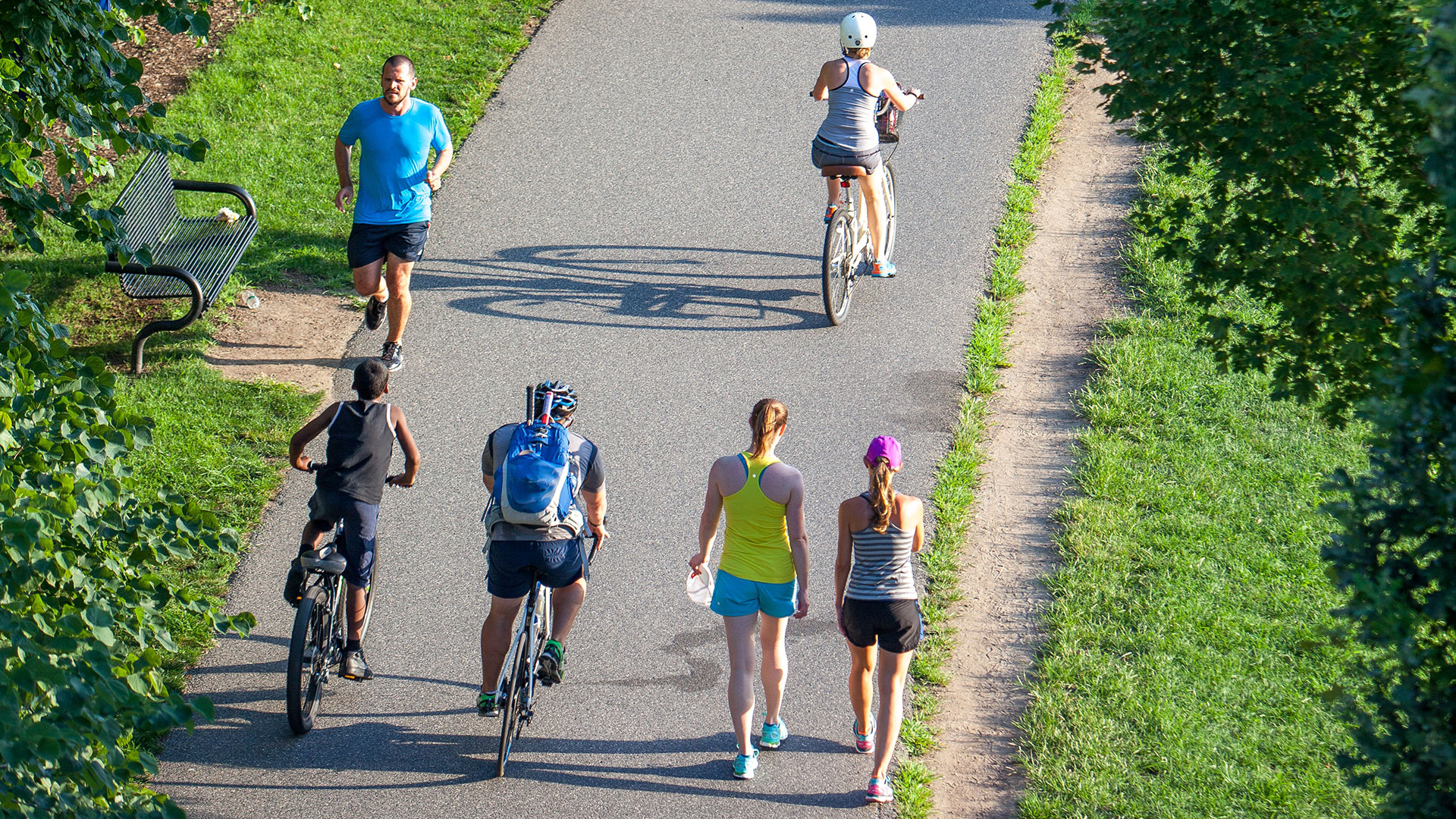
Read our recommendations for handling speed differentials on trails brought about by e-bikes and other electric micromobility devices.
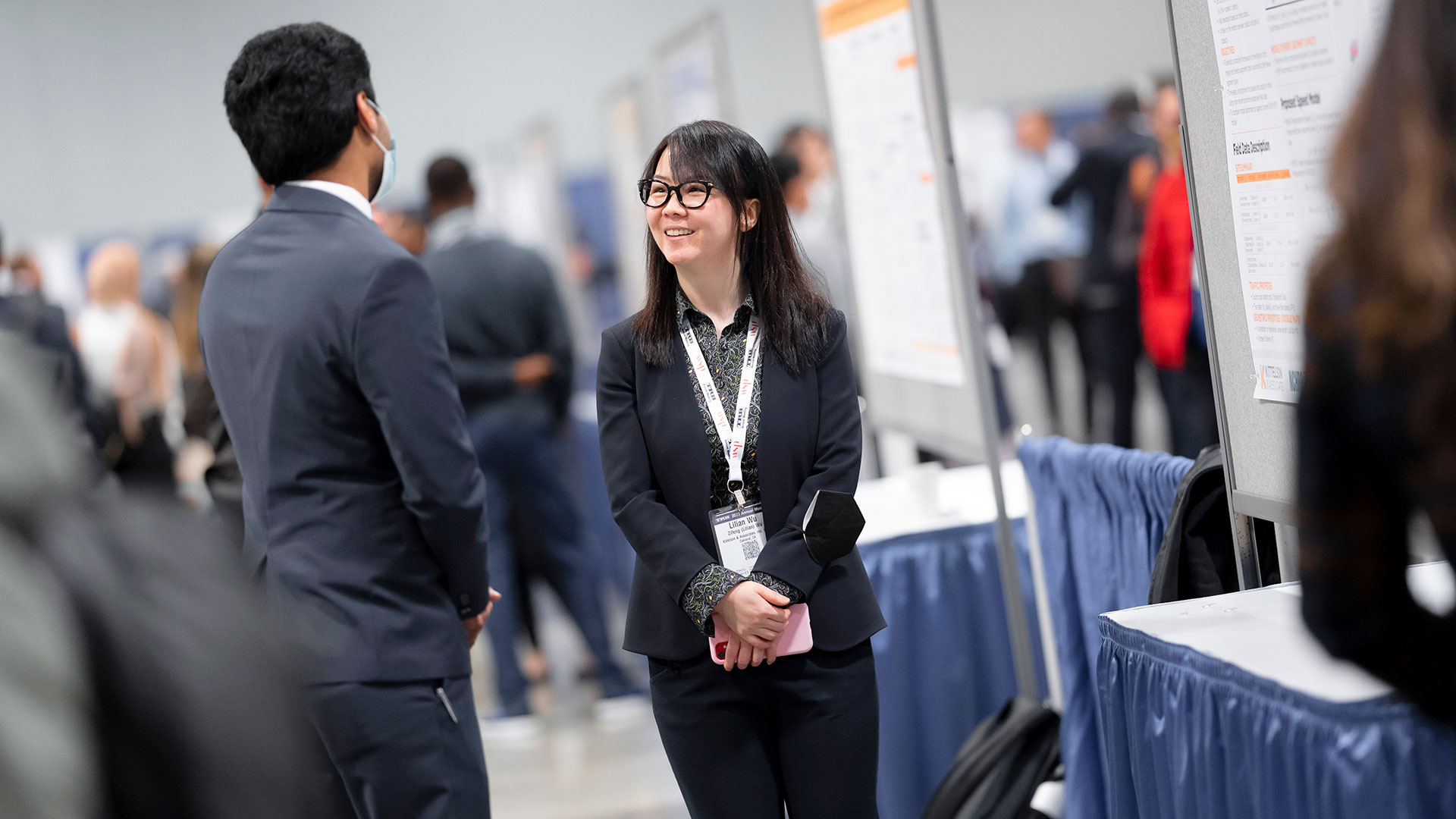
Join us in celebrating the impact and achievements of our industry’s professional organizations, and read our team’s advice for plugging into organizations that will boost your personal and professional growth while providing opportunities to give to others.

We’ve assembled a handy list that breaks down 20 major active transportation guidance documents: where they fit in the project lifecycle, what they cover, and how they should be used.
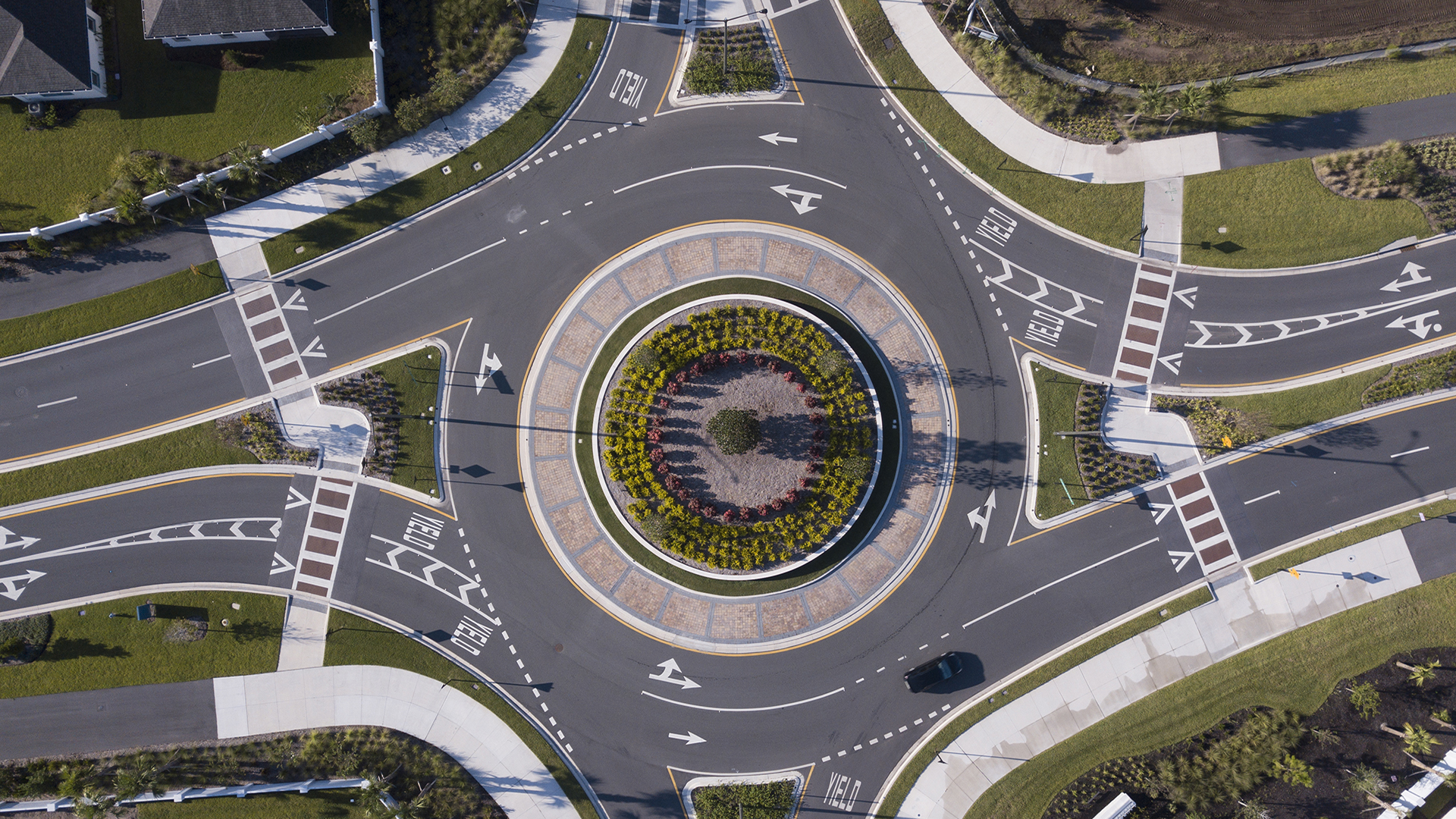
In honor of National Roundabouts Week, read about four transformational roundabout projects from the past year.

Our recent debate was a discussion on the degree to which agencies should invest and plan for electric vehicles (EVs) as a way to combat climate change.
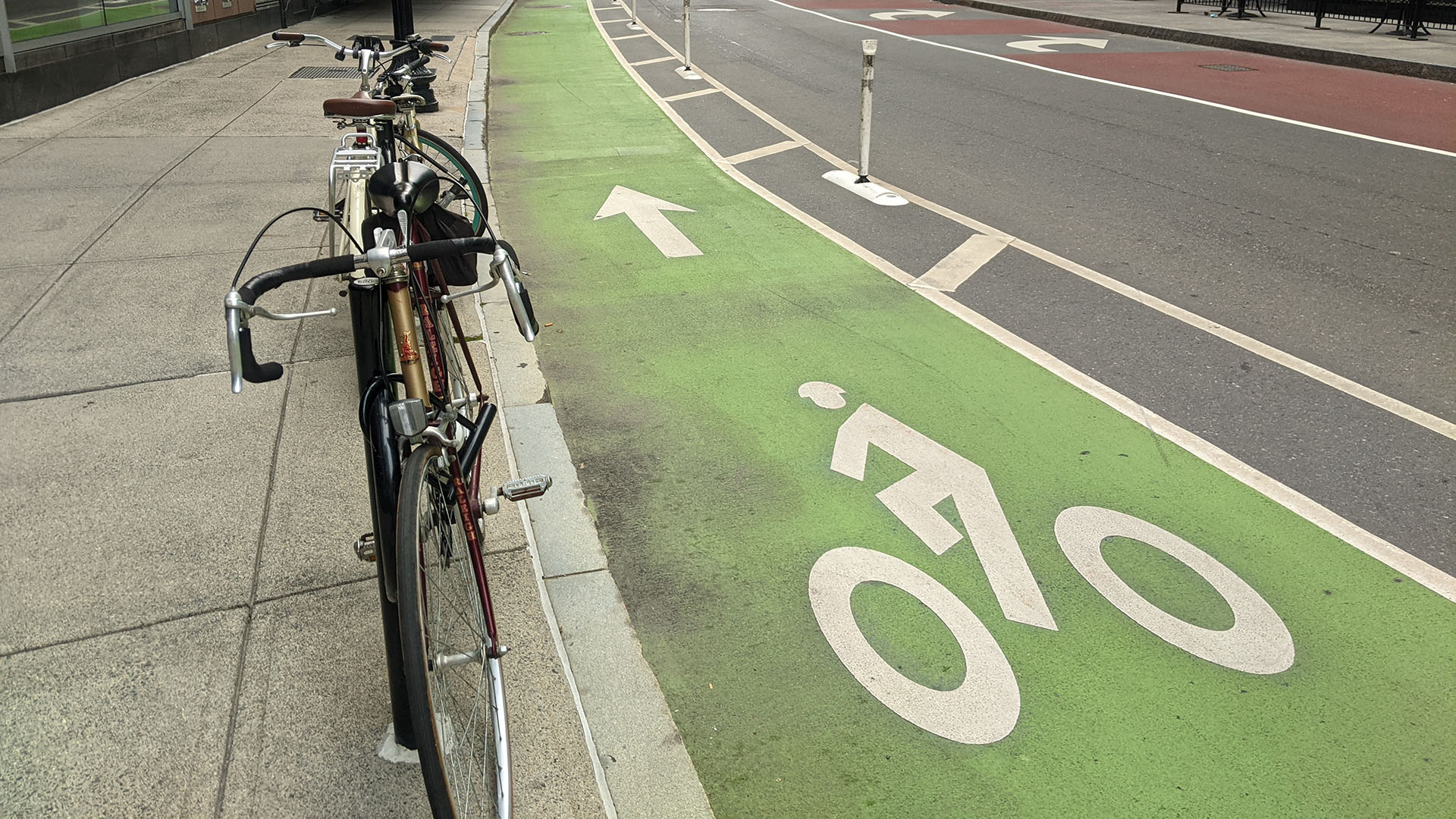
Over the next 3 years, Boston’s bike network will be transformed into a safe, comfortable network of protected lanes and connected paths that will take people where they want to go.

Trails have the potential to powerfully influence the way a community moves. This article summarizes a few of the many principles we consider when planning, designing, and maintaining trails that become frequently used and well loved.
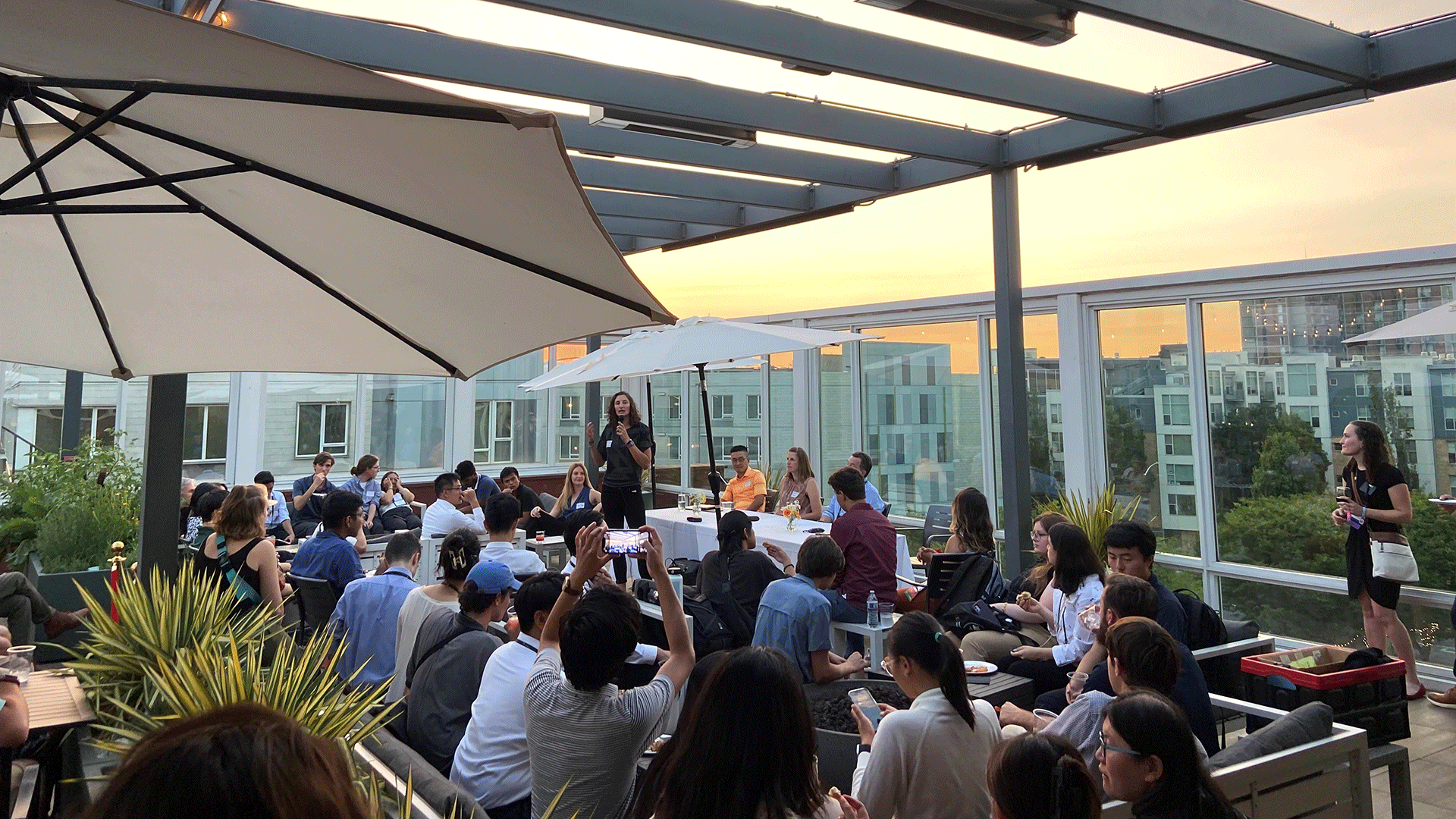
How does a career in transportation consulting differ from working for a public agency or in academia? And how can you know which sector of the profession is right for you? Read insights from our panelists about discerning which direction to take your career.
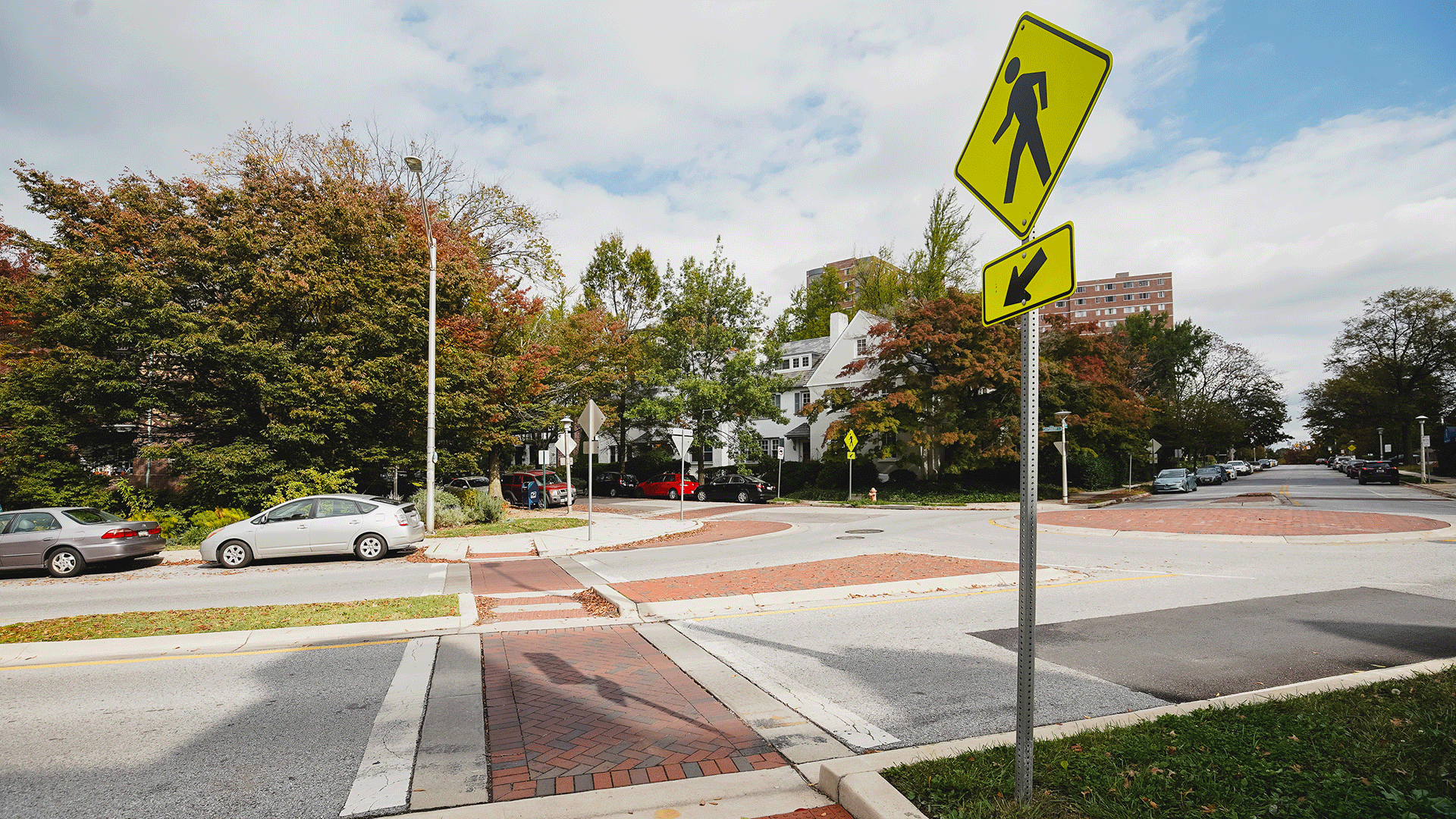
The United States Access Board has issued the long-awaited final rule on Public Right-of-Way Accessibility Guidelines (PROWAG).

Kittelson’s team of technical writers use storytelling skills to translate highly technical reports into readable, charismatic documents that engage community members and industry readers alike. Read on to find out how.
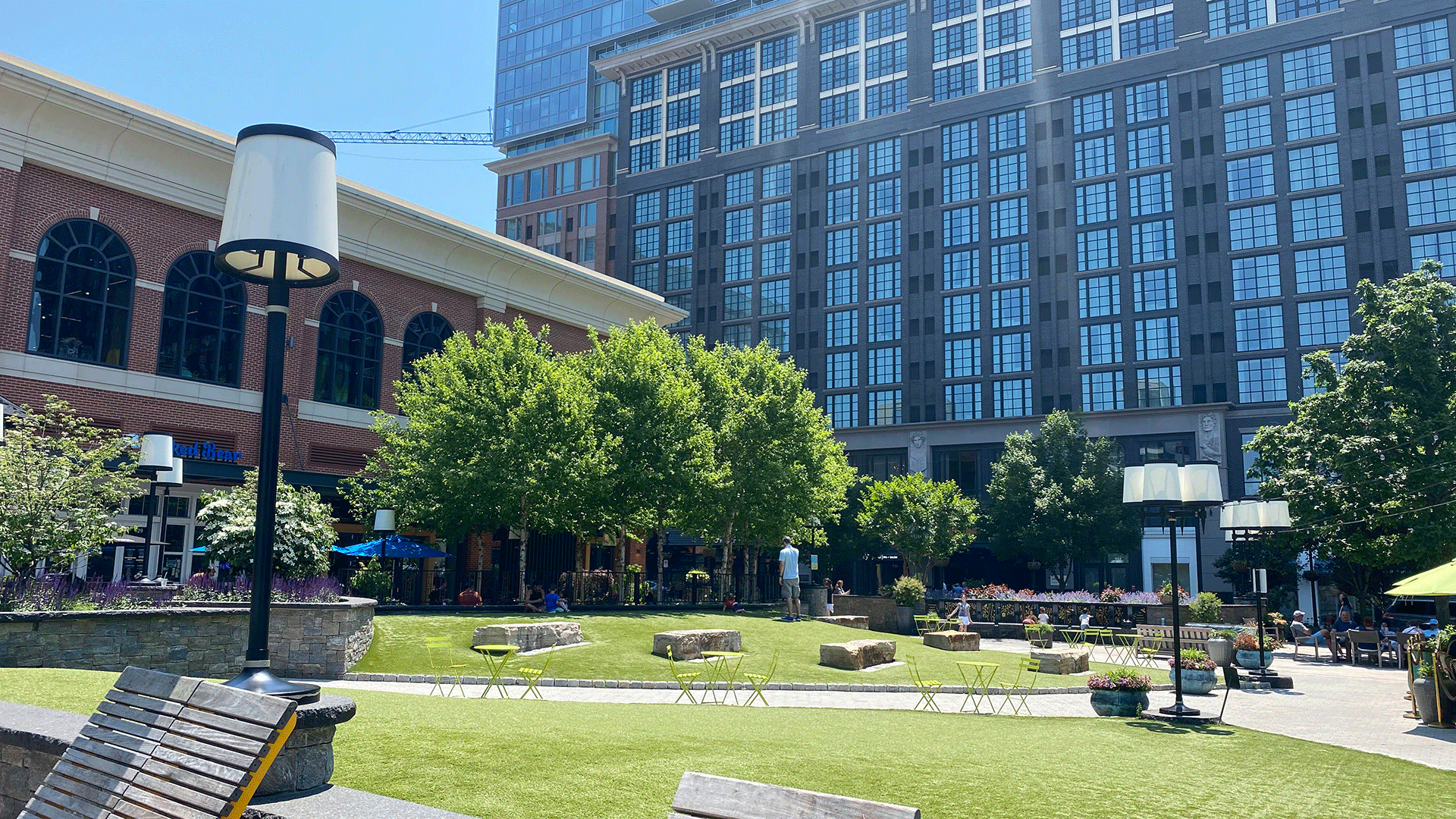
This is a modified version of an article that was published in Greater Greater Washington in June 2023. View the original article here. While the…
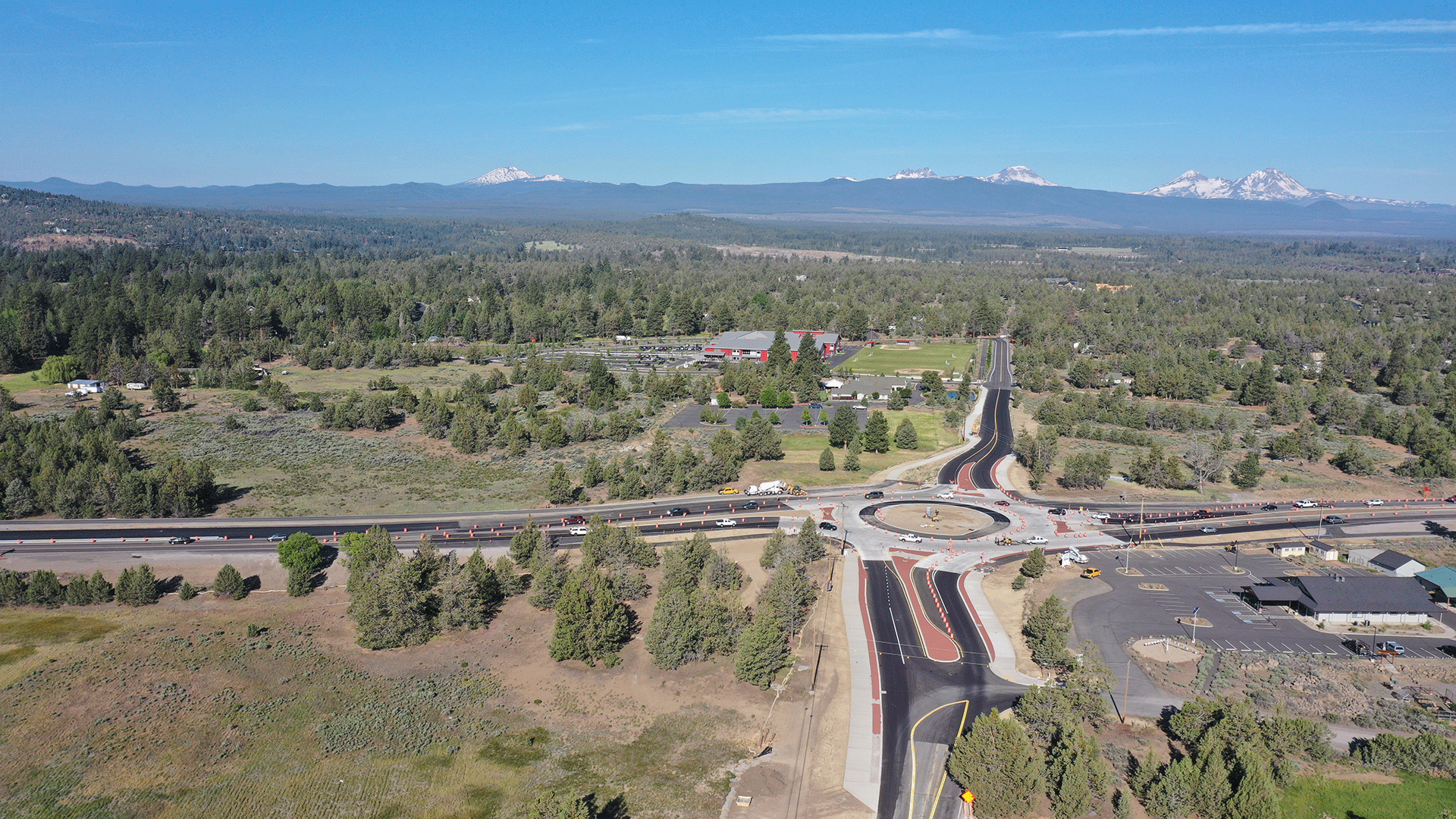
When Oregon Department of Transportation (ODOT) received federal funding for the Bend North Corridor project in 2019, they decided-for the first time in many years-to…
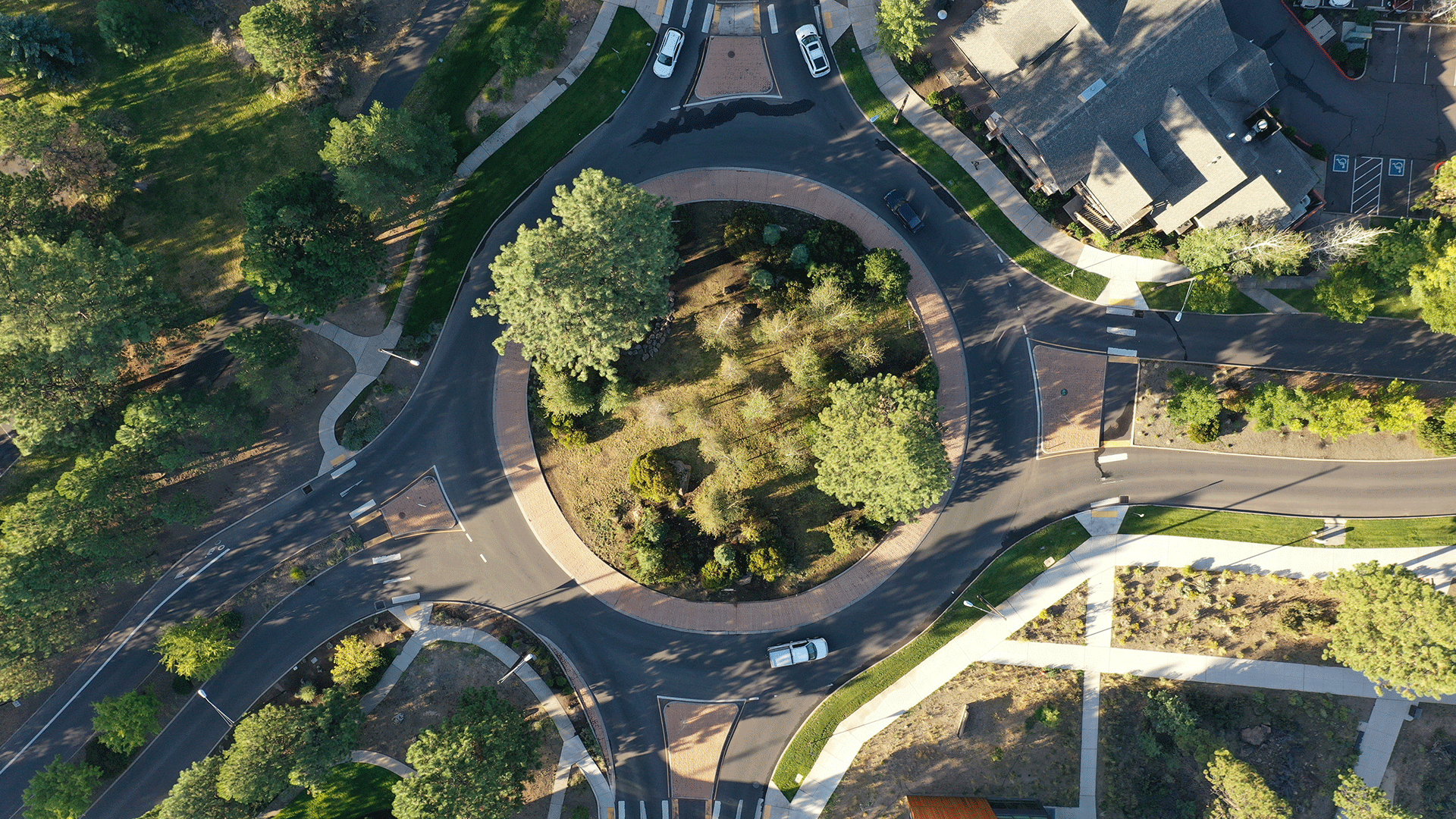
Since the release of NCHRP Research Report 1043: Guide for Roundabouts in June 2023, we’ve been getting a variety of questions about how this guide…

In recognition of National Safety Month, Principal Planner Conor Semler writes about a potentially simple, affordable, and effective way to reduce speeding: installing speed limiters in cars to automate compliance with speed limit laws.
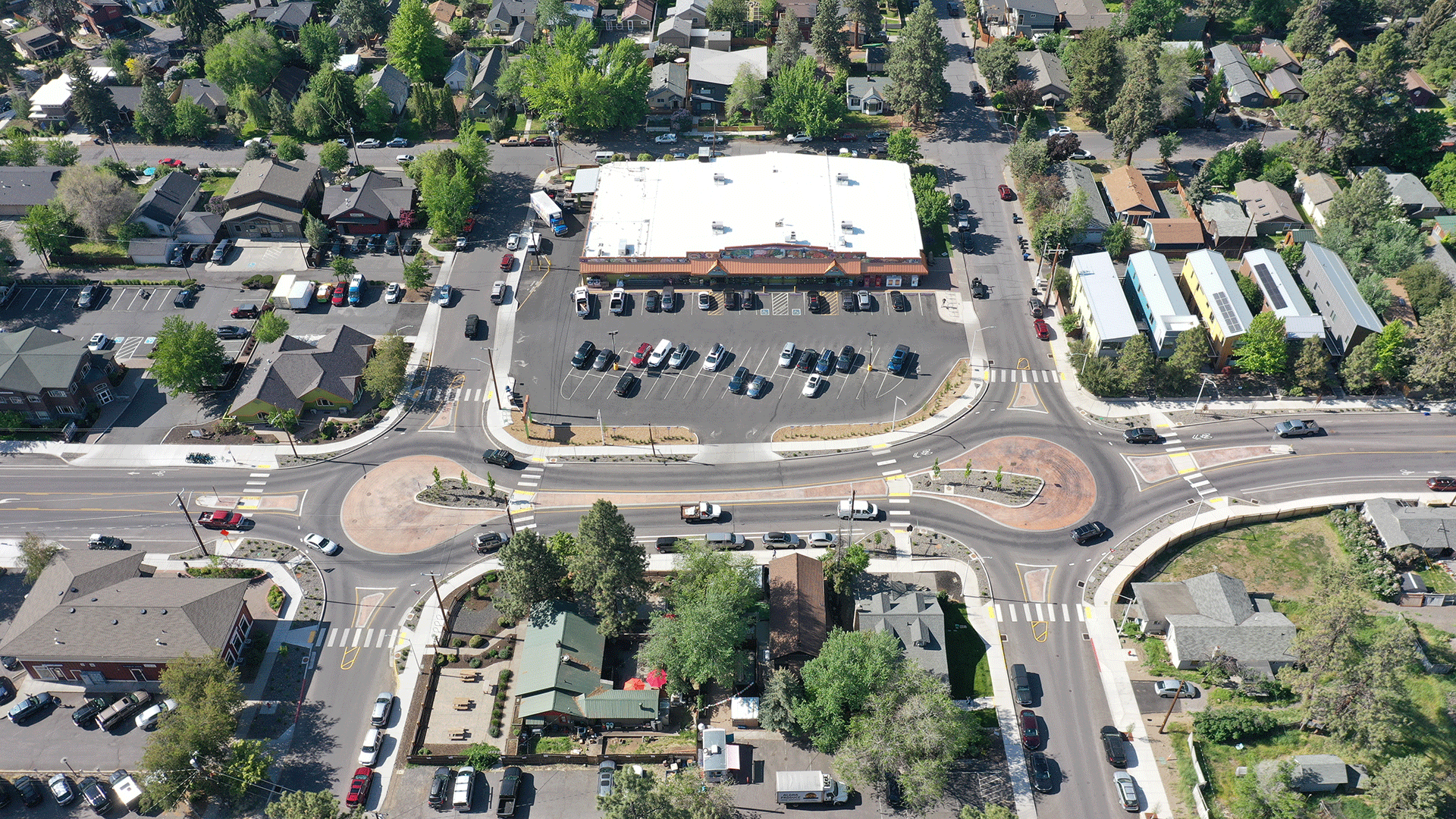
Through the Newport Avenue Improvements Project, the City of Bend, Oregon sets a strong example of how to simultaneously improve a roadway along with sanitary…
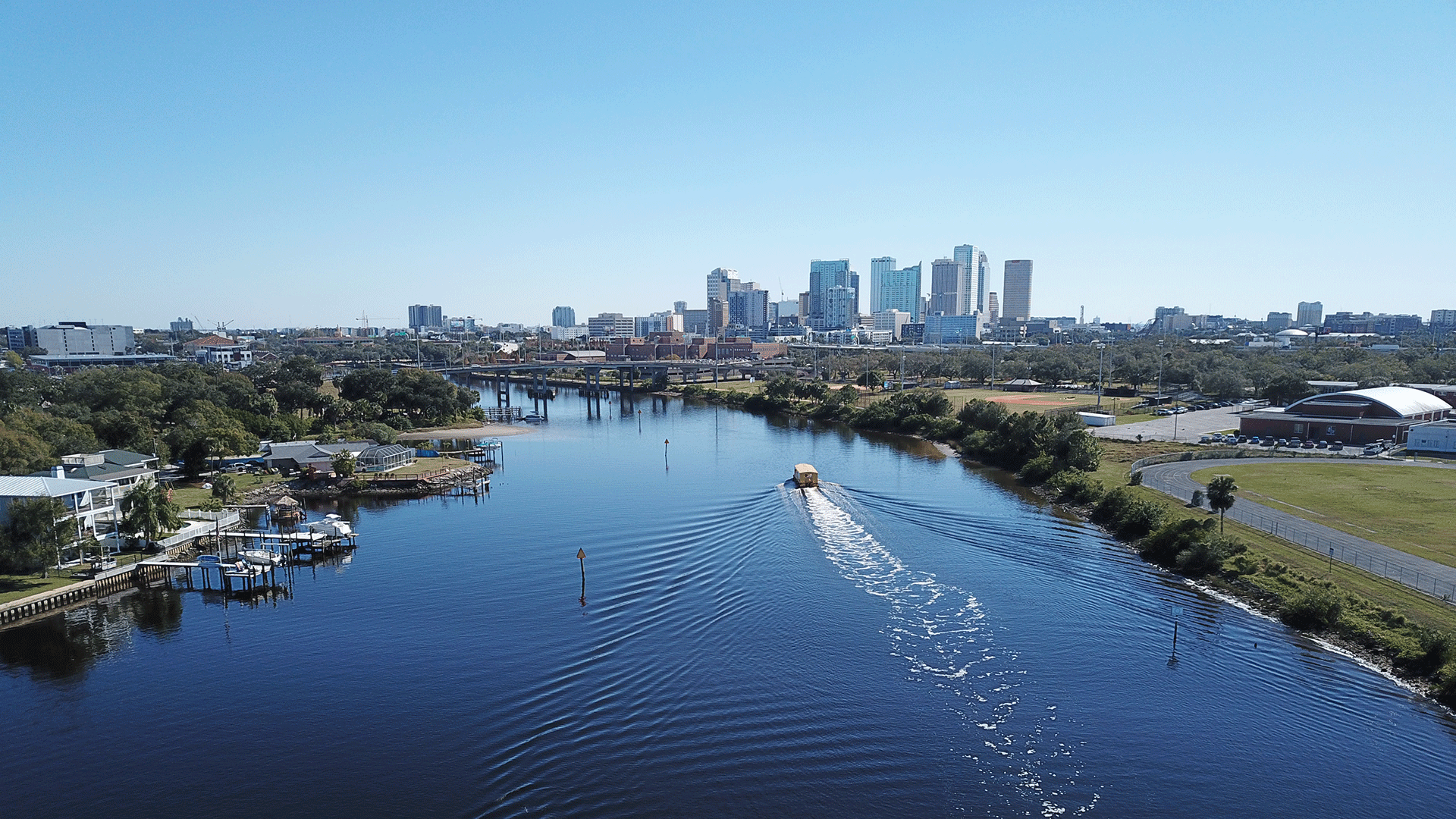
In February 2023, U.S. Transportation Secretary Pete Buttigieg announced the first round of funding awards for the Reconnecting Communities Pilot Grant Program: $185 million for…
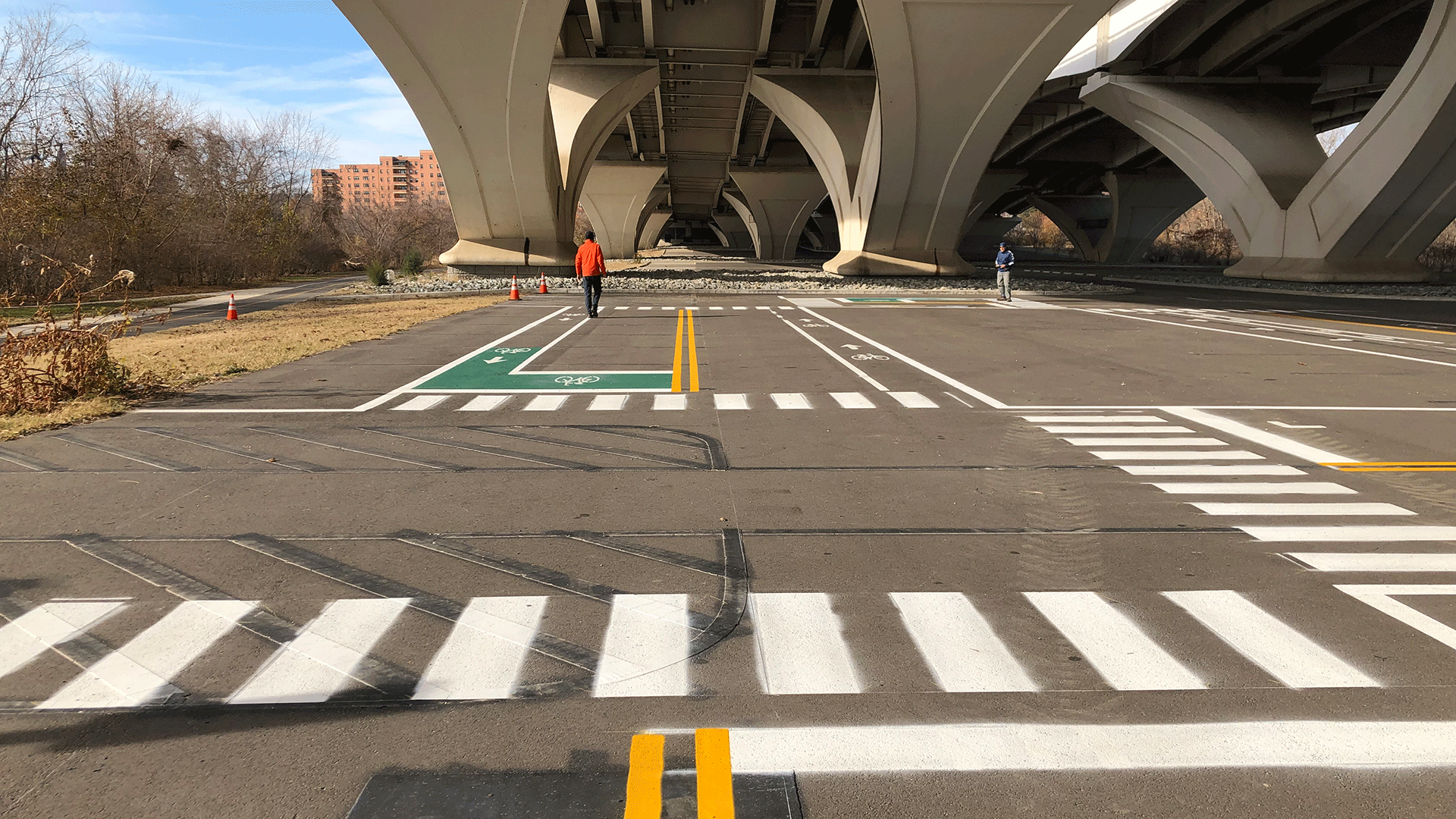
In October 2016, a Seattle suburb welcomed, in the space of two converted tennis courts, a new little world: the White Center Bike Playground, where…
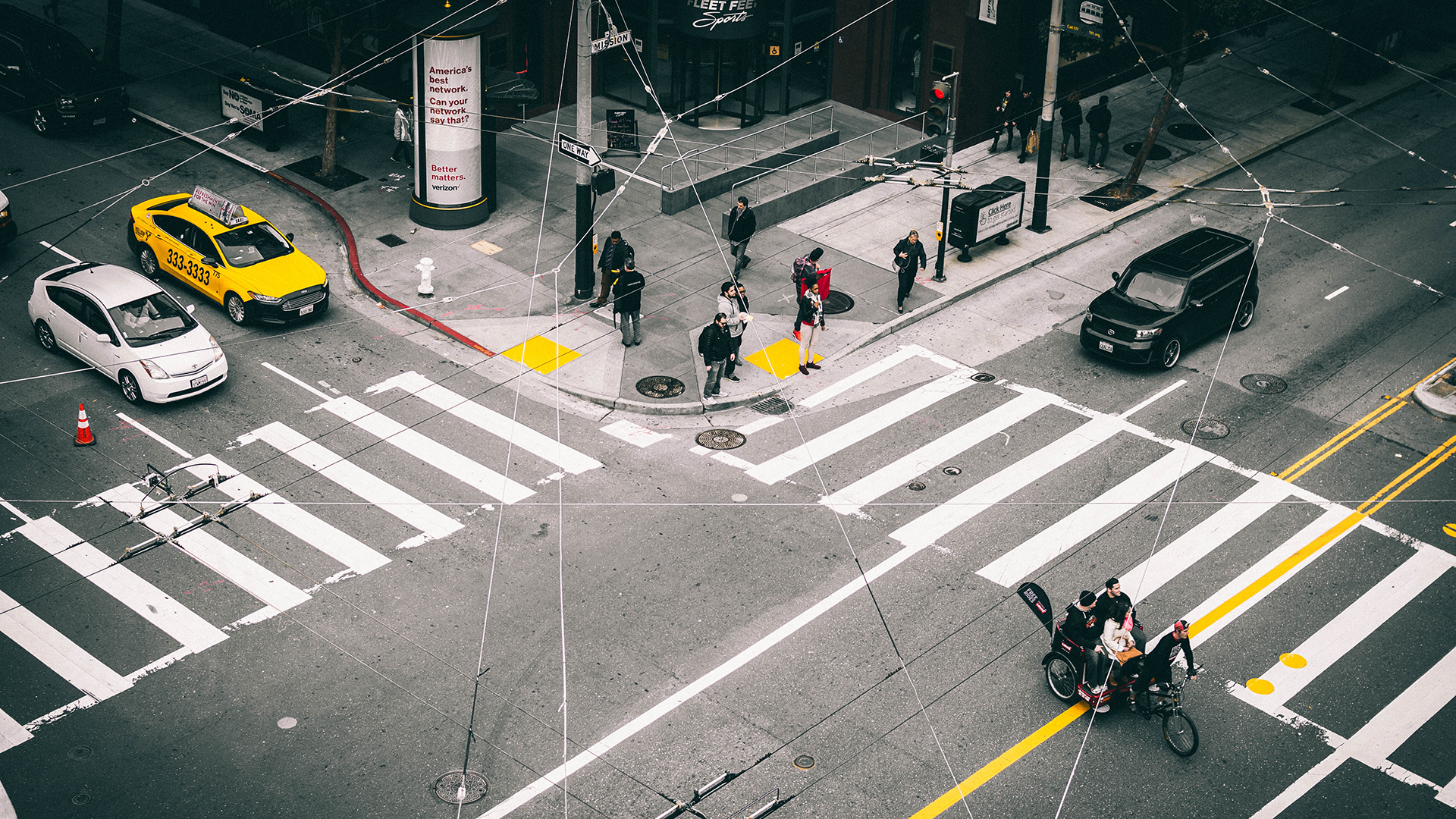
For years, transportation engineers have relied on field visits or manual reviews of video footage to analyze the movements of people walking and biking at…
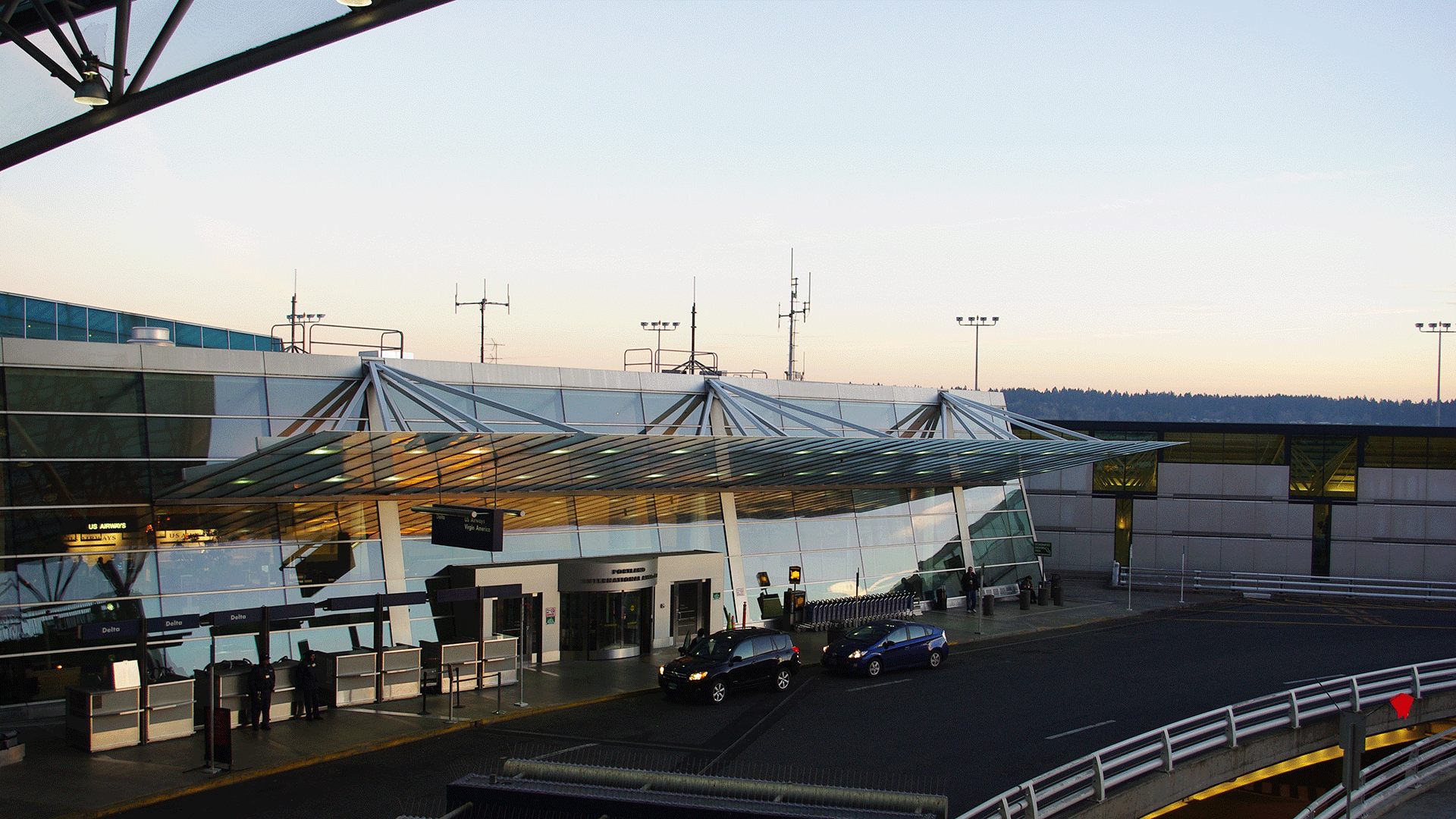
Although one of the central purposes of transportation planning is to design networks that facilitate connections between people, the ironic truth is that the human…
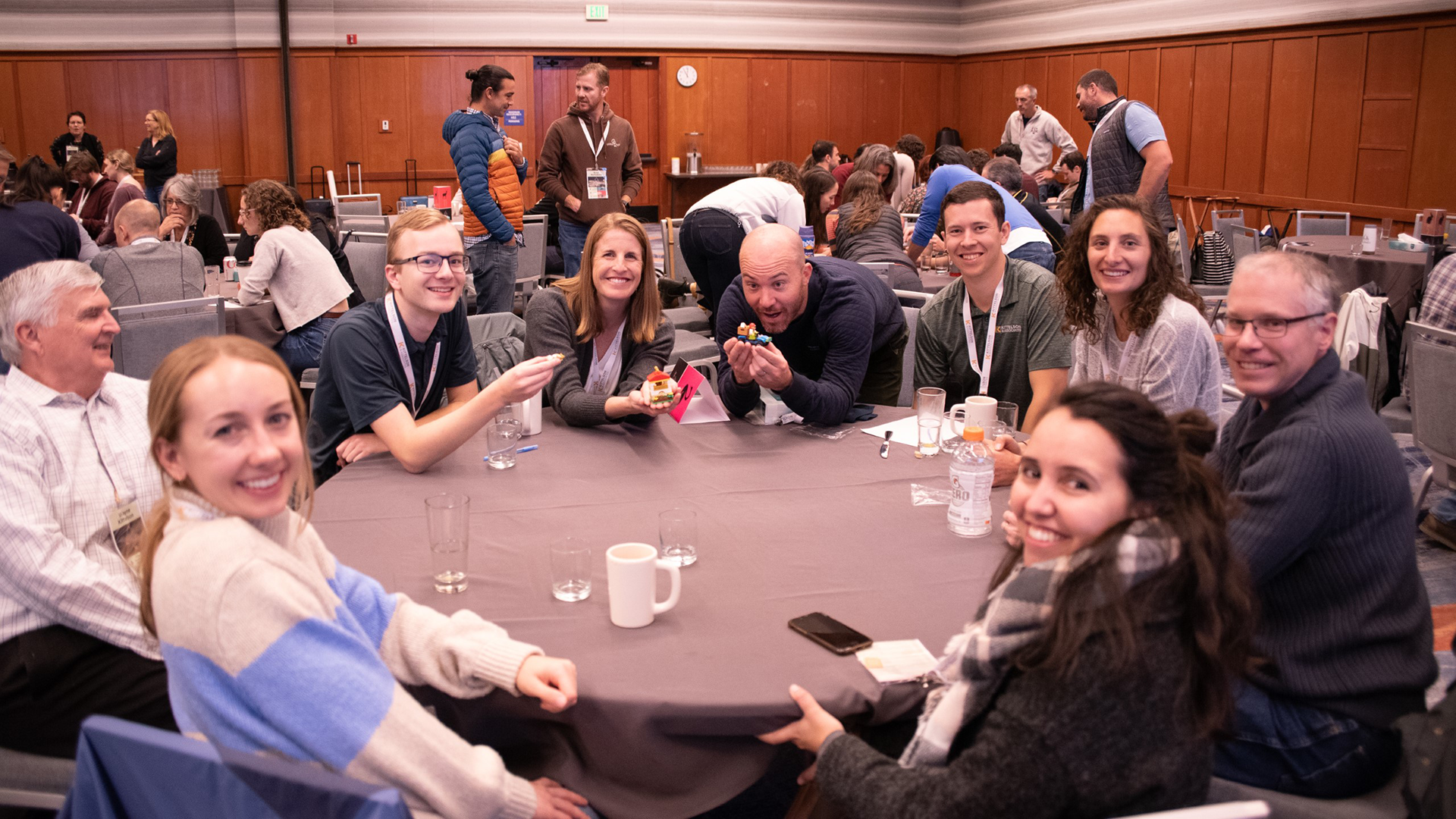
I’m Carla Kleynhans, an engineer from South Africa. I work for a transportation engineering firm called Innovative Transport Solutions (ITS), where I’ve been for four…
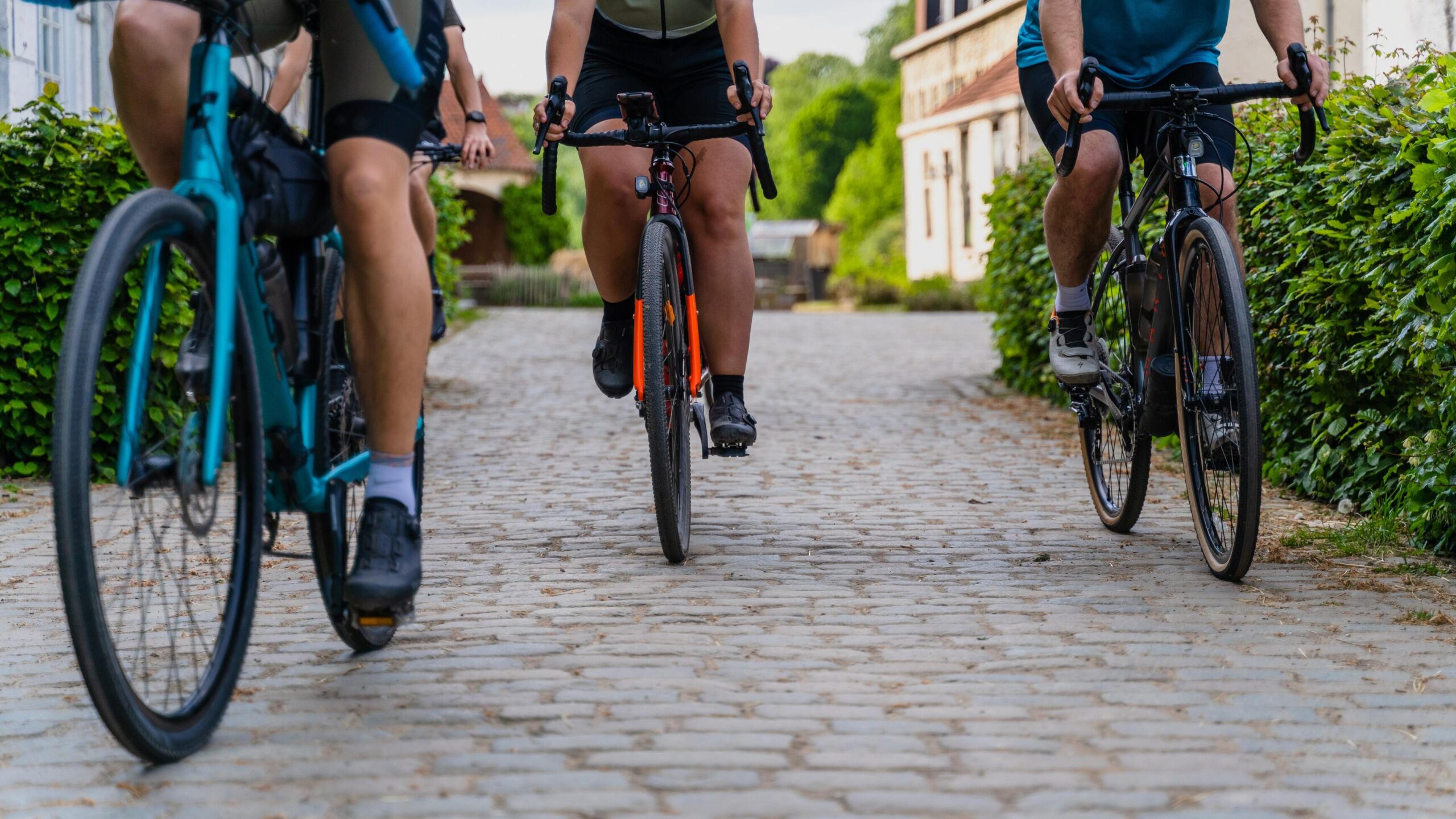
Since 1956, the month of May has been designated National Bike Month by the League of American Bicyclists. Having a dedicated month to celebrate the…
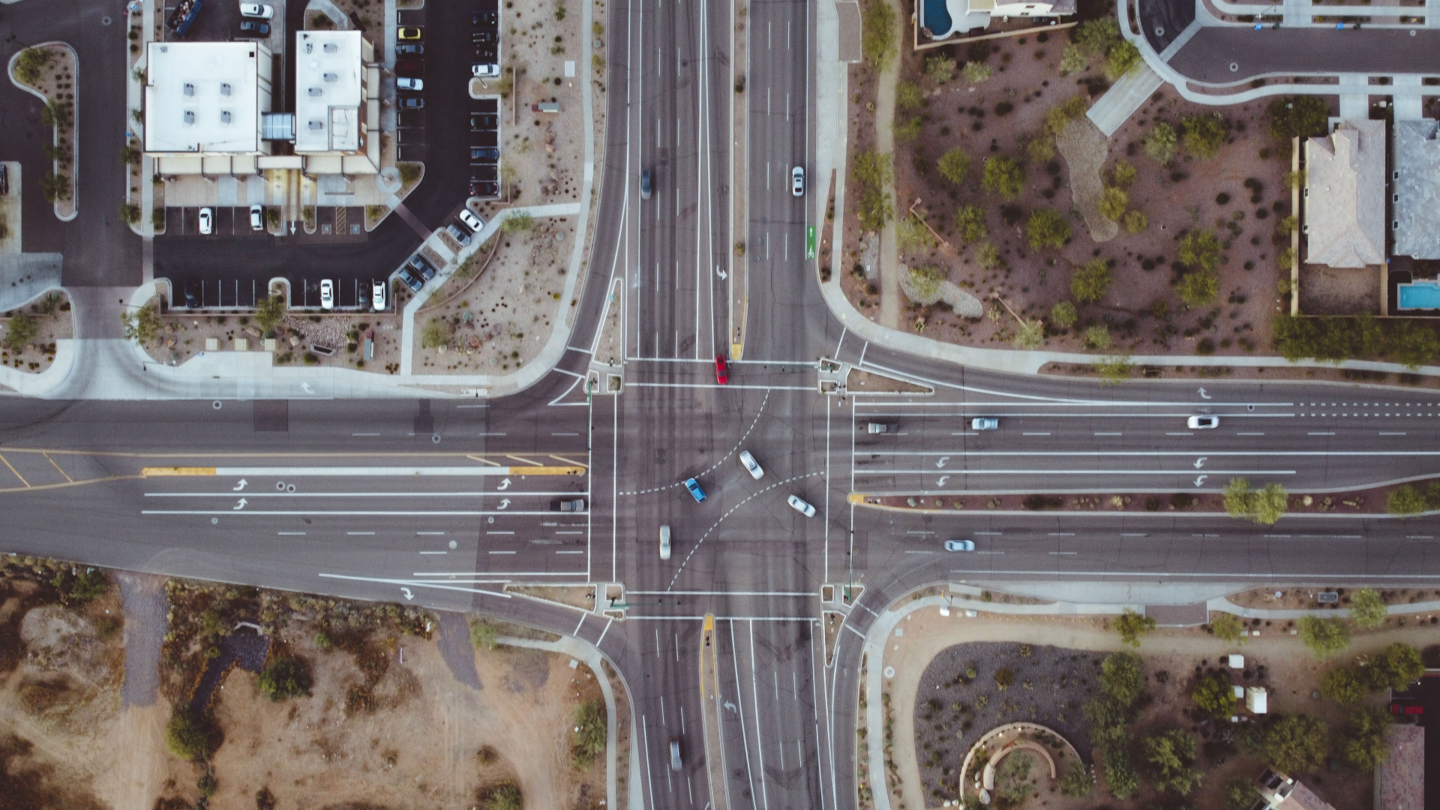
An all-day perspective on corridor delay and travel time will help us make more equitable assessments of traffic operations for all modes.
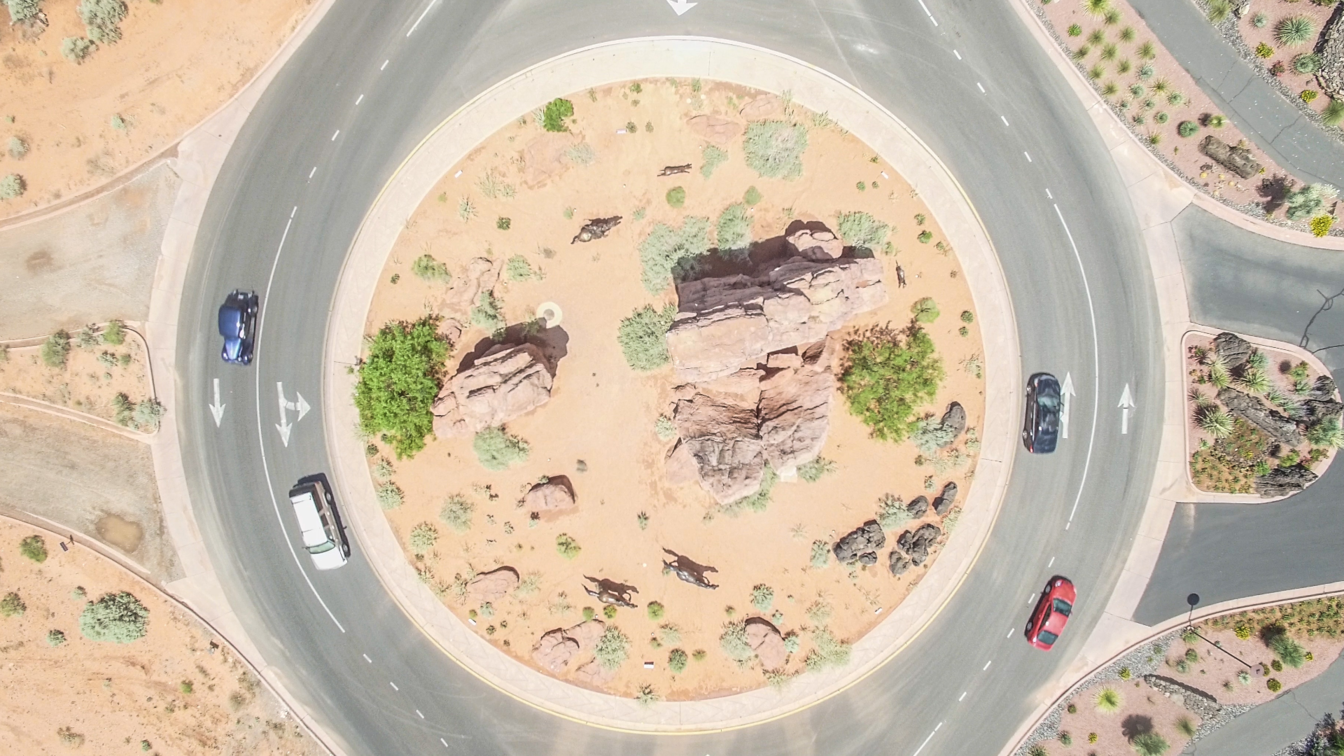
How can we as an industry make decisions based on analysis, rather than assumptions? This is the fundamental premise behind intersection control evaluation (ICE).
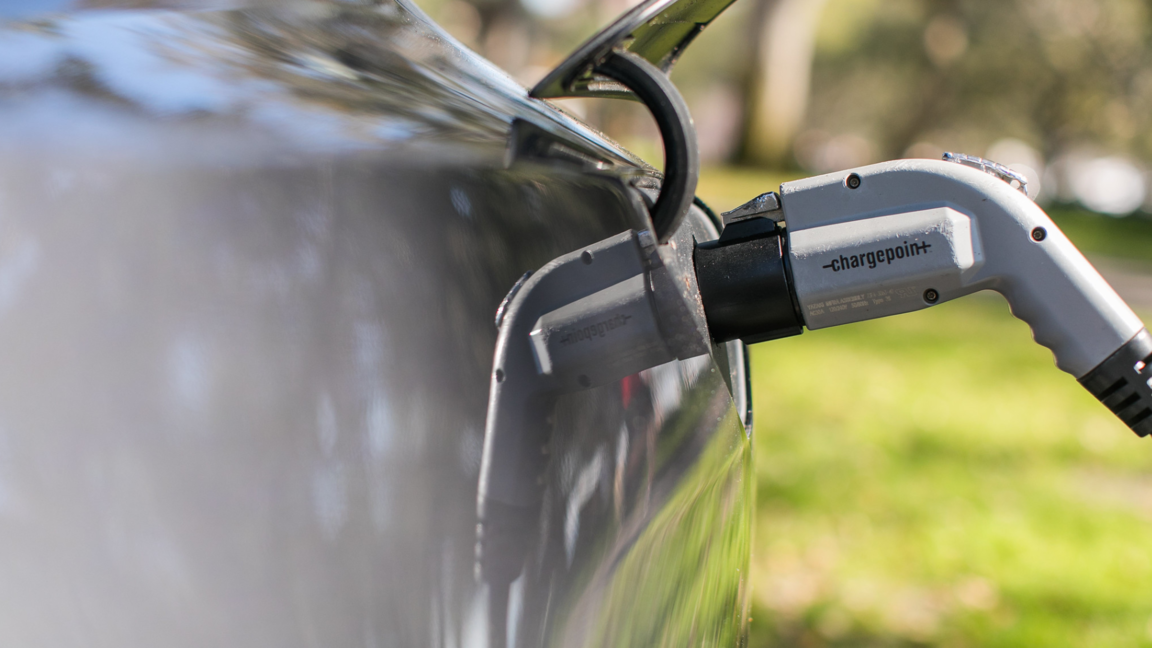
Transportation agencies must be thinking about the connection between EV charging and land use. Electric vehicle oriented development (EVOD) finds ways to connect EV charging with existing and planned amenities and resources.
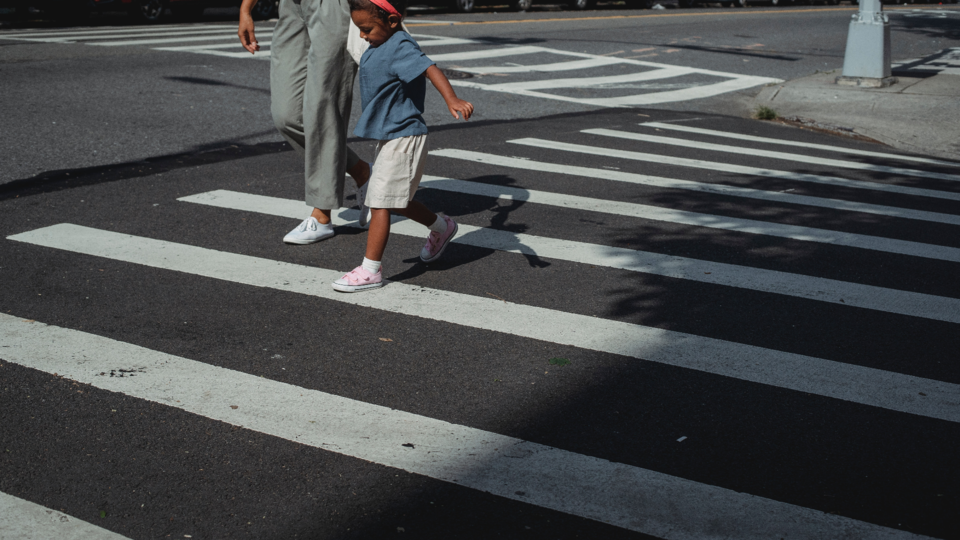
To make the most of your grant, it’s important to have a clear picture of the steps required for a successful outcome. Read our top tips as you embark on your project.

Read six themes in emerging tech that will help communities plan strategically and flexibly in the face in uncertainty.
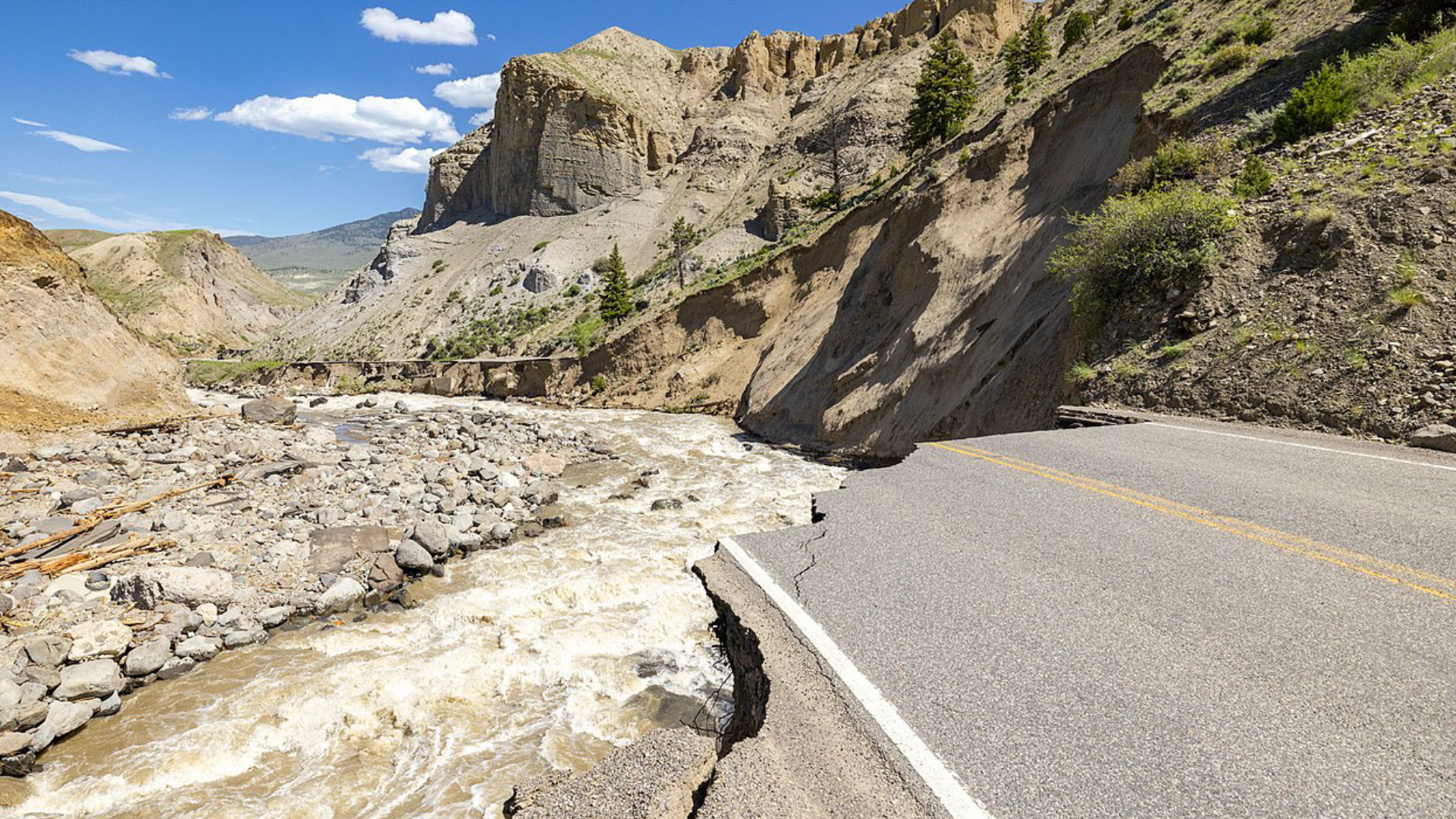
Read insights from Kittelson’s stormwater experts on how we can work with water, rather than against it, to design and maintain safer streets.

The New York State Energy Research and Development Authority (NYSERDA) 2022 Clean Transportation Program announced an ambitious goal of cutting state carbon emissions by 80 percent by 2050. Here’s how!
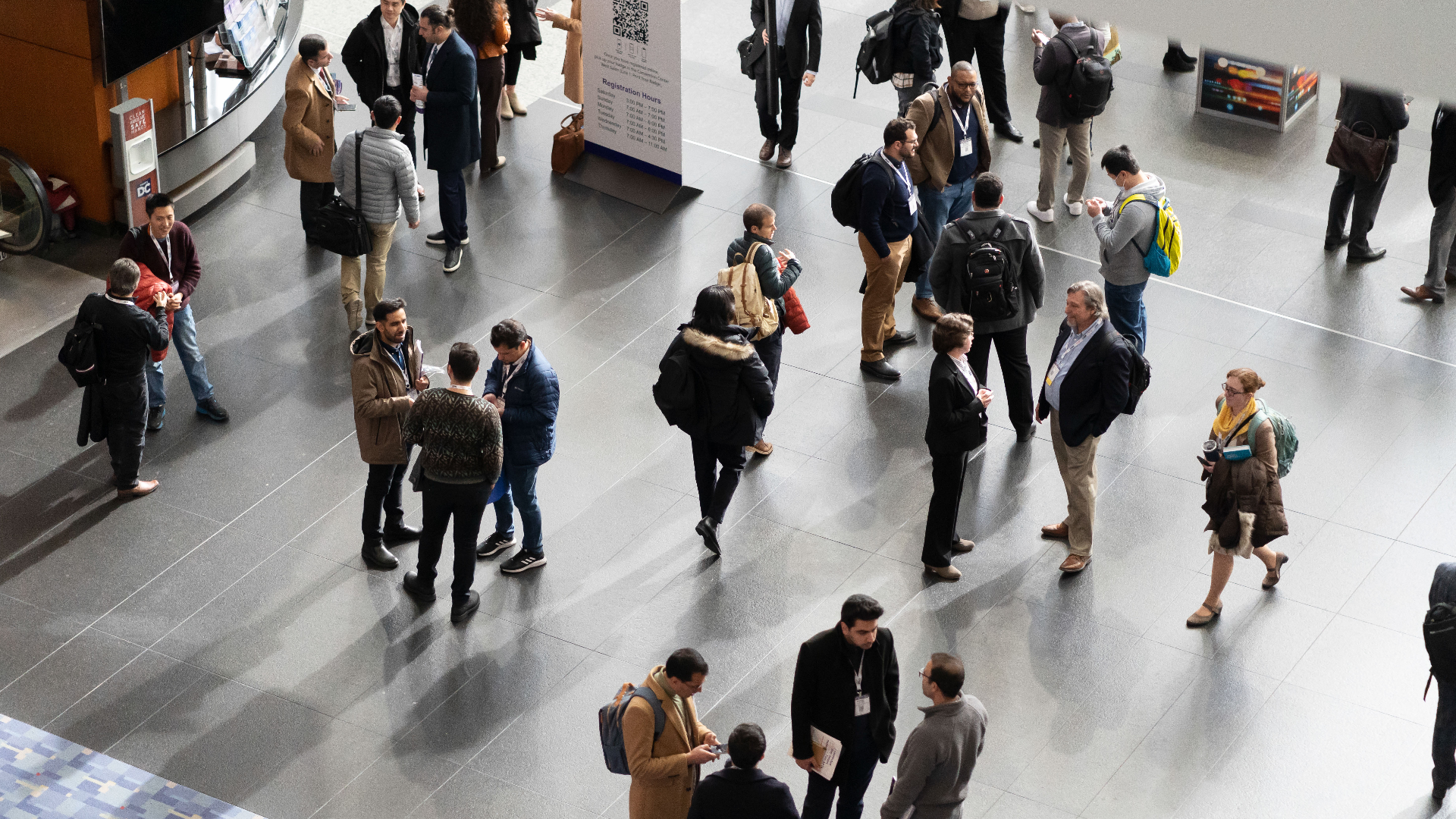
Here are the six themes that stood out to our staff from TRB 2023.

As we look ahead to the 2023 TRB Annual Meeting, we’re reflecting on the role all of us have to play in incorporating new research into our projects.
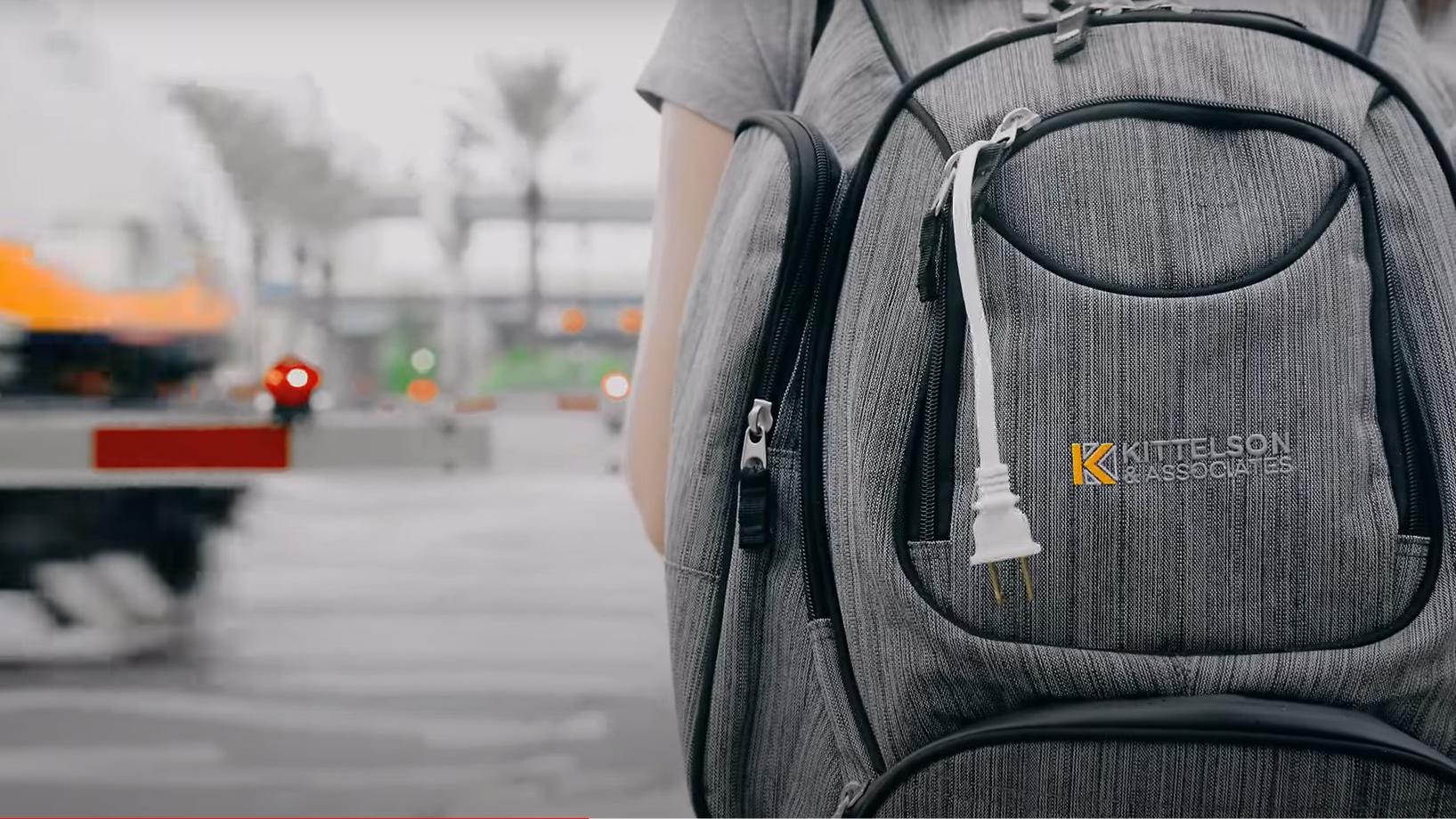
After a year of plugging in to help communities build more connected transportation networks… we wish you a happy, healthy, and unplugged holiday season.
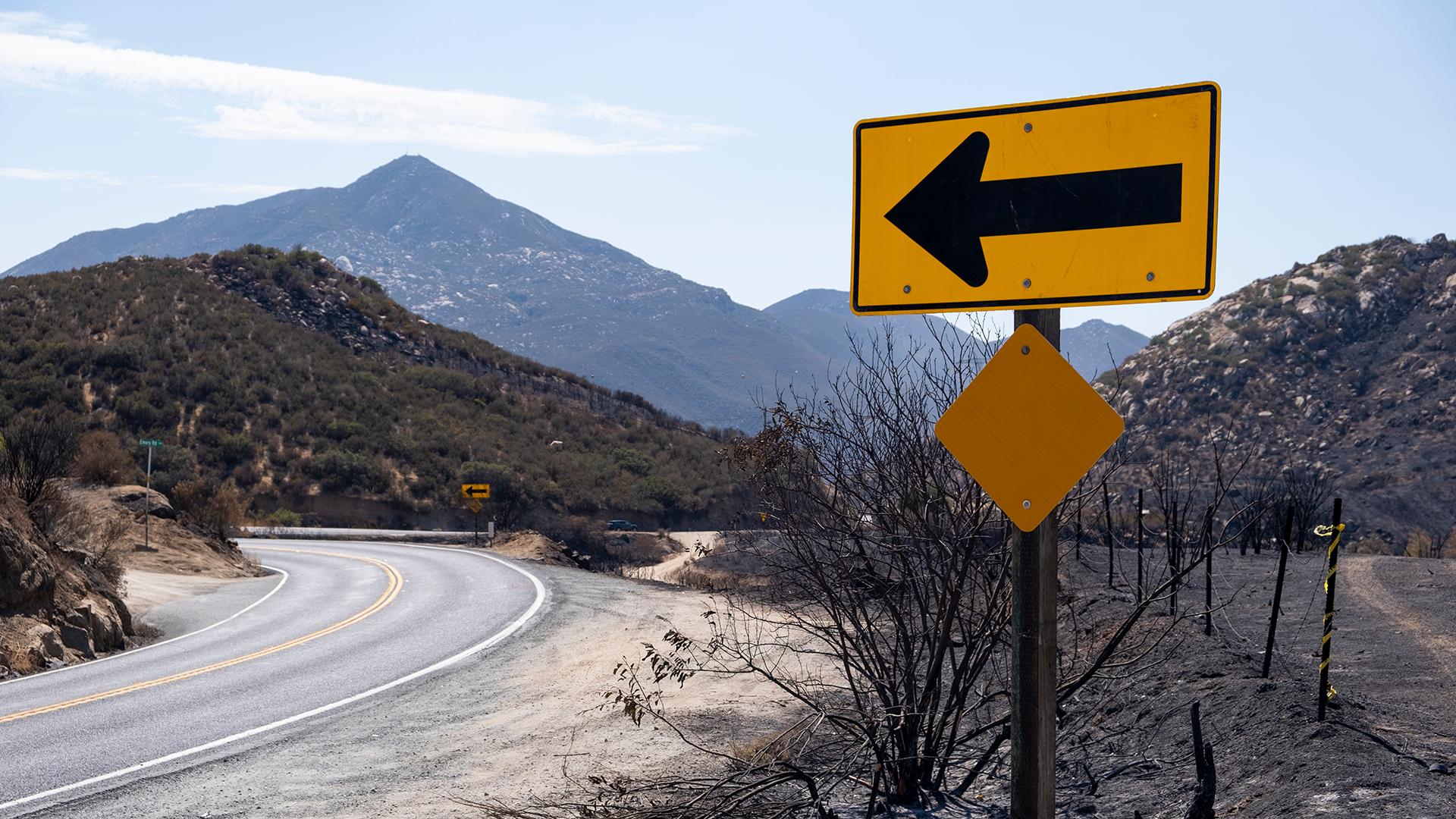
Evacuation planning is anything but simple. Though we like to use the word “plan,” the reality is natural disasters are wildly unpredictable in nature. Try…
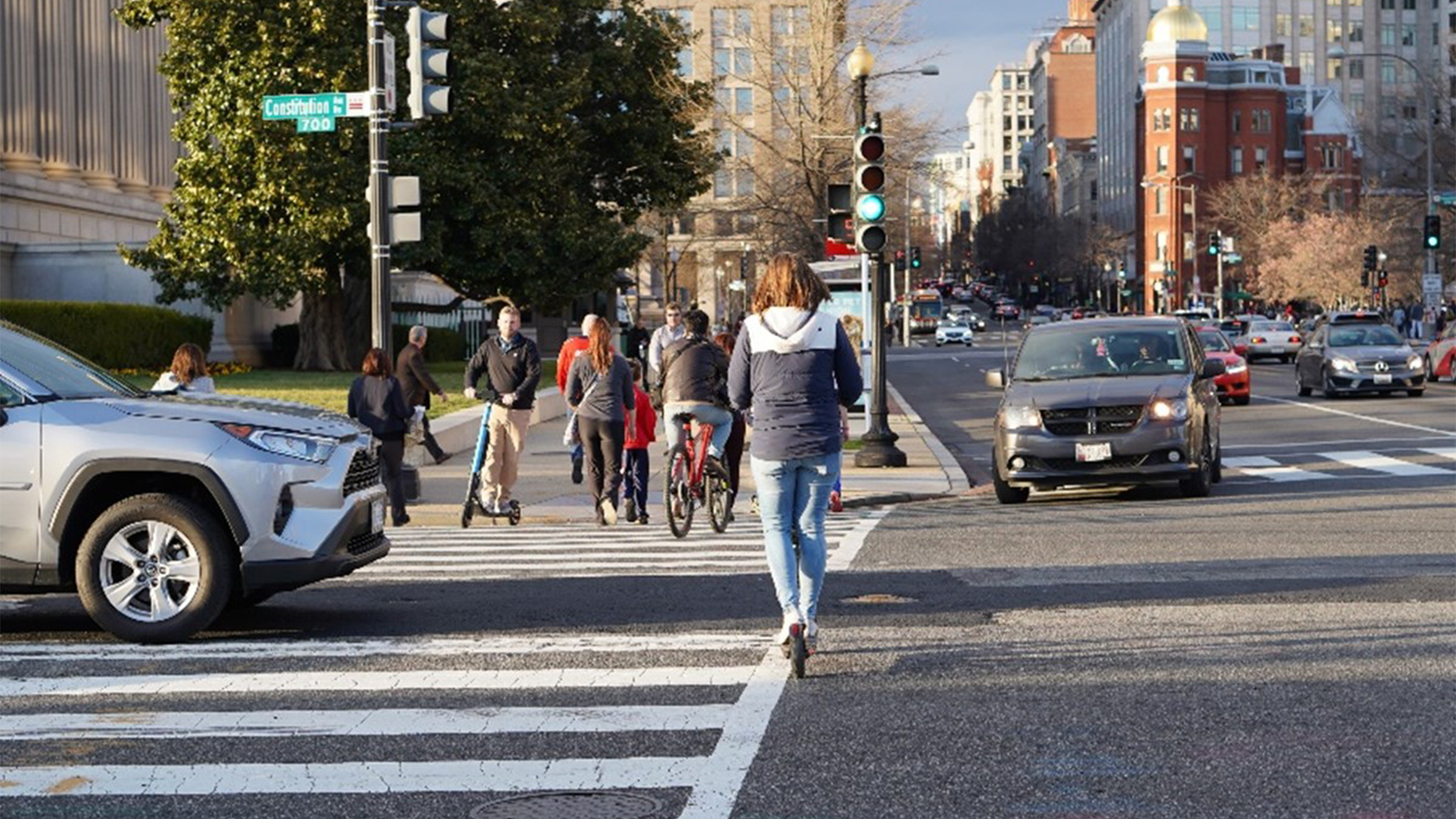
The FHWA Guide for Marked Crosswalk Design, Spacing, Placement, and Safety draws attention to the effects of crosswalk design. Read on to learn how we conducted this analysis and what our research revealed.
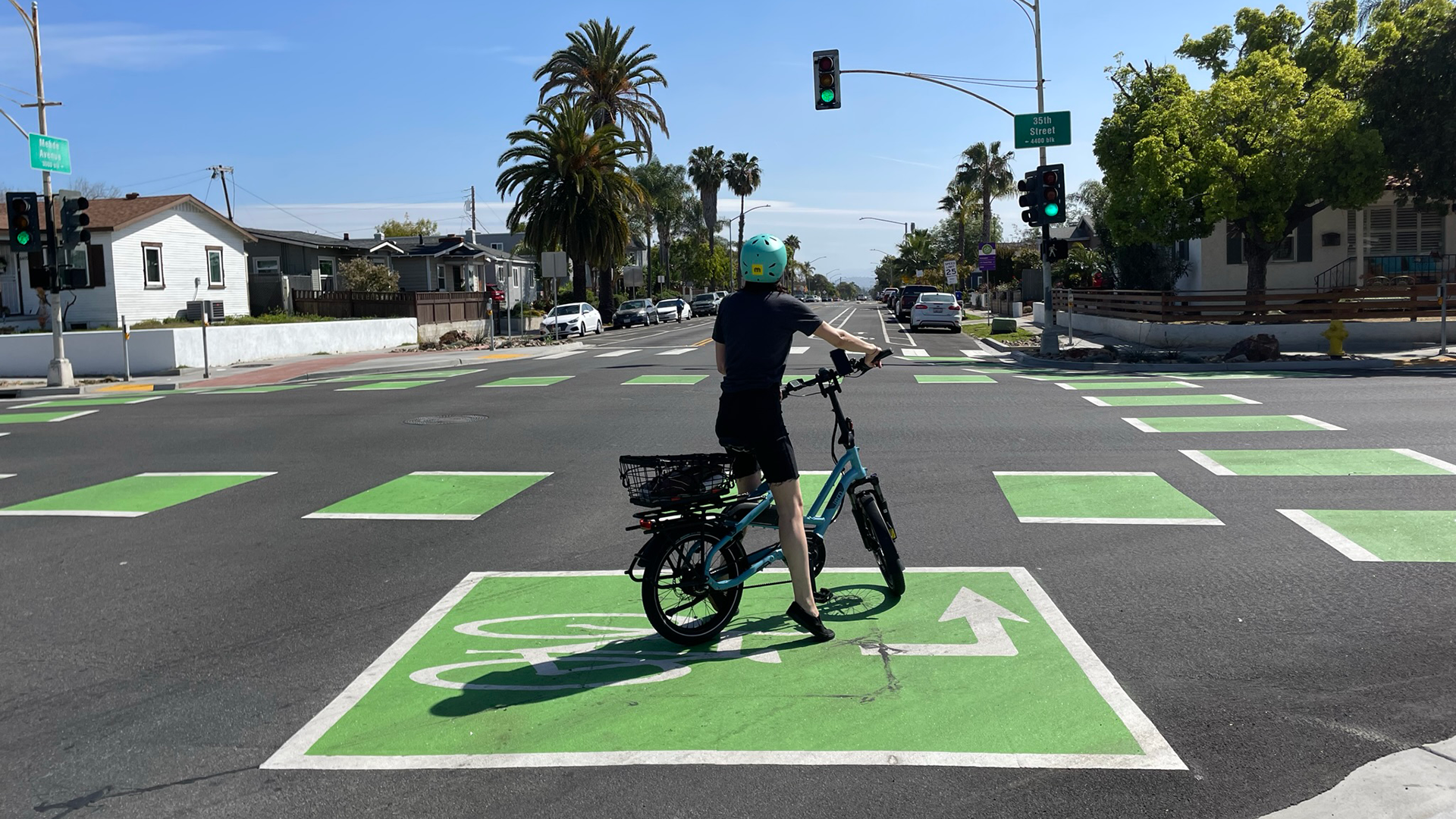
Read a summary of five steps you can take now to prepare for next year’s IIJA grant opportunities.
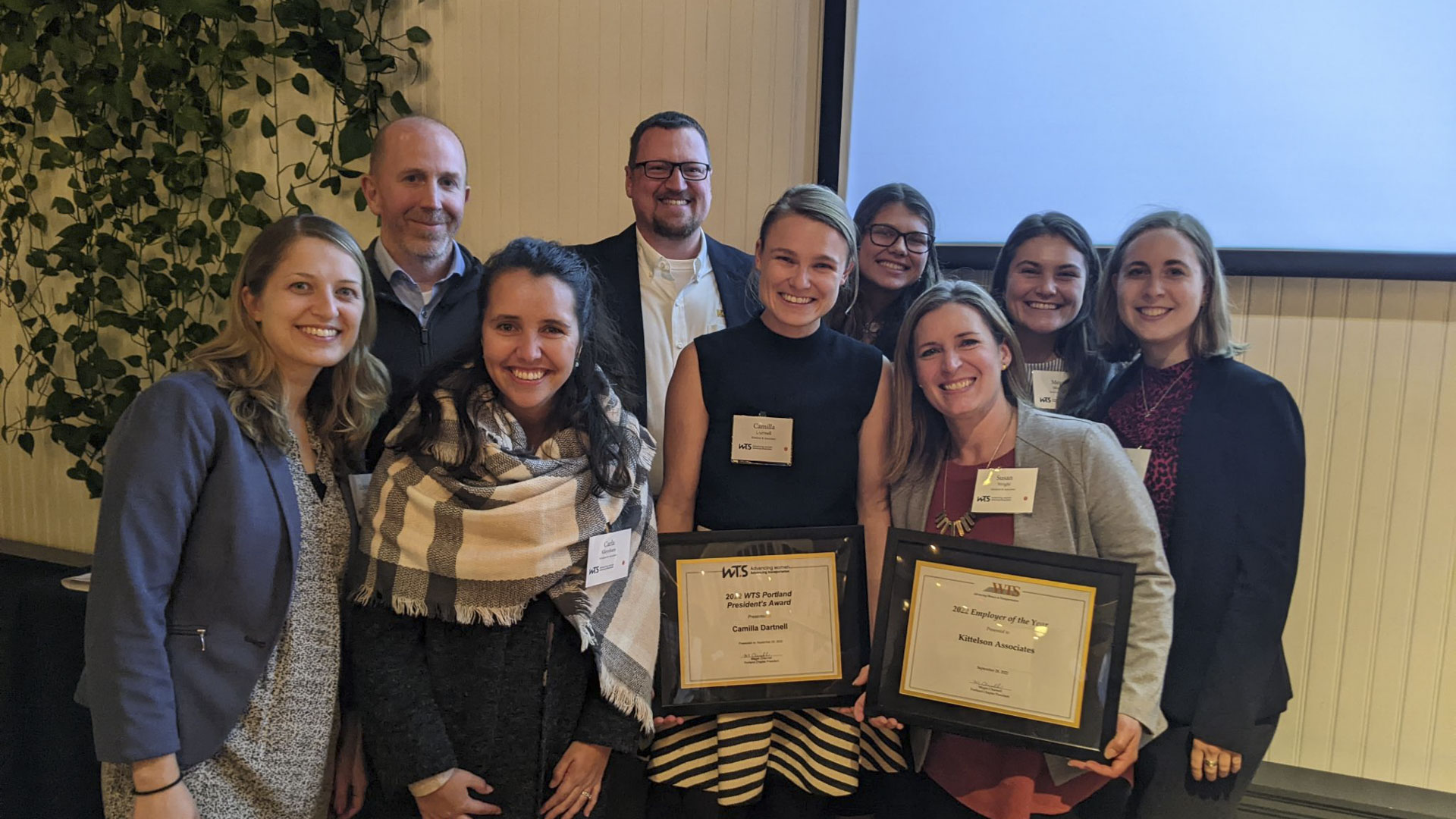
“We know that our work serves diverse communities. Having diverse voices influencing those projects results in better outcomes for our communities.”

Alaska Moves 2050 is a roadmap to Alaska’s transportation future that outlines goals, policies, and measurable actions for an adaptable and resilient transportation system.
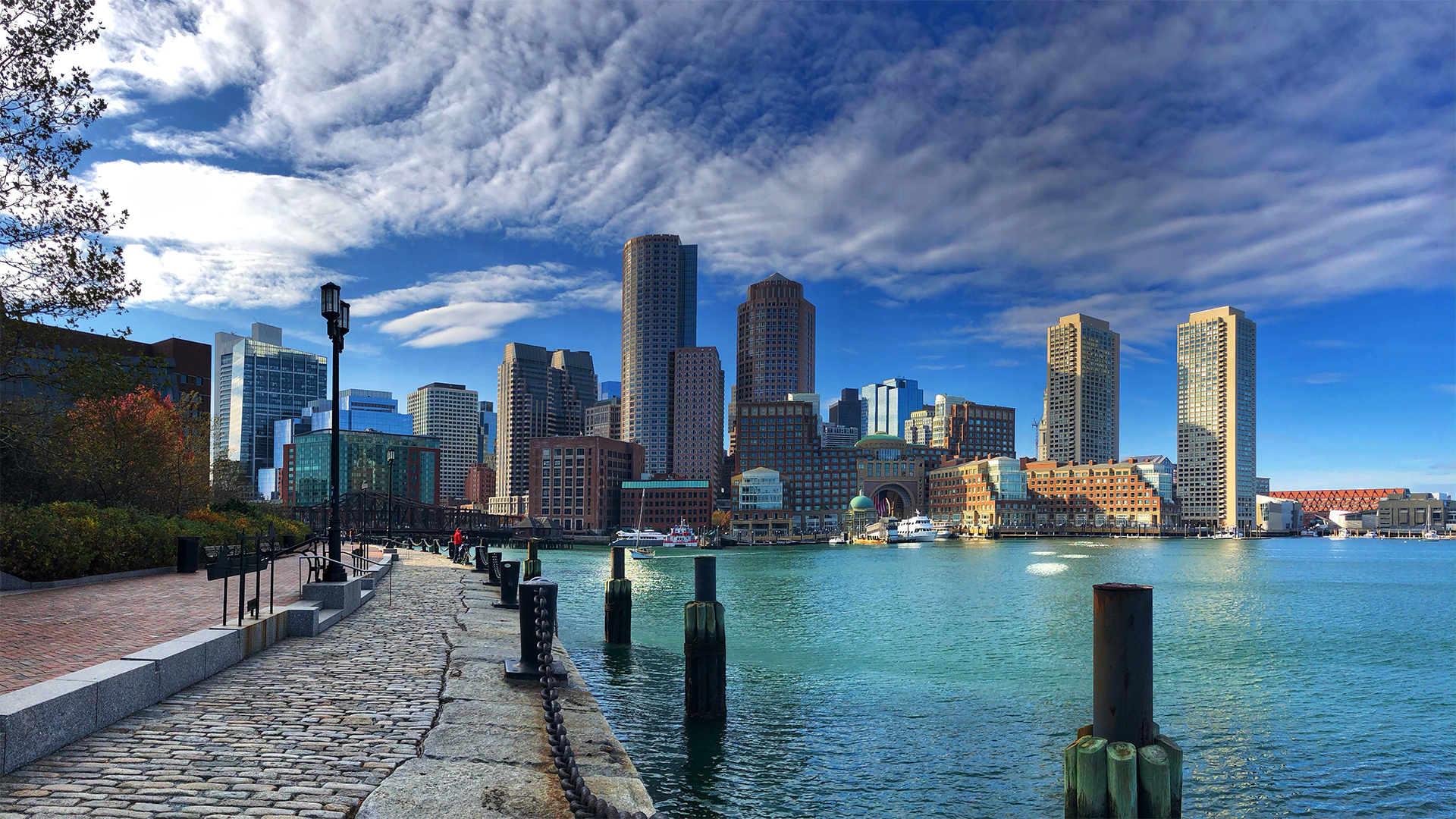
Three major themes from the 2022 NACTO Designing Cities conference that helps us better understand the questions, trends, and values at the forefront of our industry.

Quick-build project hallmarks-temporary materials, rapid installation times, and modularity-allow many projects to overcome accessibility obstacles, like a lack of political will or funding. For users with disabilities, quick-builds can provide more immediate relief than more permanent counterparts.
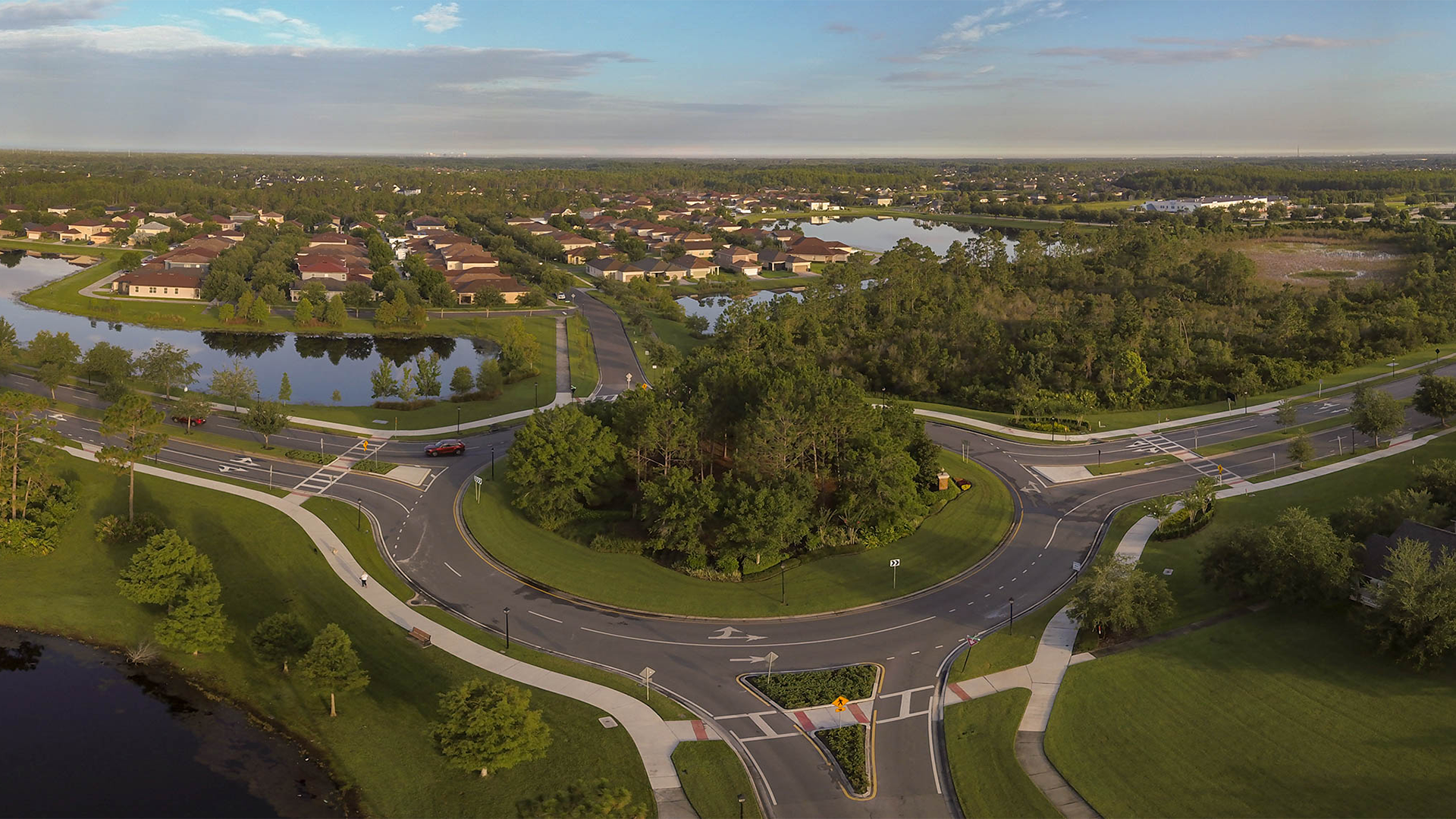
It’s the 5th Annual National Roundabouts Week! We’re highlighting five of our favorite roundabout design projects over the years to celebrate.
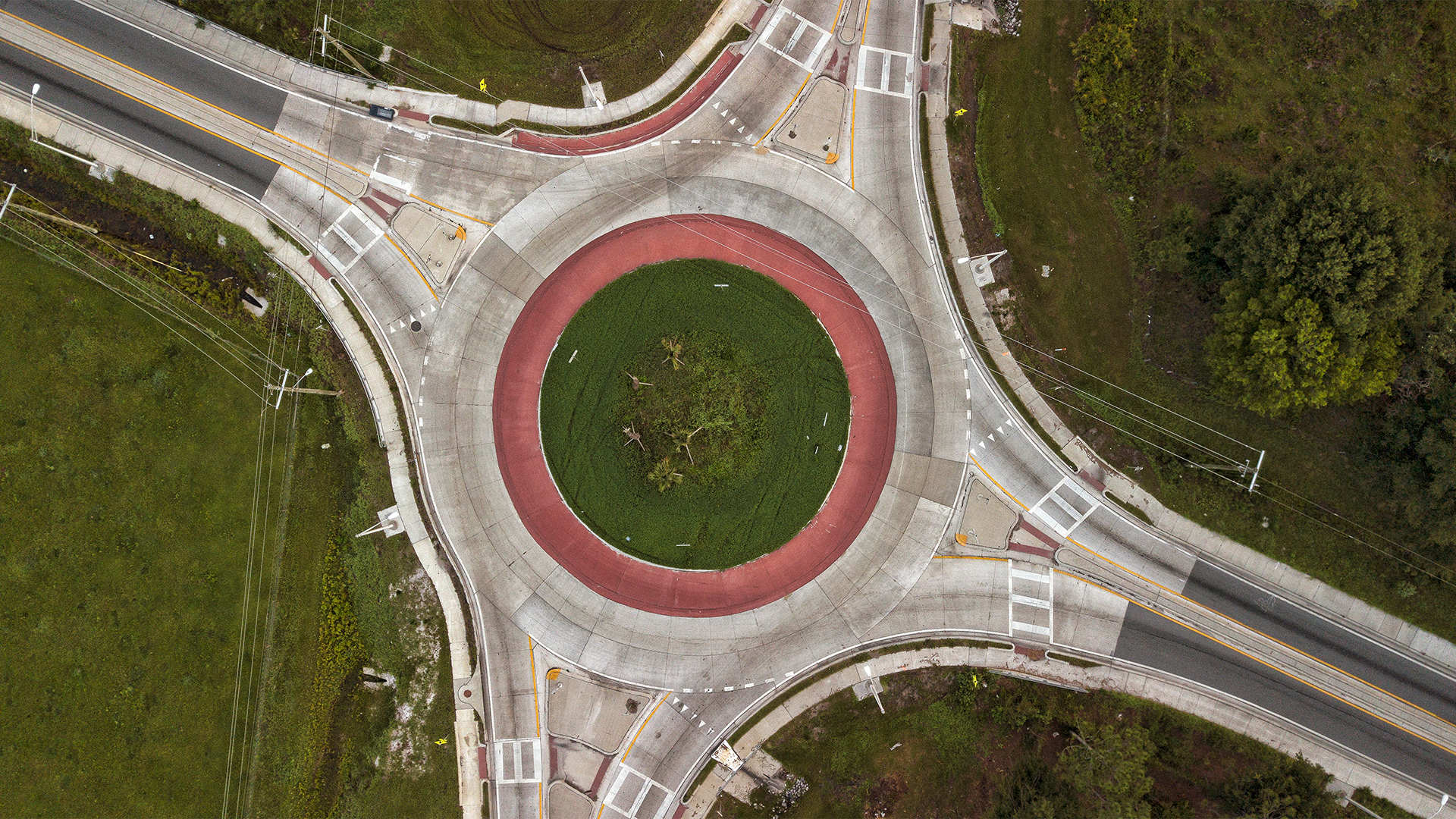
For communities contemplating their first roundabout, a truck rodeo can be a great tool for building support and addressing the concerns of freight haulers, farmers, and other users. The event invites the community to come and test a full-size replica of the roundabout in a controlled environment.

Part II: 1980-Today
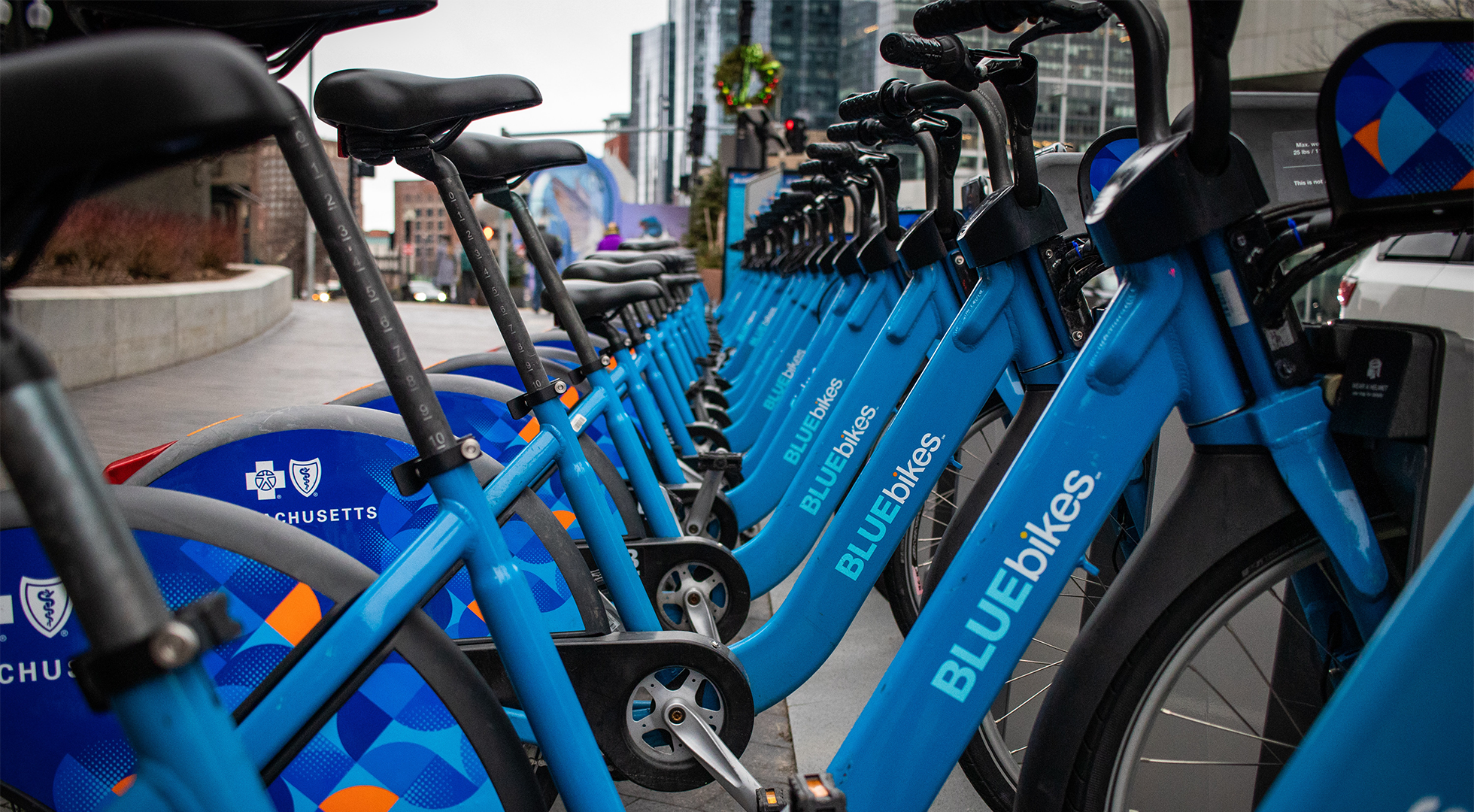
How can the e-bike be a force for transportation justice?
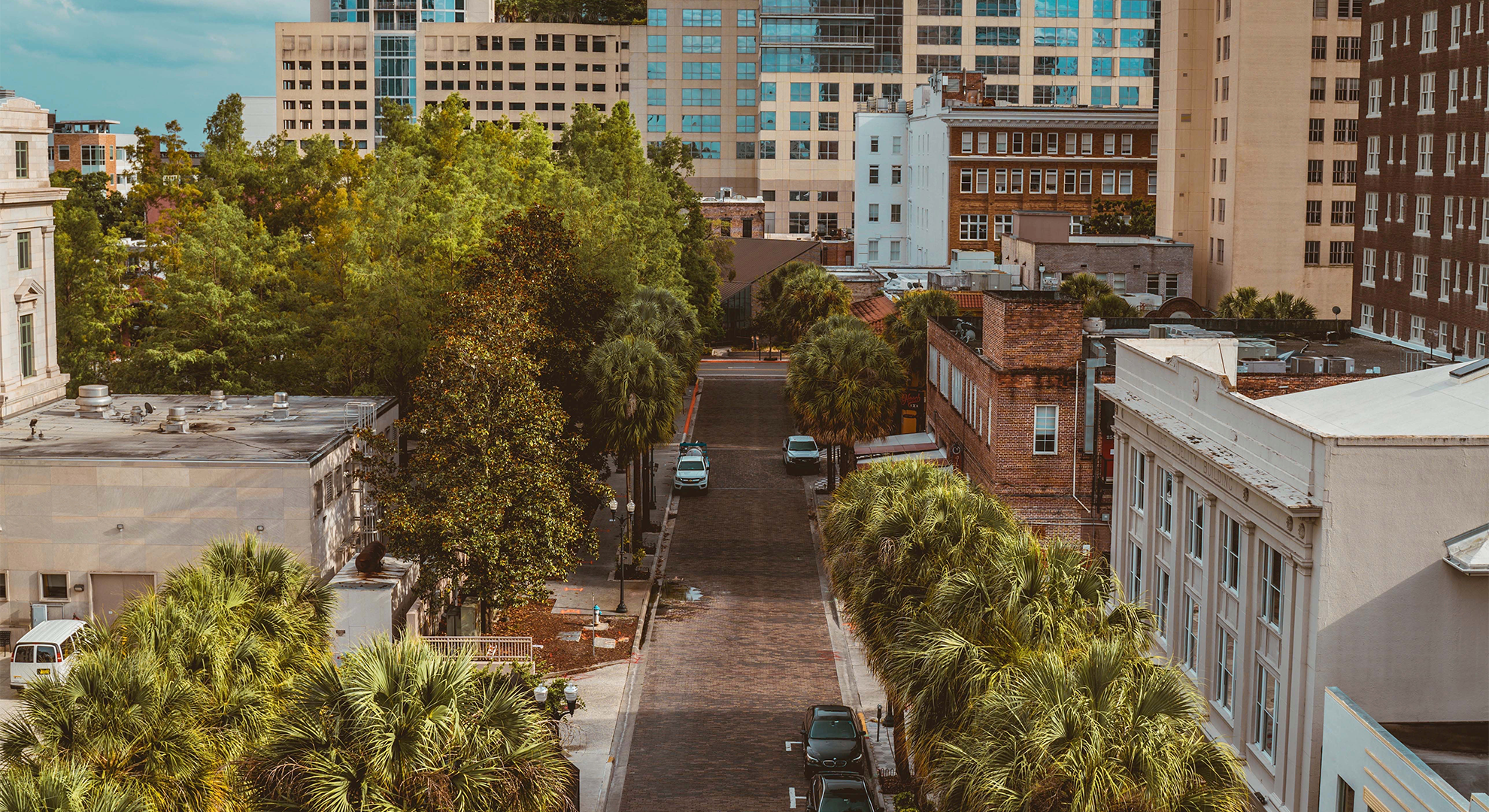
MetroPlan Orlando-the Metropolitan Planning Organization for Central Florida-uses Connected Vehicle data to identify roadways throughout the region where high speeds may be contributing to more crashes and unsafe conditions for people driving, walking, biking, or moving.
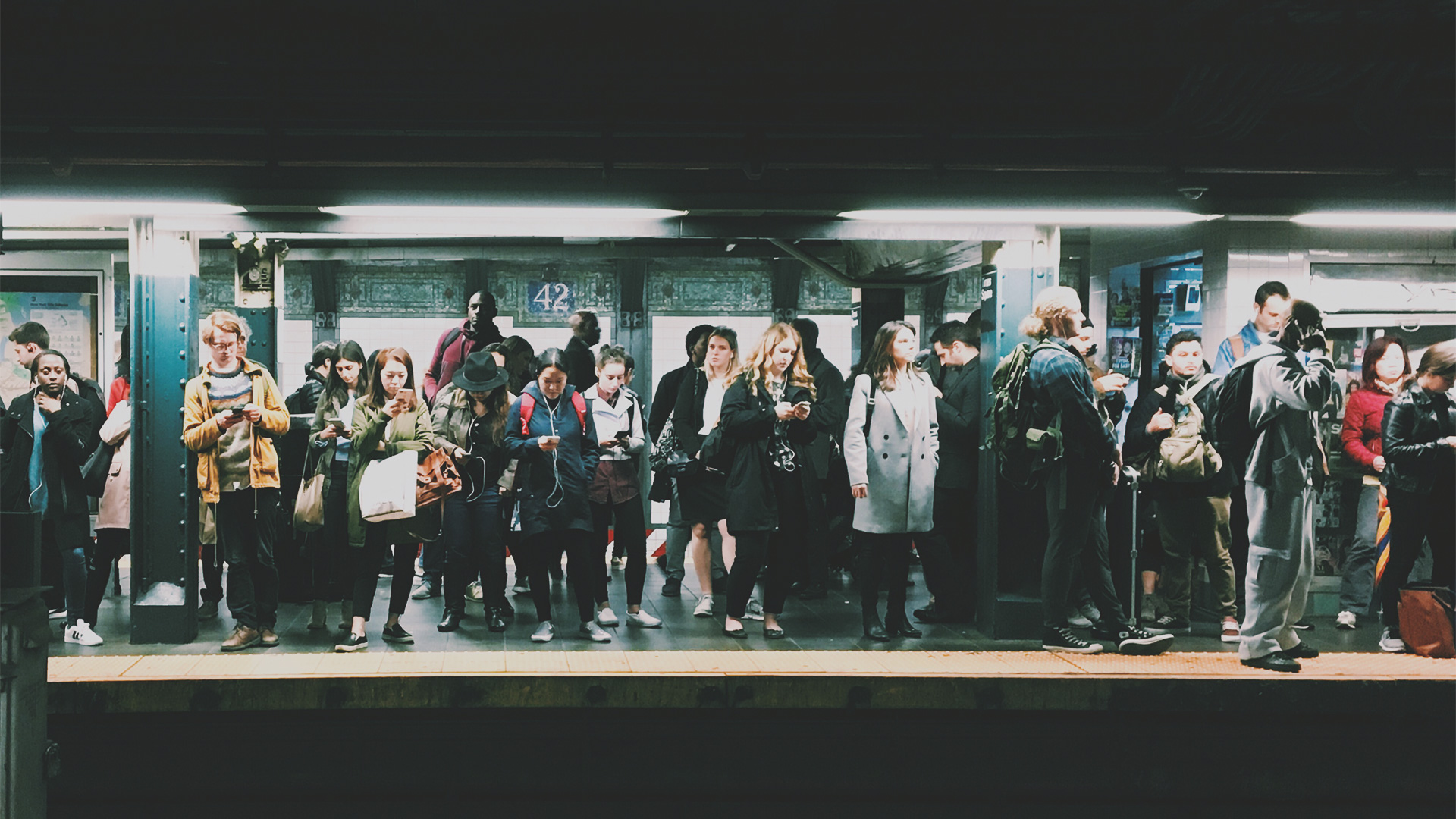
Part I: 1920-1970
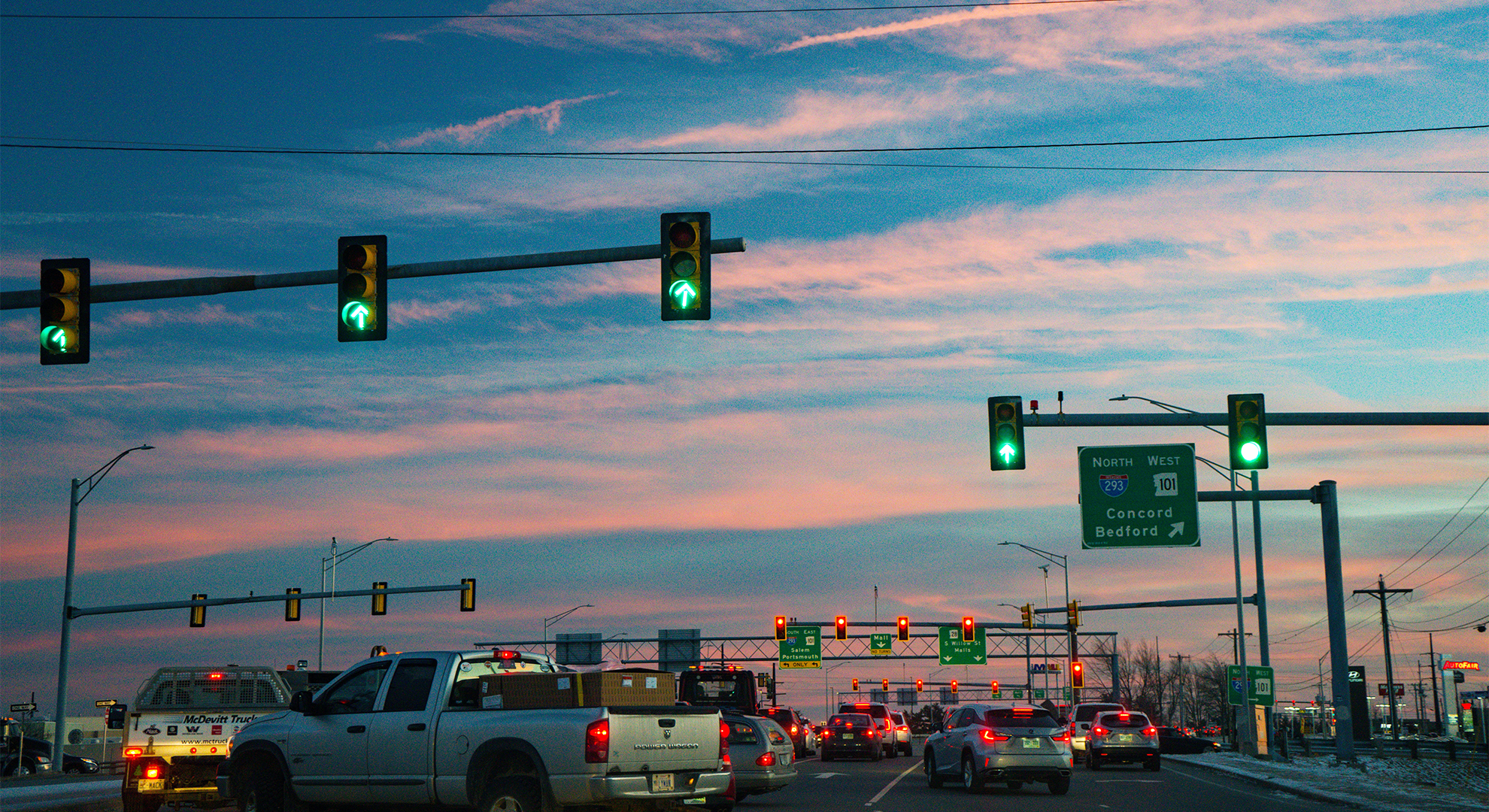
Read on to find out more about cost-effective approaches for investing in Smart Transportation Technology.
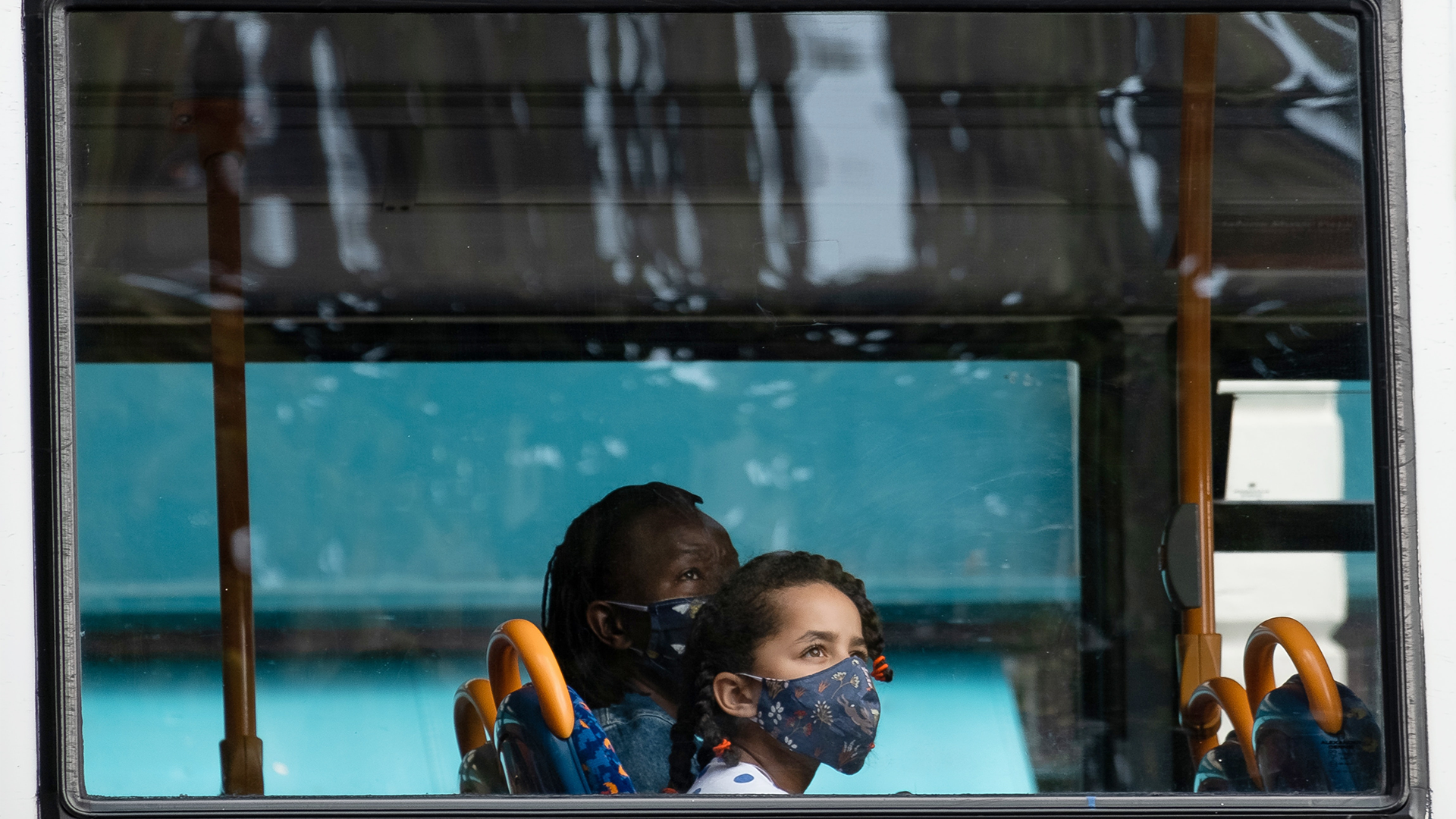
Transportation infrastructure can exacerbate a city’s public health problems. If our existing transportation habits aggravate these big public health issues, then changing those habits can help to mitigate them. Here’s how strategic changes to transportation planning can impact major public health crises.

A major cause of climate change is the country’s greenhouse gas emissions that come from transportation. Reworking our communities to emphasize active transportation methods can play a large role in reducing the toll it takes on our environment.
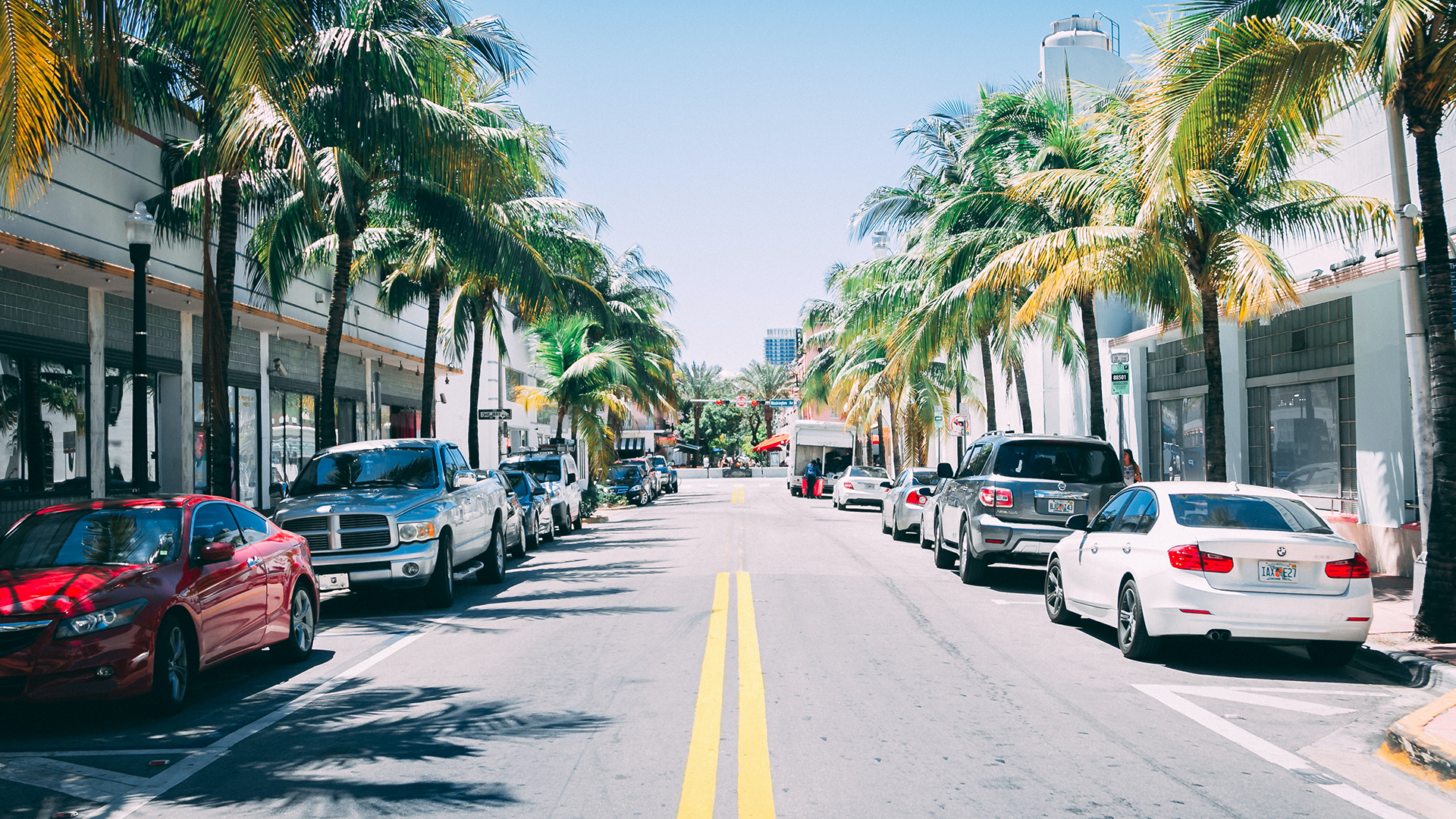
A Look at Parking Policies in Transportation Development Reviews

Highlights of the Highway Safety Improvement Program, which backs the efforts of States and local agencies to proactively prevent severe crashes via safety infrastructure improvements.
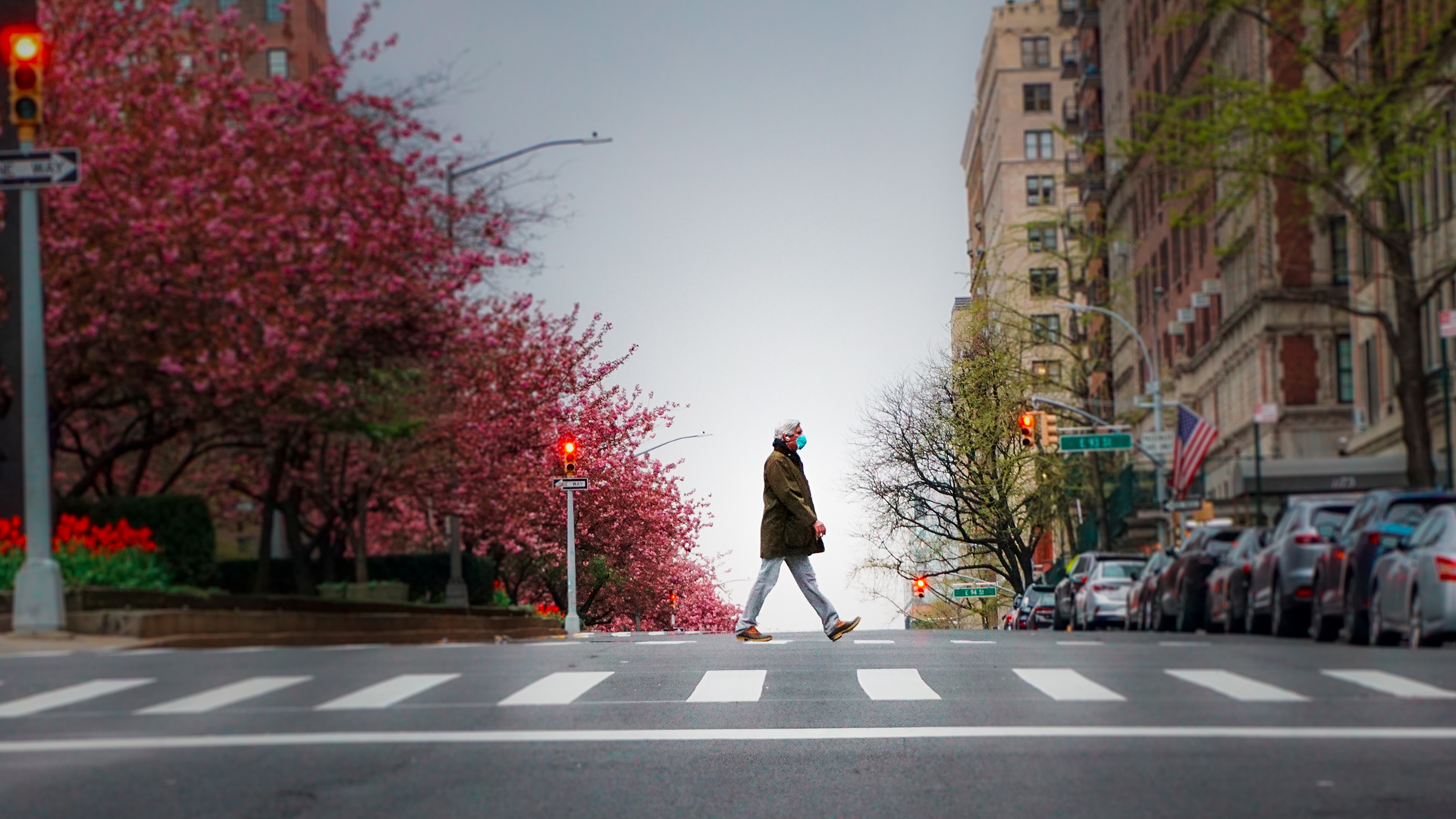
The Transportation Research Board’s National Cooperative Highway Research Program released Research Report 992: Guide to Pedestrian Analysis to help provide guidance and methods for developing safe, functional, and attractive facilities for people who walk.
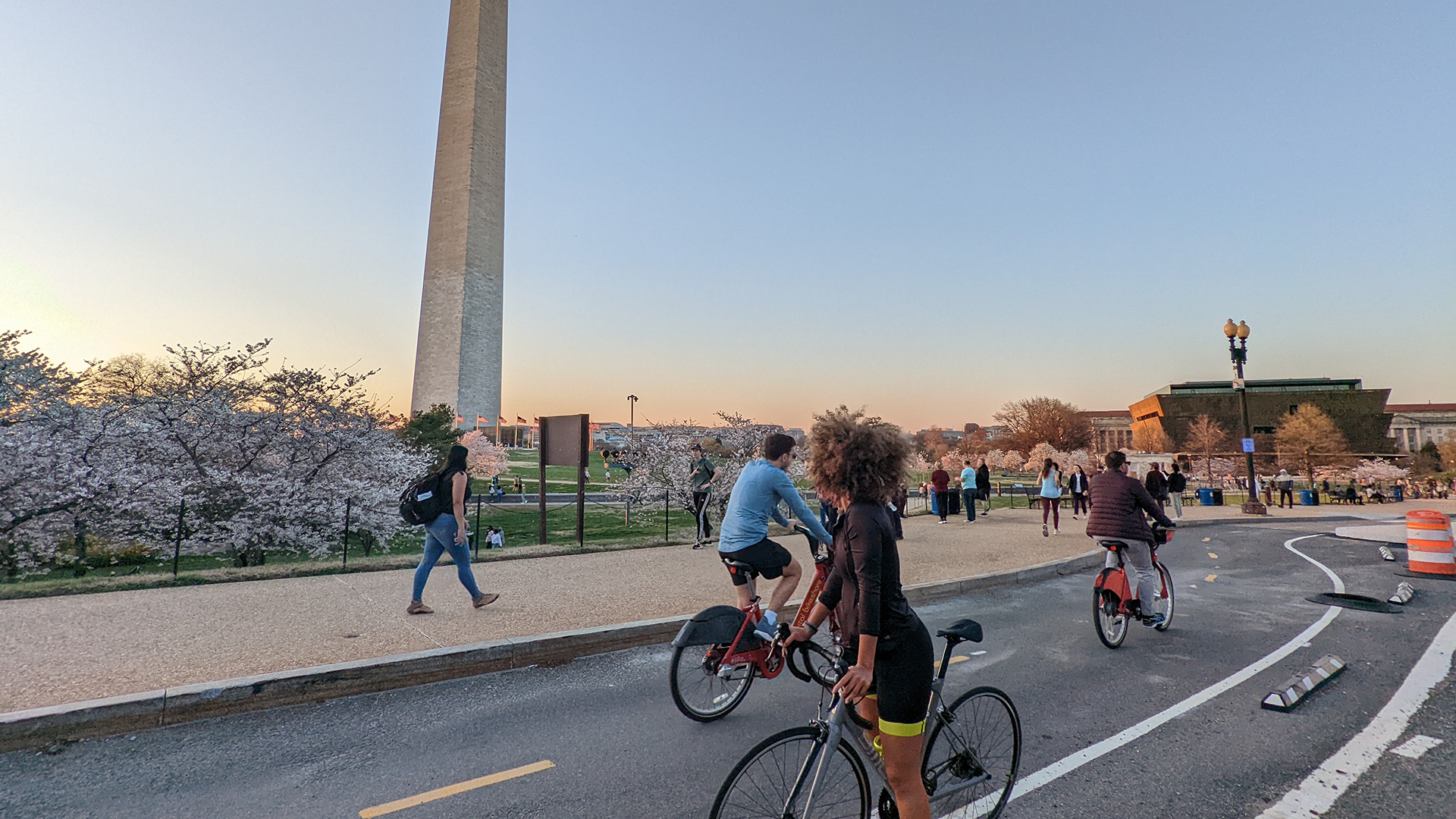
Did you know that bike infrastructure holds many benefits for other modes of transportation, too?
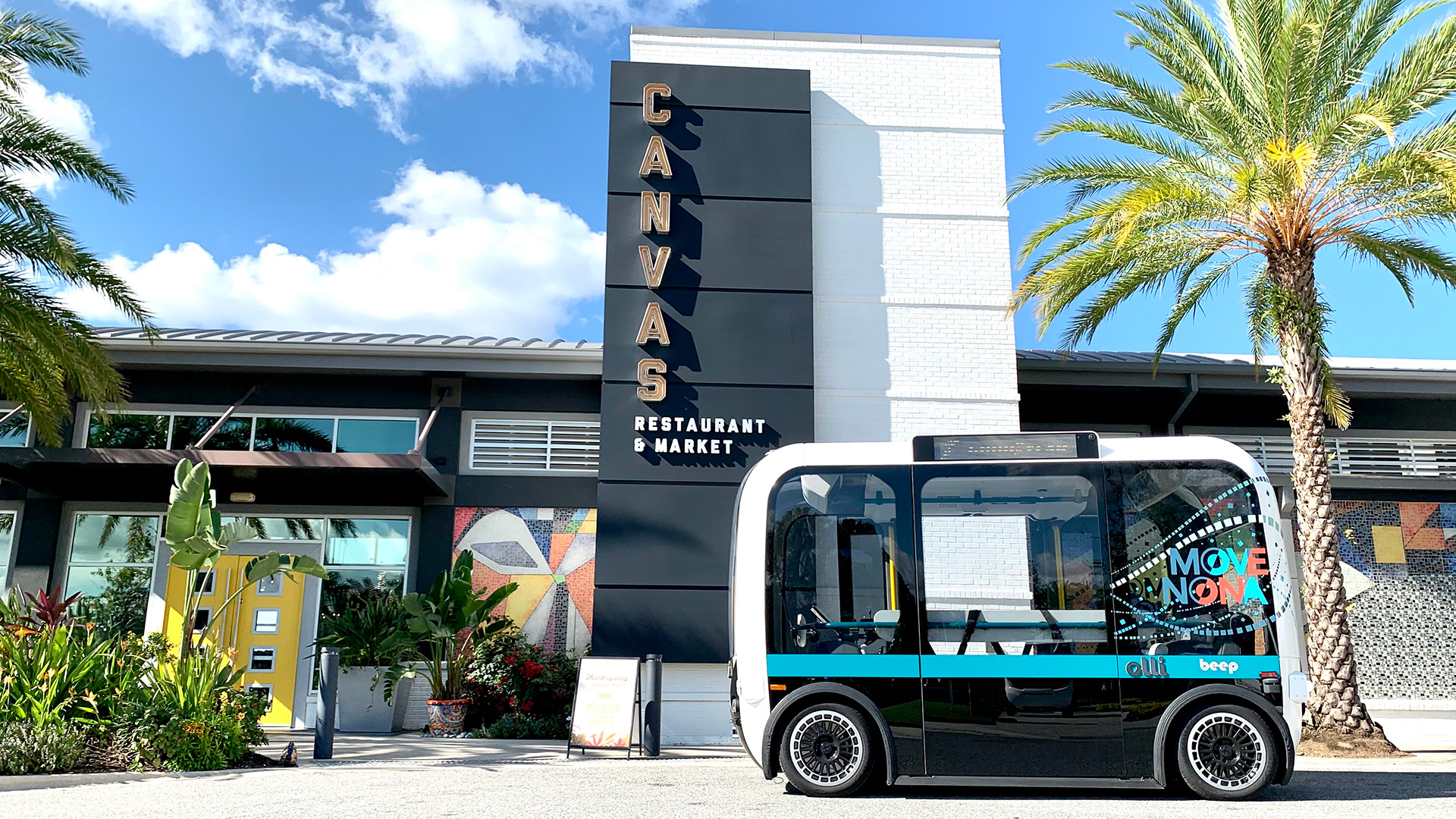
The Lake Nona shuttle fleet has given the industry nearly three years’ of data on how automated vehicles navigate real-world traffic.

Read about some of the biggest resiliency challenges facing our bike systems today, and six specific ways cities are tackling these challenges.

Read examples from seven transportation agencies who have tapped into data and built tools and dashboards that make decision-making on projects quicker, easier, and more informed.
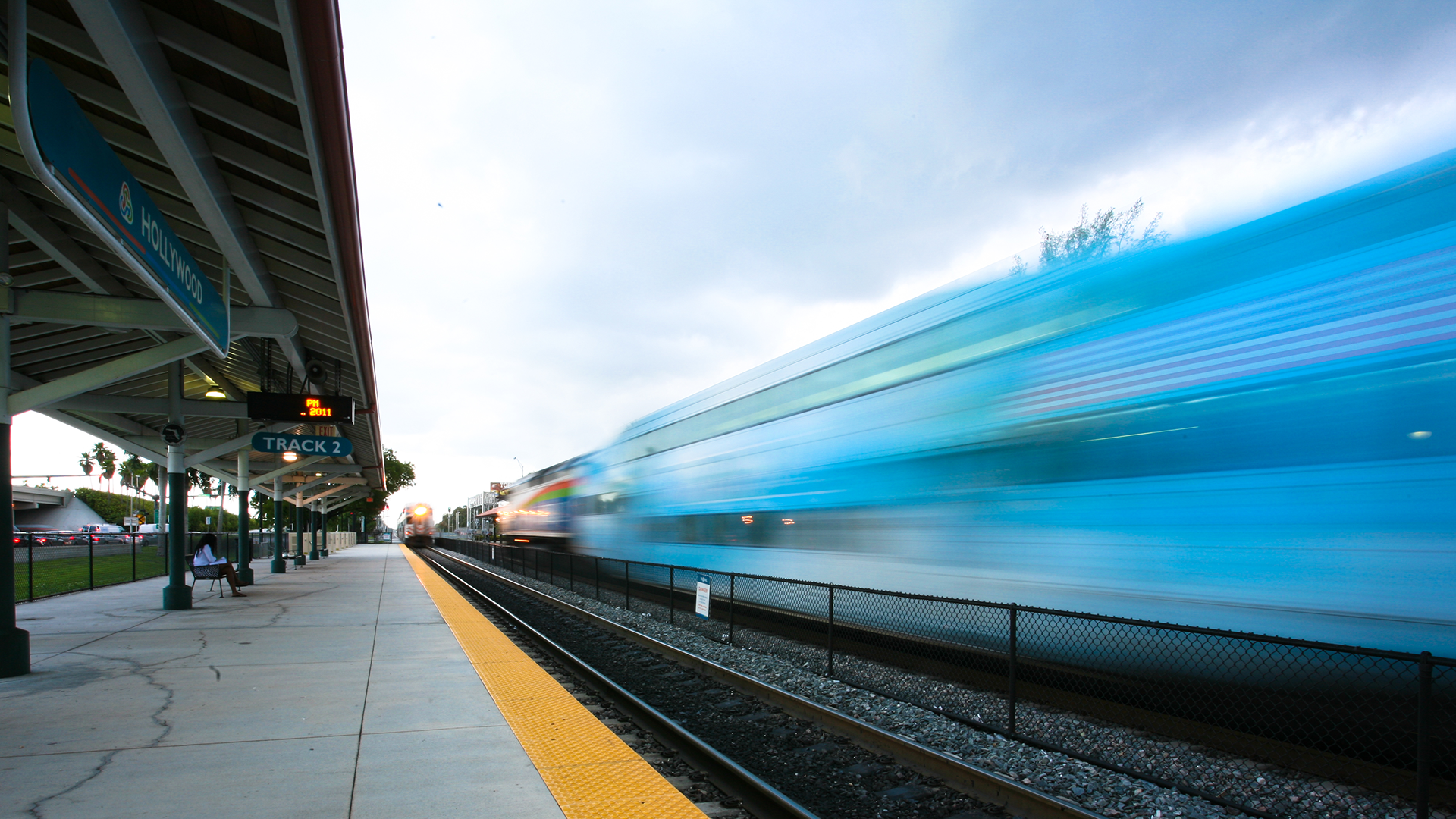
Signed into law in November 2021, the Infrastructure Investment and Jobs Act (IIJA) authorized $1.2 trillion in federal investments into transportation, broadband access, clean water,…
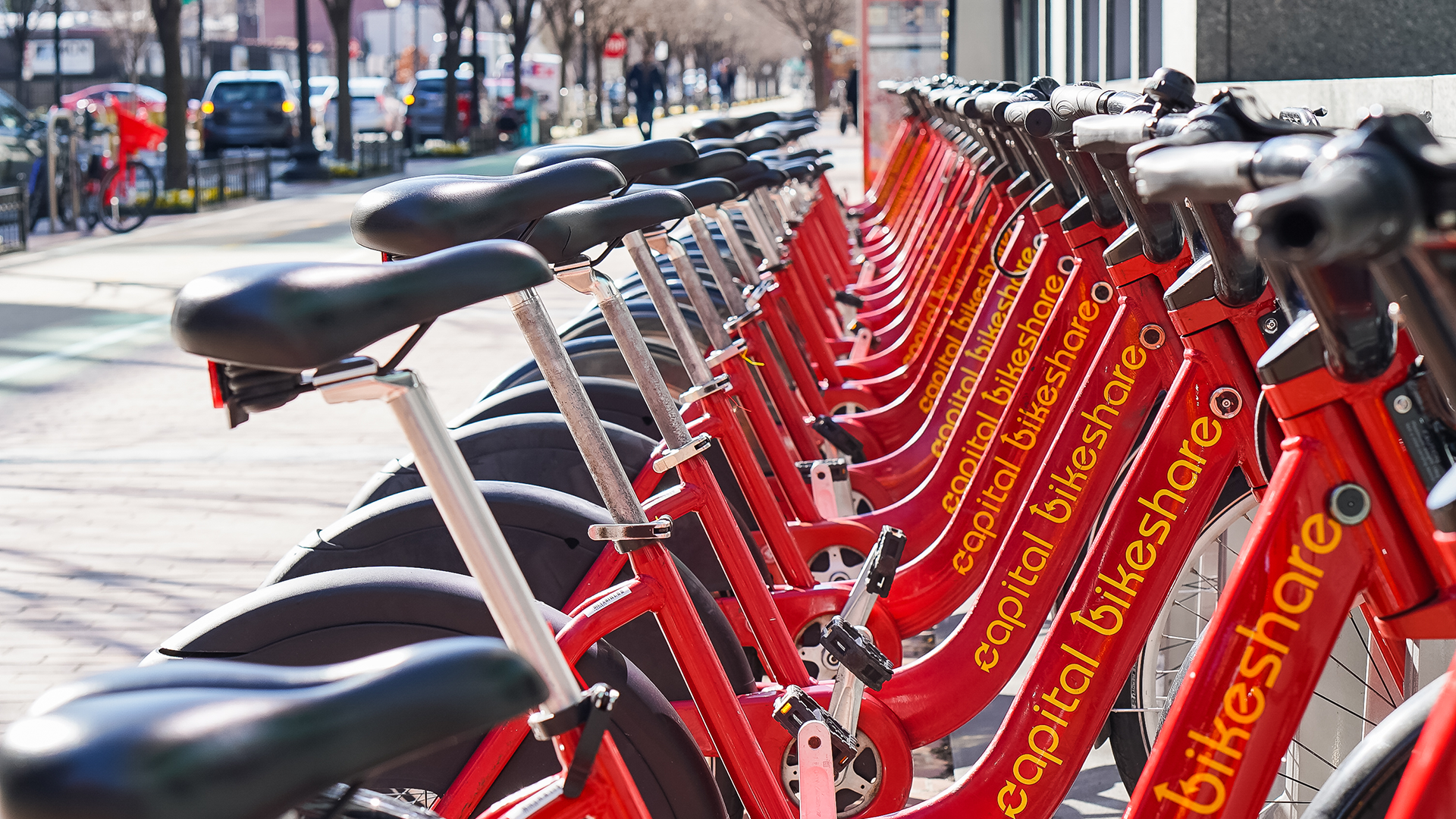
By Jessica Keller, Wayne Kittelson, Rachel Grosso, and Barrett Brown (Forth) Shared micromobility programs are still a relative newcomer to the transportation scene. The first…
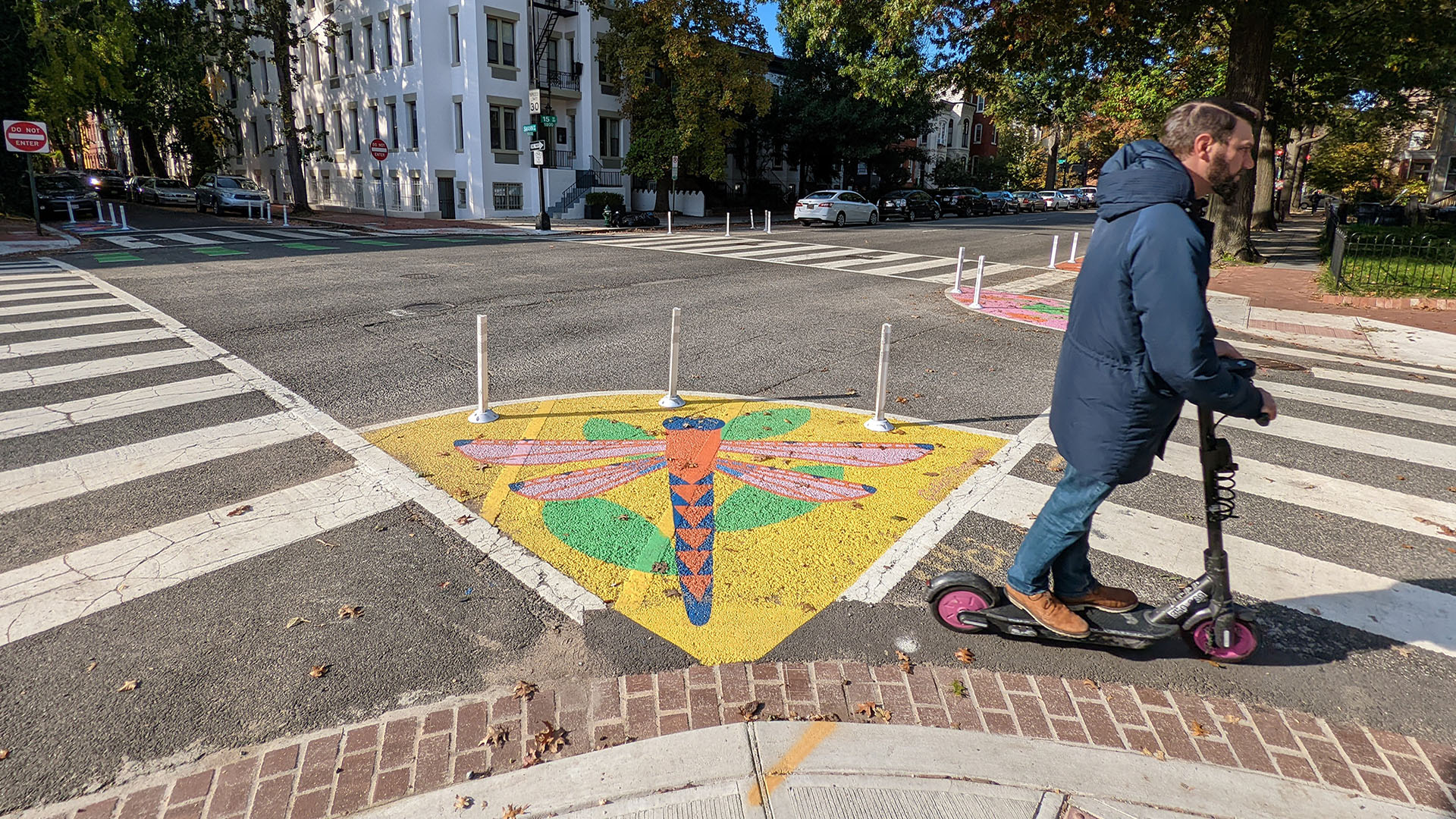
Quick builds make streets safer and more comfortable for vulnerable users and allow D.C. to uphold its promise to citizens to reduce traffic-related fatalities and injuries.
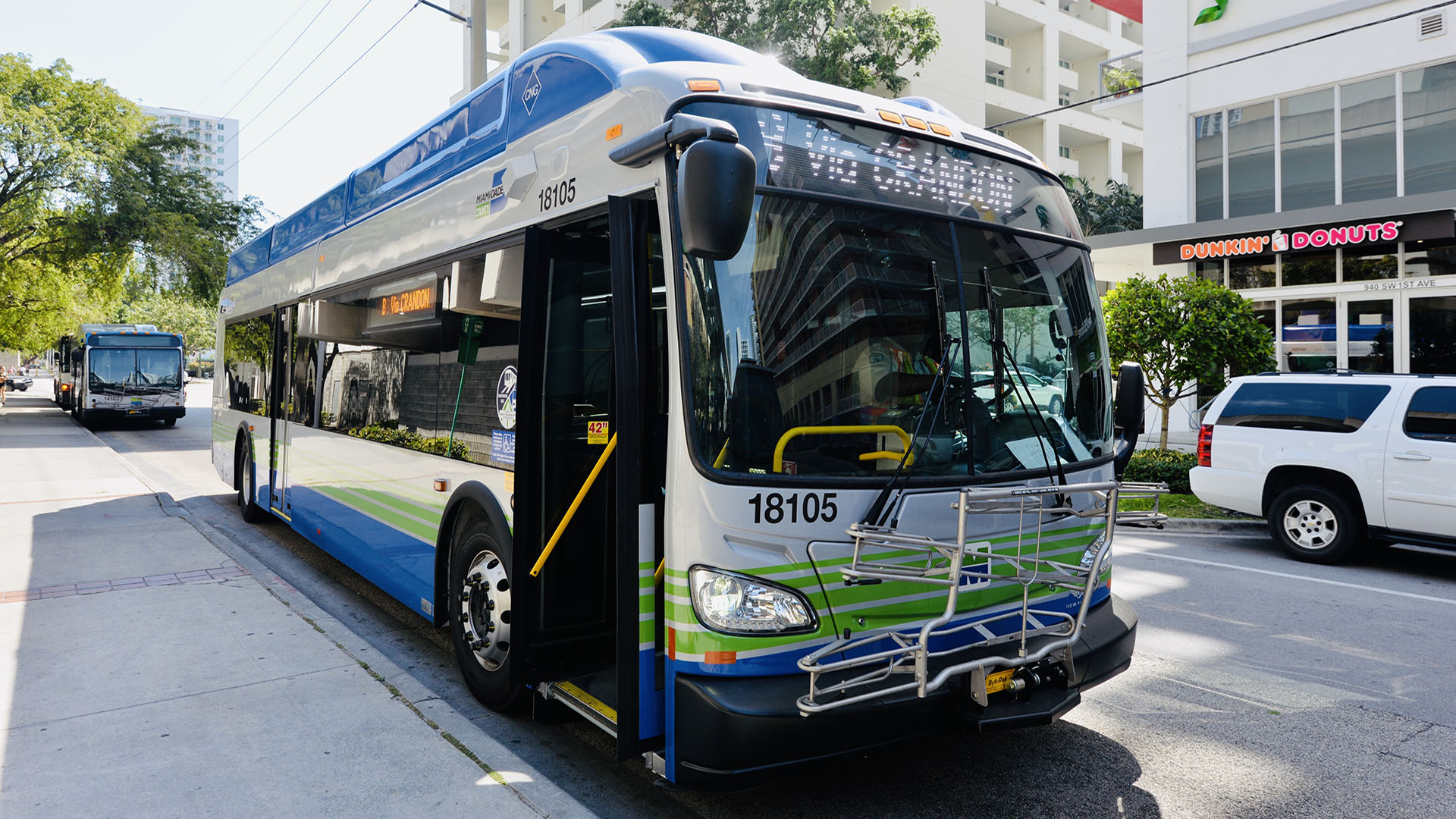
Learn how Miami-Dade County’s Department of Transportation and Public Works (DTPW) redesigned their bus network to increase efficiency, effectiveness, and ridership.
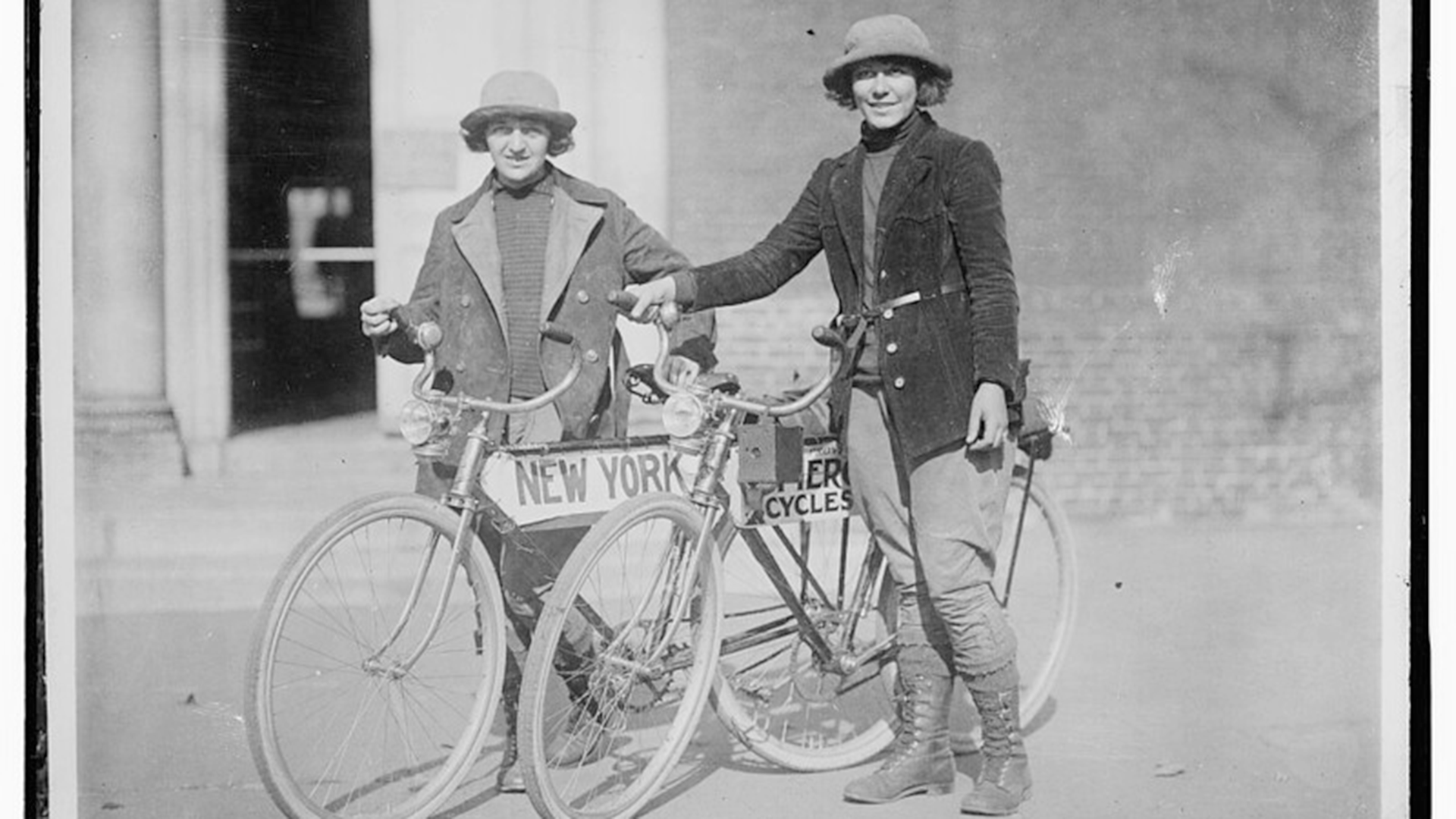
In celebration of Women’s History Month, we’re taking a look at how brave women used bicycles as a tool, claiming the machine and public space for themselves and one another.
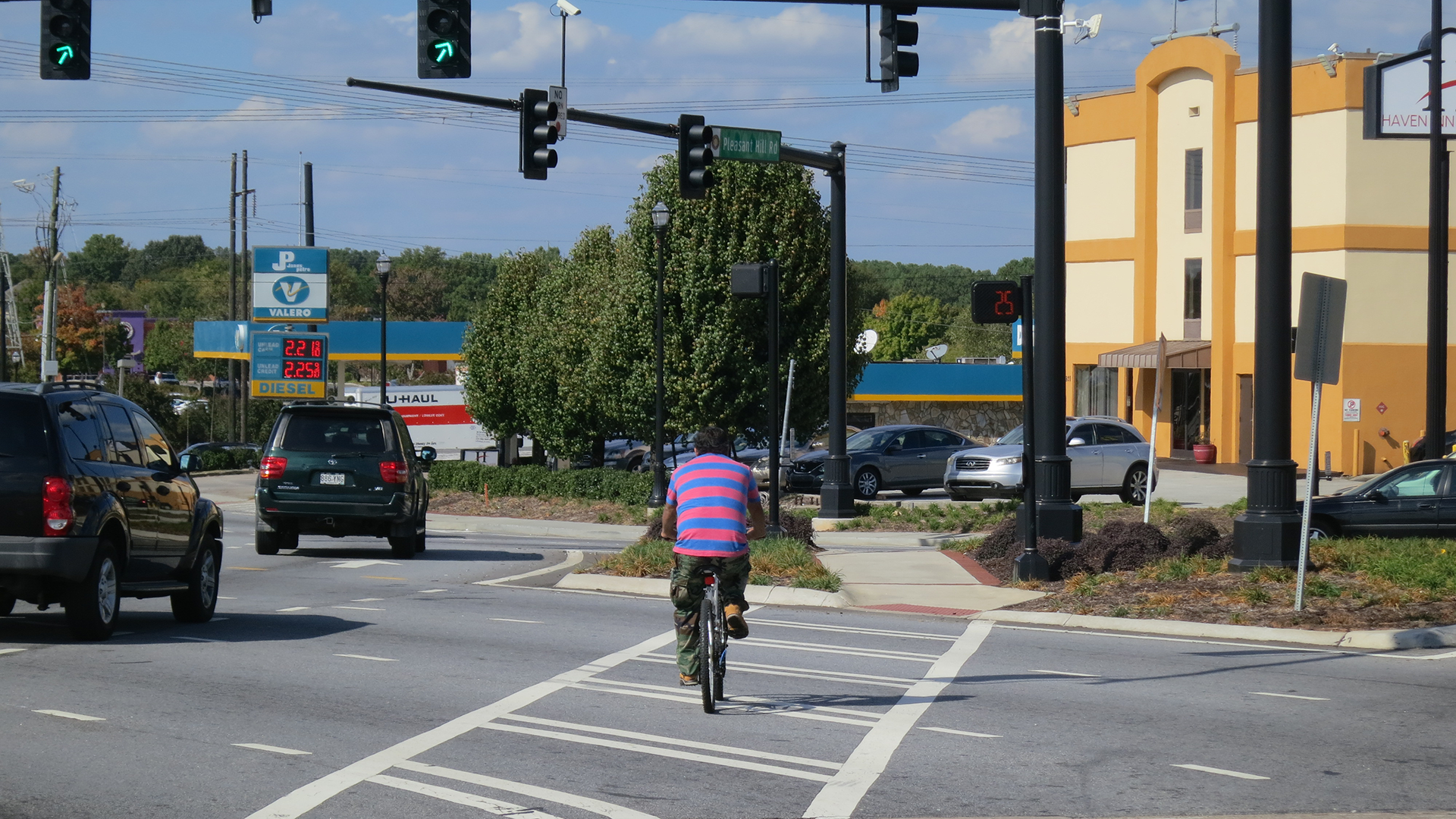
Historically, people walking and biking have not been prioritized in intersection design, and this is often apparent at Alternative Intersections and Interchanges (AIIs).
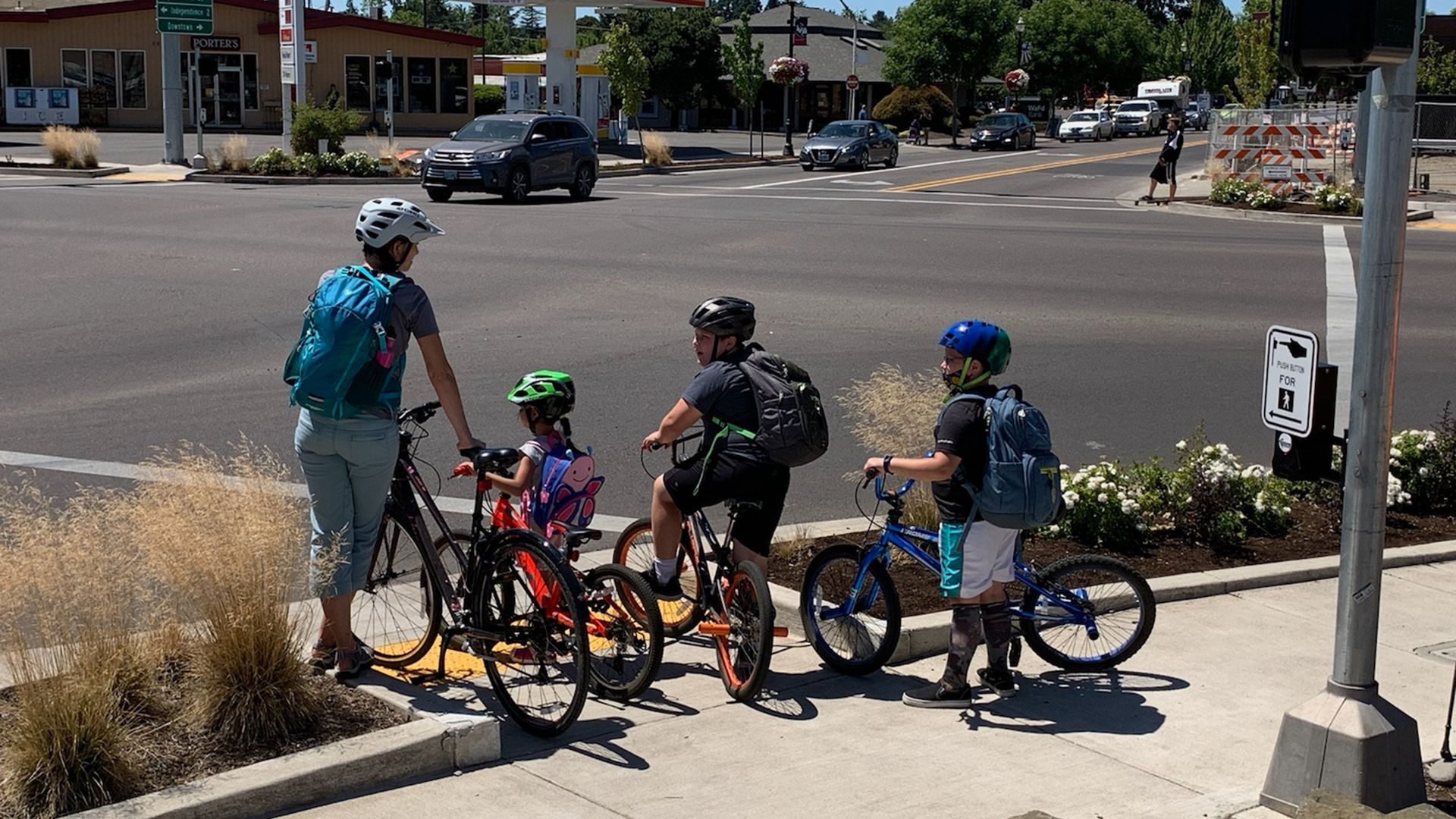
NCHRP Research Report 969 describes a toolbox of treatments to better address the needs of pedestrians and bicyclists at signalized intersections.

How can local agencies create an environment that’s ready for electric vehicles (EVs) through development codes and policies? On February 23, Kittelson and Forth held…
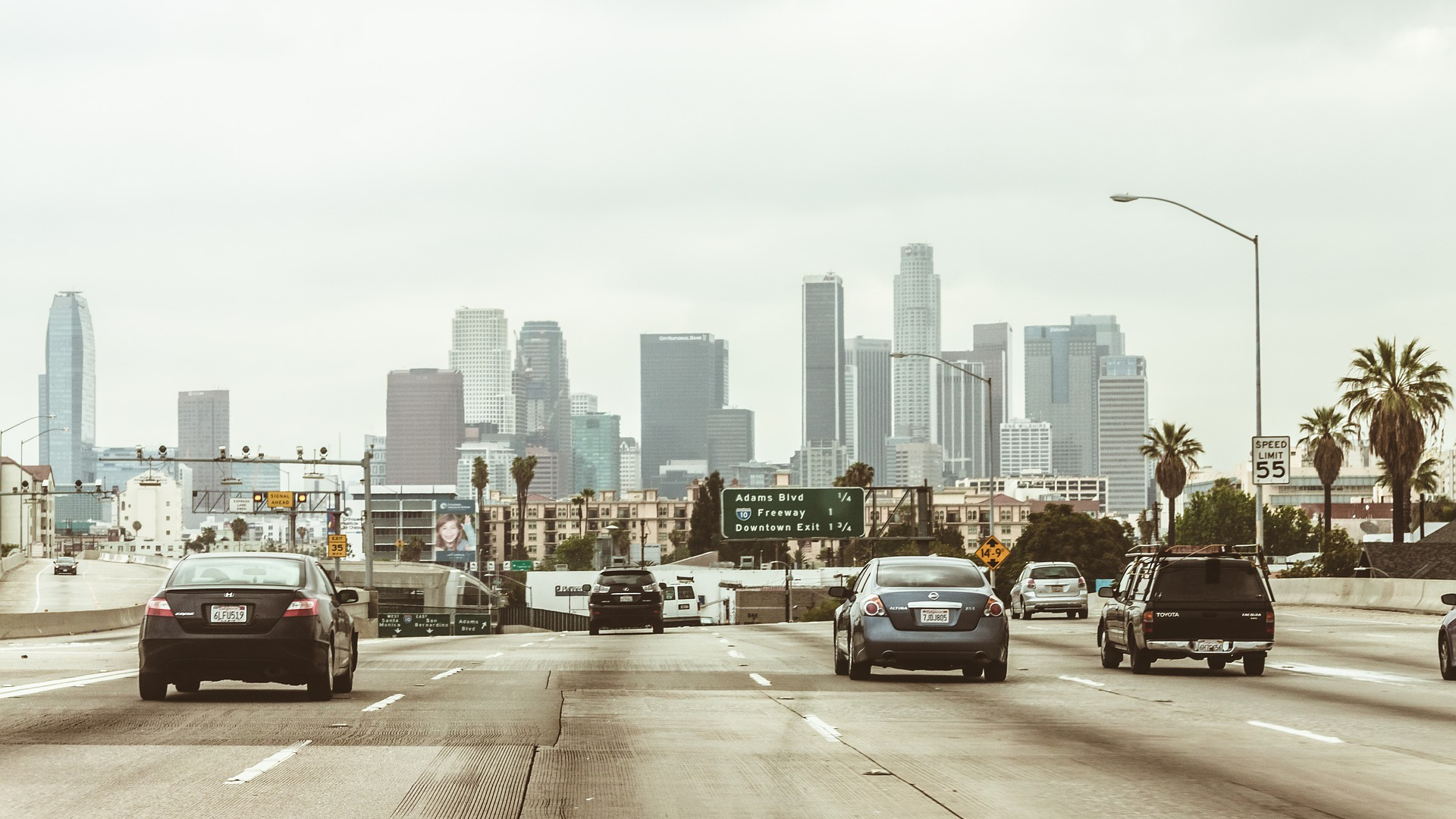
In celebration of #BlackHistoryMonth, we invite you to read the story of Lois Cooper, whose remarkable career at Caltrans and investment in the lives of hundreds of students changed the the career trajectories of many who followed in her path.
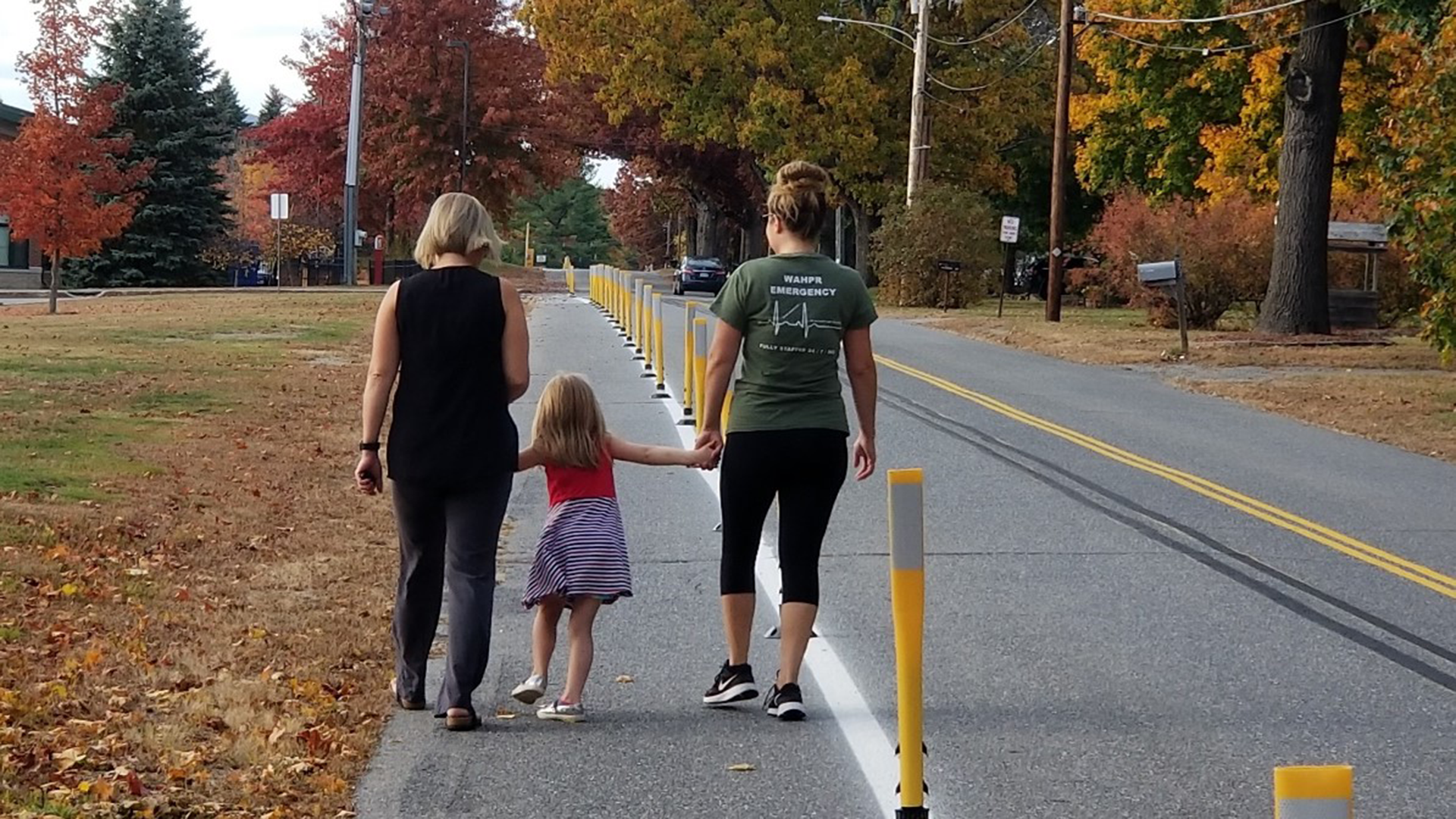
How have quick build installations impacted travel patterns, shopping and dining habits, and safety for communities? A report analyzes the impact of quick build projects implemented in Massachusetts in 2020 and 2021.
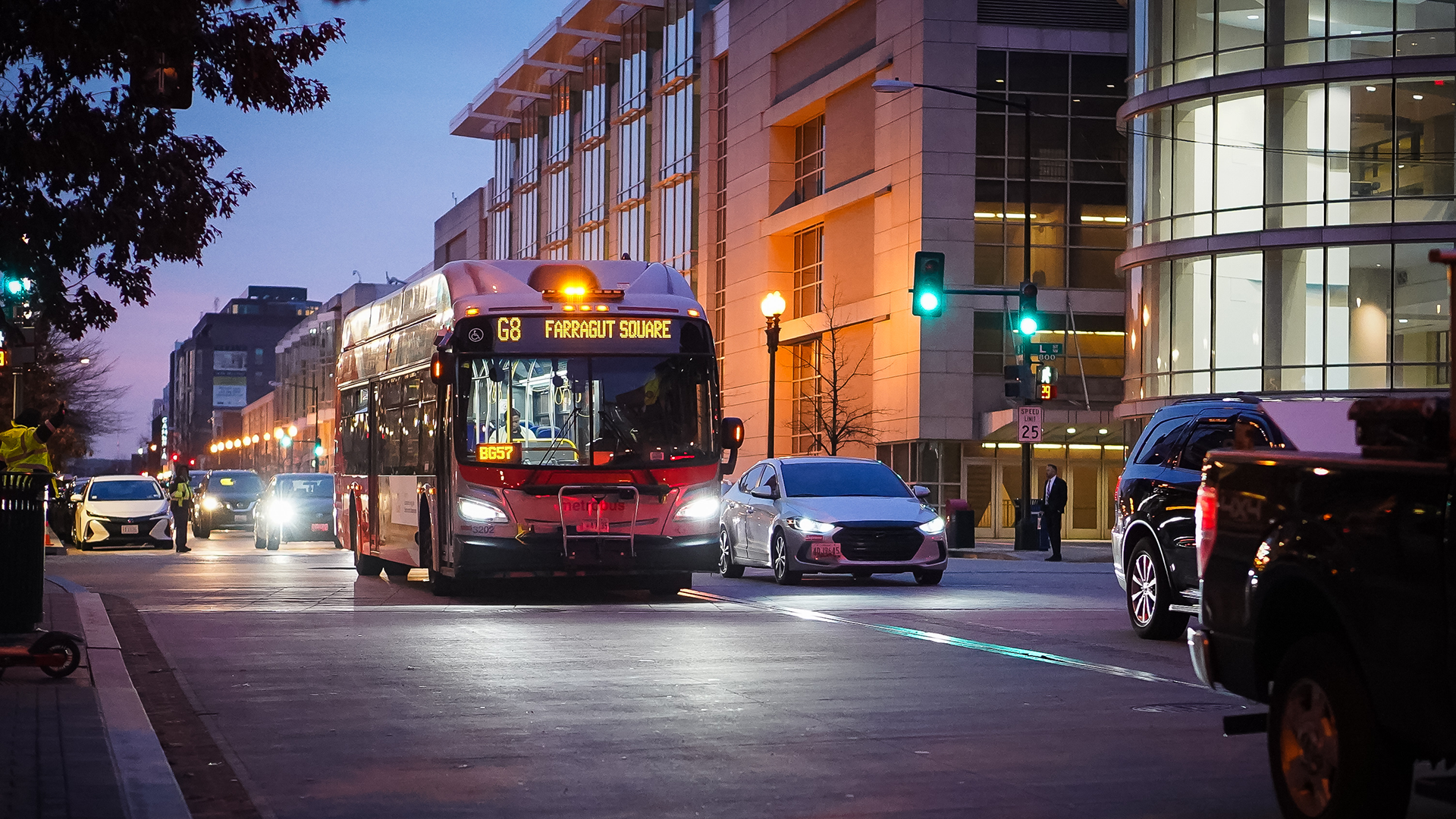
The 2022 TRB Annual Meeting took place January 9-13. Read on for a summary of the event and the themes that stuck out to us as the transportation profession enters 2022.
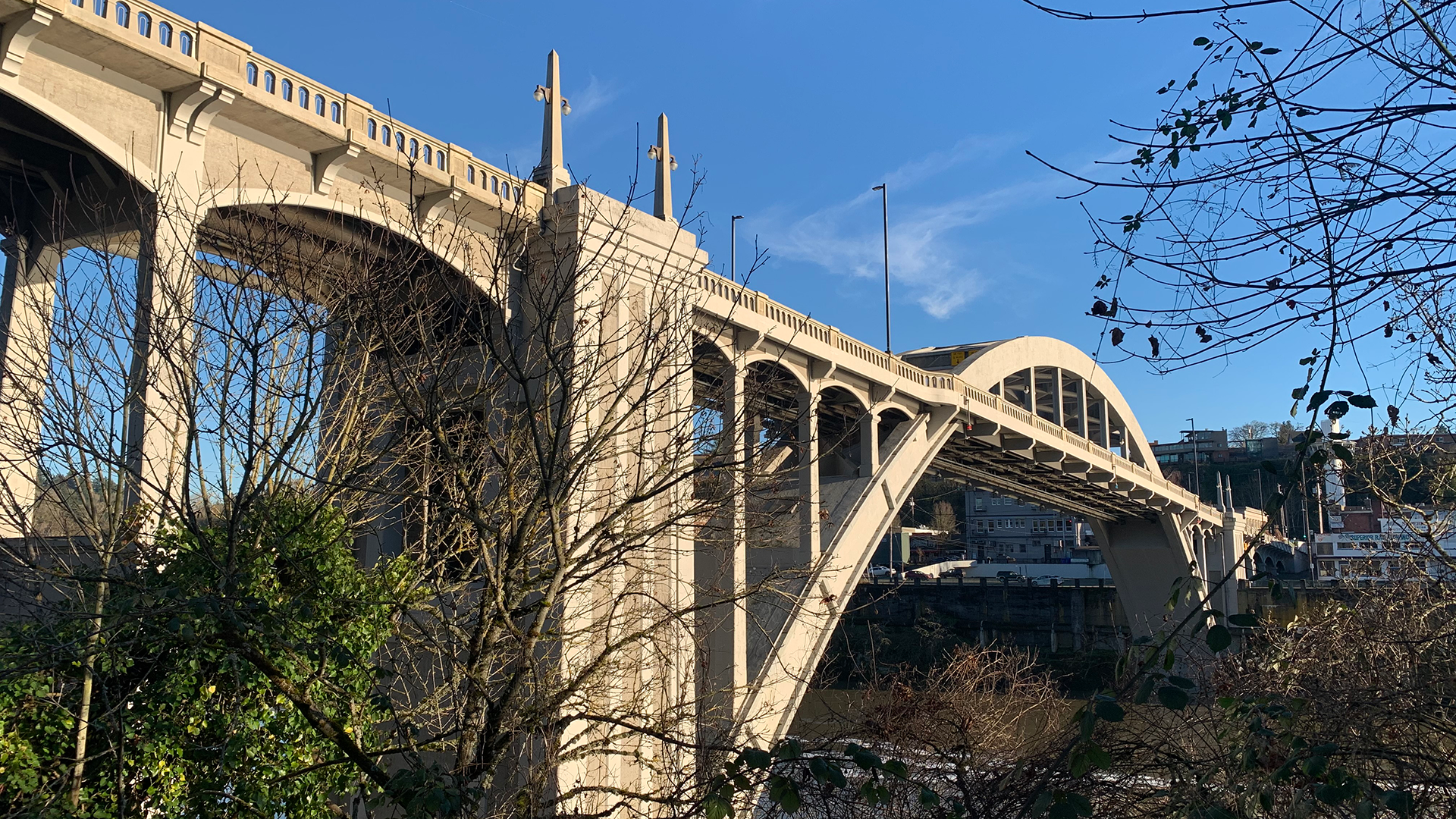
Honoring the culture and history of Willamette Falls was essential to identifying the best alignment location for a new bicycle and pedestrian crossing between West Linn and Oregon City.
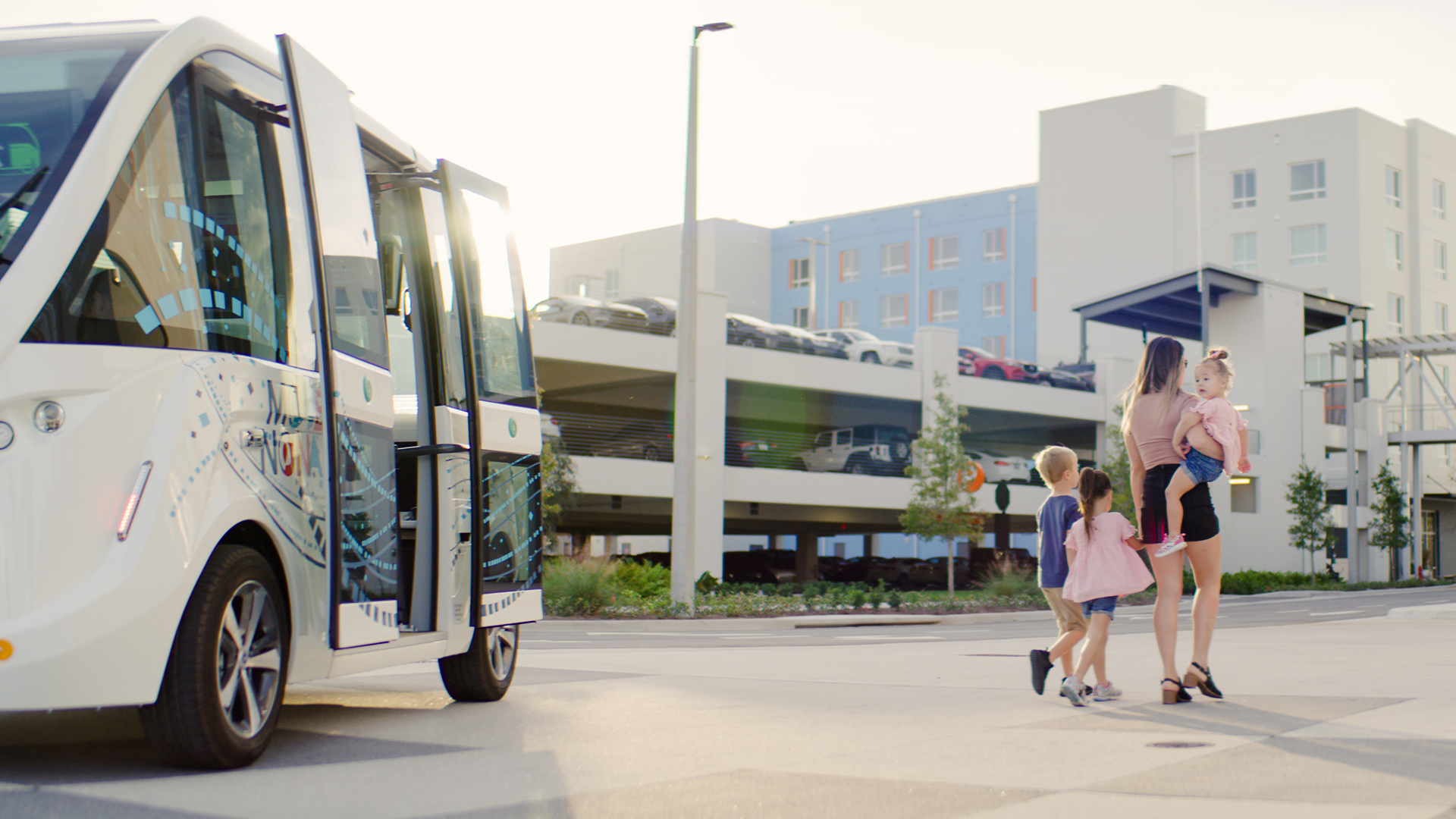
Read about the benefits of AV pilot programs, what we can learn from previous deployments, and how to write a successful AV pilot grant.
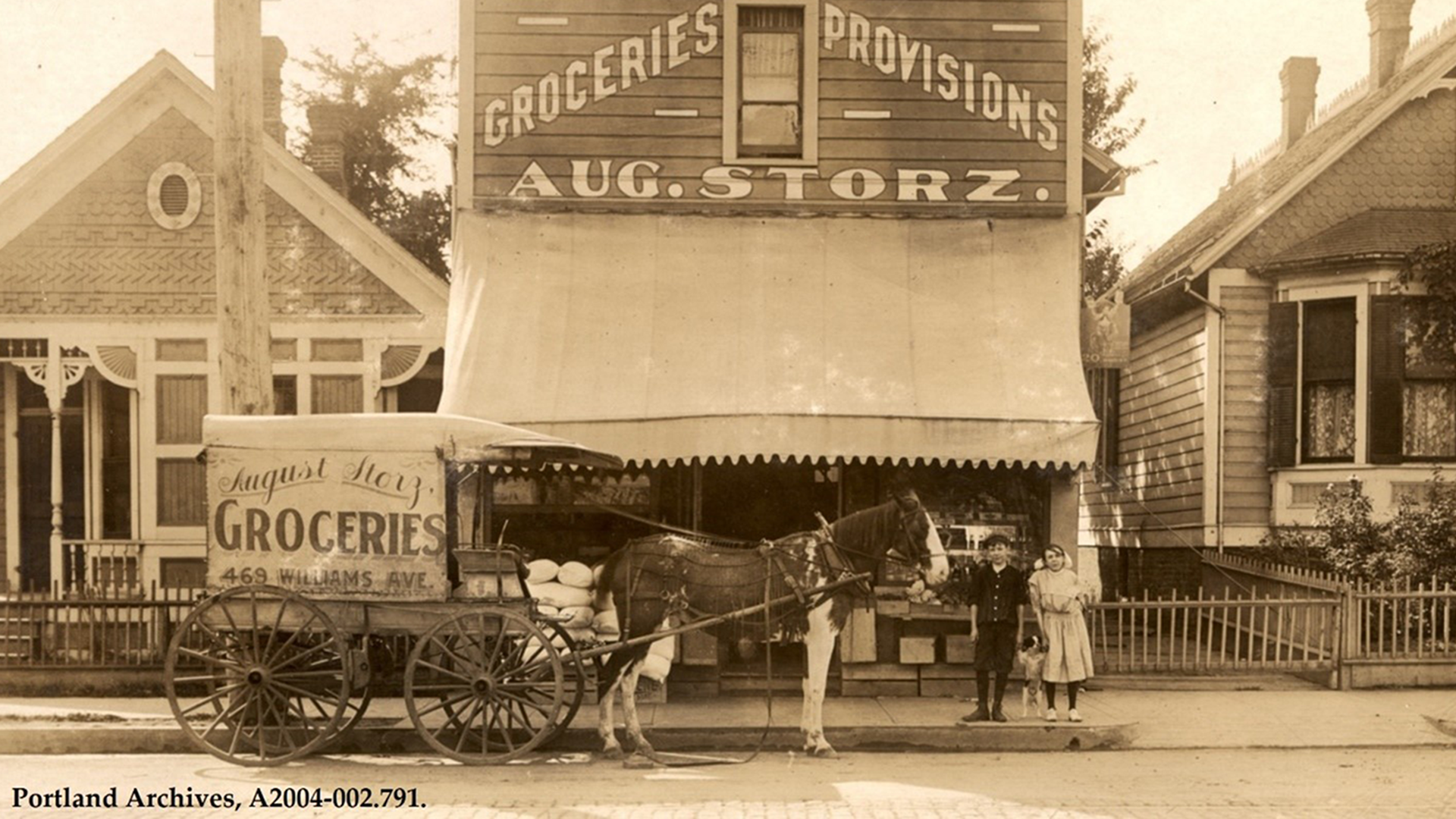
The history of urban horses holds valuable information for planners and engineers in the present. Understanding a community’s horse-powered past can reveal a footprint designed for the very low-speed, complete street environment we work so hard to create today.
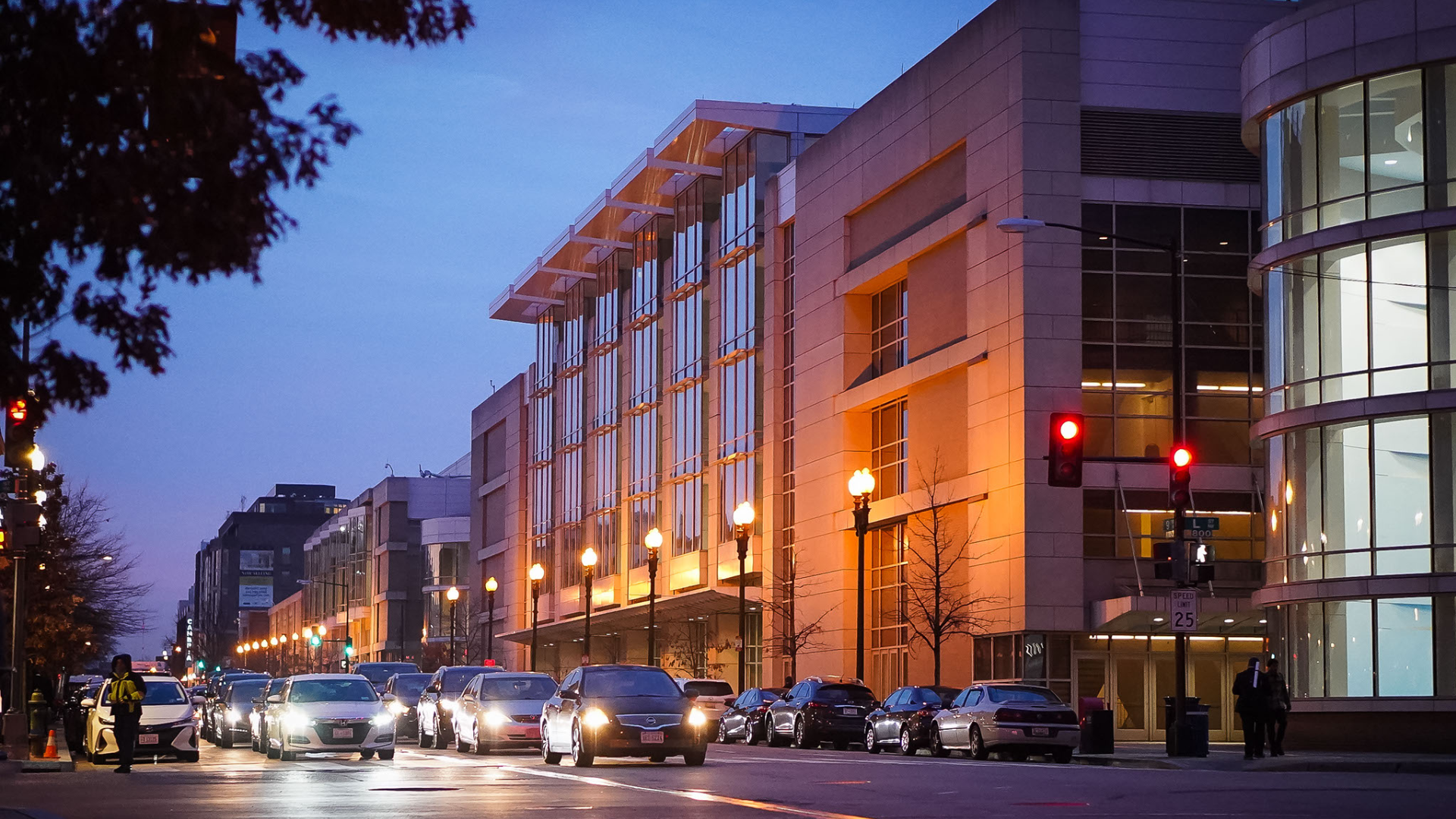
After a noteworthy year in which the world’s largest transportation research conference was moved online, the Transportation Research Board (TRB) Annual Meeting will be back to its…
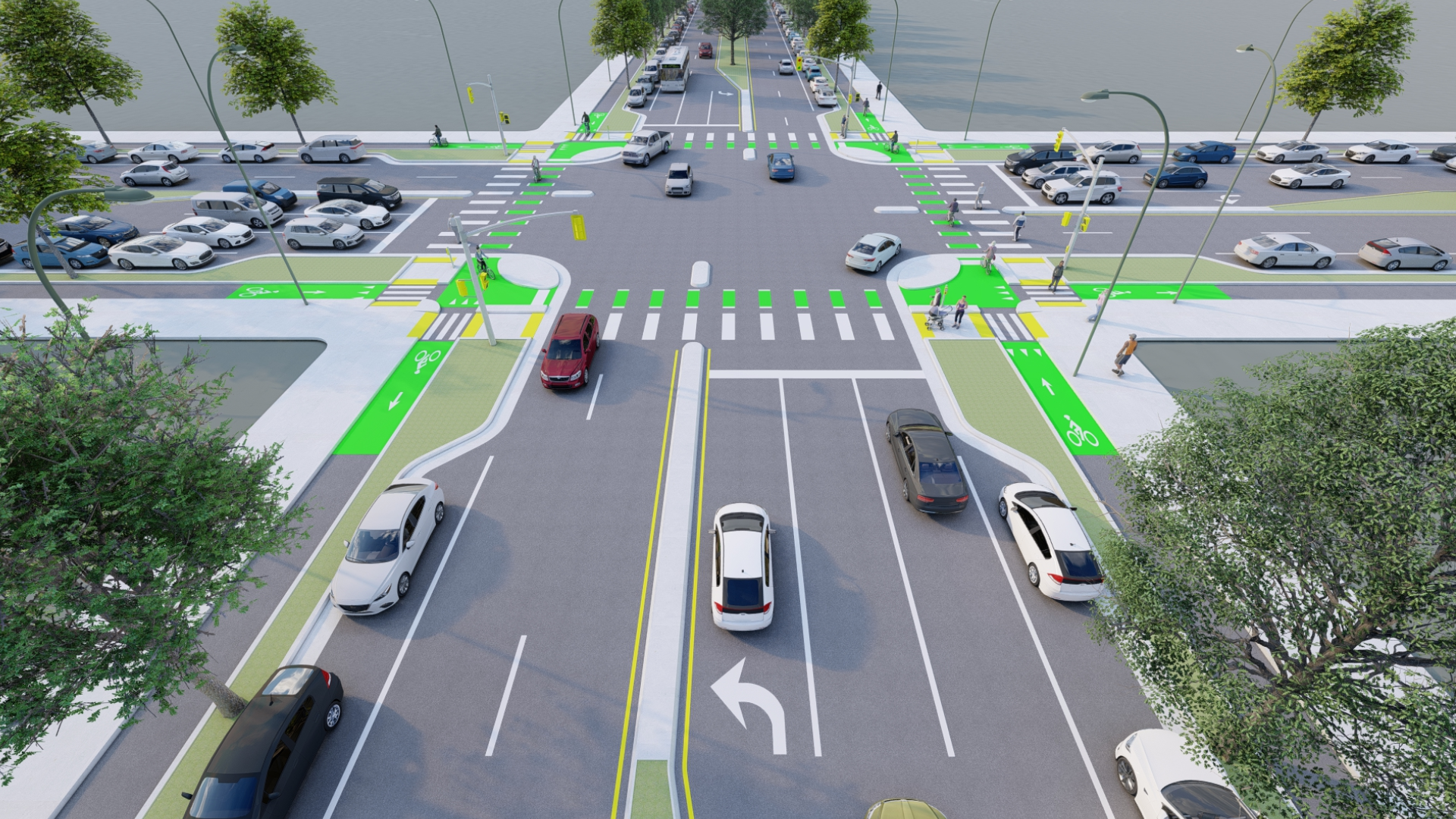
At what types of intersections are bike boxes most appropriate? How much do separated bicycle lanes typically cost? The answers these questions can be found on Virginia Department of Transportation (VDOT)’s new Bicycle and Pedestrian Treatments website.

The Infrastructure Investment and Jobs Act was passed by the House of Representatives on November 5, 2021. What does this mean for state and local agencies?

Project reports contain a wealth of information-the culmination of months or years of technical analysis, community engagement, and hard work. But if the document is difficult to digest, the impact of that work is limited.
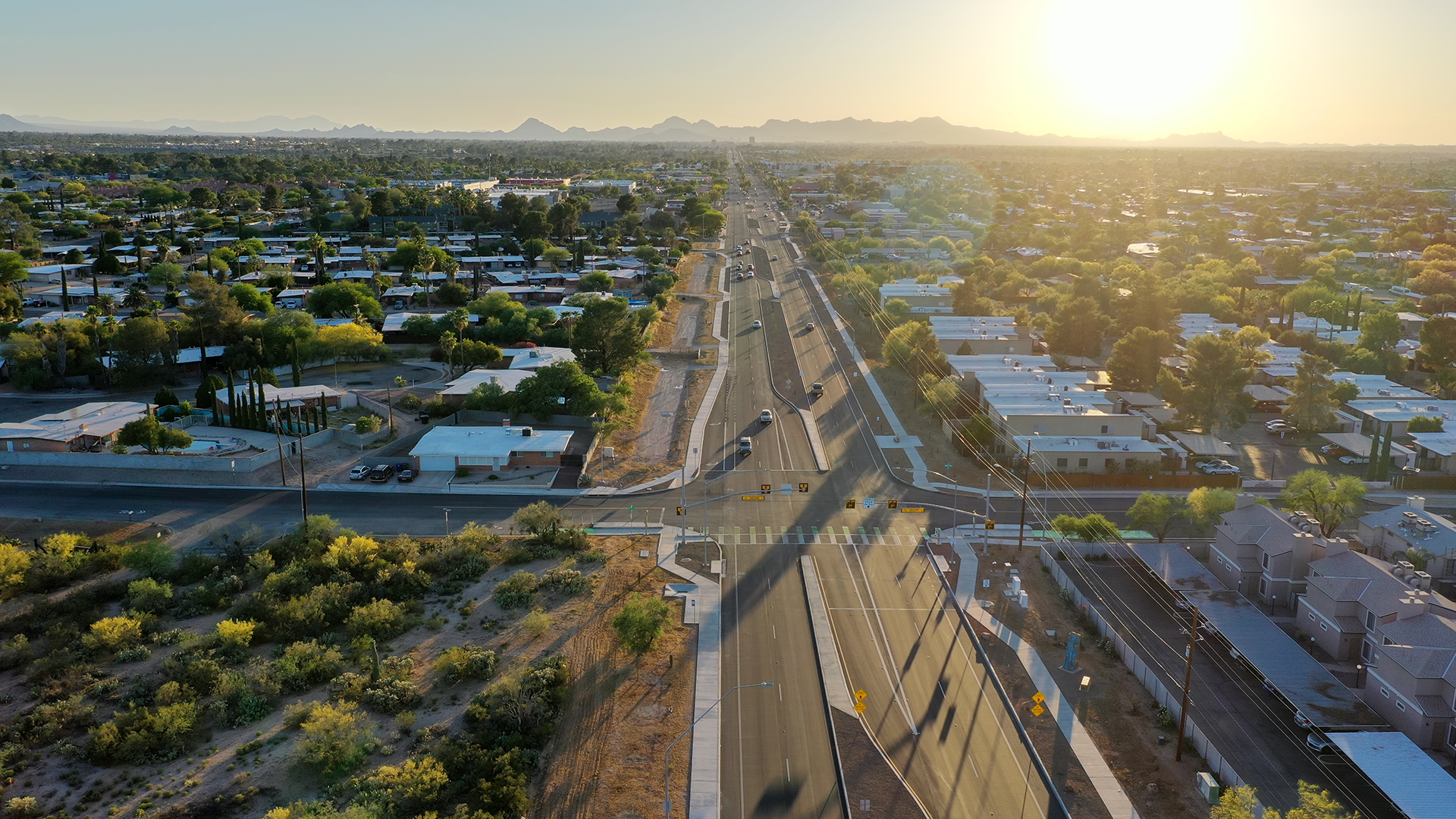
Under certain roadway and traffic conditions, signal coordination can be effective in reducing delays for drivers. However, it also has limitations, and its impact on pedestrians, bicycles, and transit is not often recognized.
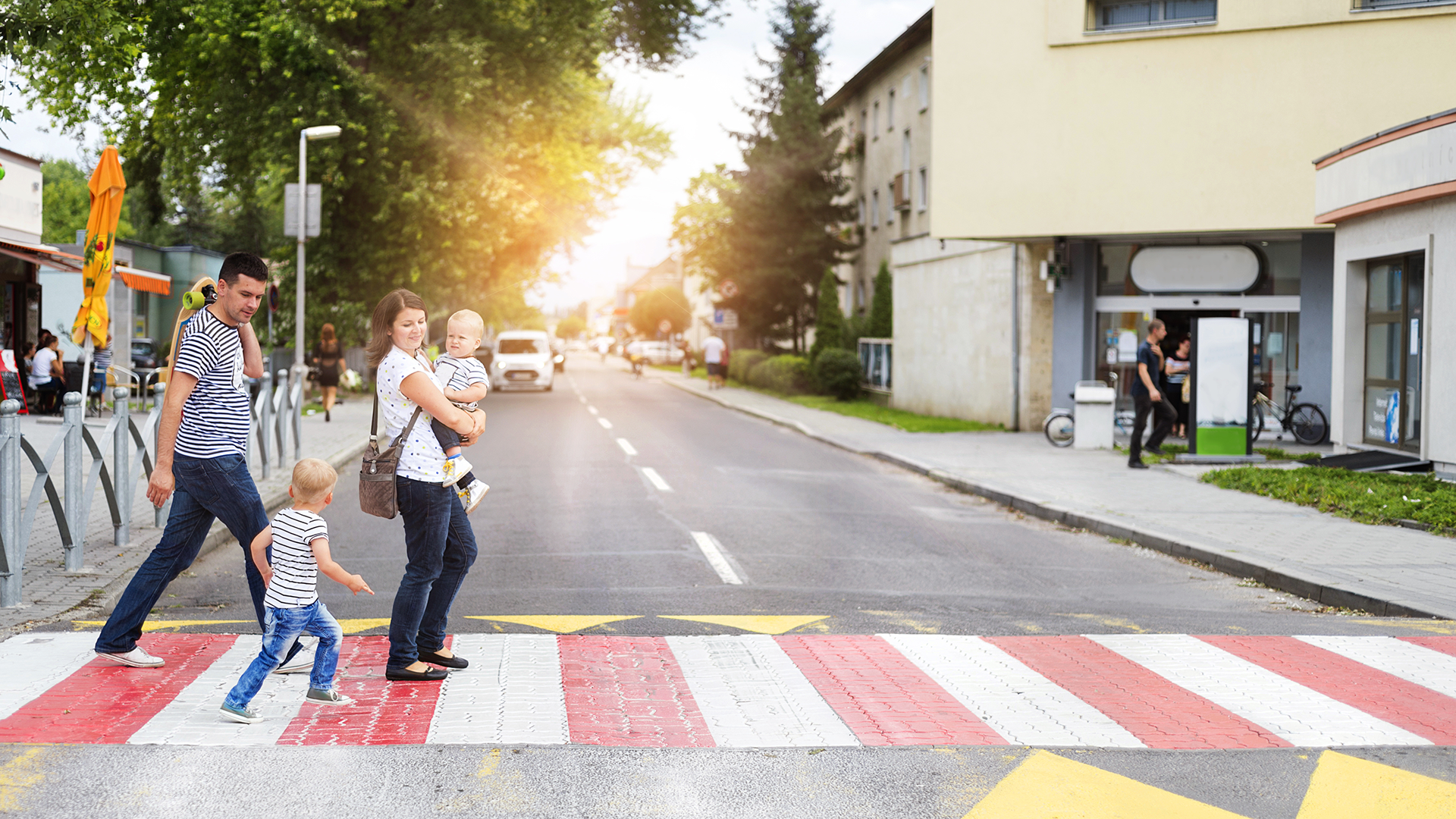
We bring our experiences into our work. Associate Planner Conor Semler writes about why it’s important for transportation engineers and planners to develop empathy for experiences different from our own.

How are transportation professionals thinking about resiliency today? What do we need to be resilient against? We asked three forward-thinking clients.

In this article, we cover best practices for rural transit planners, applications of the ODOT Transit Development Plan Guidebook, and what rural transit planning might look like in the future.

We talked to Michael Tumlin (Graphics Designer), Jennifer Marks (Publications Coordinator/Technical Editor), and Britt Zebleckes (Content Writer) to find out what a day in their life looks like.
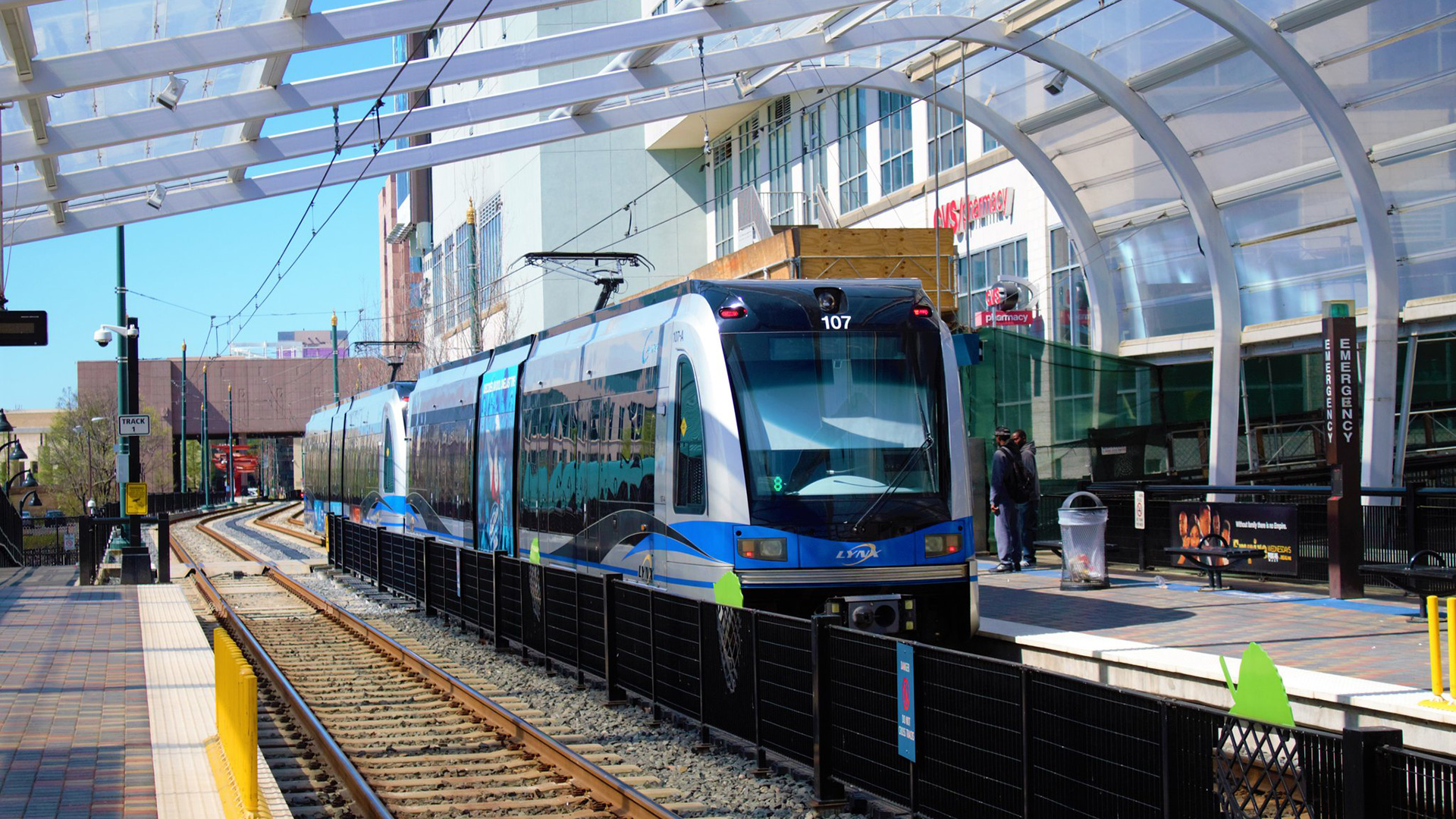
Read about the City’s holistic and community-based approach to transit planning that has led to flourishing neighborhoods around transit corridors.
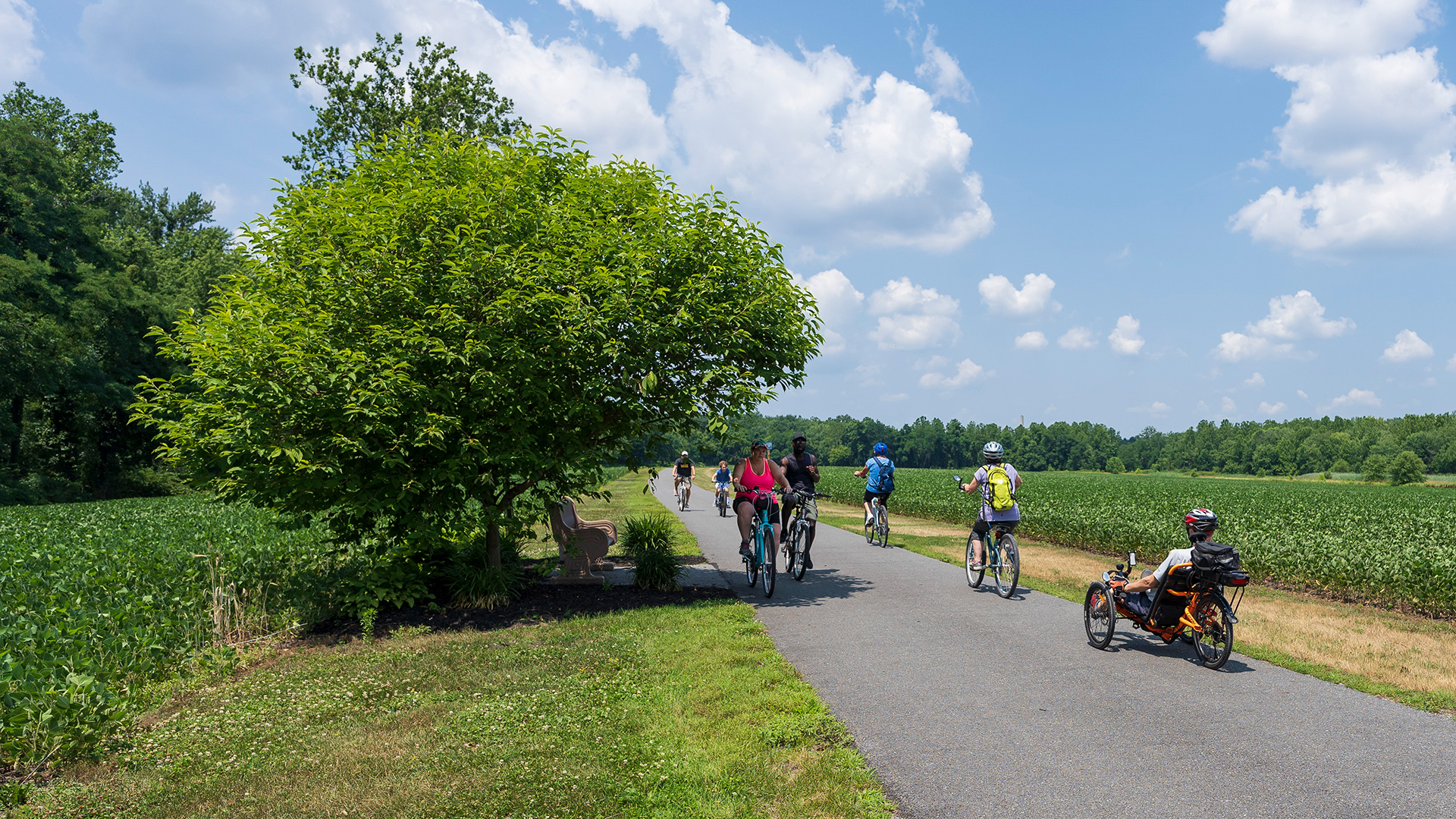
Should e-bikes be allowed everywhere bicycles can go? Responses are divided, and not just at the personal opinion level-regulations also differ state by state.
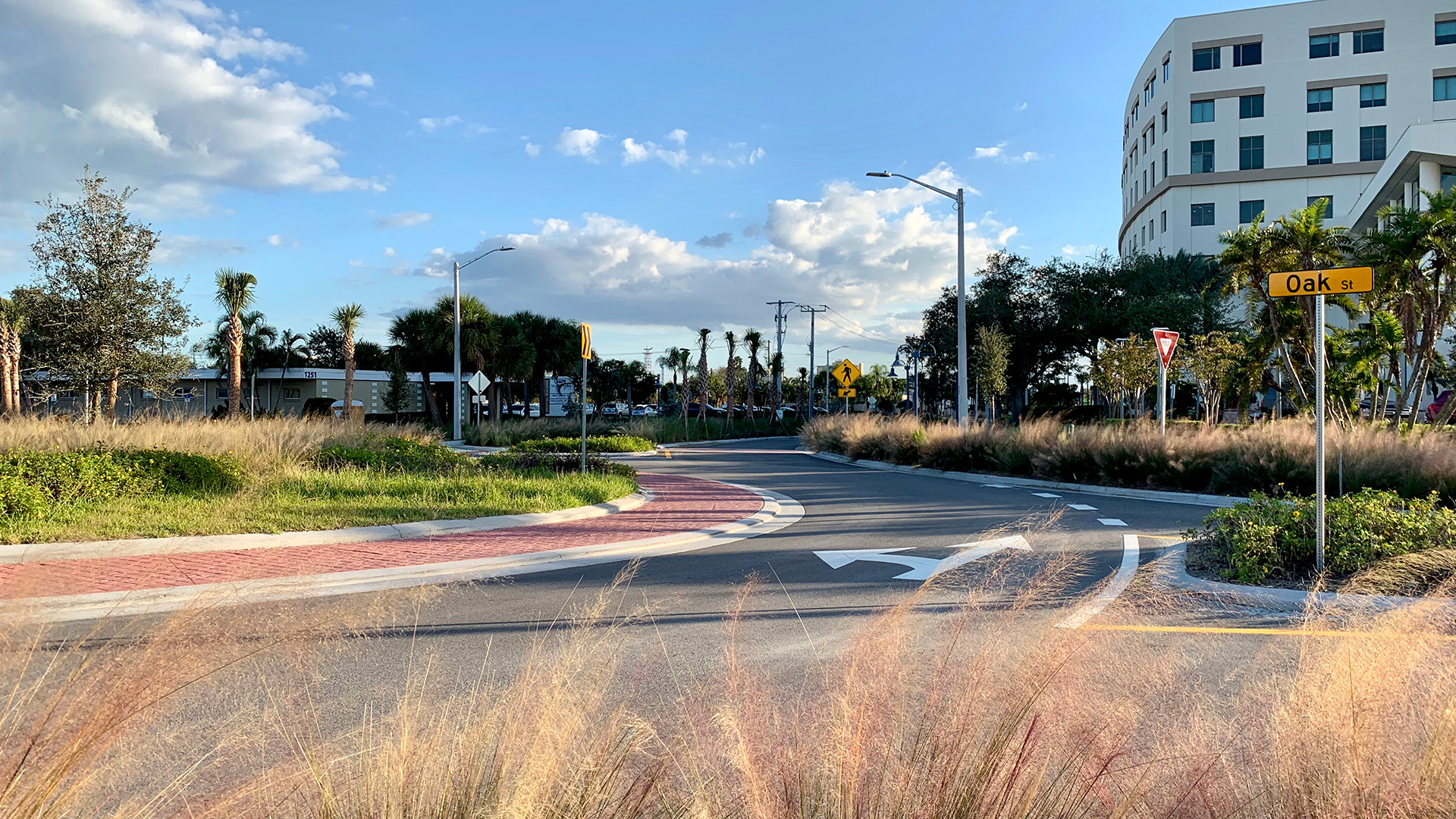
Like painters, landscape architects must consider how color, line, form, texture, and visual weight guide a person through a three-dimensional, living space.
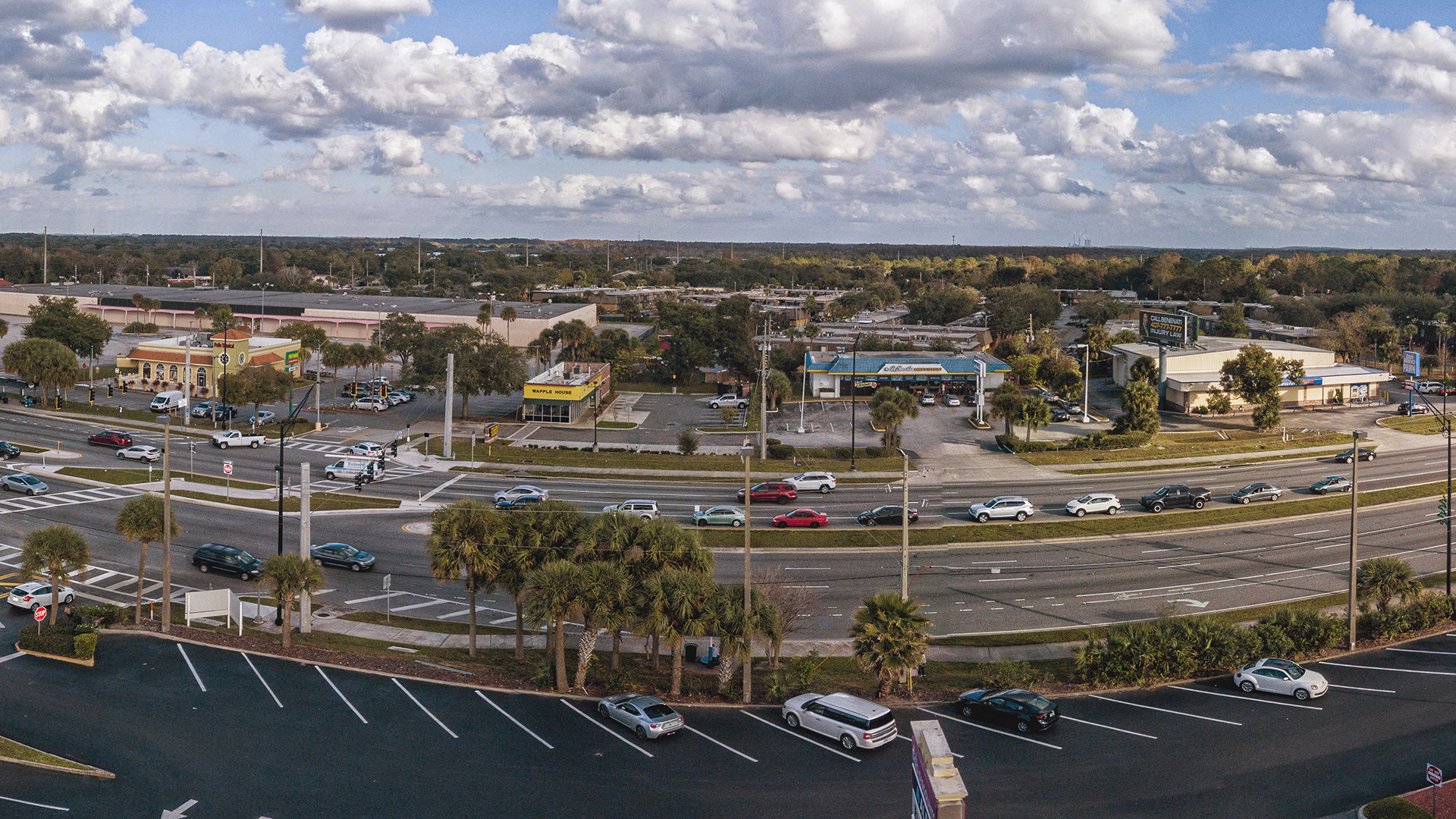
Instead of using Bluetooth readers that pick up cars as they go by, why don’t we go straight to the source and get data from connected vehicles themselves?

What San Joaquin Council of Governments Learned Through Their Transportation Innovation Study

Communications coach Karen Susman provides her top tips for keeping hybrid meetings engaging and inclusive.
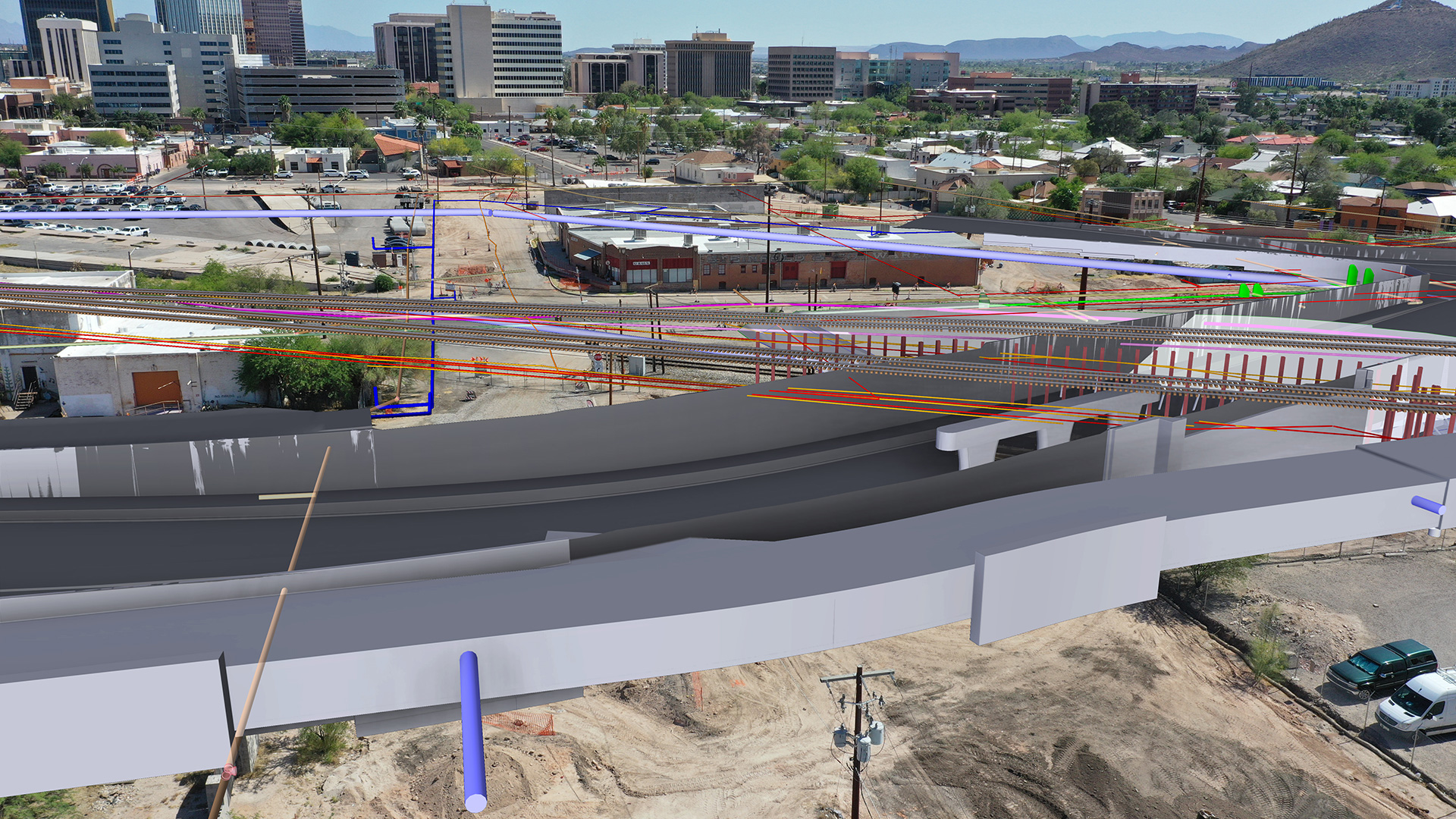
We’re in the midst of what may be the next big shift in the way designs are produced and shared. Here’s what you need to know about the use of BIM and digital twins in transportation design.
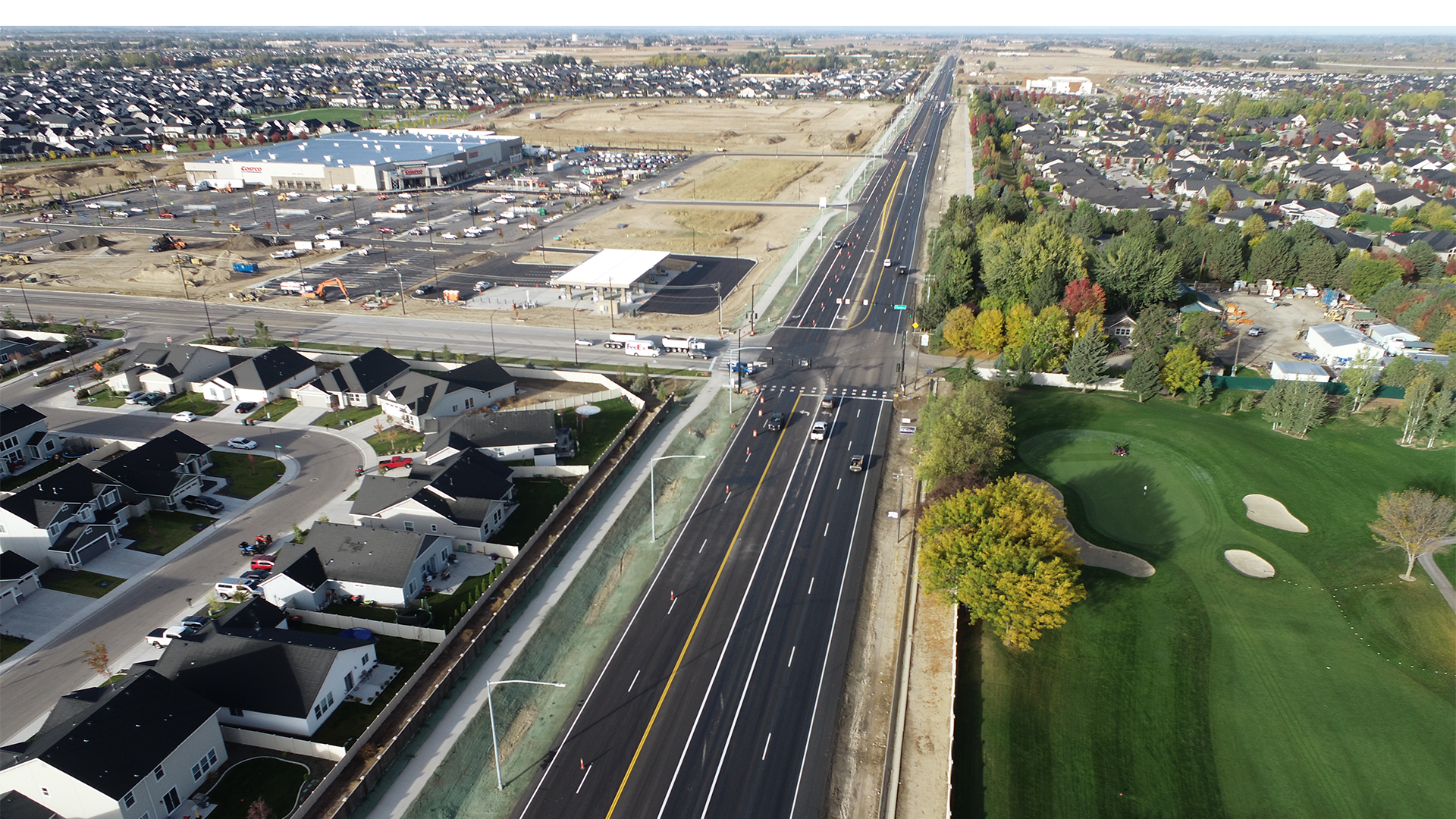
Learn about the collaboration that took this project from 5% design to completed construction in two years.
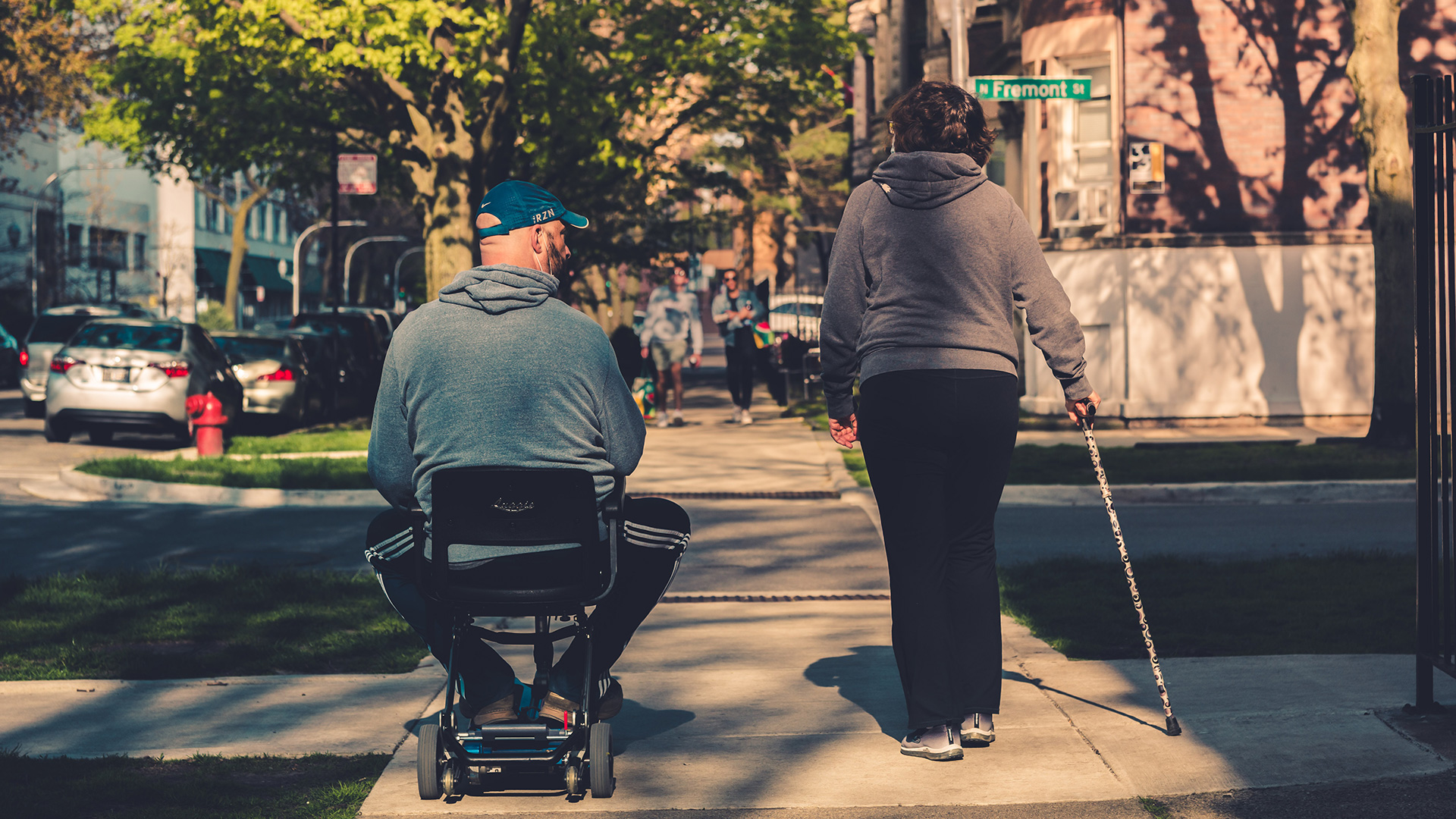
As they rework curb ramps en masse–and seek to construct new ramps accurately the first time around–many agencies are running pilot programs to streamline design efforts in a way that’s compliant.

Will employees be expected to return to the office full-time? Here’s how we’ve approached the conversation at Kittelson, including five ways we’re seeking to operate inclusively in a hybrid environment.
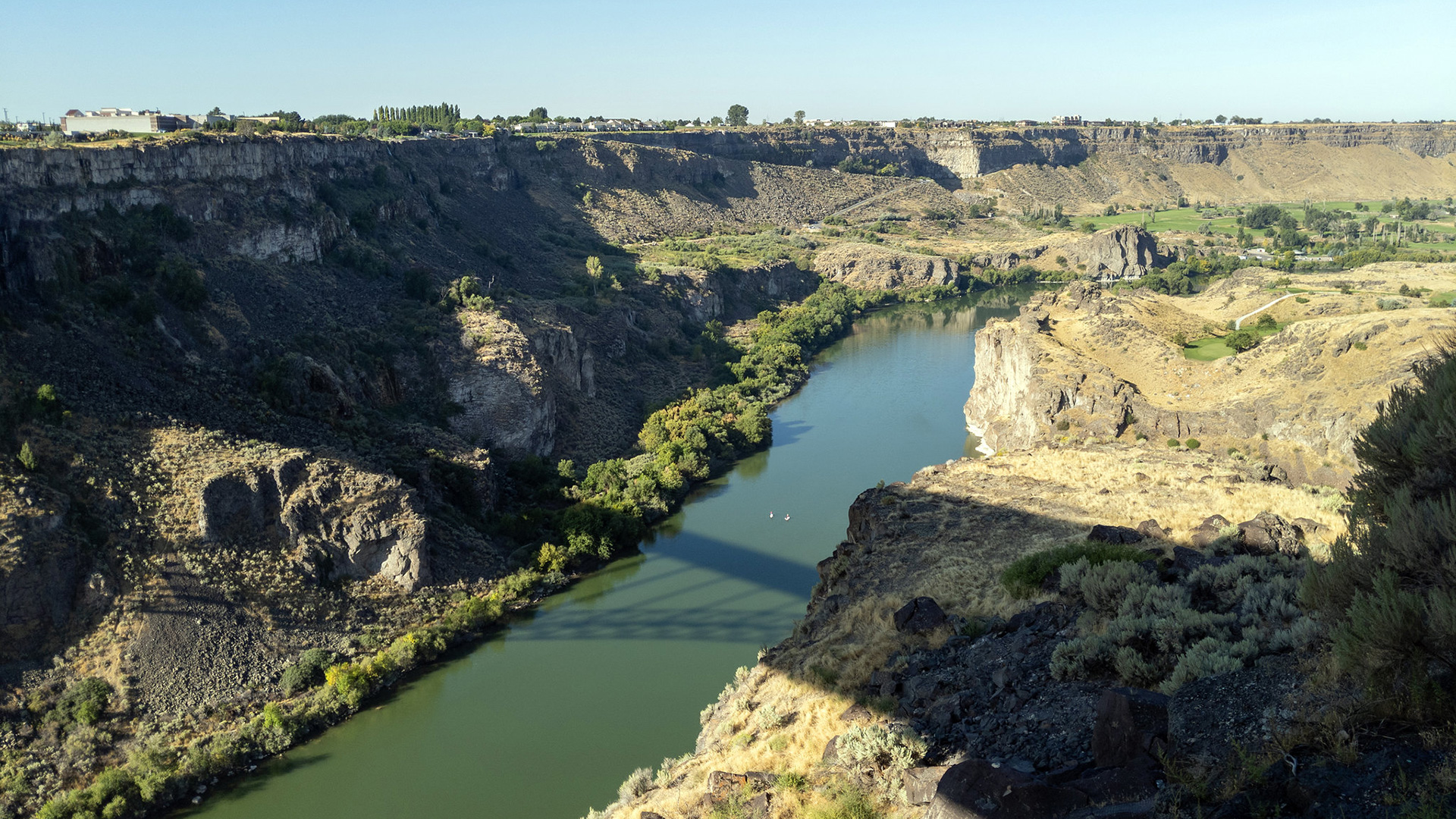
Building a bridge is no small feat (or cost), so it has been essential that we use data and examine this project from multiple perspectives to lead to a good investment. Here are five steps we took as part of a data-driven origin-destination study that will move this project forward.
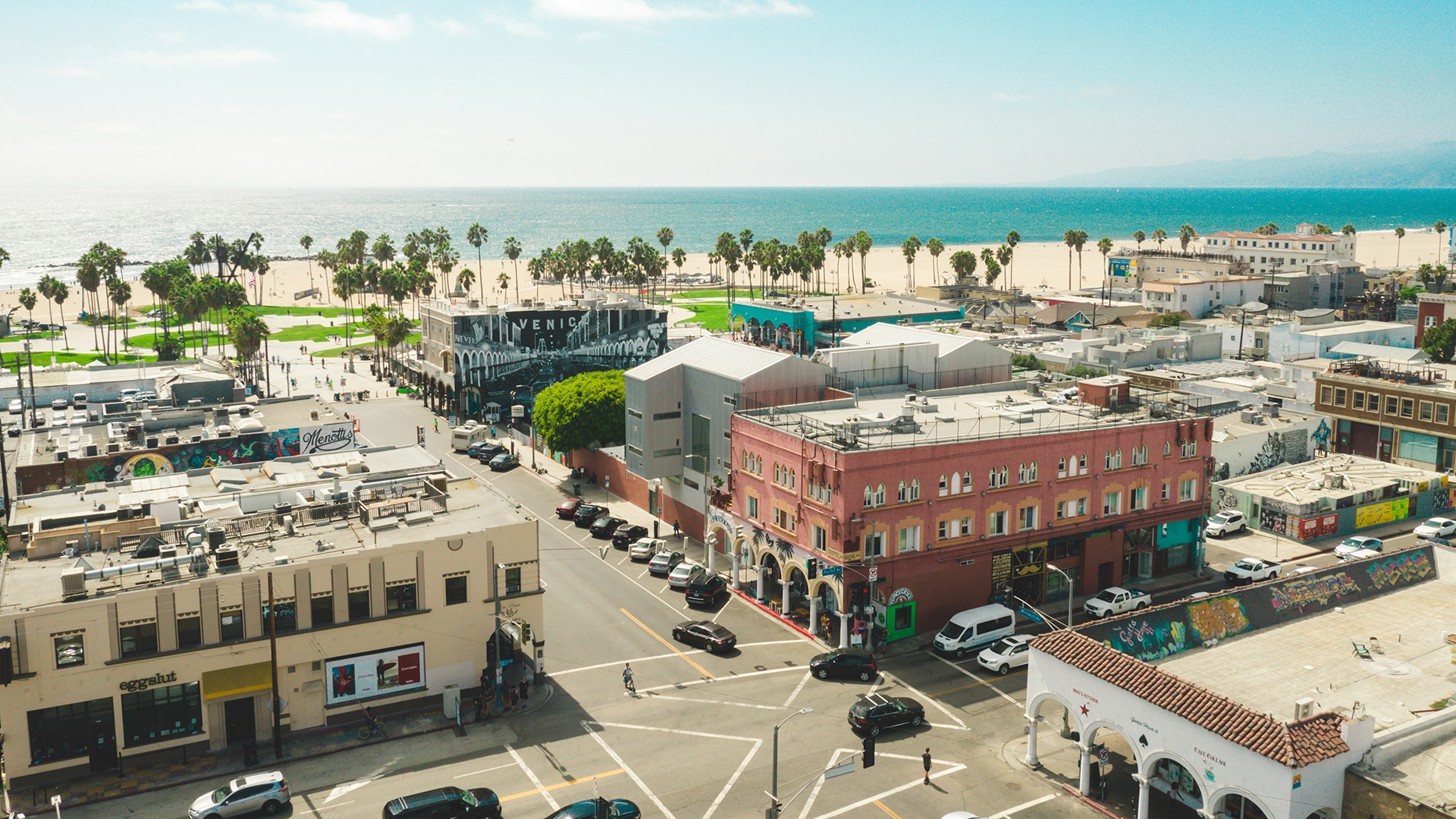
Driven by California Senate Bill 743 (SB 743) and statewide safety goals, Caltrans has added more safety considerations into their review process for new development projects. Here is what Caltrans looks for in this additional review.

The transportation space is rapidly evolving, and the advancements of private companies like Uber and Amazon should be a signal to cities to plan now so they are not caught unprepared for urban aerial mobility.
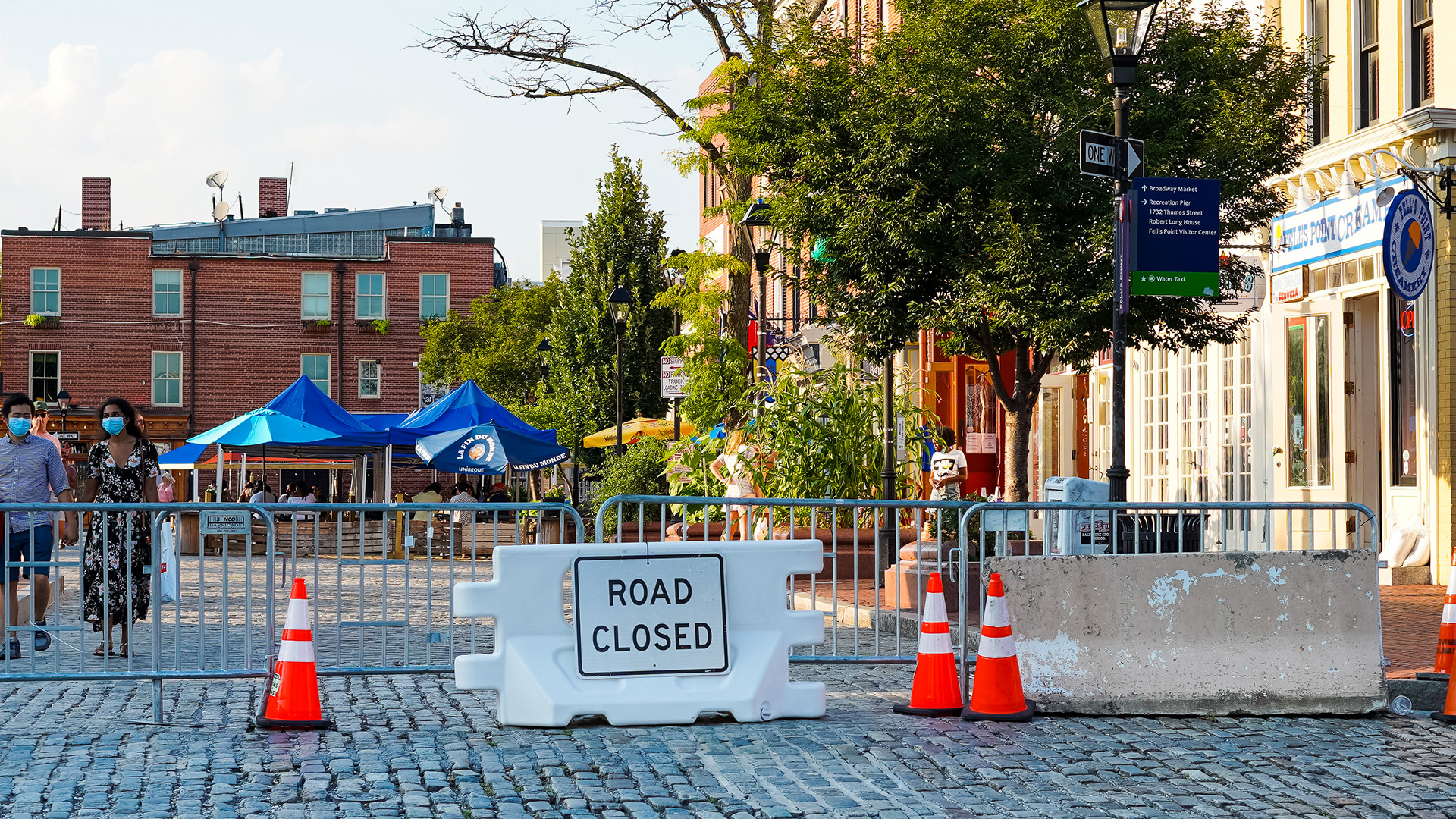
The proliferation of quick build parklets, outdoor dining installations, and shared streets in the past year has shown us that we can move more quickly to implement transportation projects. Will the trend continue after the pandemic?

On March 25, we gathered to celebrate the achievements of women in transportation and talk role models, what it looks like to get more women in transportation leadership, and what we wish we knew when we started our careers.
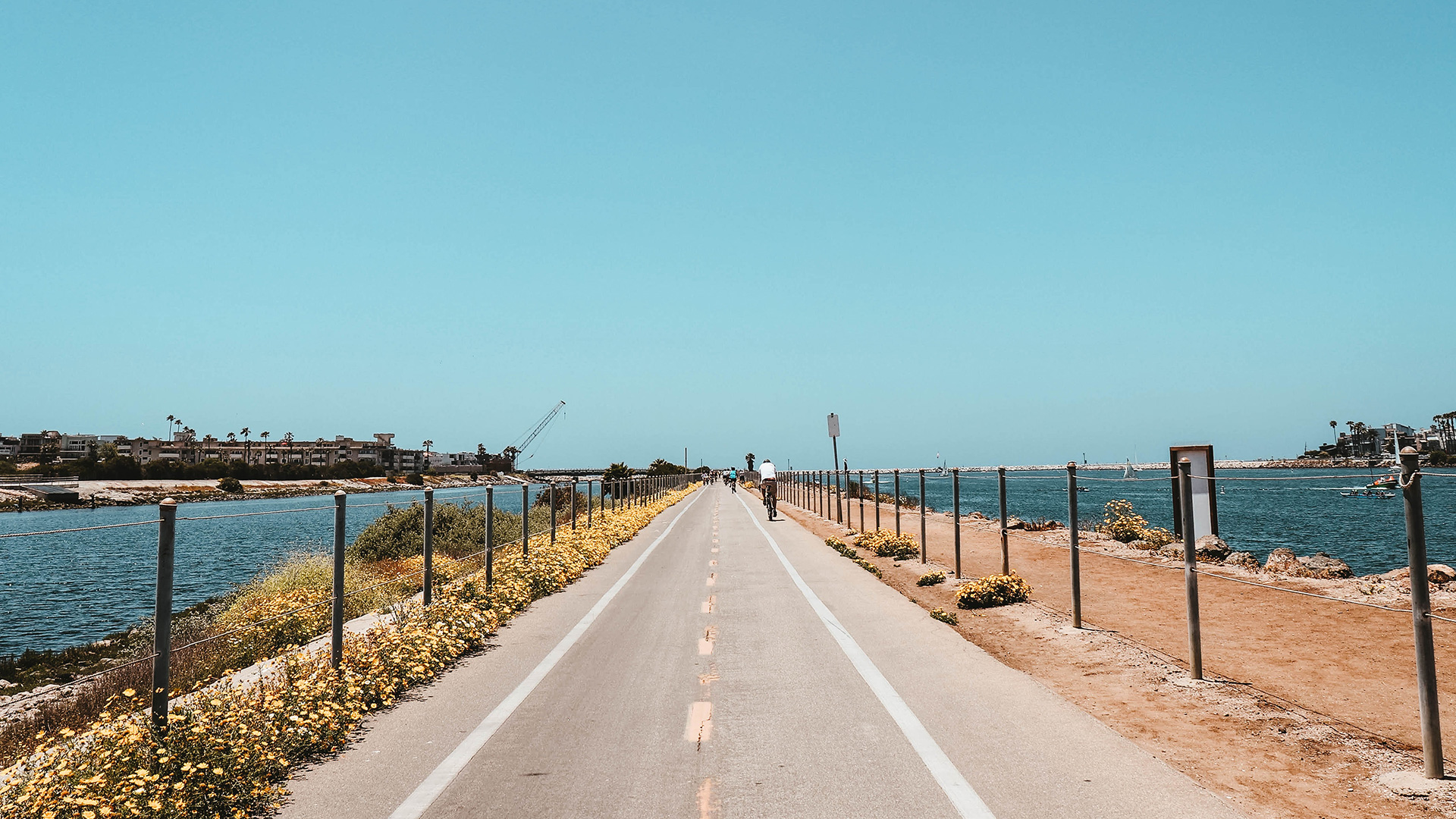
A new study from MassTrails puts numbers behind the health, transportation, environmental, economic, safety, and accessibility benefits of shared use paths.
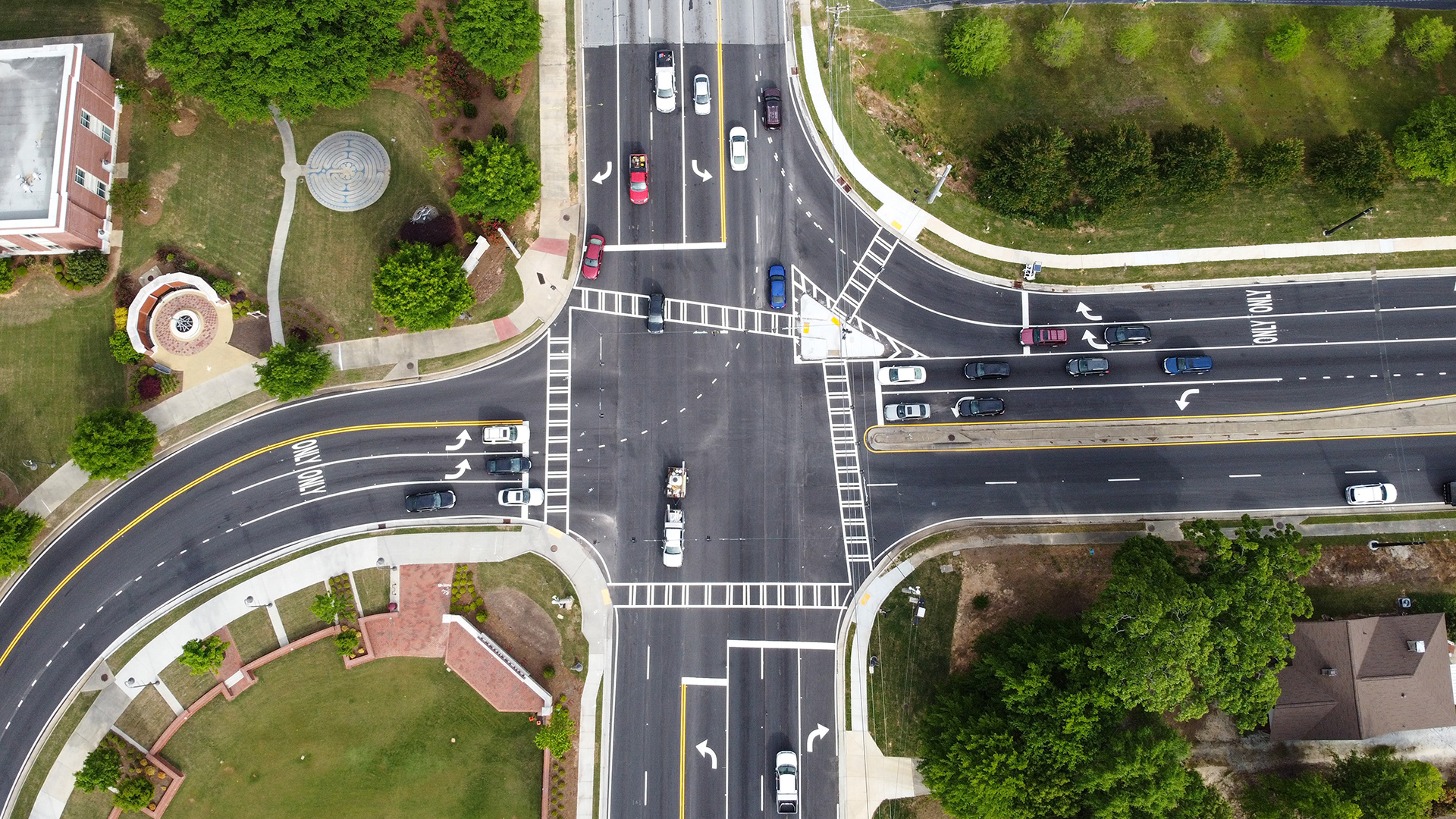
Traffic signals contain a wealth of information that, when managed, is a tremendous asset in signal timing and systems management. The recently-released NCHRP Report 954 is giving agencies the keys to implementing automated traffic signal performance measures (ATSPMs).

Through the Transportation Equity Challenge, we came up with five practical ways to help our clients achieve more equitable outcomes in their projects.

As part of our Transportation Equity Challenge, DJ Gregory and Andrew Bailey from Kittelson Tucson explain what ramp construction has to do with equity, and how we can do better.
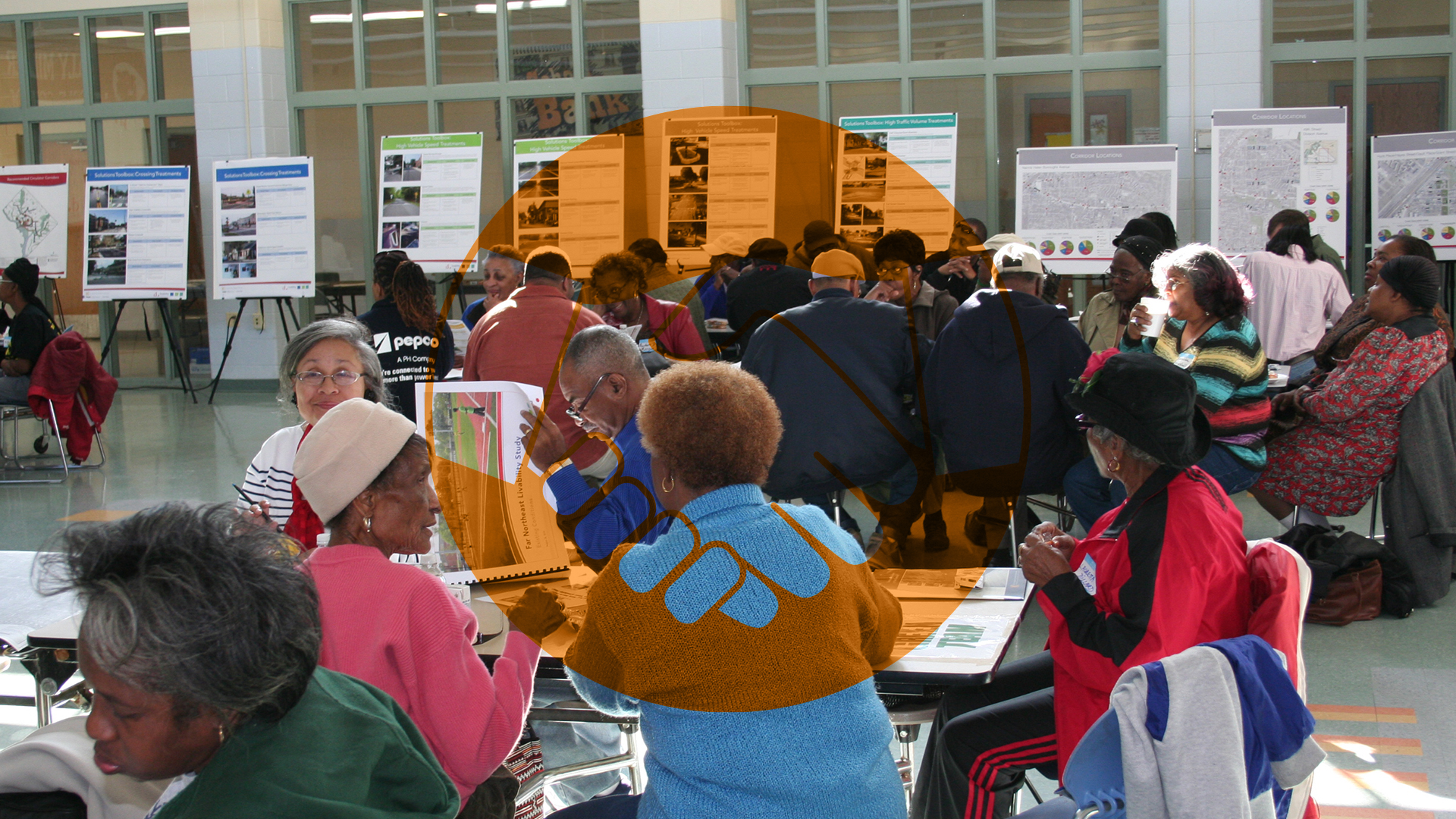
As part of our Transportation Equity Challenge, a team from our Baltimore, Boston, and Orlando offices proposes a set of strategies to better leverage community relationships in our projects.

As part of our Transportation Equity Challenge, Joceline Suhaimi notes we often overlook a diverse yet influential audience in community engagement.
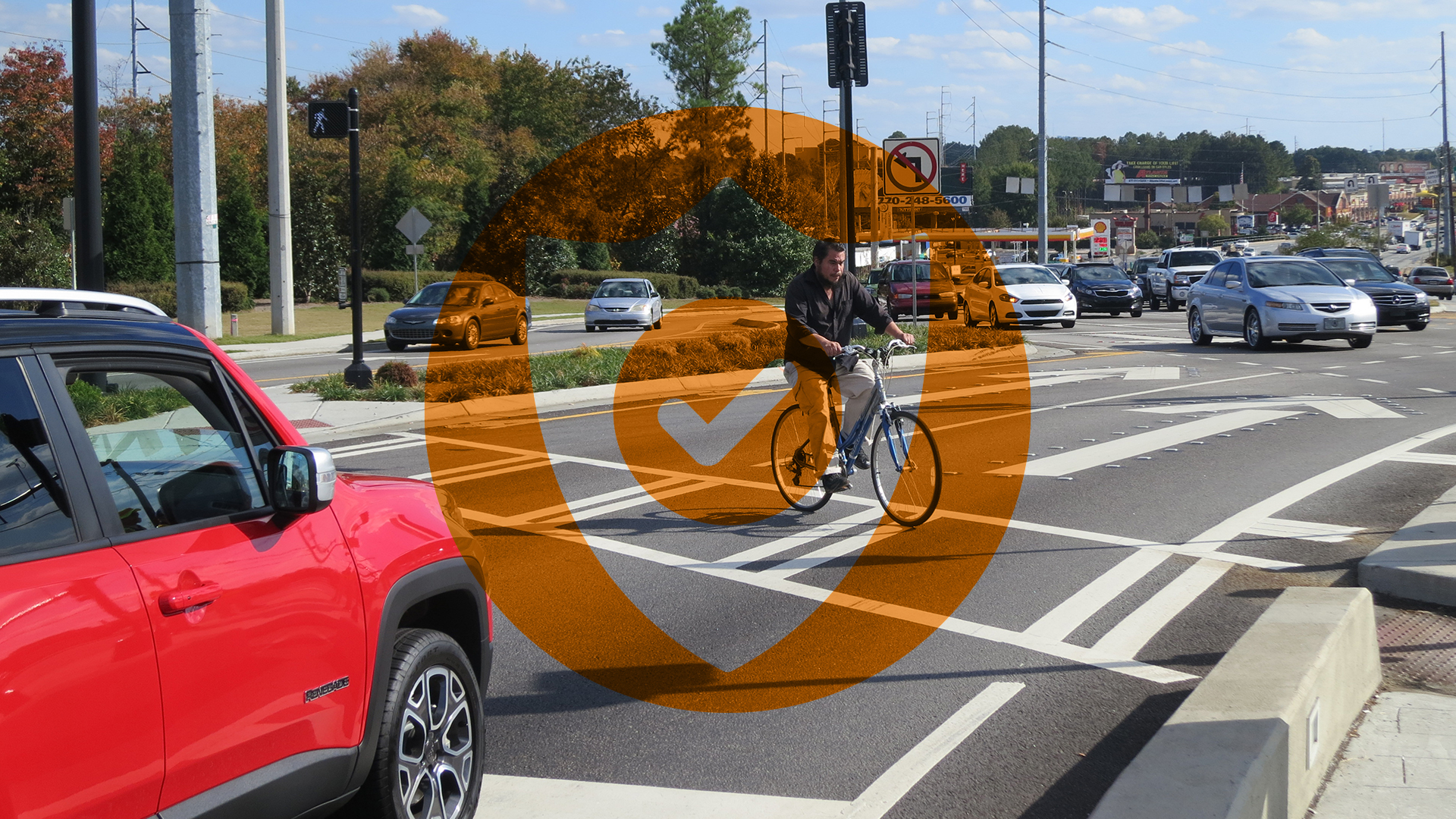
As part of our Transportation Equity Challenge, a team from our California offices introduce a framework for thinking through the use of enforcement, and alternatives to enforcement, in reaching safety outcomes.
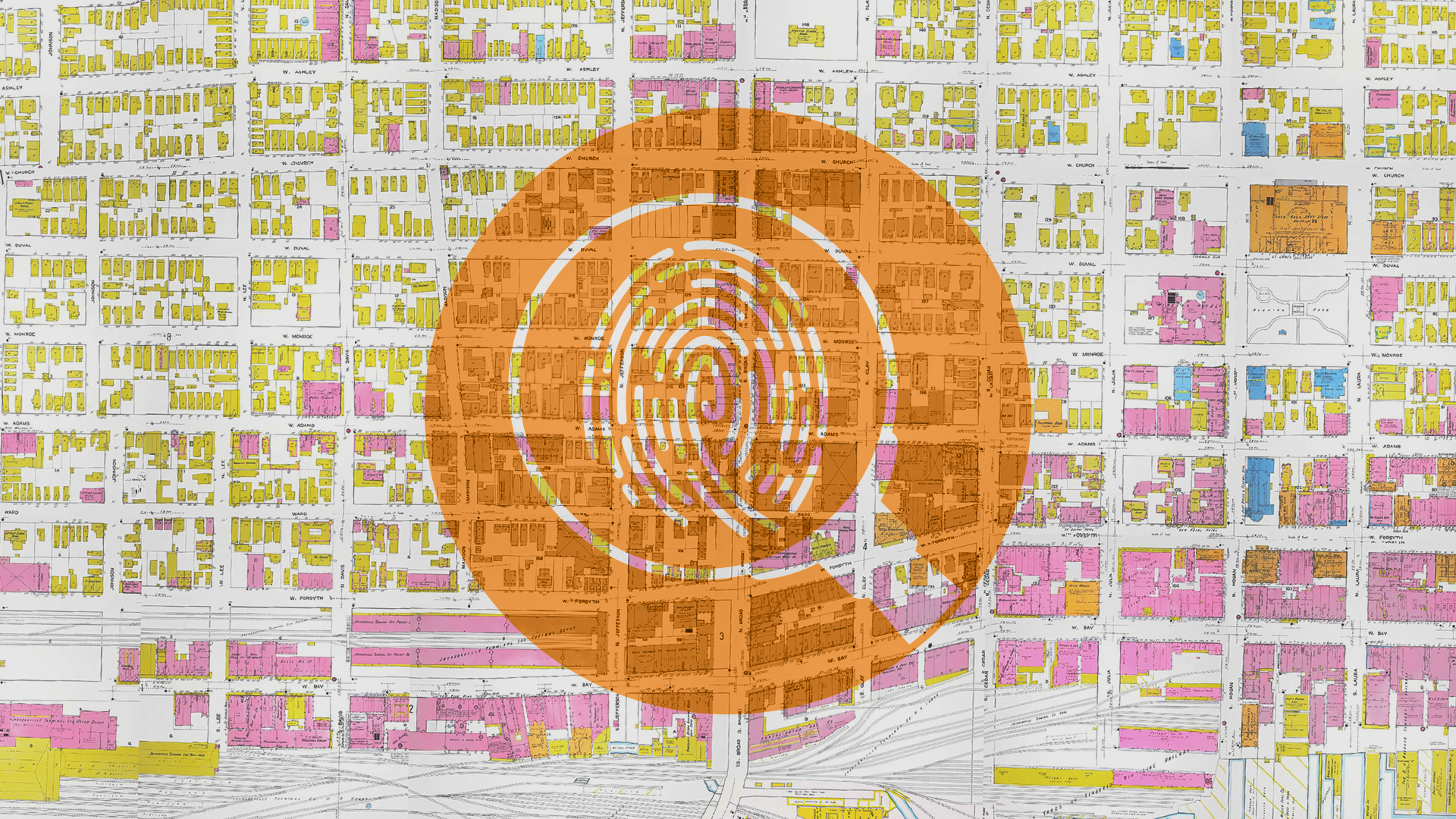
As part of our Transportation Equity Challenge, read about a database for housing key cultural, historical, societal, and demographical aspects of projects.

Using a combination of three unique tools, Maricopa Association of Governments has saved time and money while improving accuracy in signal timing.

Read a summary of the Transportation Research Board’s 100th Annual Meeting, how TRB pulled off the meeting virtually, and what four themes emerged out of the hundreds of sessions.
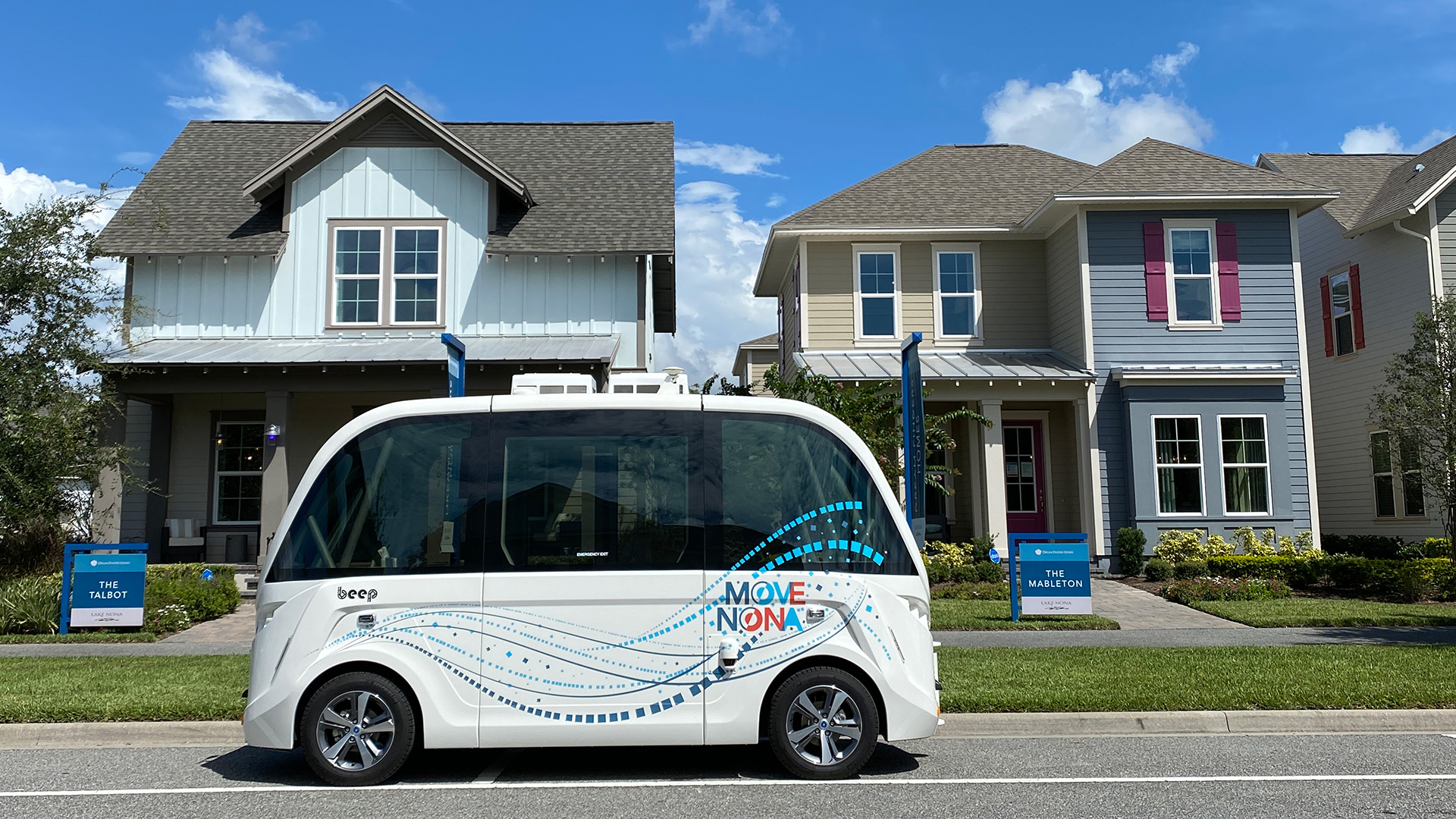
As part of a BUILD grant for a multimodal network throughout Lake Nona, Florida, Tavistock Development Company is partnering with Beep, Inc. to create the “Move Nona” automated vehicle program, which will be one of the largest automated shuttle fleets in the world within a single community.

Virtual meeting fatigue is real, but it shouldn’t sabotage opportunities to connect. Here are five activities that helped us stay connected while working remotely for most of 2020.

The stories we tell have meaning. As we reflect on Black History Month and our transportation industry, it is important to share the story of Garrett Morgan.
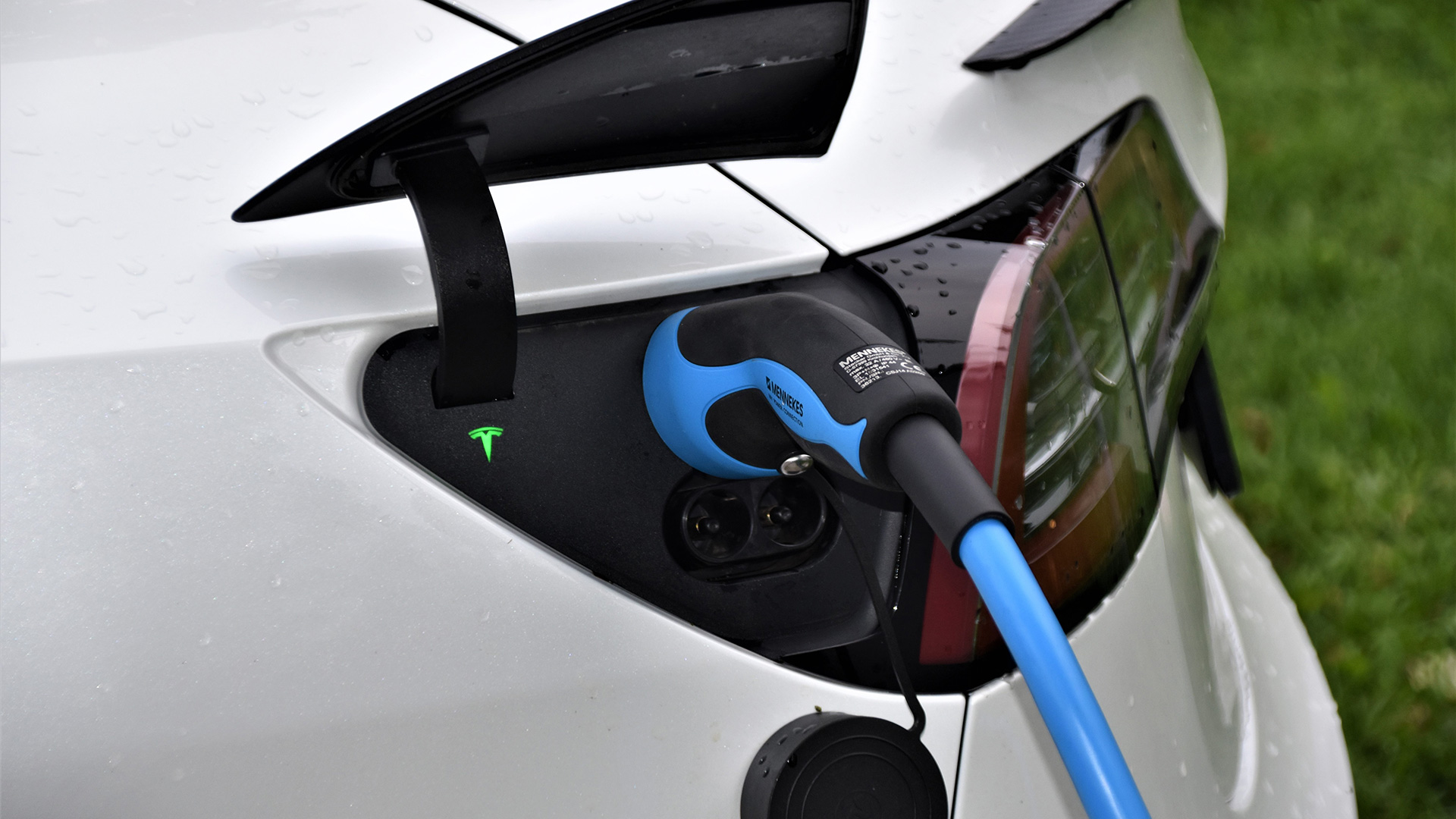
Read about the six factors accelerating electrification in transportation in 2021.

Watch a video interview with two TRB 2021 event organizers about the planning that has gone into this massive virtual event, and what attendees can expect.

We sat down with TRB’s Ann Brach and James Bryant to learn how attendees can prepare for and maximize the TRB 2021 experience.

How will connected and automated vehicles (CAVs) impact capacity and change transportation infrastructure needs? Join us for a webinar and virtual panel discussion on December 8.

Will the pandemic permanently change the way we use the curb? Here are five approaches to long-term curbside management in light of COVID-19.
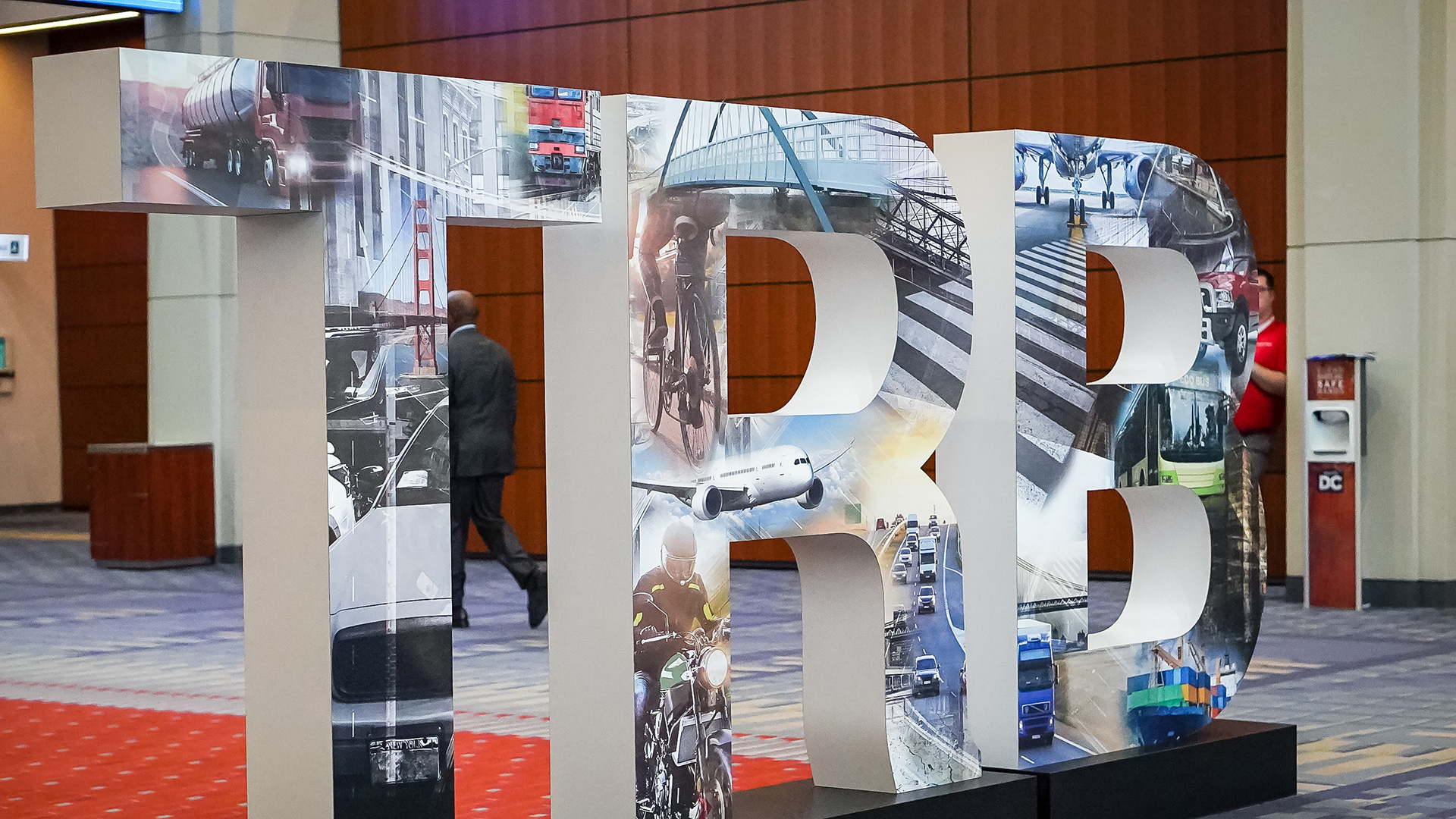
The National Academies of Science, Engineering & Medicine’s Transportation Research Board – referred to within the profession as TRB – was established in November 1920…

At the end of 2019, Blake Boyles with the City of North Plains, OR contacted Kittelson’s Principal Engineer Tony Roos to see if the Society…

A tool developed by Pennsylvania Department of Transportation (PennDOT) is changing the way PennDOT makes decisions about scheduling work zones. Historically, identifying the optimal timing…
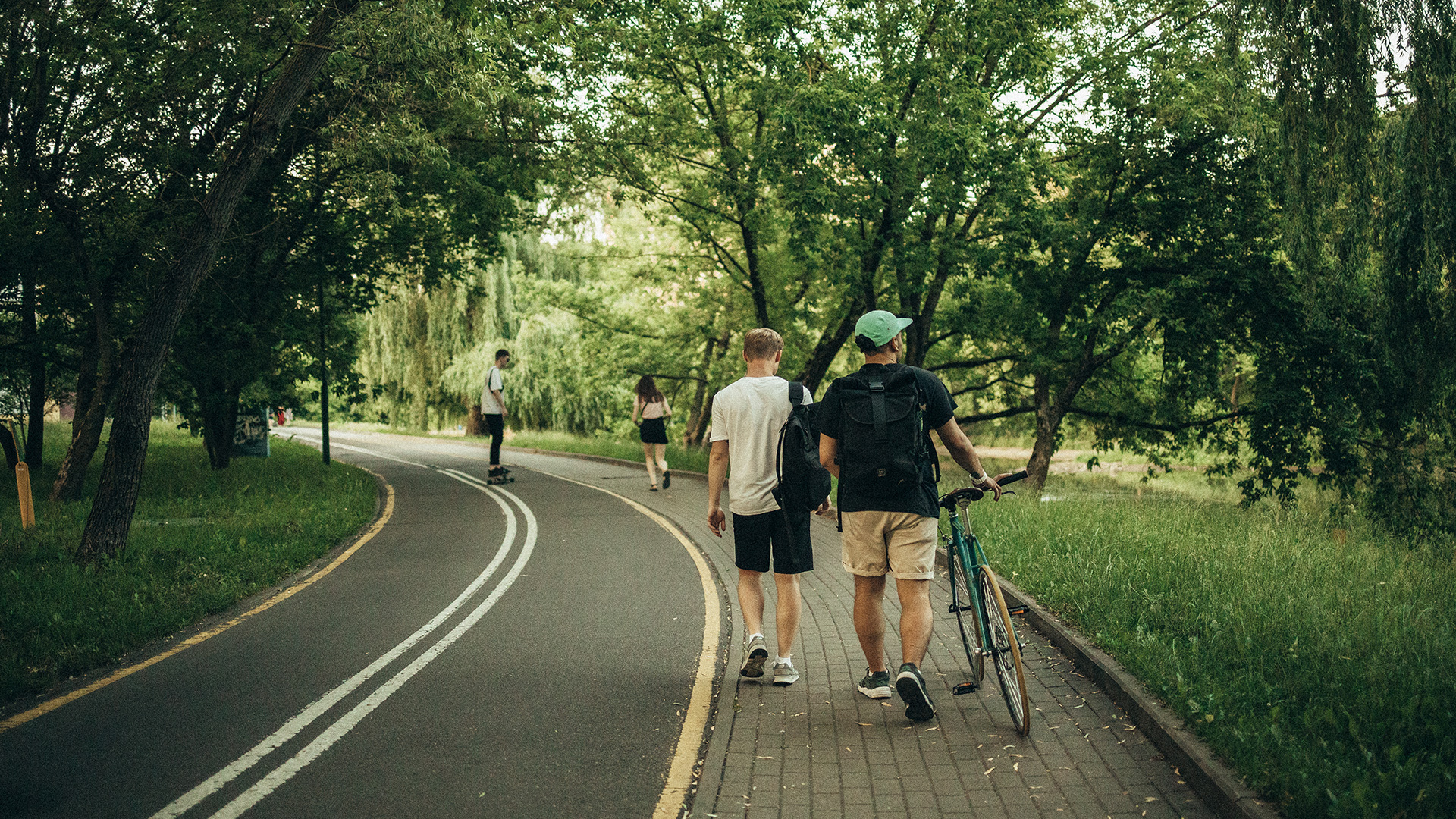
As transportation professionals, we are in the public health business. The transportation policies, plans, projects, and recommendations we develop have an impact on the health…
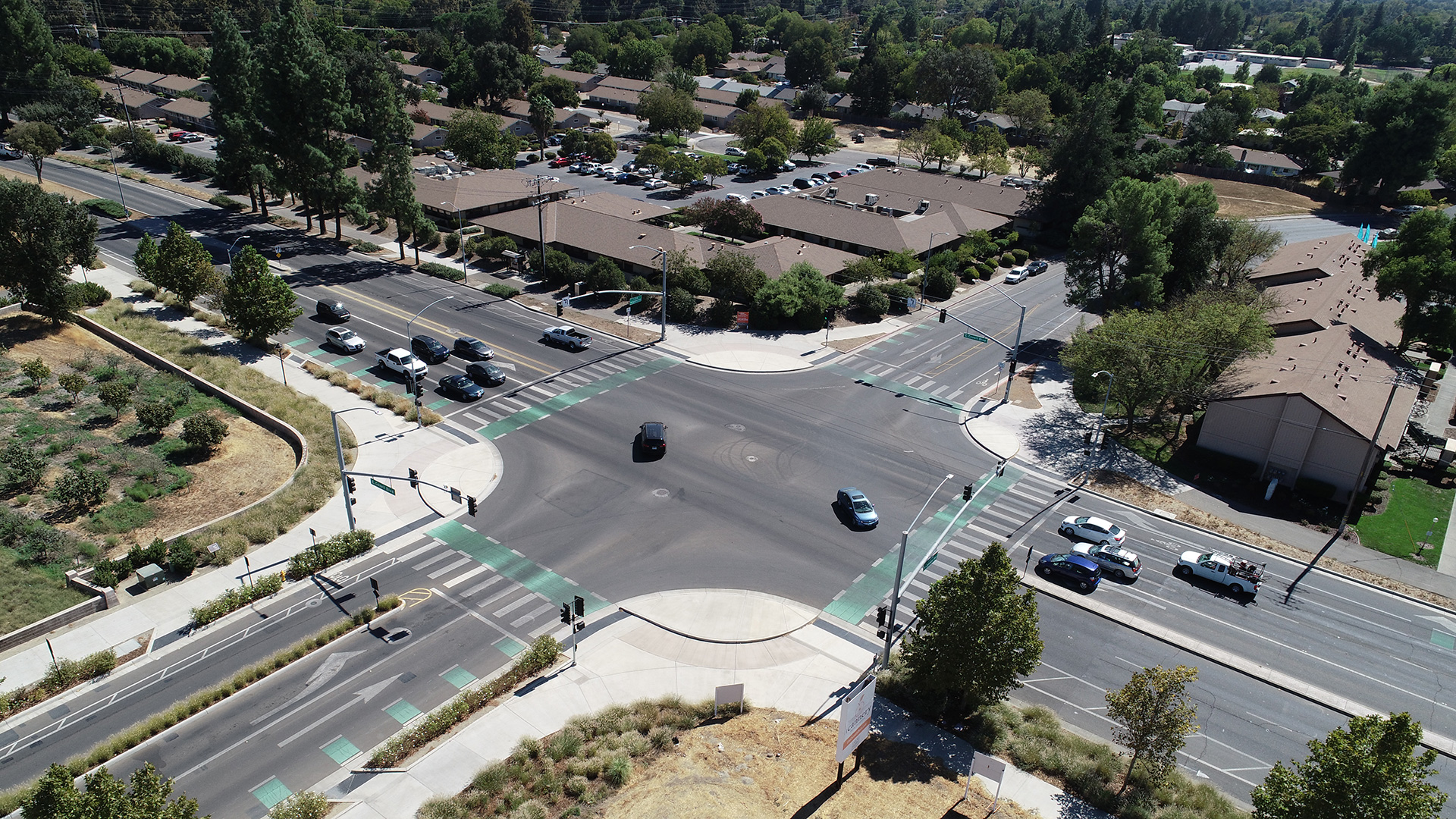
What is a protected intersection? Read how and why the design works, and where we are seeing protected intersections being built in the United States.
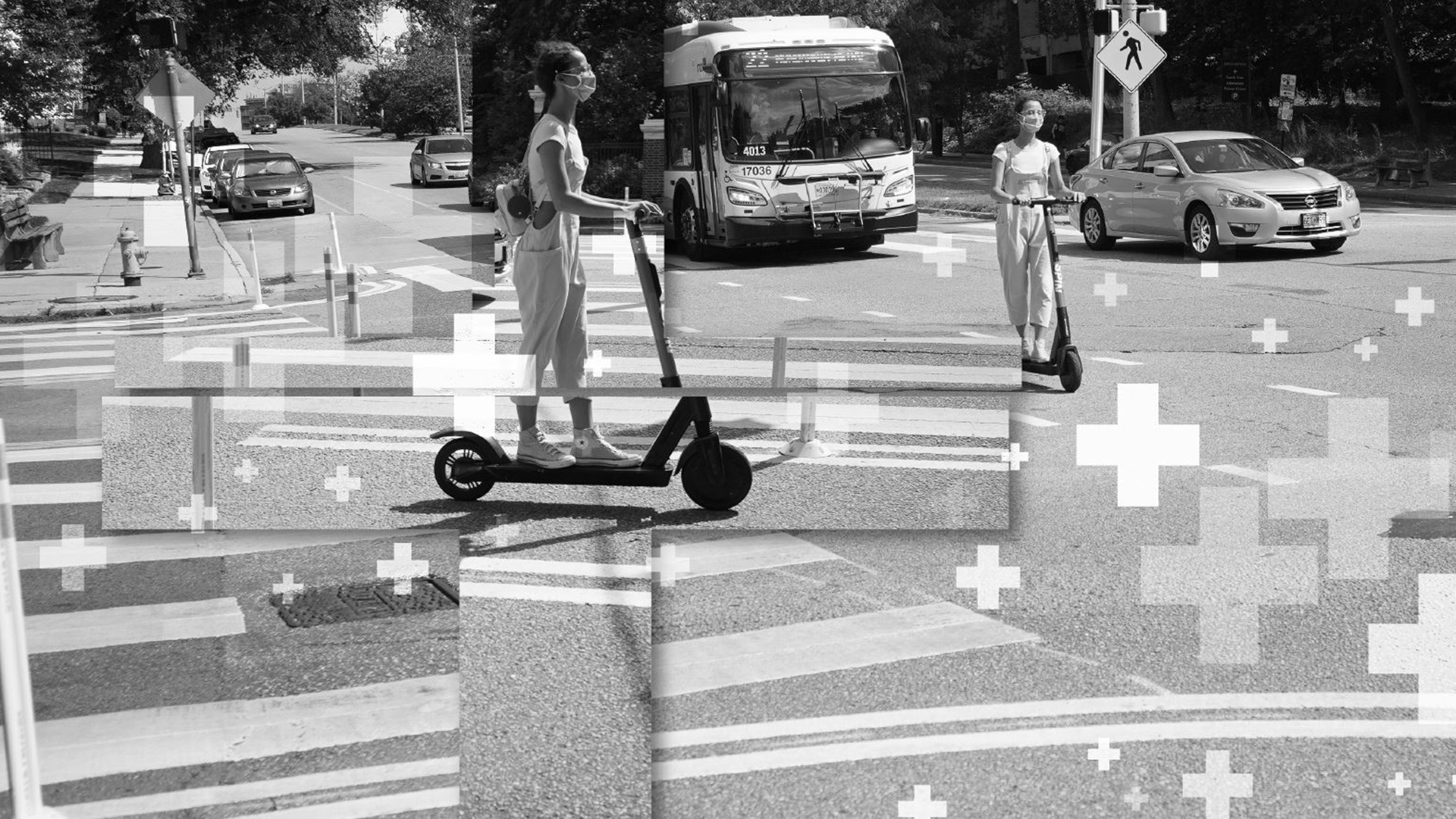
On October 8, 2020, we gathered to dialogue about what it looks like to factor health into transportation through a webinar with Kittelson’s Lauren Hunt, Phyllis Davis, John Paul Weesner, and…

Adrian Ayala, who is pursuing a Master’s degree in City and Regional Planning at Rutgers University, had planned to move from New Brunswick, NJ to…
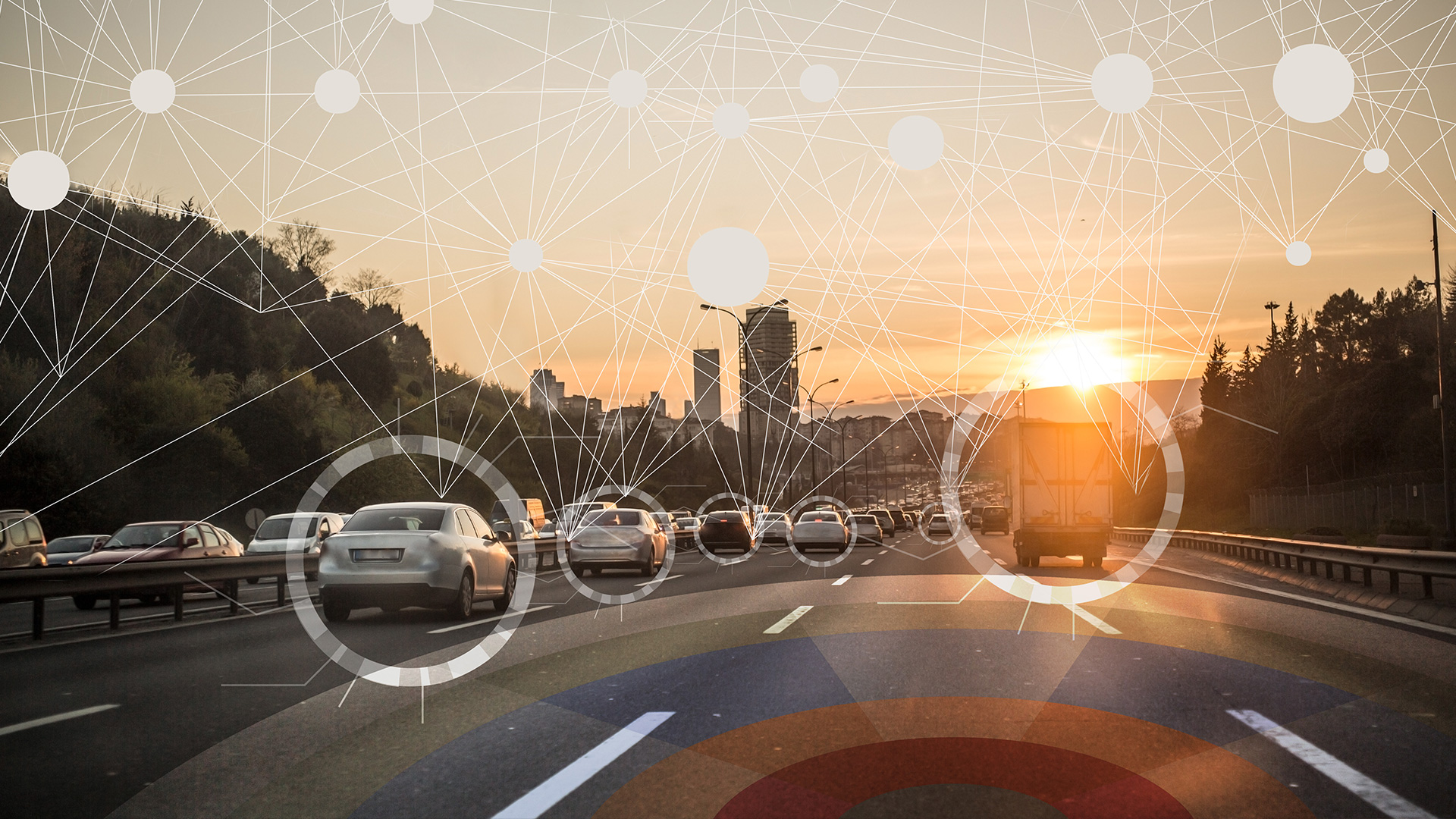
How can a transportation agency effectively plan for emerging technologies with a 25-year view, when the future of automated vehicles, mobility as a service, ride-hailing,…
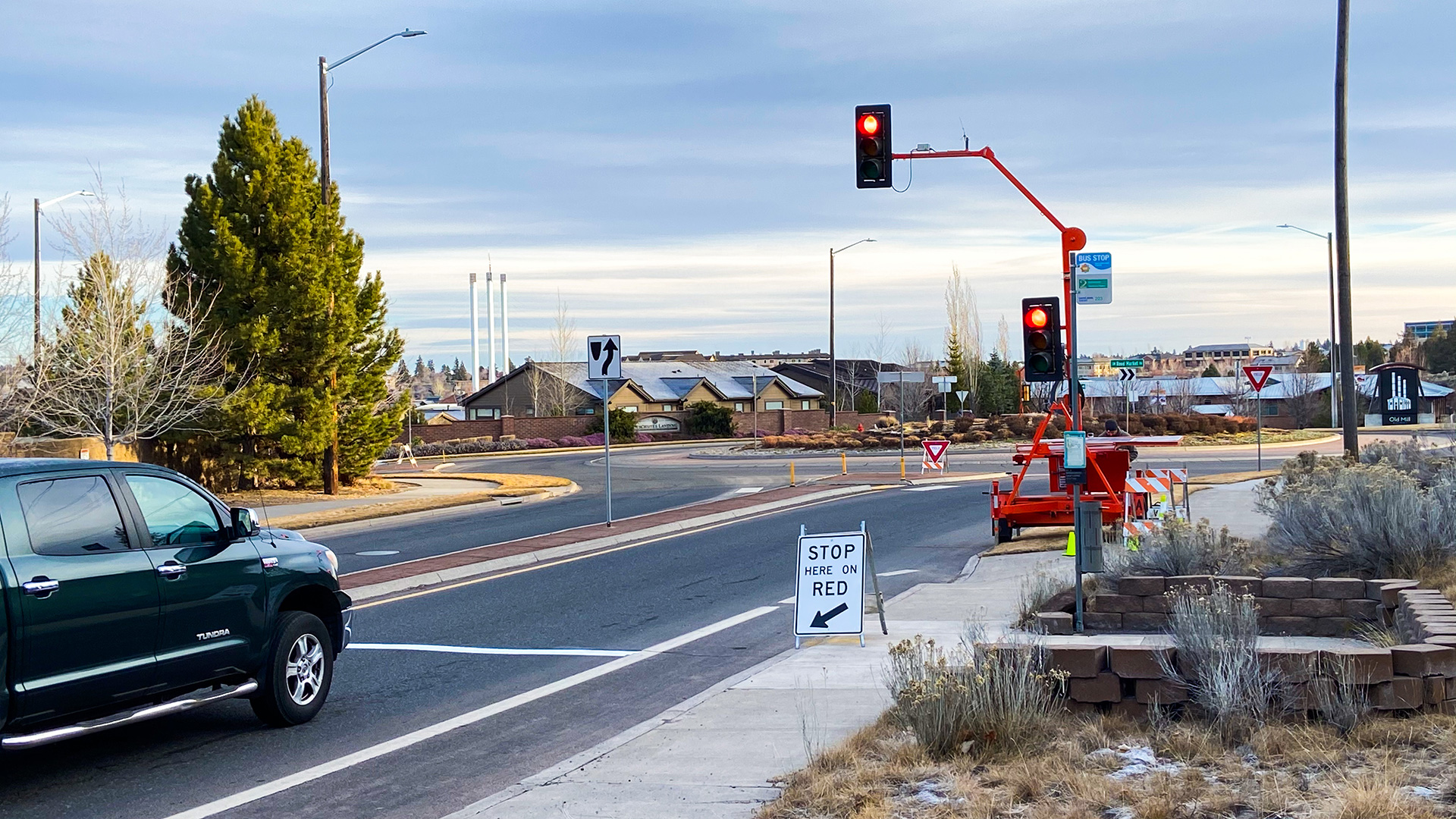
Since the early days of modern roundabouts in the United States, this form of intersection control has grown in popularity as a cost-effective and often safer alternative…
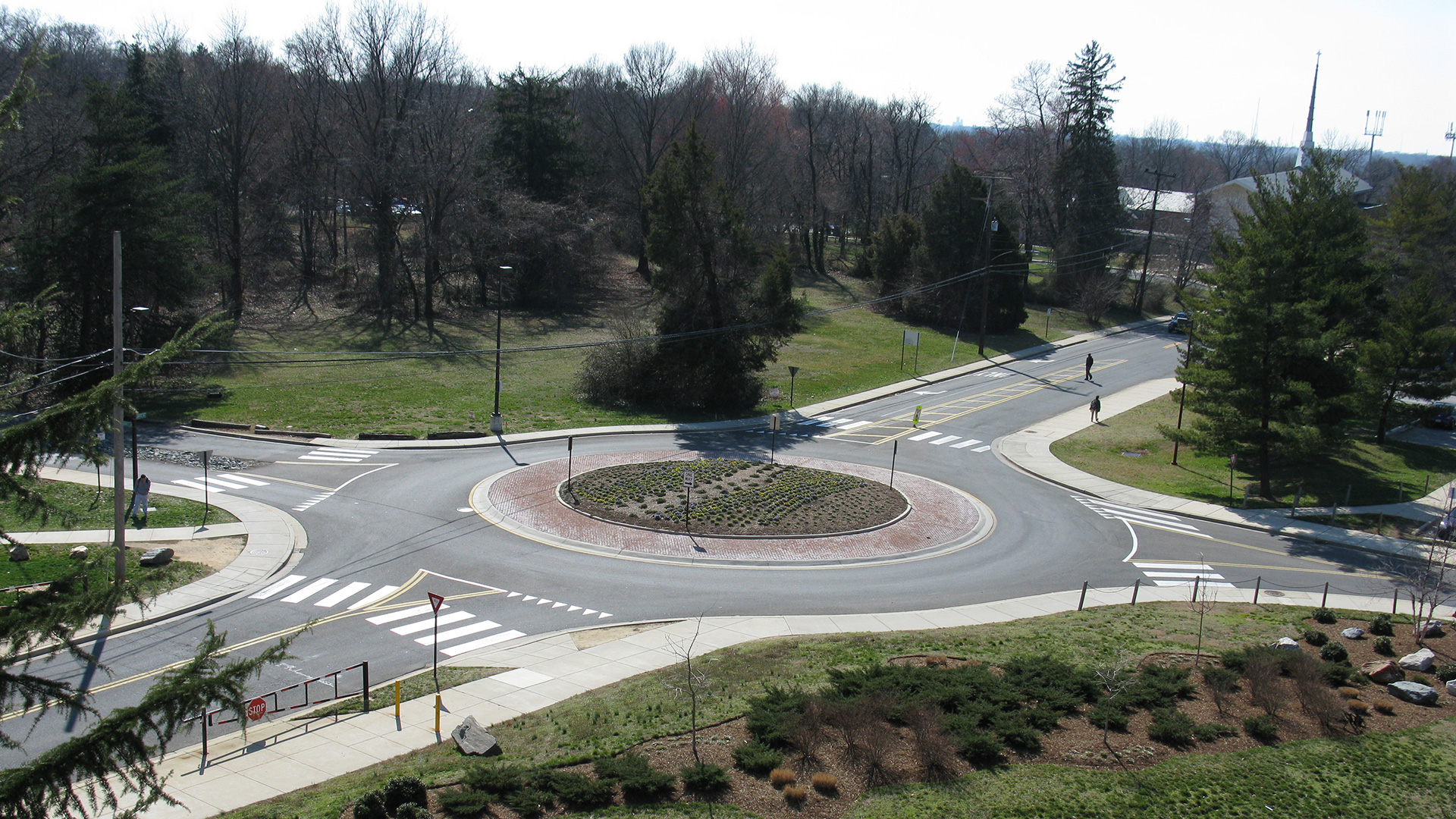
How Ed Myers’ “circular reasoning” helped launch the first statewide roundabout program in the United States “What is a modern roundabout? Where are they used?…

When we can improve the functionality of a busy corridor and give “Twins of Evil” fans a hassle-free concert experience, we call that a project…
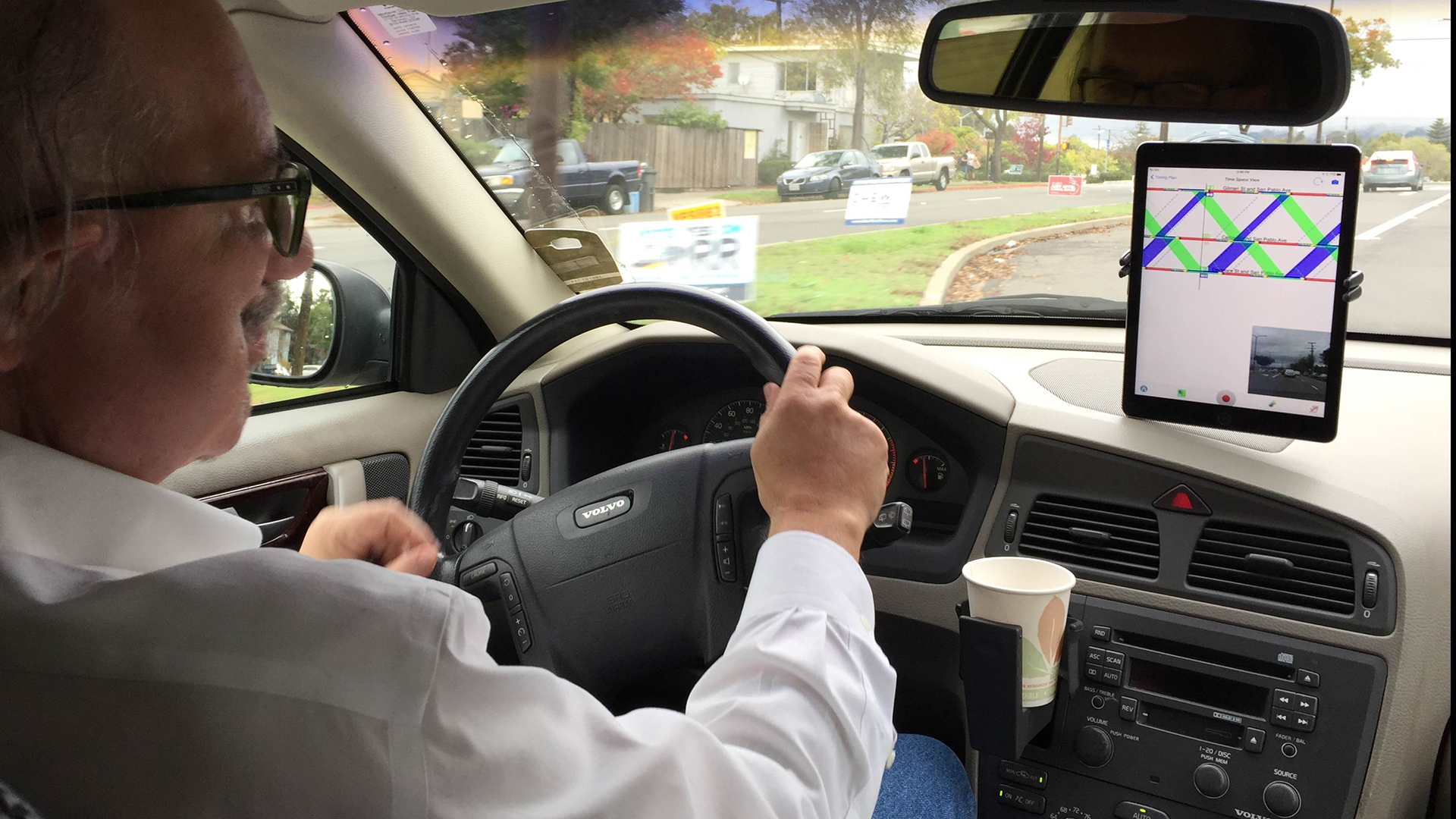
“Every day is Saturday,” says Kittelson Senior Principal Planner Alexander Skabardonis of his recent official retirement. In answer, Kittelson’s Rick Dowling says, “I hope you’ll…

The following article, authored by Benazir Portal of Kittelson & Associates and Kevin Walford of the Miami-Dade Transportation Planning Organization, was originally published in the…

In an age of reliance on software programs, Michael Kyte and Rod Troutbeck’s Traffic Operations at Intersections is designed to help practitioners better understand and…

The Southeast Florida region – made up of Miami-Dade, Broward, and Palm Beach Counties – joins other rapidly growing regions looking to build their transportation…

Like many others, as COVID-19 continued to unfold, we at Kittelson were faced with the decision of canceling our internship program or reimagining it to…
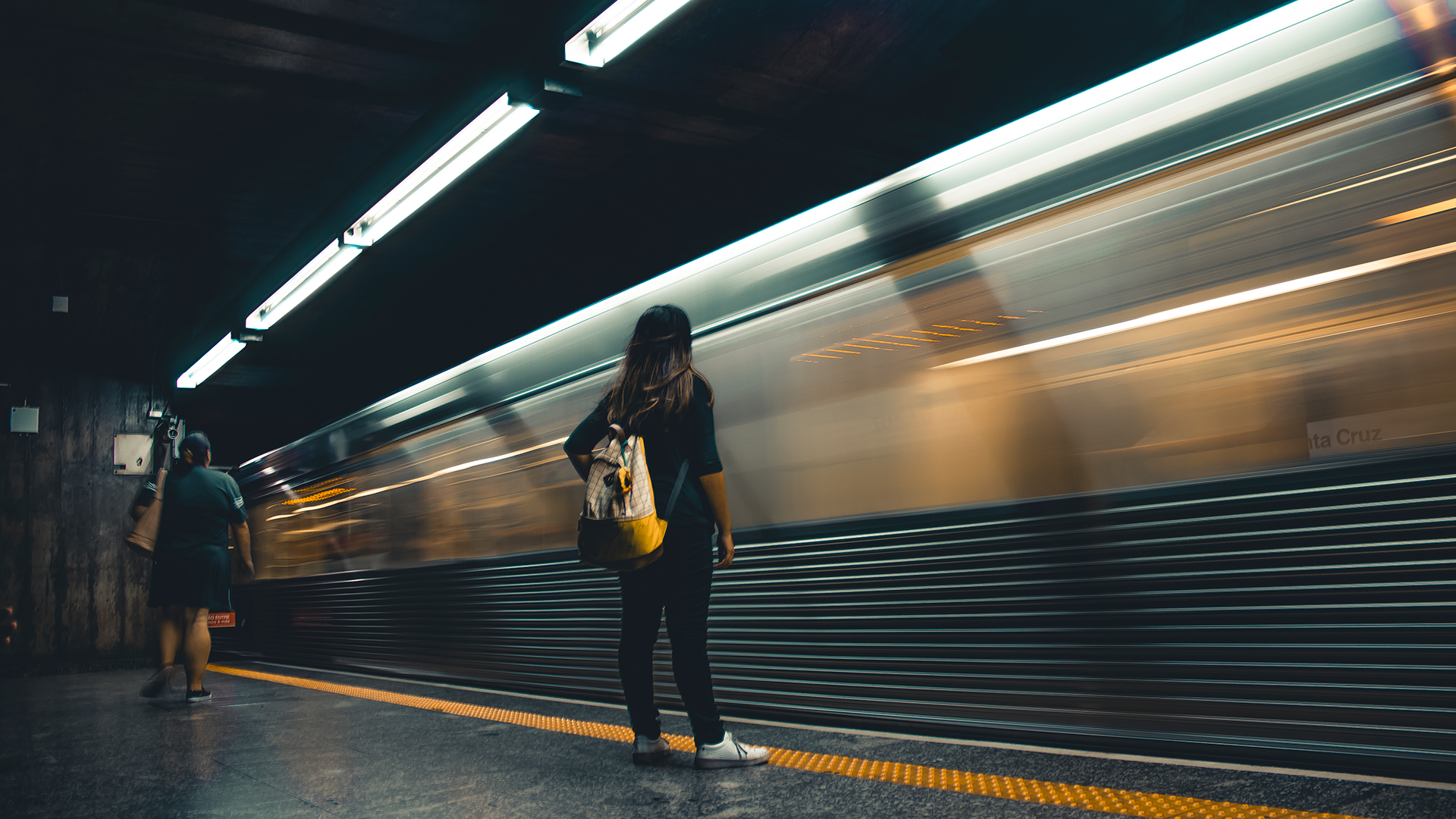
COVID-19 has undoubtedly changed many work situations in the present. Will any of these changes stick around to be part of the “new normal” after…
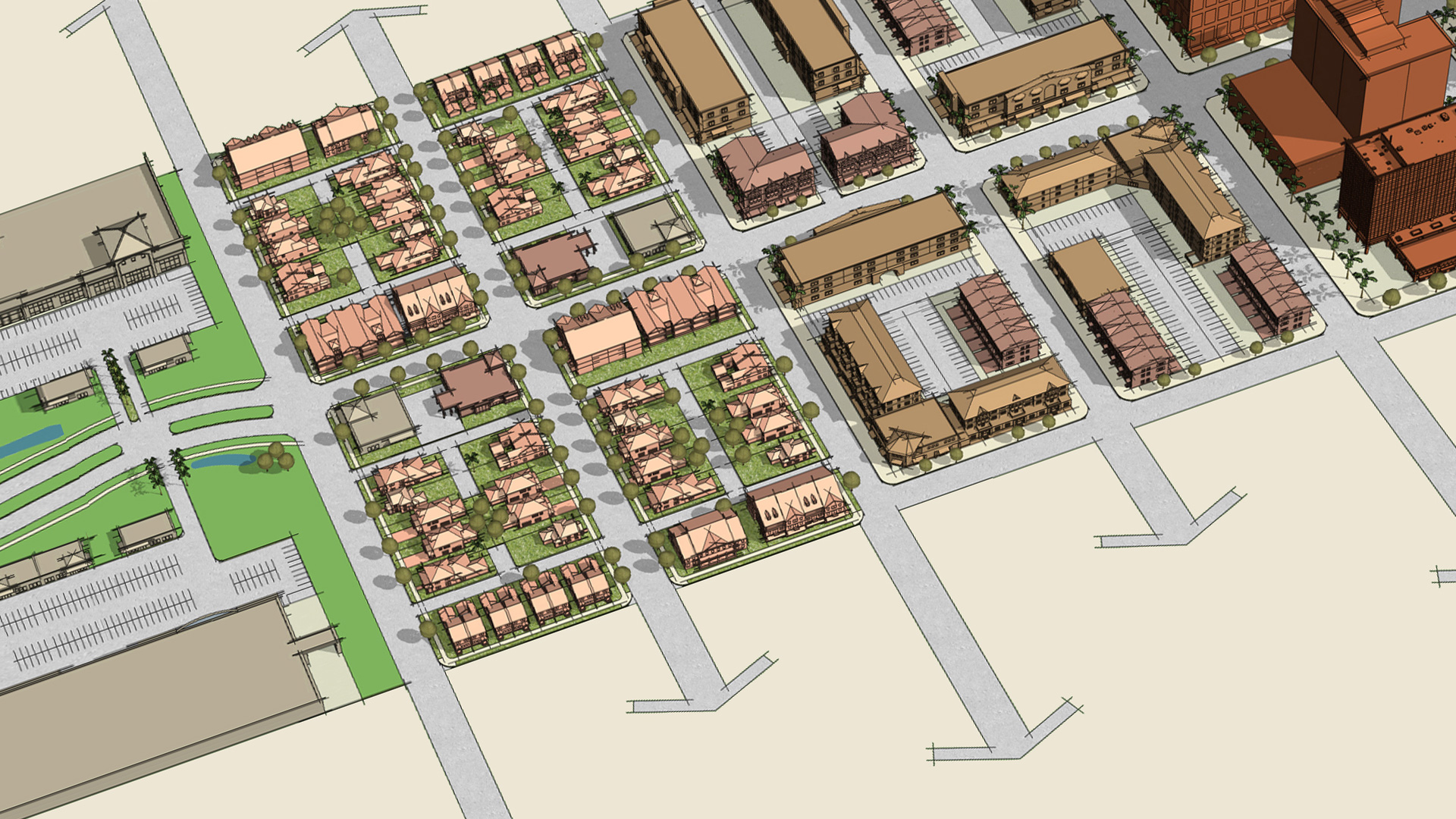
Change always require a catalyst. Someone, or something, deciding things cannot go on the way they are. In 2019, Oregon Department of Transportation (DOT) released…

“Everyone wants to know when this will end. That’s not the right question. The right question is: How do we continue?” – Devi Sridhar, public…

Like many others, as COVID-19 continued to unfold, we at Kittelson were faced with the decision of canceling our internship program or reimagining it to…
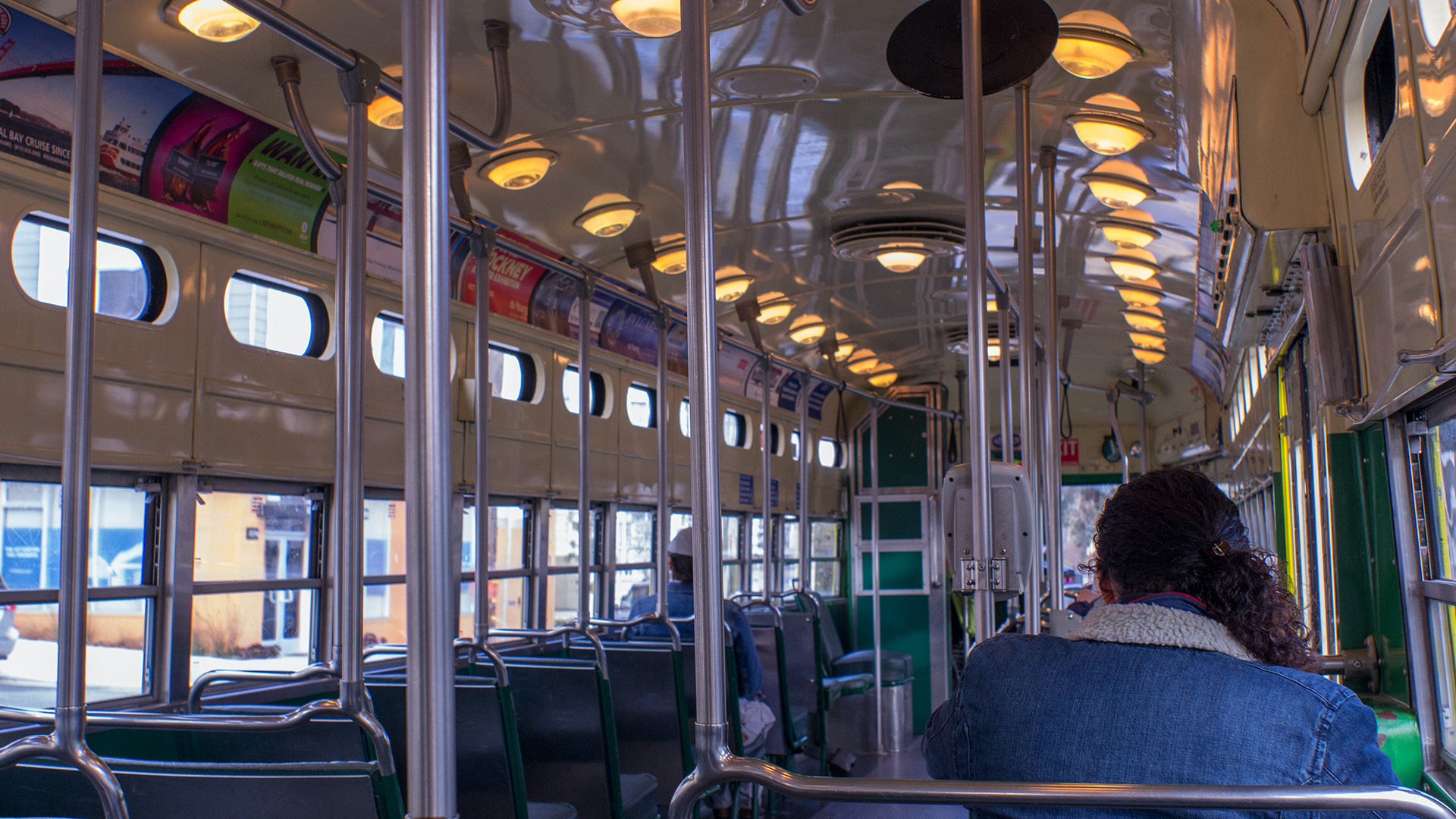
As COVID-19 continues to unfold and cities respond, we see streets closed to cars, an influx of bicycling, and growing energy behind the idea that…

Like many others, as COVID-19 continued to unfold, we at Kittelson were faced with the decision of canceling our internship program or reimagining it to…
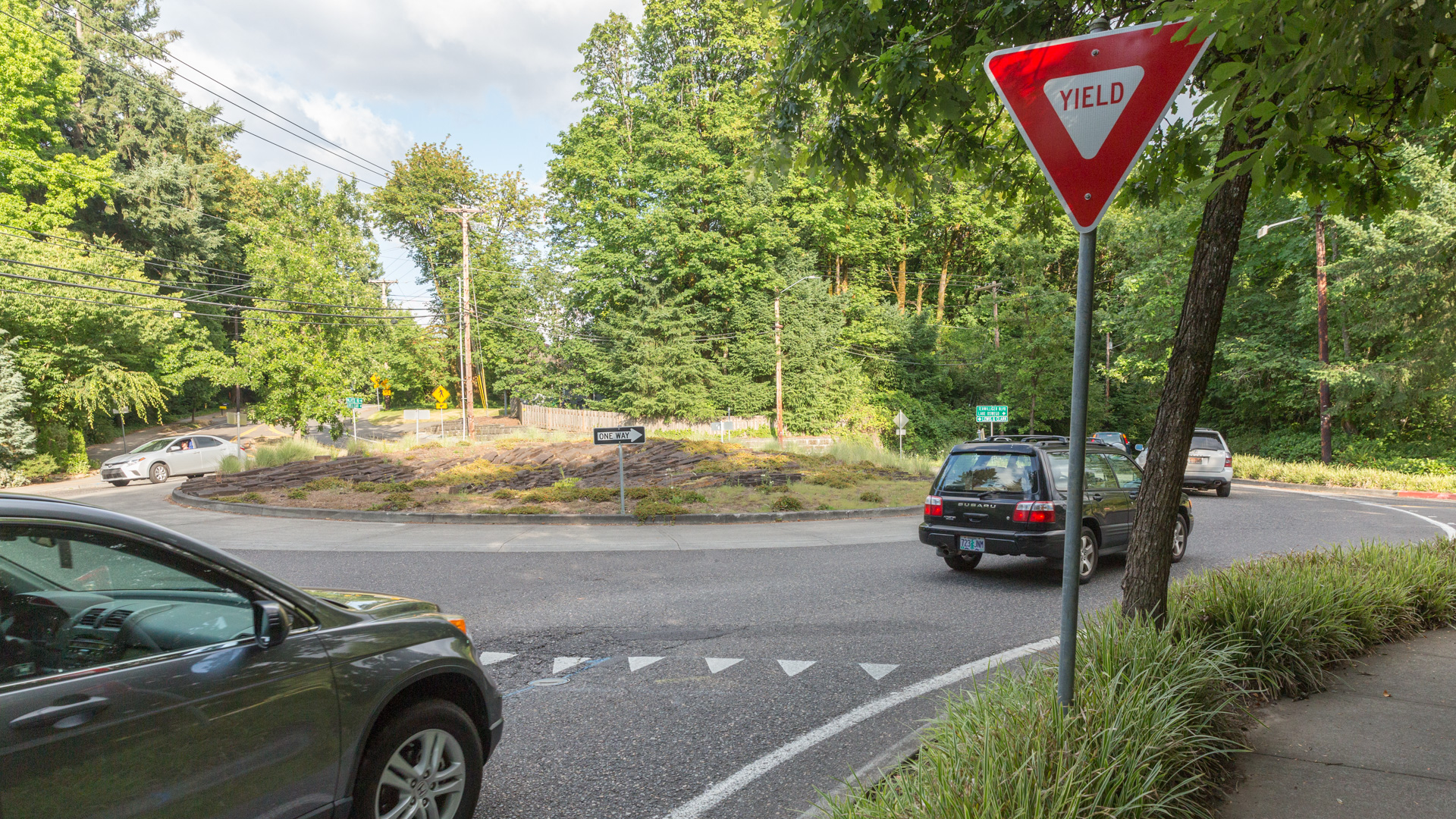
Updated May 1, 2022 Have you ever wondered how many roundabouts are in the United States? It’s the kind of question many of us assume…

I’m proud to work for an organization that creates space to have difficult conversations and listen to one another. As our nation reels from and…
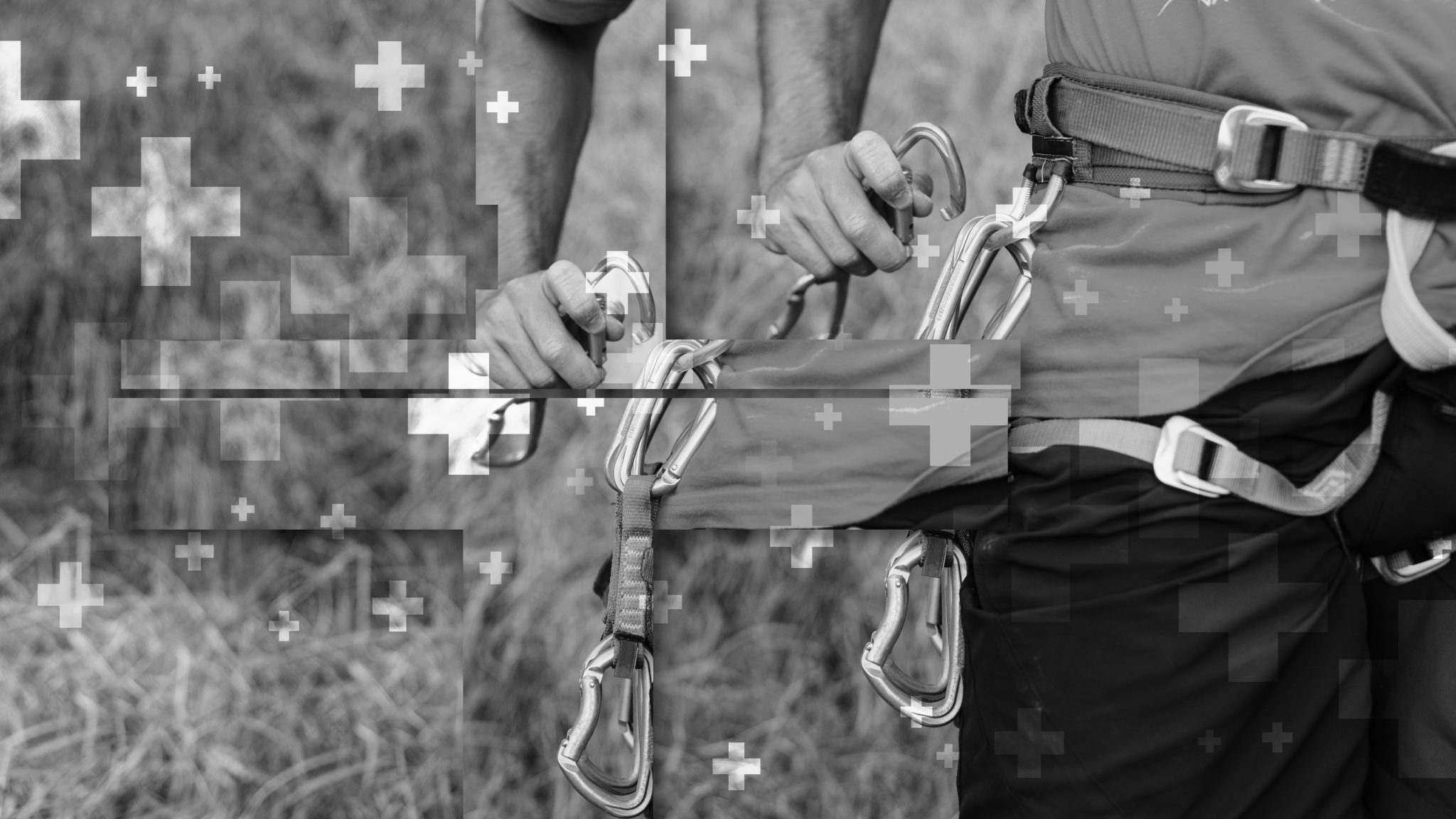
On June 4, 2020 we gathered to dialogue about effective communication in the virtual space through a webinar with Susan Mah, Steve Rhyne and Katie Taylor. Susan, Steve,…

The Role of LRSPs, SSARs, and Vision Zero Plans in Multidisciplinary Safety Planning Where there are transit stops, there are people walking. If there’s…
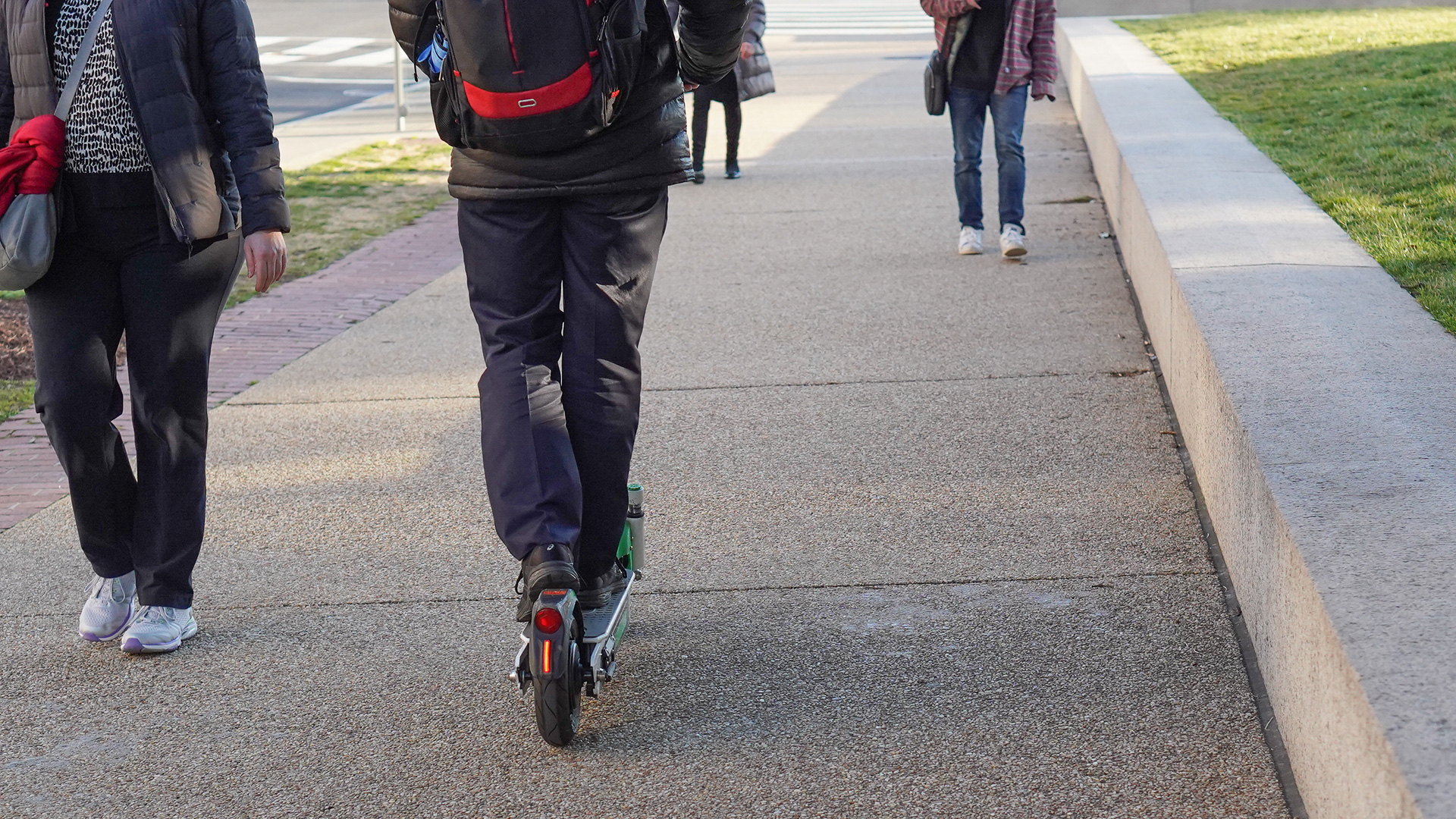
Baltimore’s dockless vehicle program offers a wealth of insight for cities assessing the viability of e-scooters in their transportation system, particularly during COVID-19. Baltimore’s…
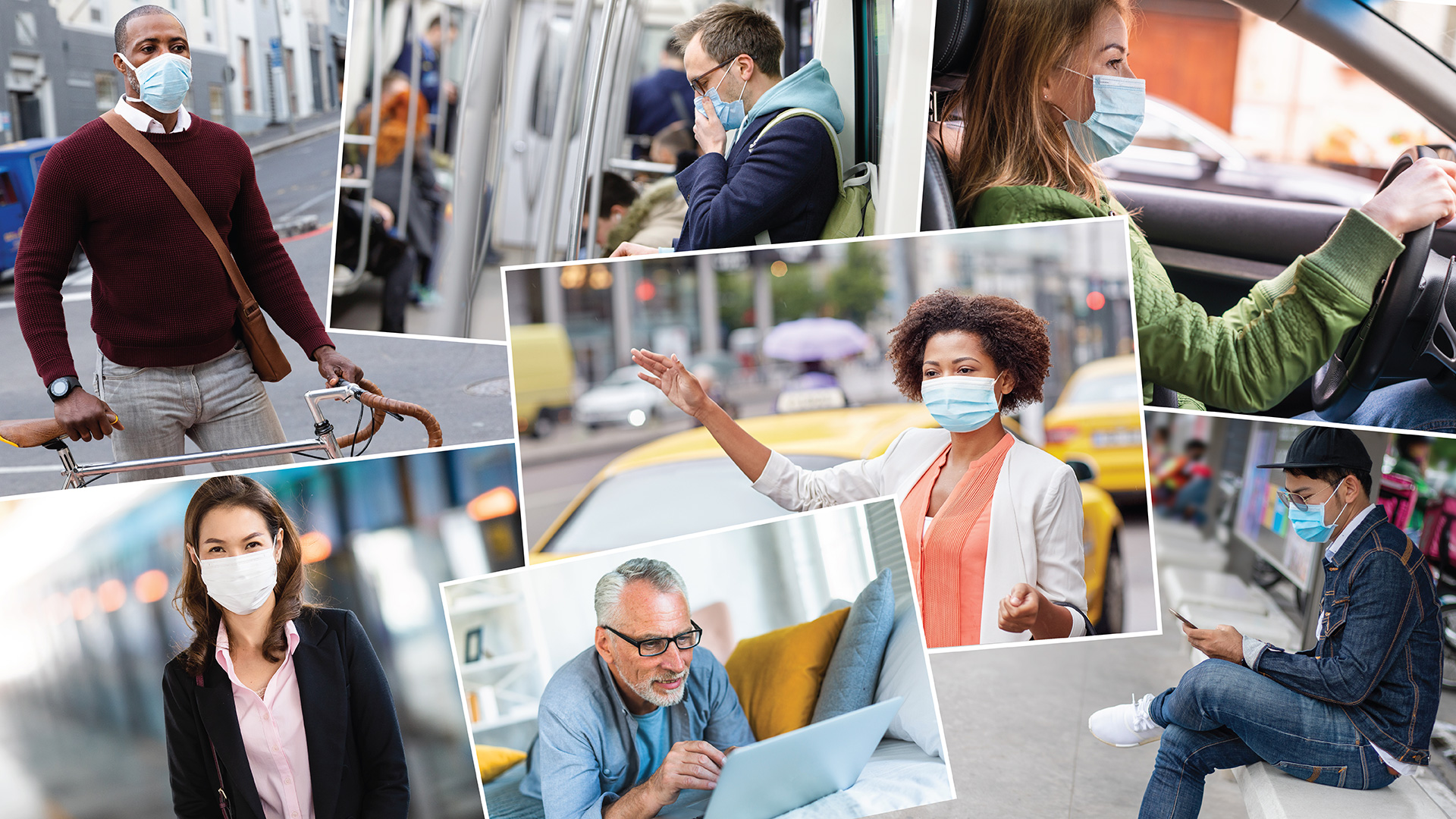
With two minutes of your time, you could help us shine a light into what changes may be on the horizon with commuting and teleworking…

On May 14, 2020, we gathered to dialogue about an important topic through a webinar with Brian Dunn, Chris Brehmer, and Wayne Kittelson, authors of…
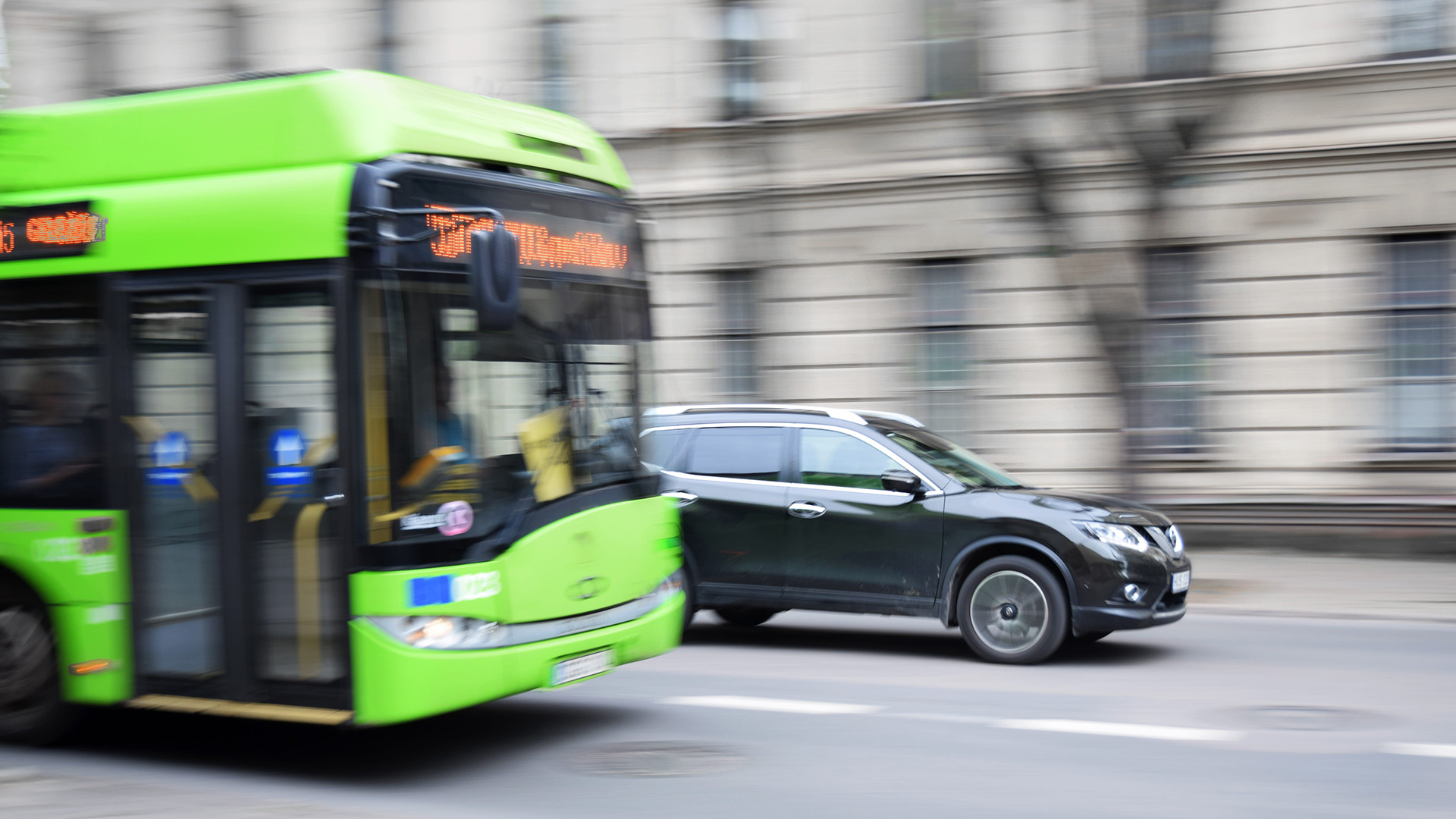
Electric buses have zero tailpipe emissions, are quieter, easier to maintain, and have lower lifecycle costs than diesel buses. Despite drawbacks including higher upfront costs…

“What does a typical day for you look like?” This is a question we often get as we speak with students, and it’s a good…

For 64 years, May has been celebrated as National Bike Month and a chance to celebrate the health, economic, environmental, and social benefits of cycling….

With many people working and attending classes remotely these days, there is an abundance of online educational content coming through our feeds. Articles, webinars, and…
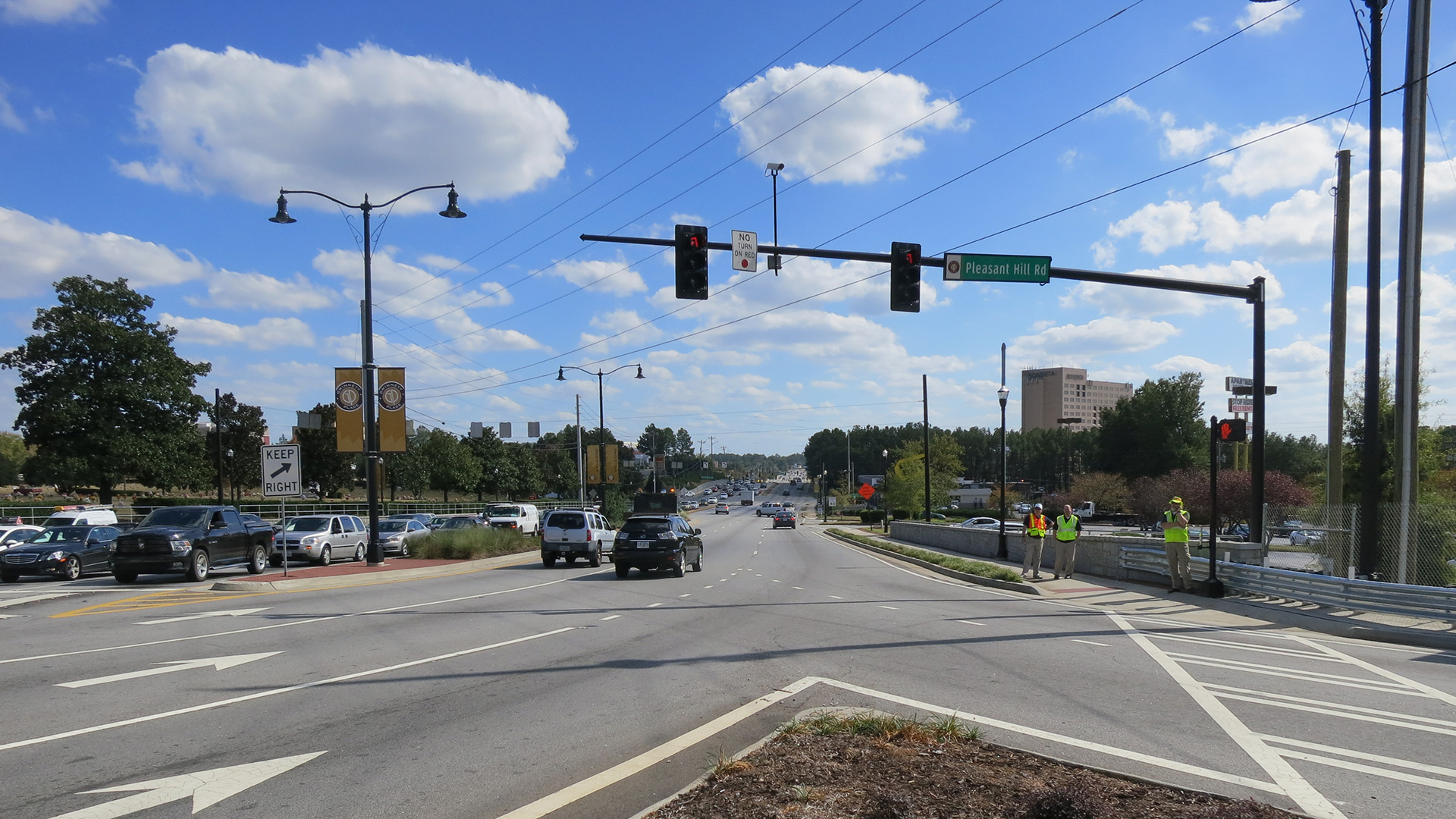
In a Restricted Crossing U-Turn (RCUT) intersection, a driver makes a right turn, travels about 500 feet, then enters a left-turn lane to make a…
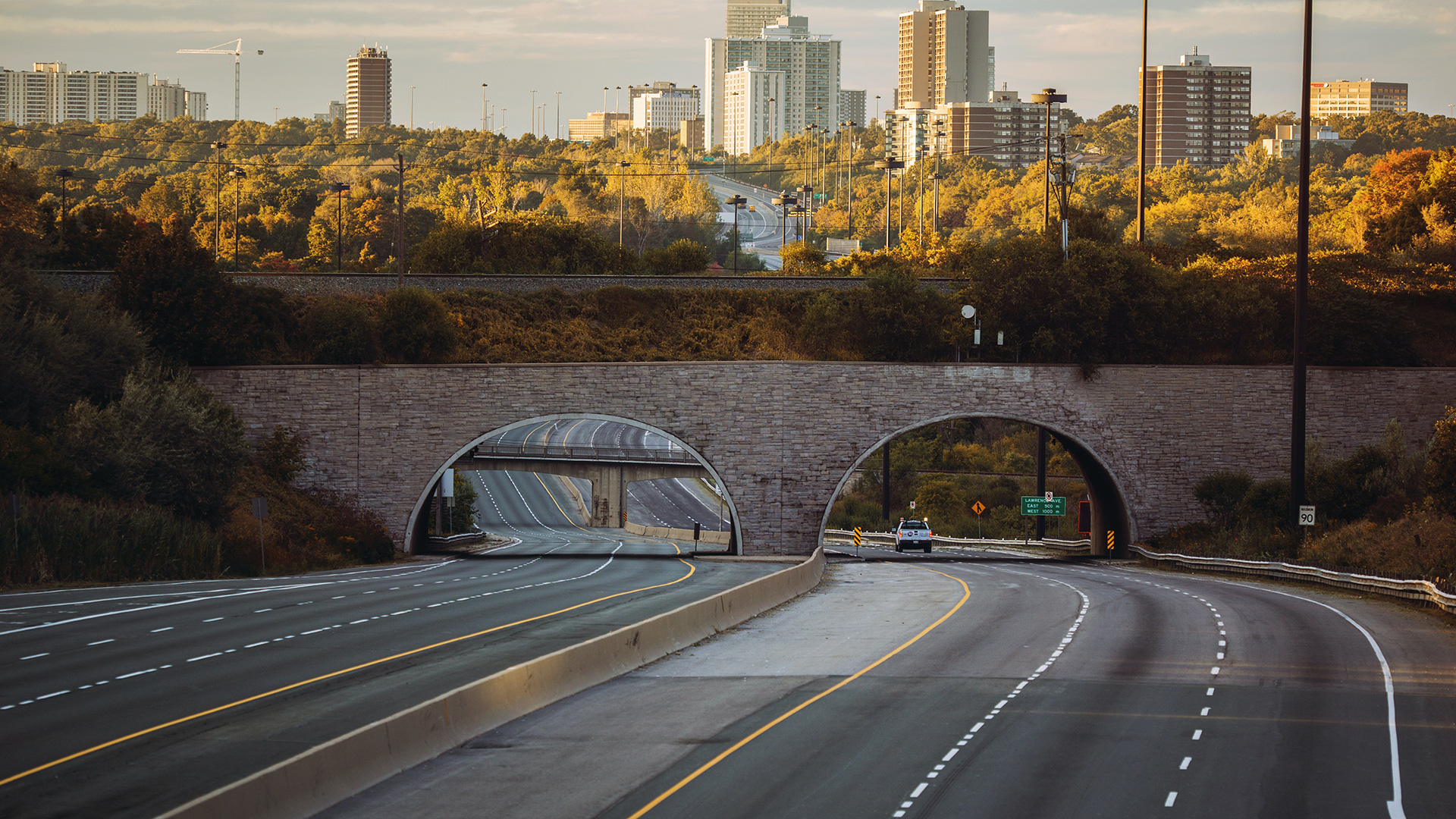
Recently, we offered broad ideas responding to a question on the minds of many practitioners: How can important projects that rely on field-collected volume data…
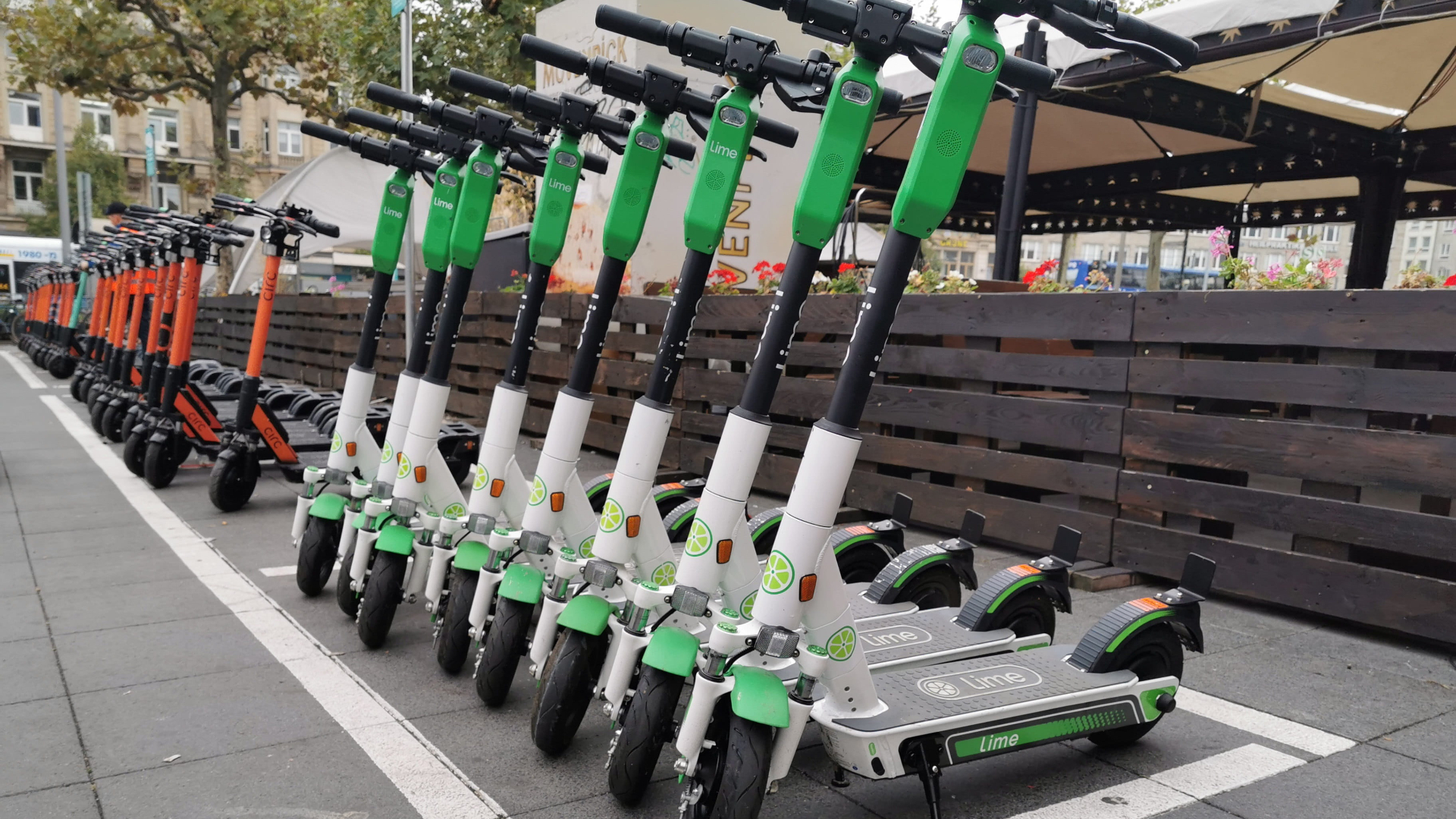
We’re always in favor of a little friendly debate. It helps us stay open and gain new perspectives, especially around transportation topics that are shrouded…

Developing Proxy Traffic Volume Estimates During COVID-19 Pandemic Conditions — Updated: April 2, 2020 The COVID-19 pandemic has developed so rapidly that there has been…

Conducting Community Outreach During a Period of Social Distancing While important for limiting the spread of COVID-19, social distancing and restrictions on gatherings of…

On March 23, 2020 we gathered to dialogue about an important topic through a webinar with Conor Semler. Will mandatory helmet laws make bicycling in the…

The COVID-19 pandemic has had a drastic impact on our transportation systems, which in turn affects the livelihood of employees in the transportation industry. In…

Kittelson & Associates joins organizations across the world in preparing to go fully remote as the COVID-19 pandemic continues to unfold. As a consulting firm,…

Kittelson & Associates, Inc. is a company spread over more than 25 offices, yet we don’t silo project work by location. Due to our “one…

What is environmental justice? What has been done to advance it? And how can transportation planners factor it into projects? Think of the water…

On February 19, 2020 we gathered to dialogue about environmental justice through a webinar with Veronica McBeth. Veronica talked about: The harm inflicted upon minorities, low-income,…
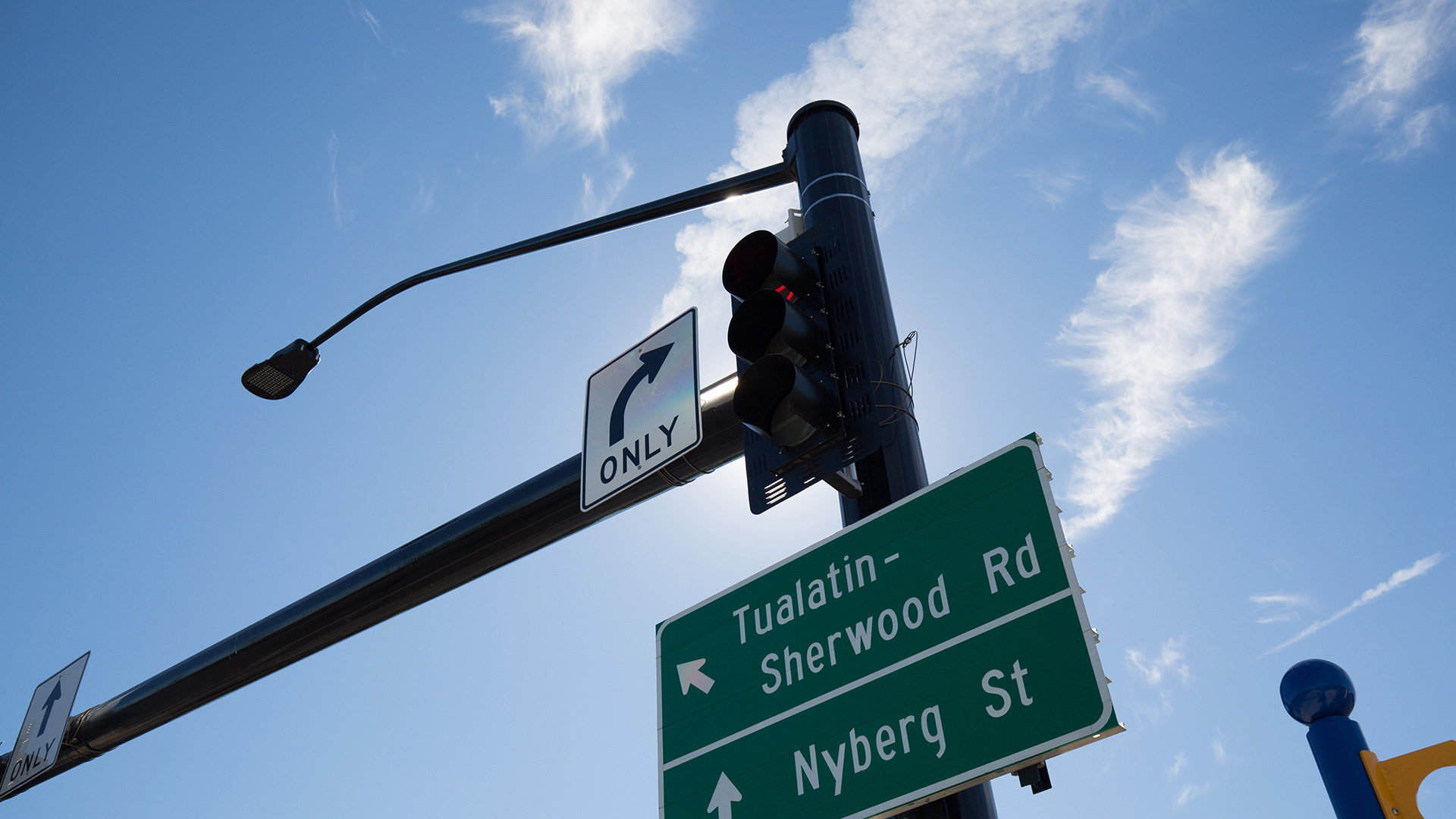
Automated traffic signal performance measures (ATSPMs) are revolutionizing the way agency engineers view traffic management. These high-resolution data analytic tools pull from systems and components…

In 2019, a group of us at Kittelson got together to discuss how we’re incorporating environmentally sustainable habits in our offices and firmwide operations. While…
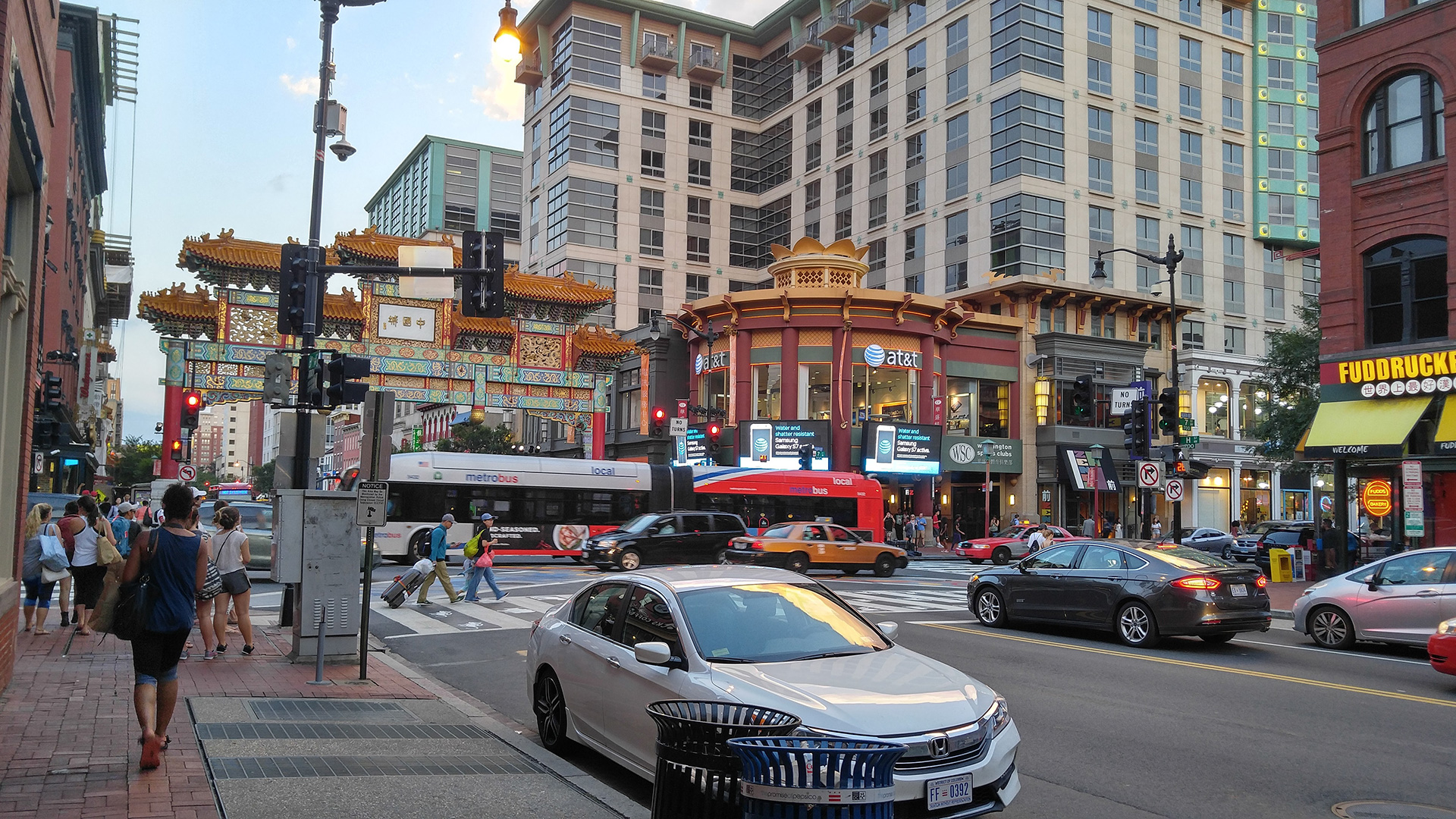
In the January 2020 issue of Parking Magazine, Kittelson Senior Engineer/Planner Alek Pochowski explains how good curbside management has tremendous implications for keeping communities safe….

The Transportation Research Board (TRB)’s Annual Meeting is an eye-opener to, and reminder of, the many ways that transportation intersects everyday life, and the vitally…
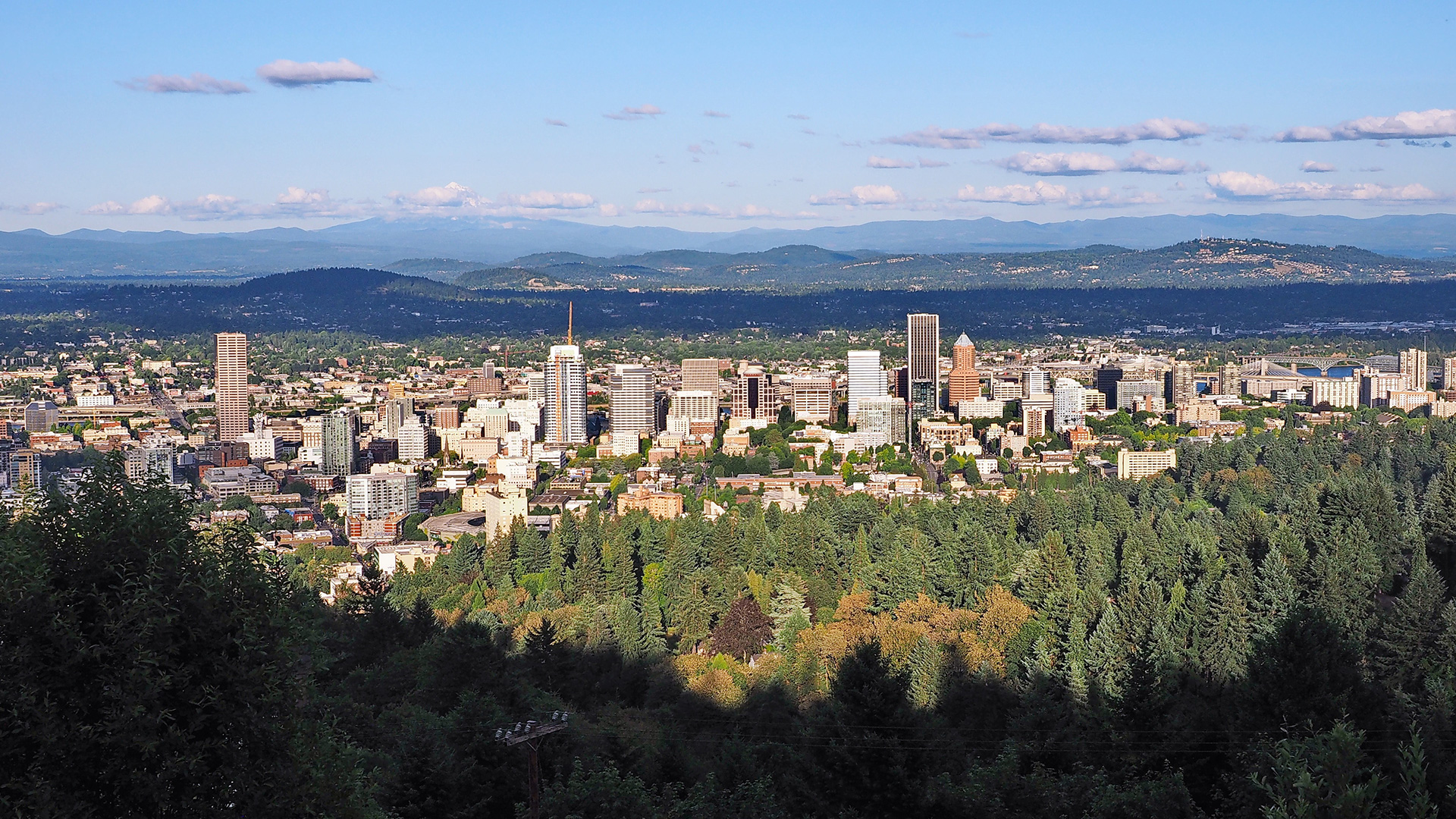
An Efficient Route to Applying Performance-Based Design Guidance Traditionally, transportation engineers have been trained to apply a set of standards that primarily address function…

Opinion | December 30, 2019 In November 2019, the National Transportation Safety Board (NTSB) convened to examine the very important topic of bicycle safety….
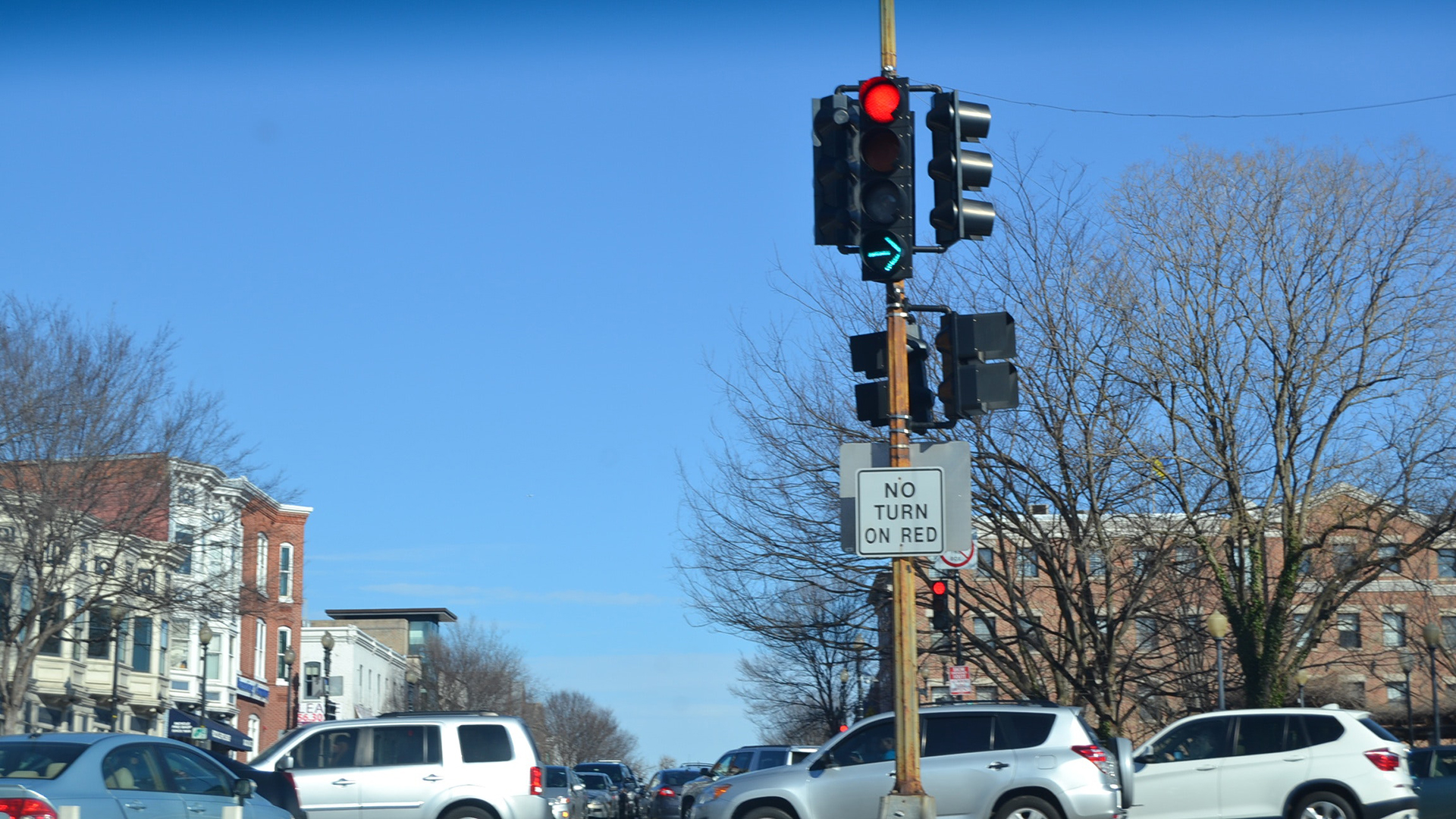
Traffic signals can do much more for our transportation networks than just flash green, yellow, and red. Through advances in traffic signal technology and communications…
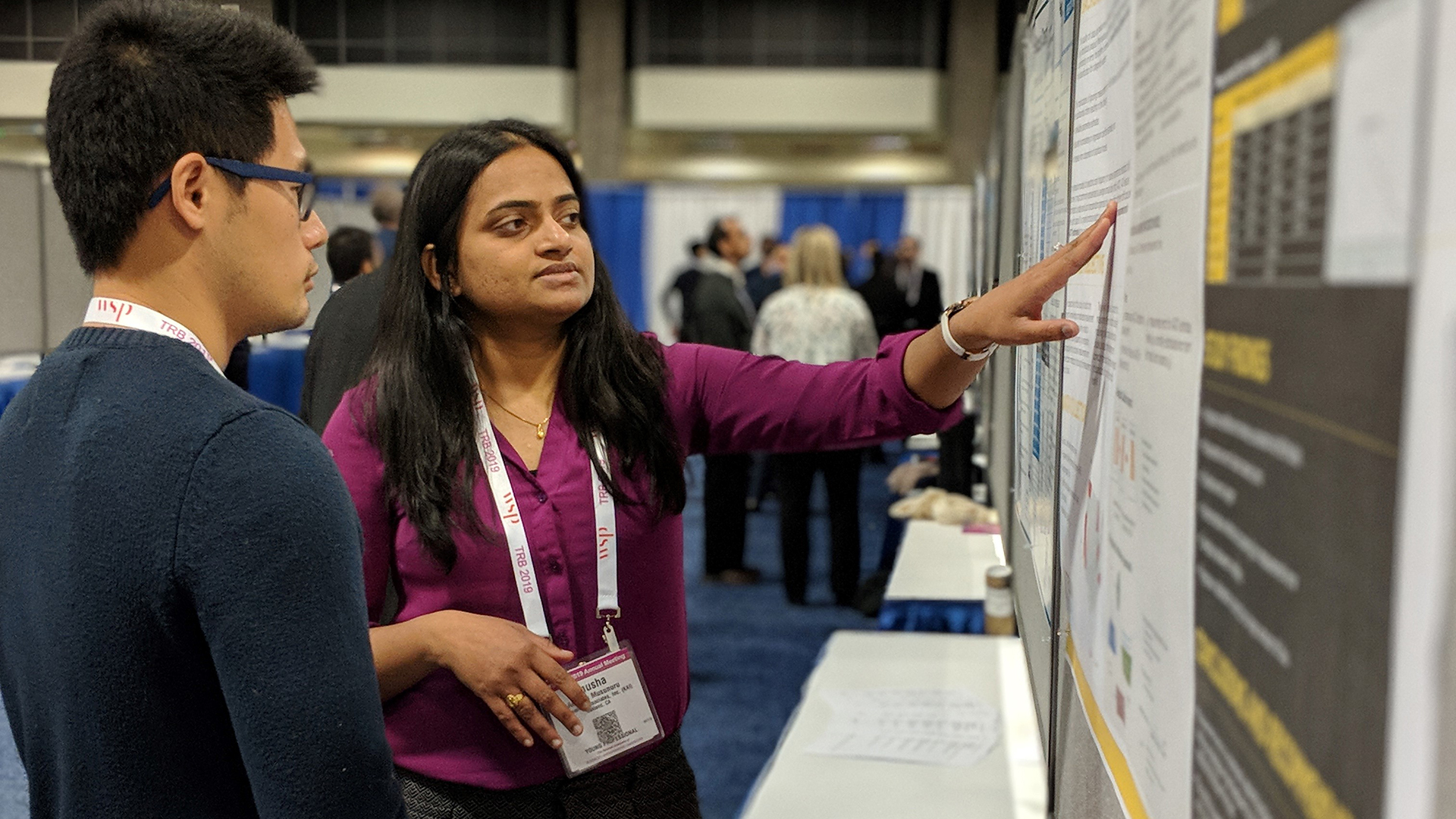
More than 13,000 transportation professionals from around the world will gather at the Transportation Research Board (TRB) Annual Meeting in Washington, D.C., January 12-16, 2020….
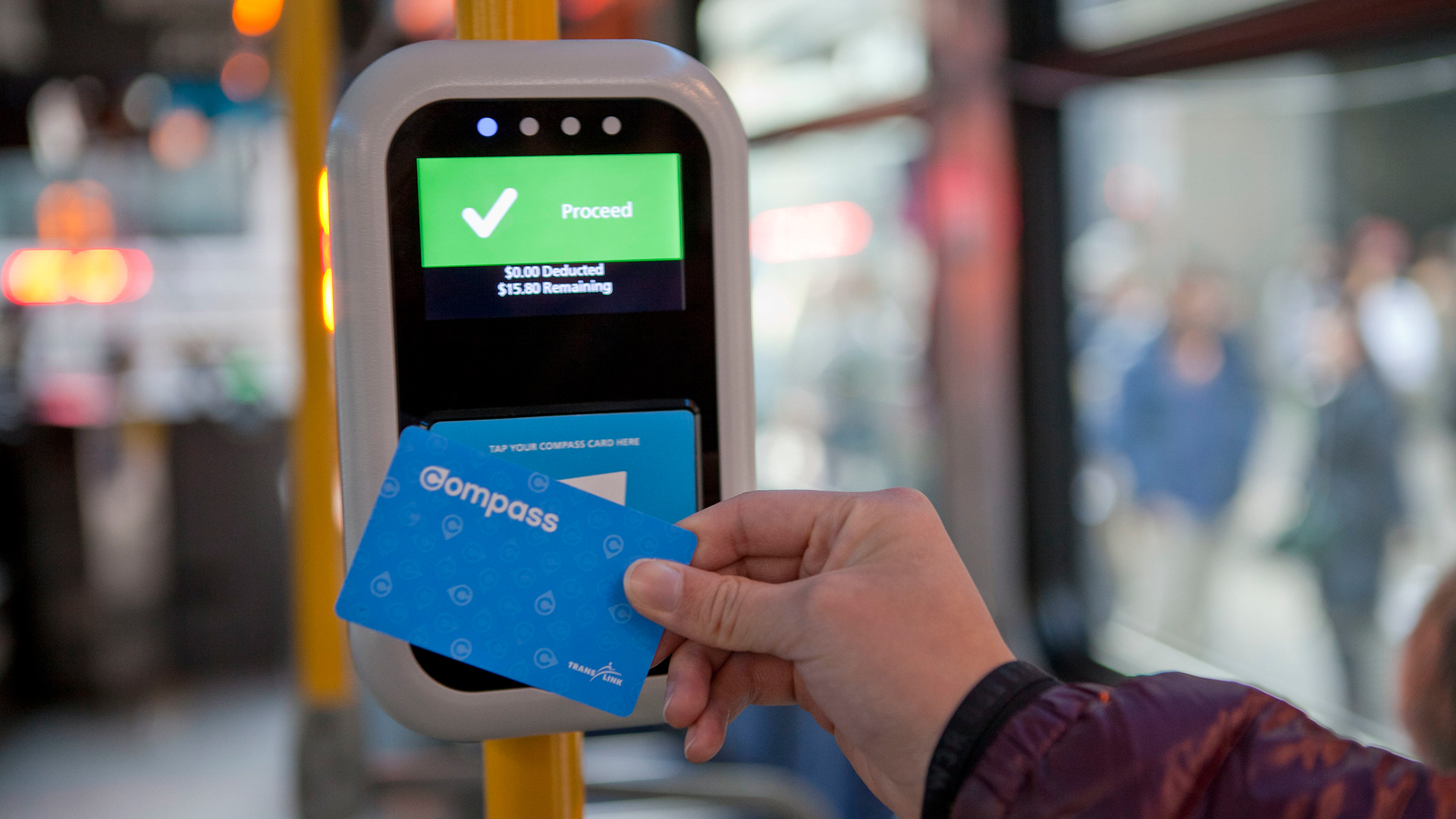
Remember the “transit stores” of old? (Well… of a few years ago.) Schedules would be stacked on one wall and people selling fare cards would…
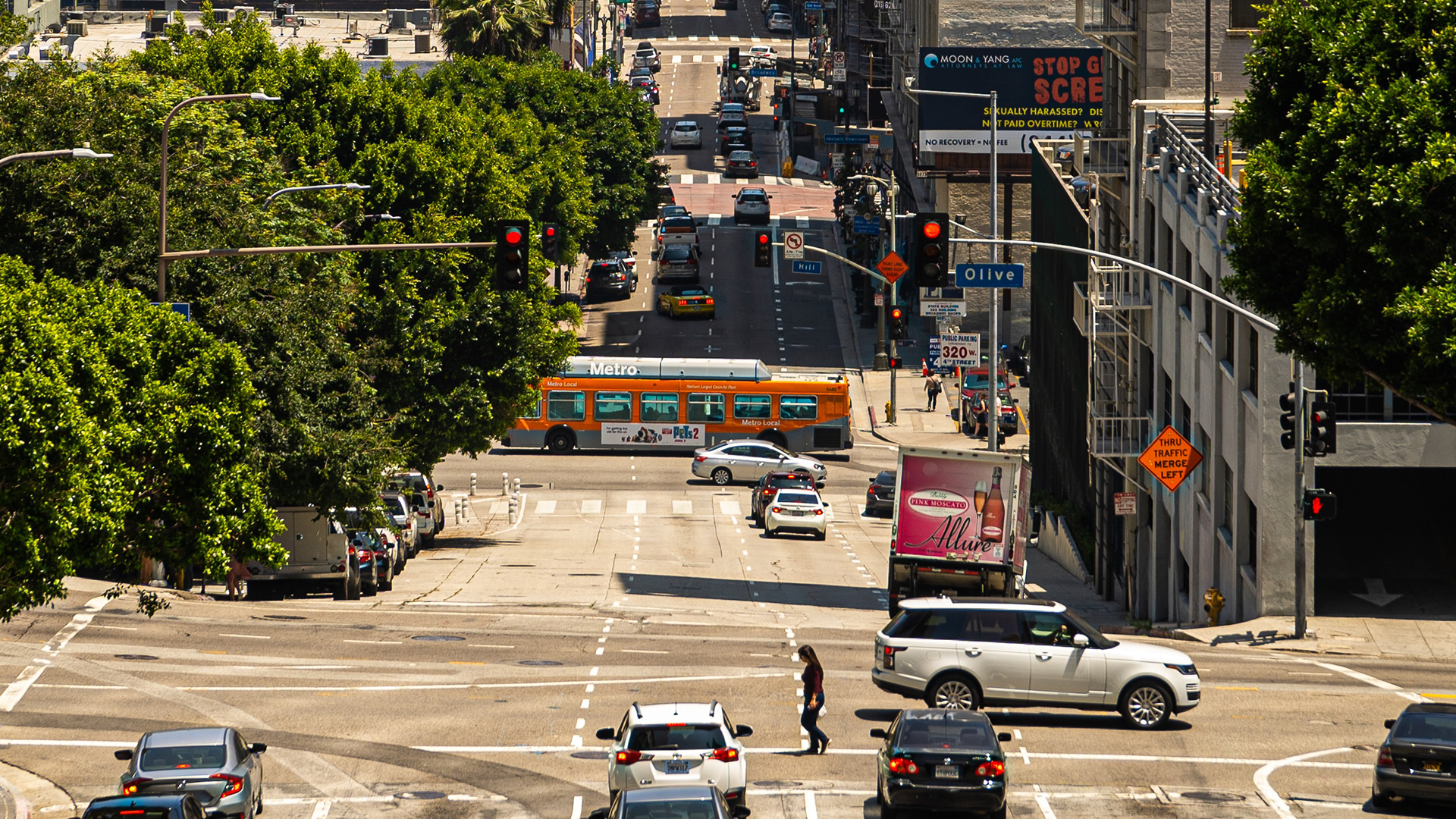
Understanding traffic volumes is the bread and butter of a transportation engineer’s work. Volumes are usually measured along roadway segments or at intersections – where…
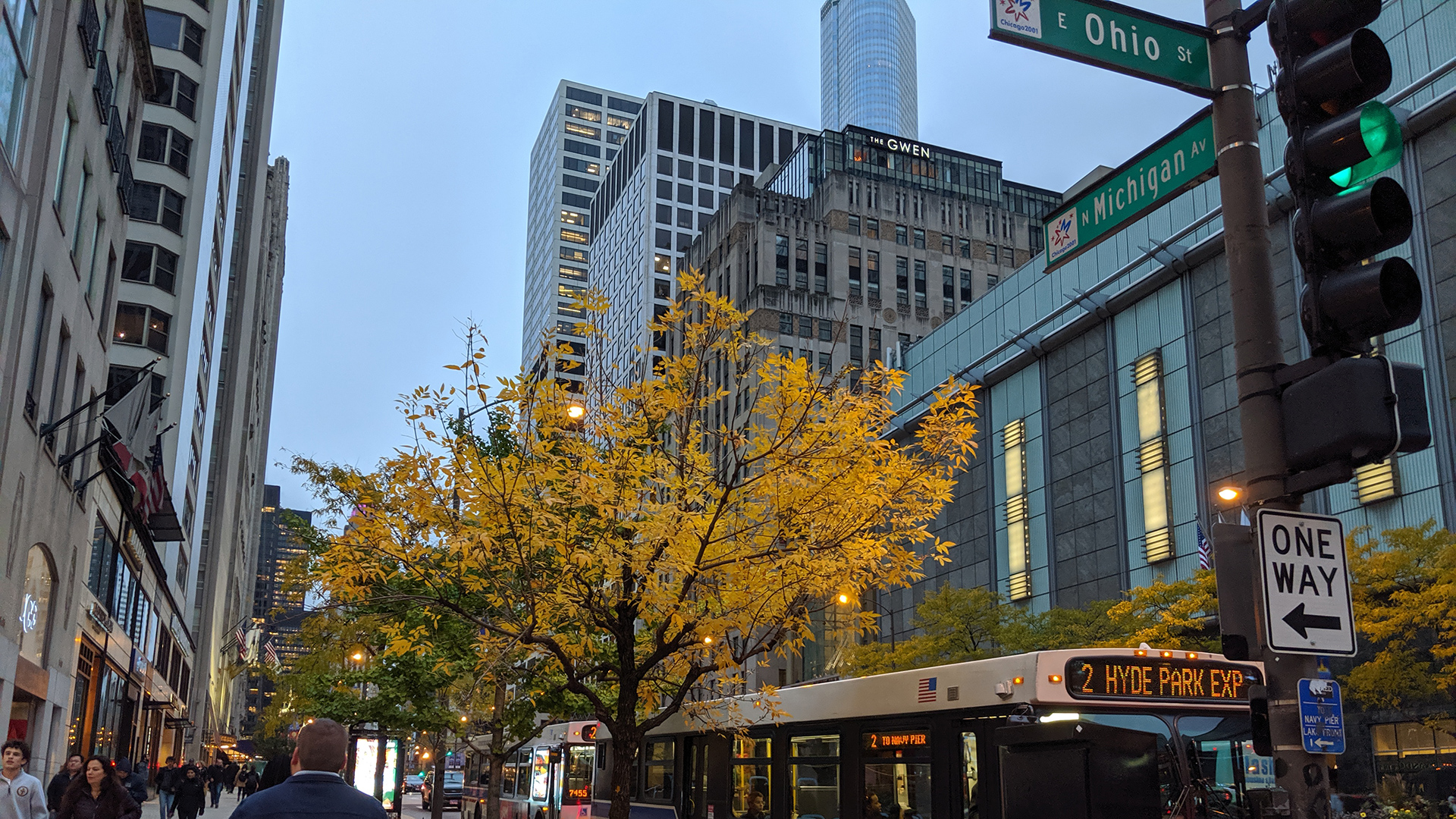
“We are in the Napster phase of transportation. We don’t know who’s going to have Spotify.” Gibran Hadj-Chikh joined Kittelson in August 2019 as…

Emergency evacuations and resilience planning are increasingly important topics for many reasons. Here are two key points that are top-of-mind: #1: The substantial and increasing…
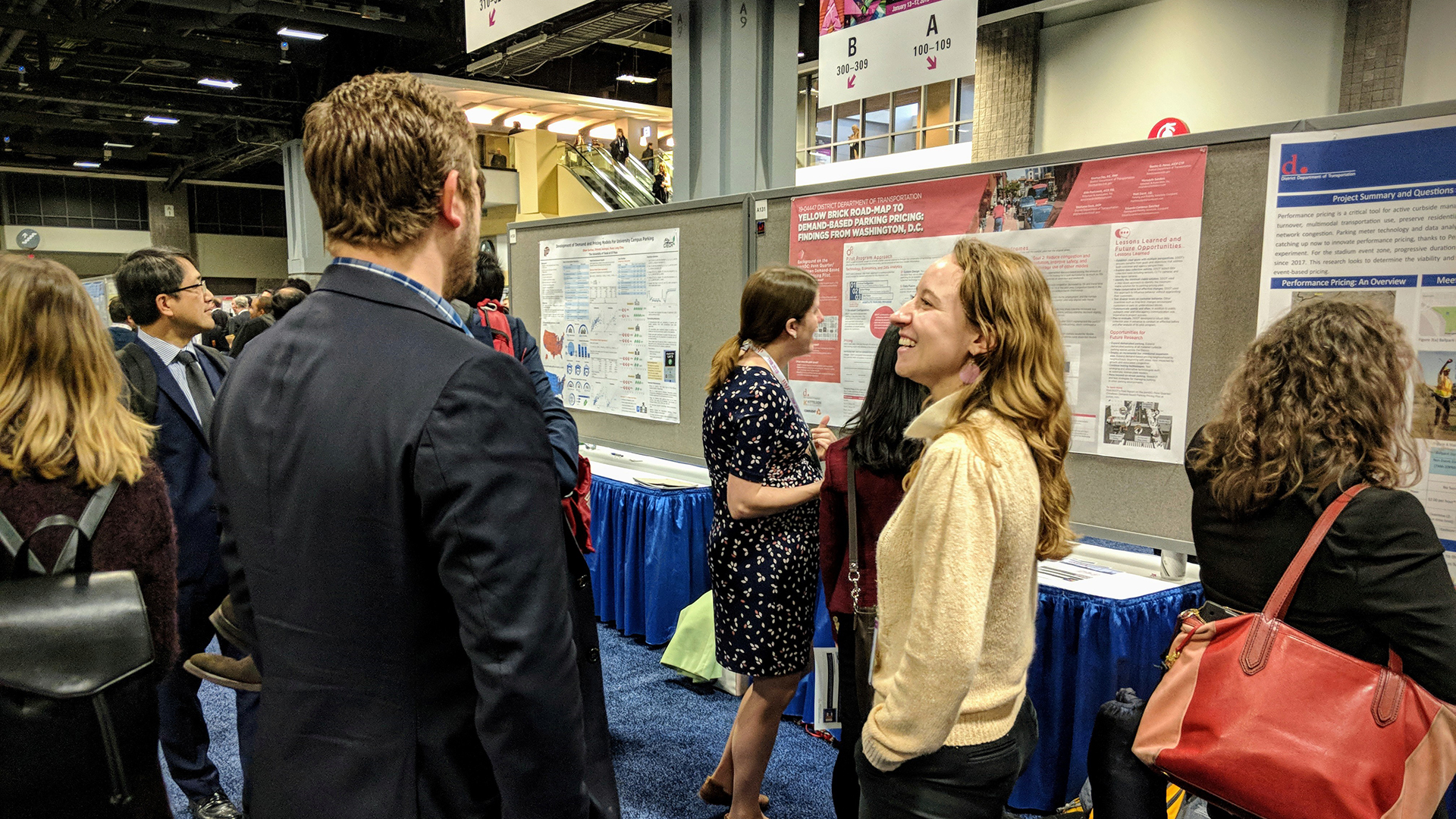
Thousands of transportation professionals from around the world will gather at the Transportation Research Board (TRB) Annual Meeting in Washington, D.C., January 5-10, 2025. Kittelson…

The first national guidebook about the impacts of new technologies on land use and transportation was released in pre-publication form by Transportation Research Board October…
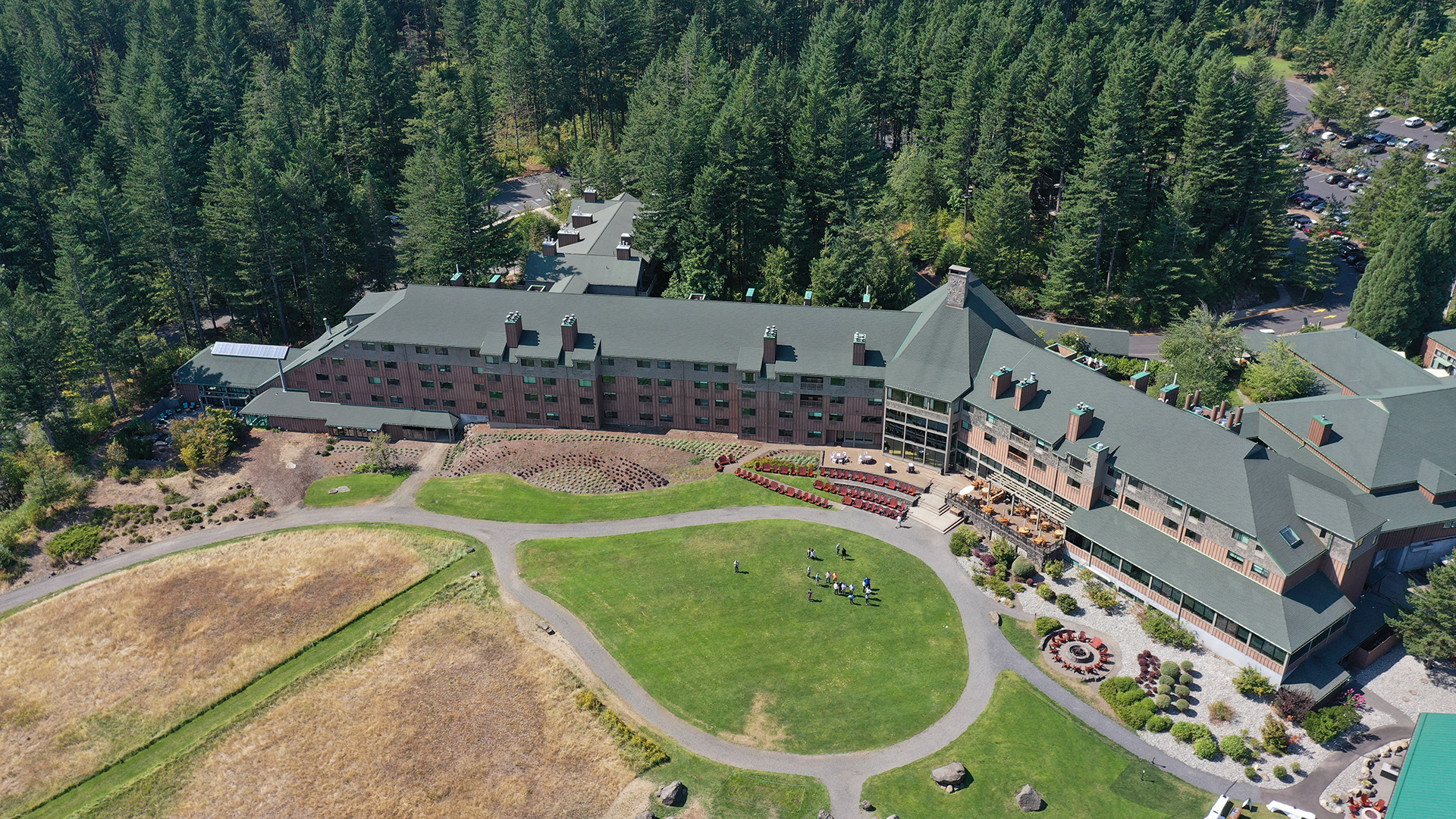
We are passionate about the work we do. At the same time, we know people in the middle of their careers are in the thick…
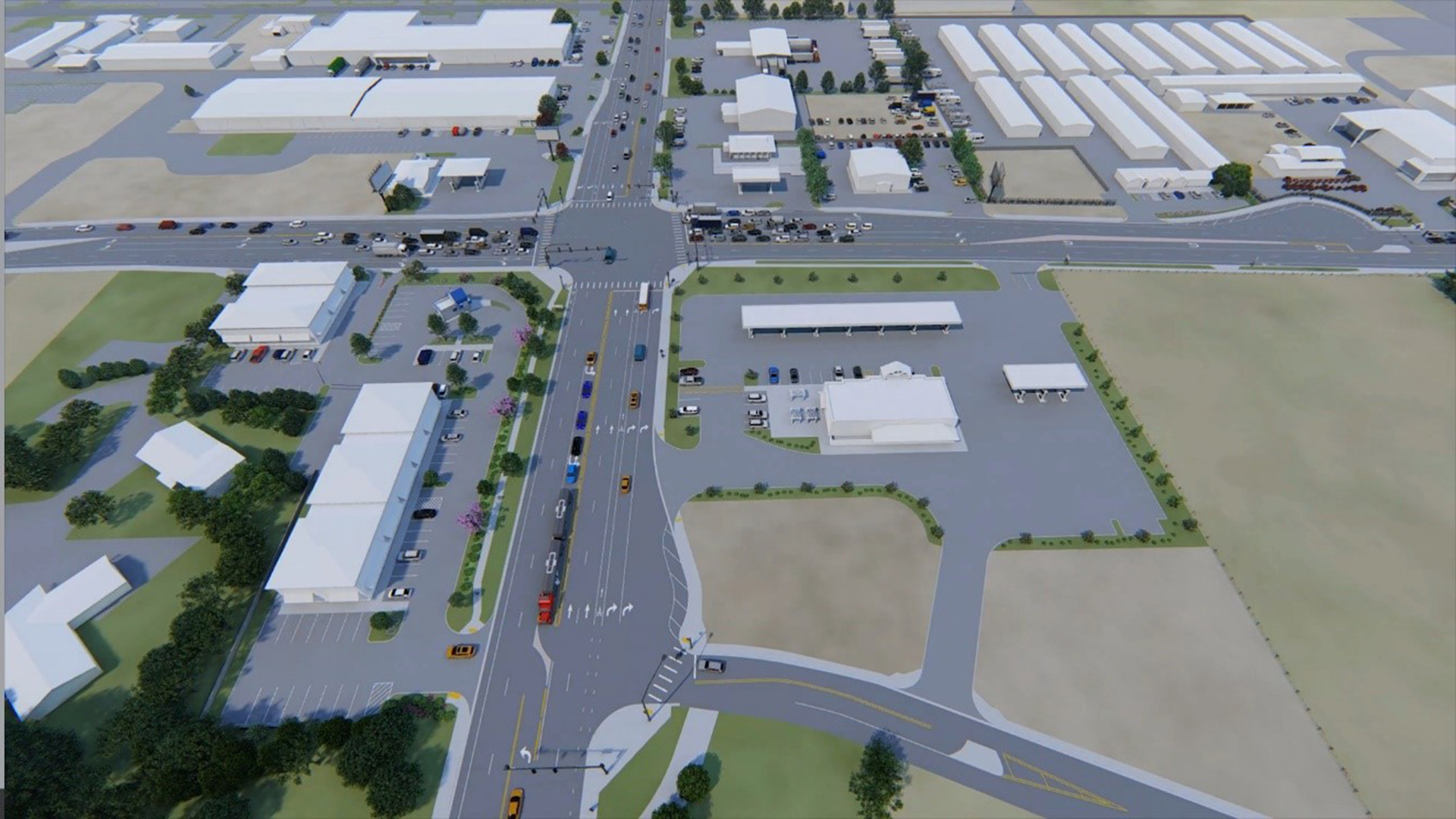
Giving stakeholders the opportunity to visualize transportation solutions before they become reality can confirm a project’s course, or change it for the better. Visualization is…

100% market penetration for fully connected and automated vehicles (CAVs) will likely be post-2050, and even then may be restricted to dedicated CAV-only facilities. However,…

From graphic design to tech services, here are 9 career paths in the transportation field that might surprise you.
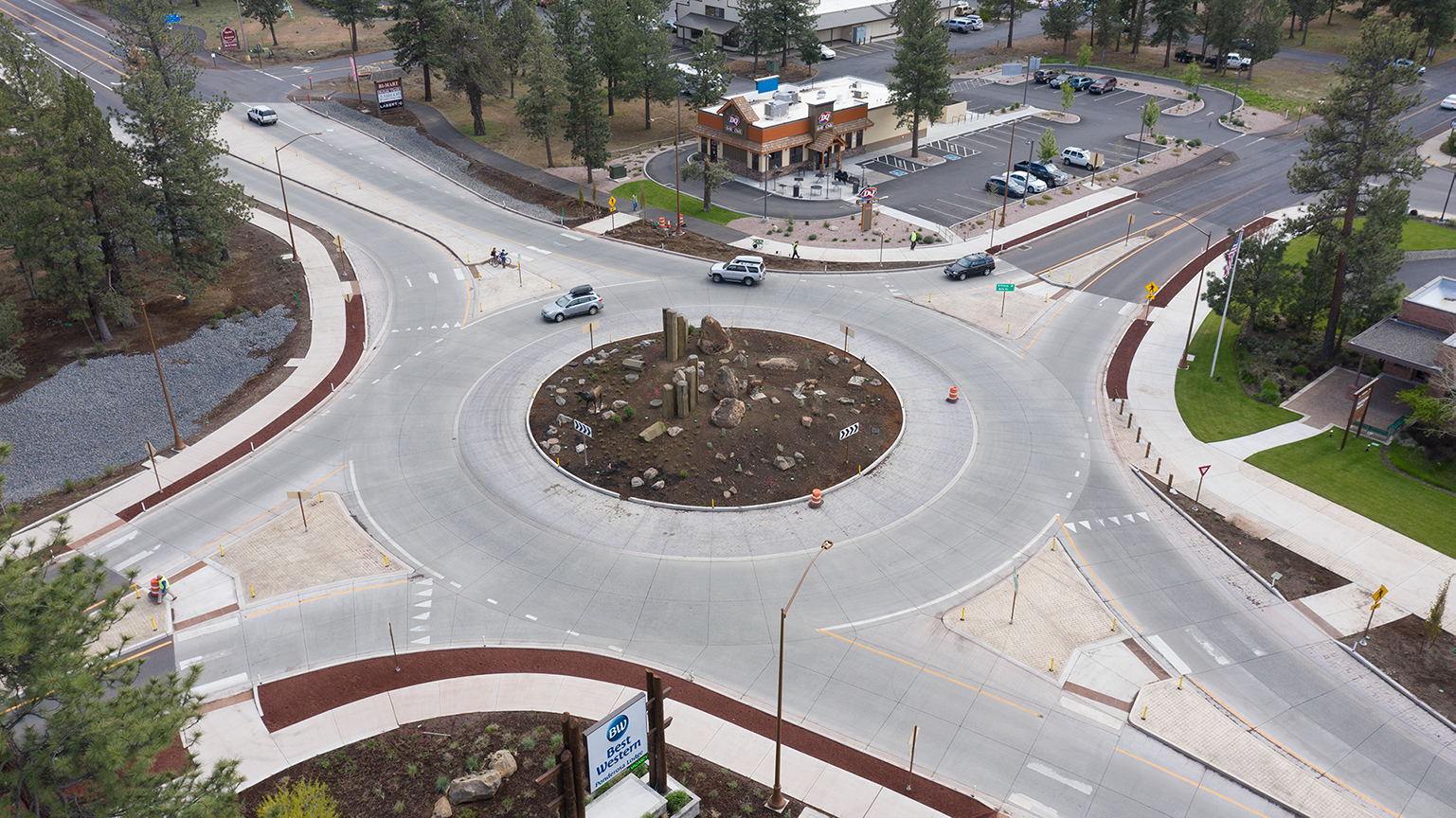
It’s National Roundabouts Week! To celebrate, we’re highlighting a few of our favorite roundabout design projects over the years. The Roundabout We Call “The Dogbone”…
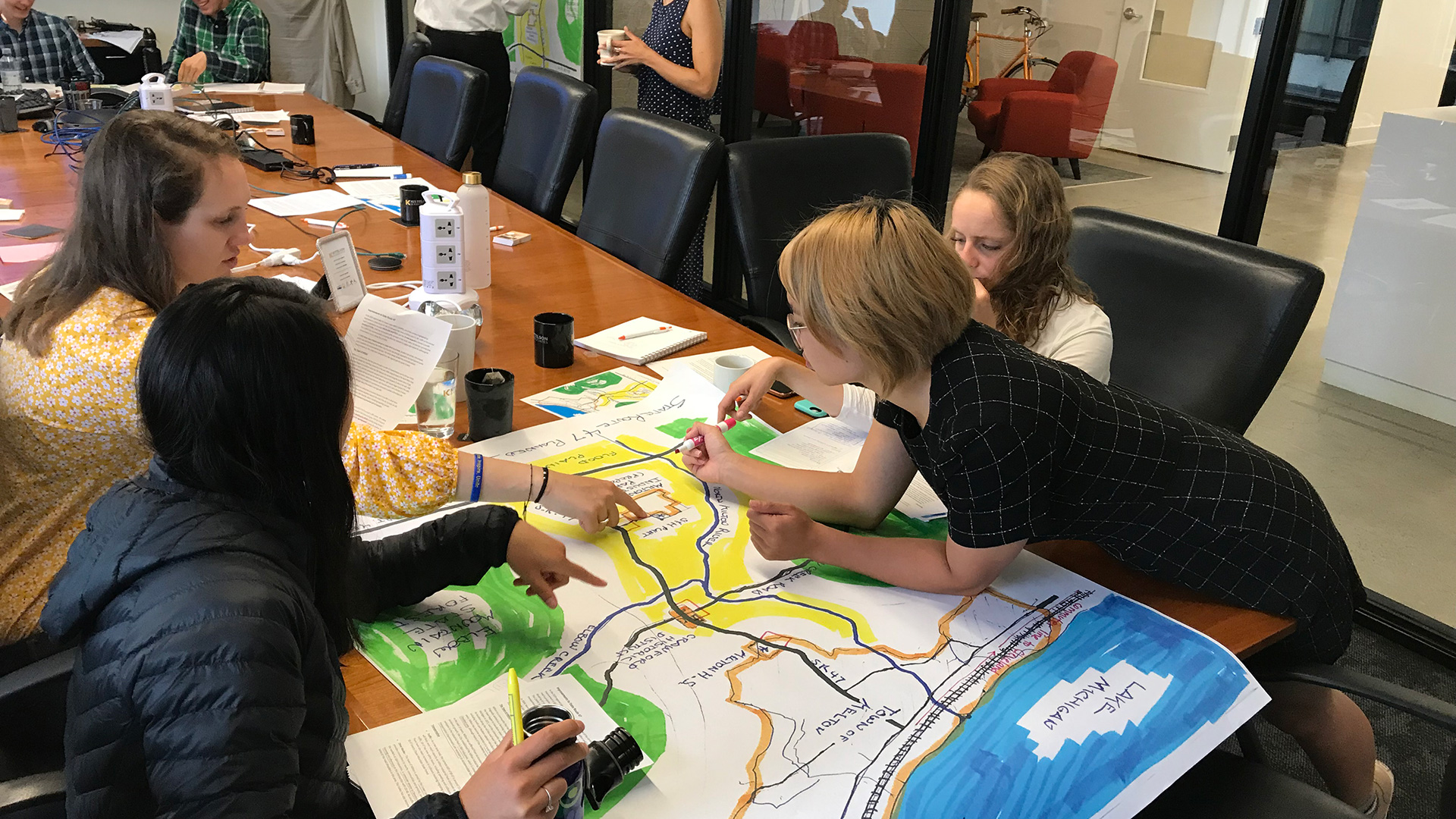
We just wrapped up our summer 2019 internship program, but we are already on recruiting students for our upcoming 2020 summer internships. We’re also excited…
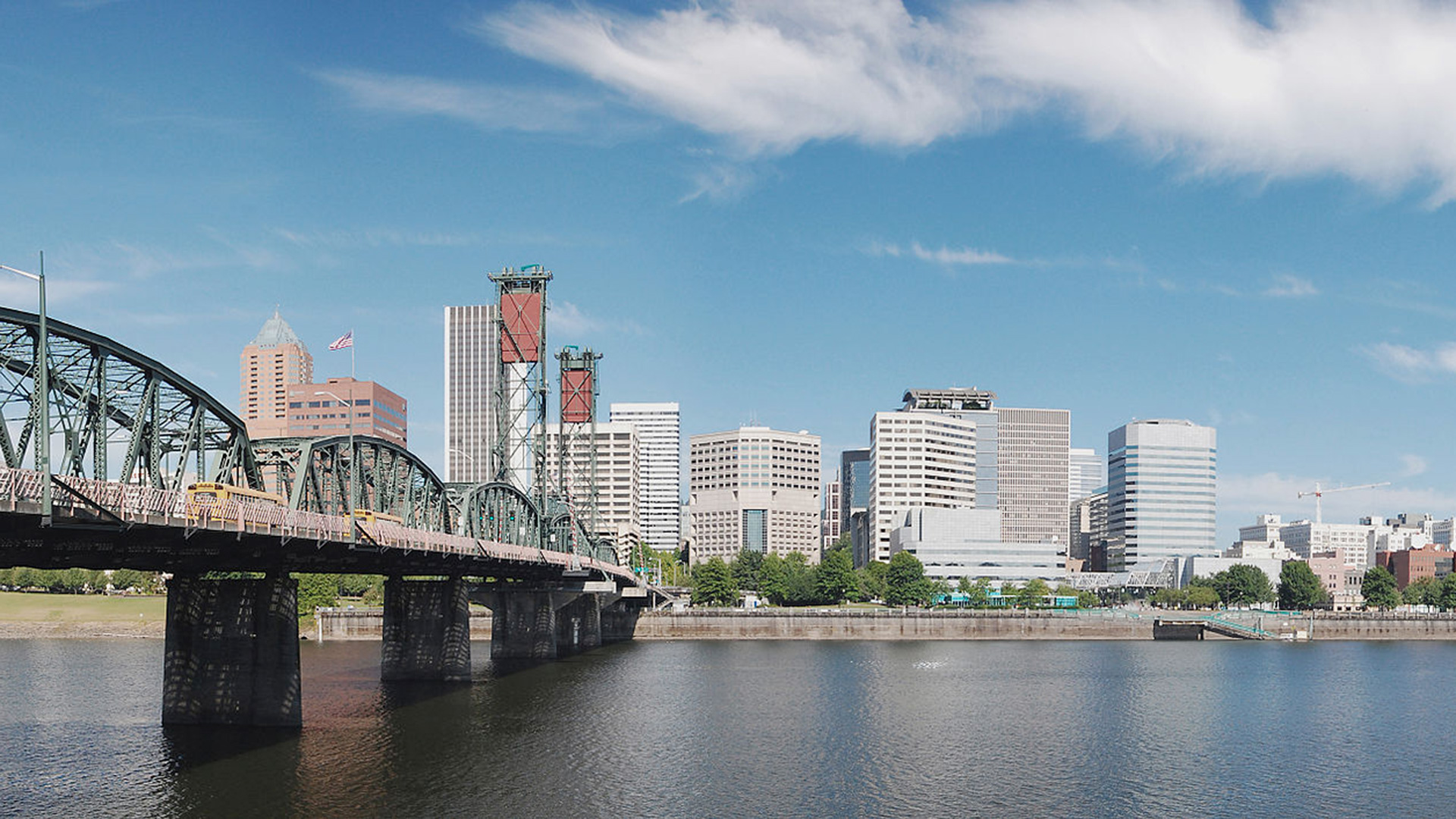
The Association of Pedestrian and Bicycle Professionals (APBP) 2019 Conference took place from August 25-28 in Portland, Oregon. Ten Kittelson staff members – representing our…
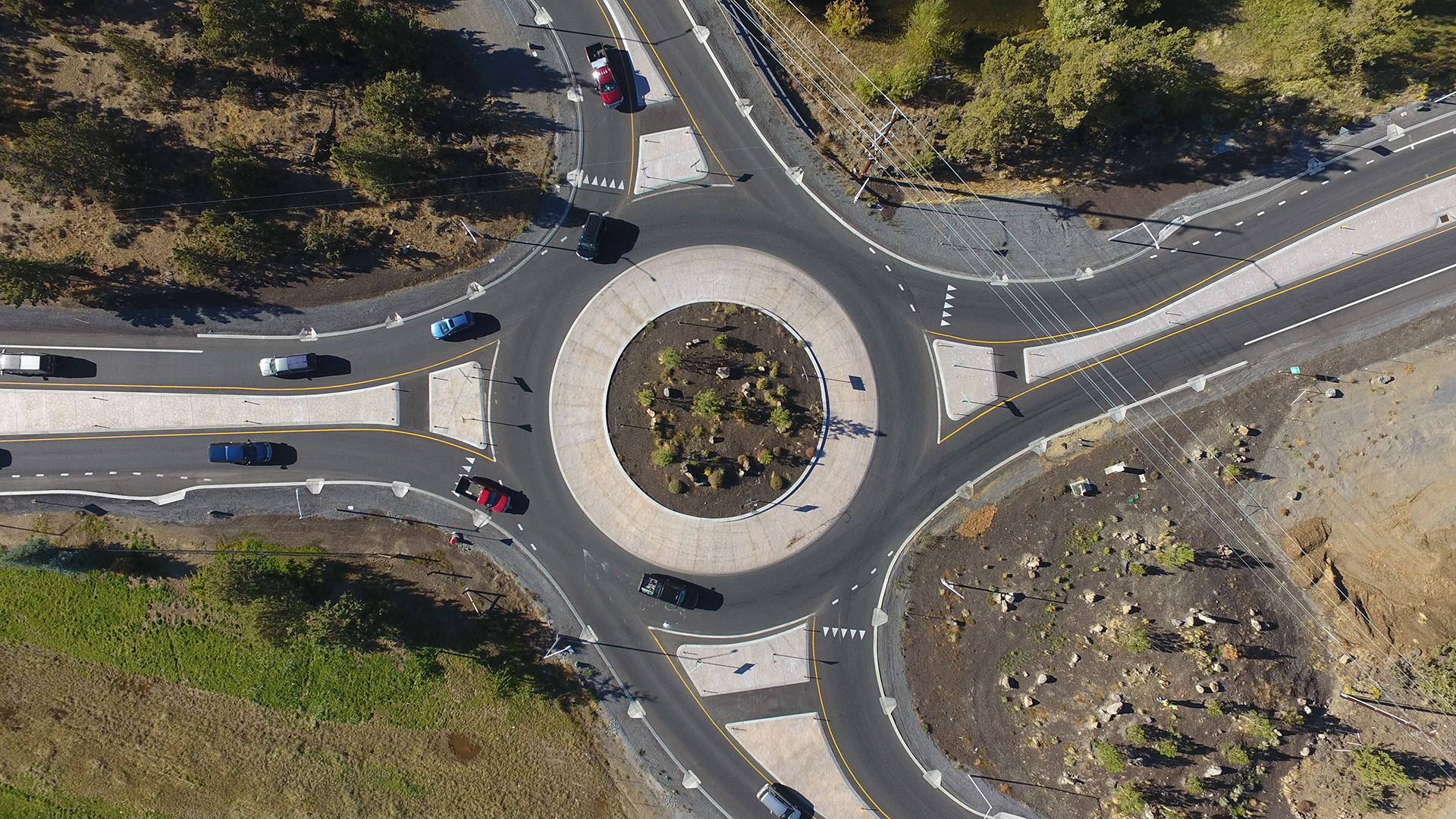
Roundabouts continue to be constructed at a rapid pace in the United States. We have well over 5,000 roundabouts nationwide, and that number is quickly…

From July 15-18, 2019 in Orlando, Florida, leaders in all branches of transportation technology came together to share new research, make connections, and discuss the future…
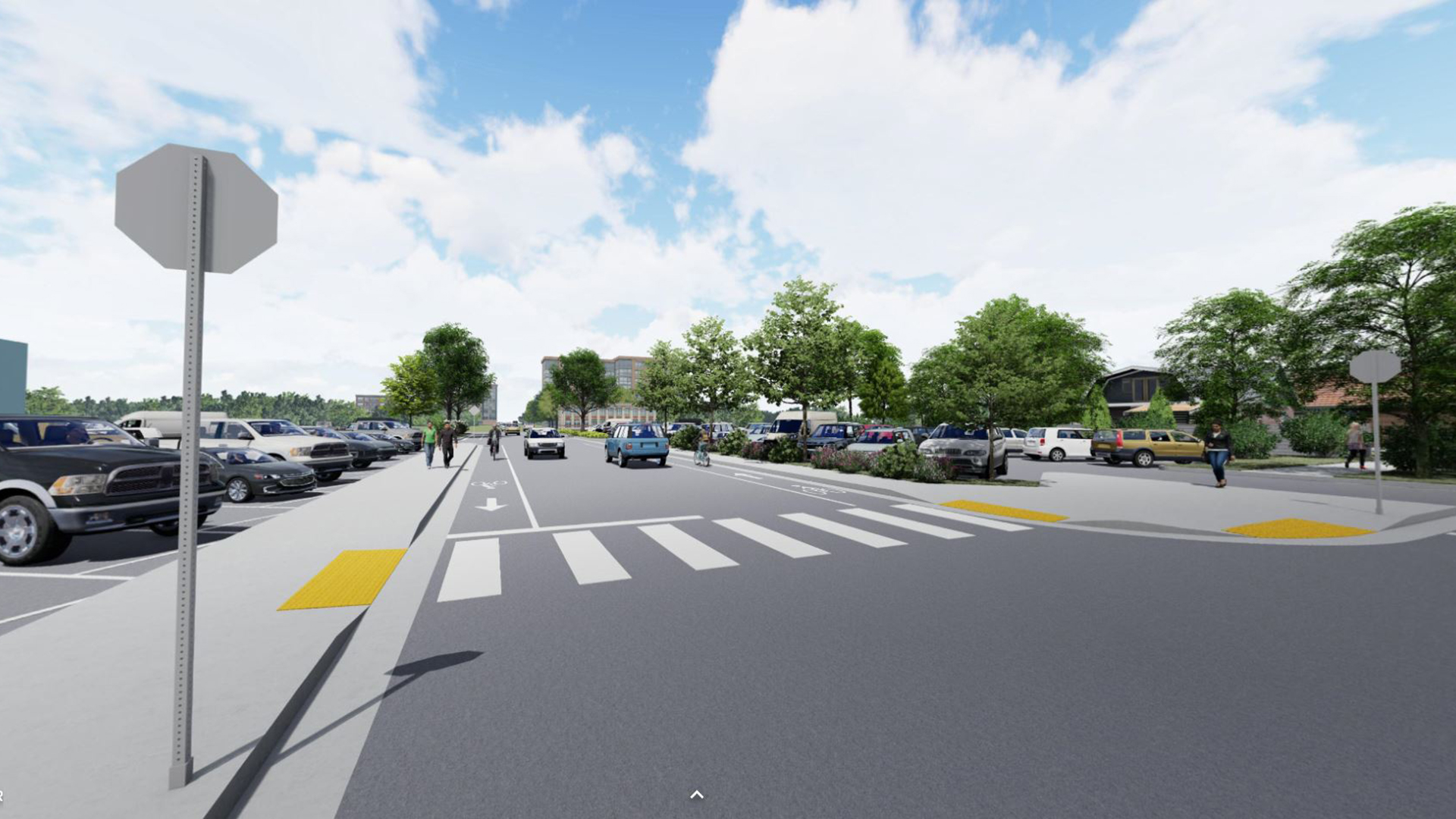
You’re preparing for a public meeting to communicate the pros and cons of two different bike lane facility alternatives. You want thoughtful feedback that comes…

Close your eyes for a second, and think of a city you loved walking through. What do you see and feel? Traffic whizzing by? Stress…

By Rodrikas Jones, East Coast Director of Operations, Quality Counts What’s an activity that weathers rain, snow, and tornado warnings to piece together an accurate…
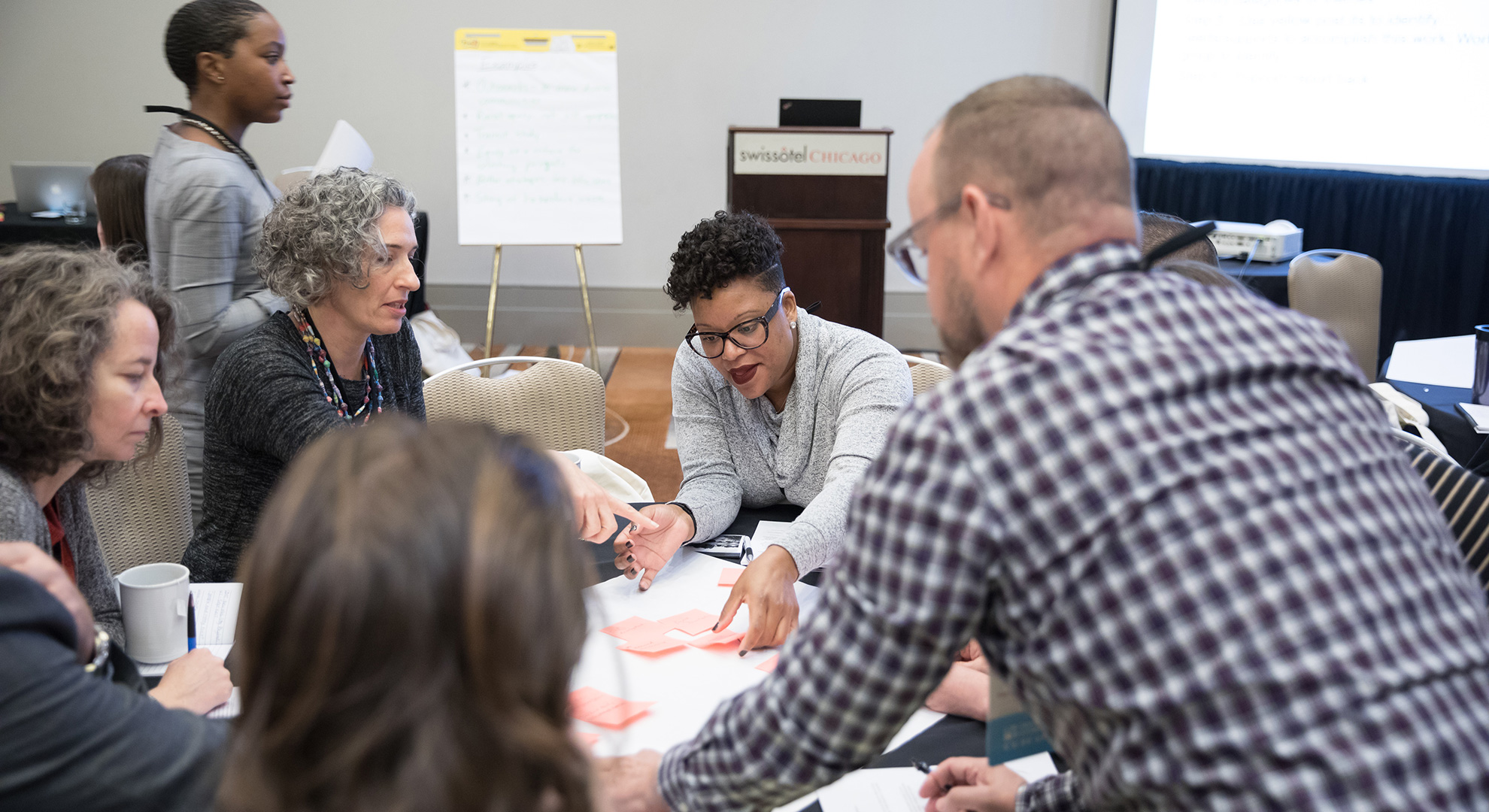
As a transportation planning and engineering firm, we exist to improve people’s daily lives with better and safer transportation. The only way we can do…
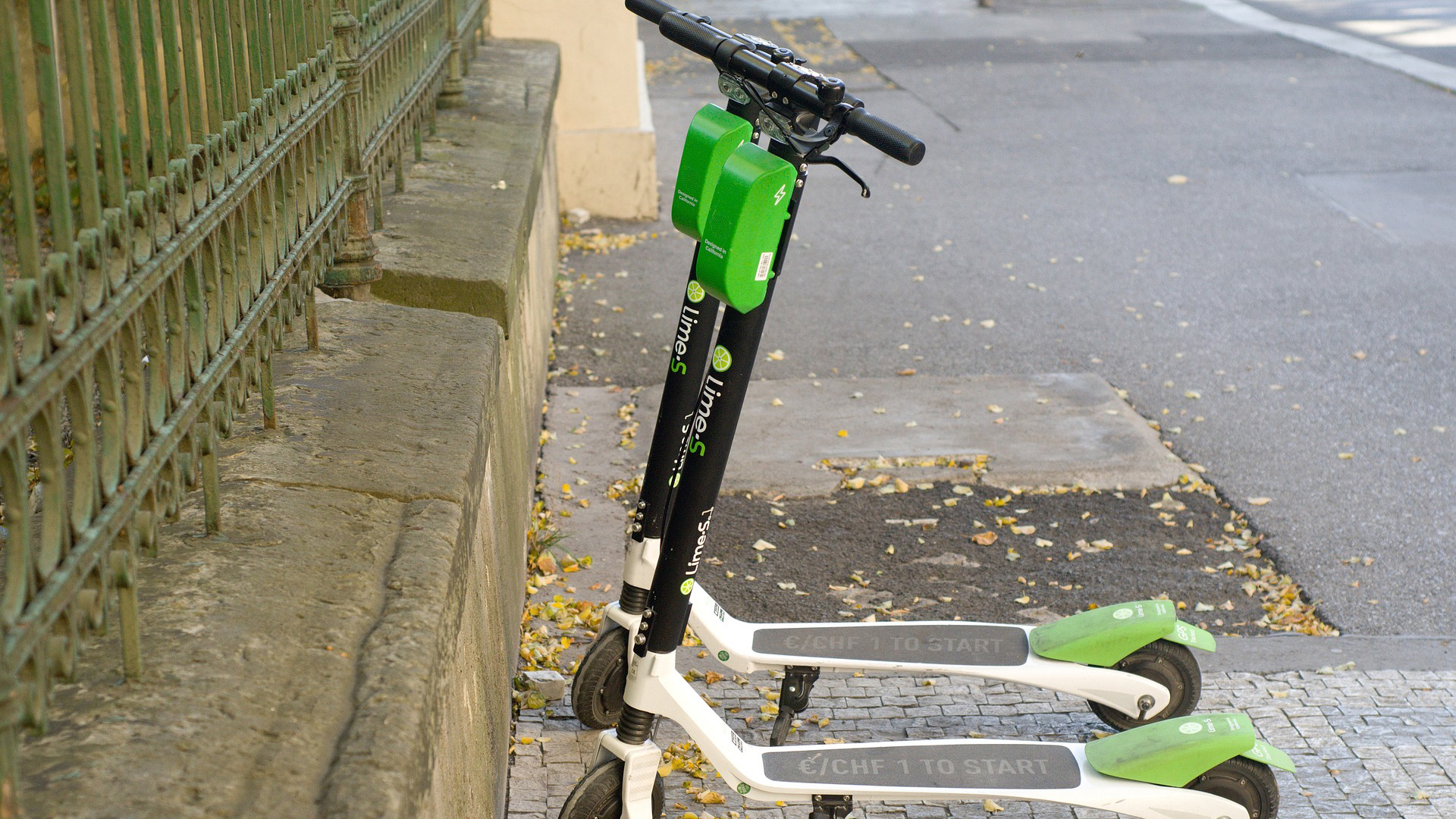
The most recent e-scooter you’ve seen may have been entertainment on someone’s vacation, or a feature in a brunchtime Instagram story. Or, it may have…

2019 marks the 105th anniversary of the electric traffic signal, so let’s travel back in time to the very first signal system” – which takes…
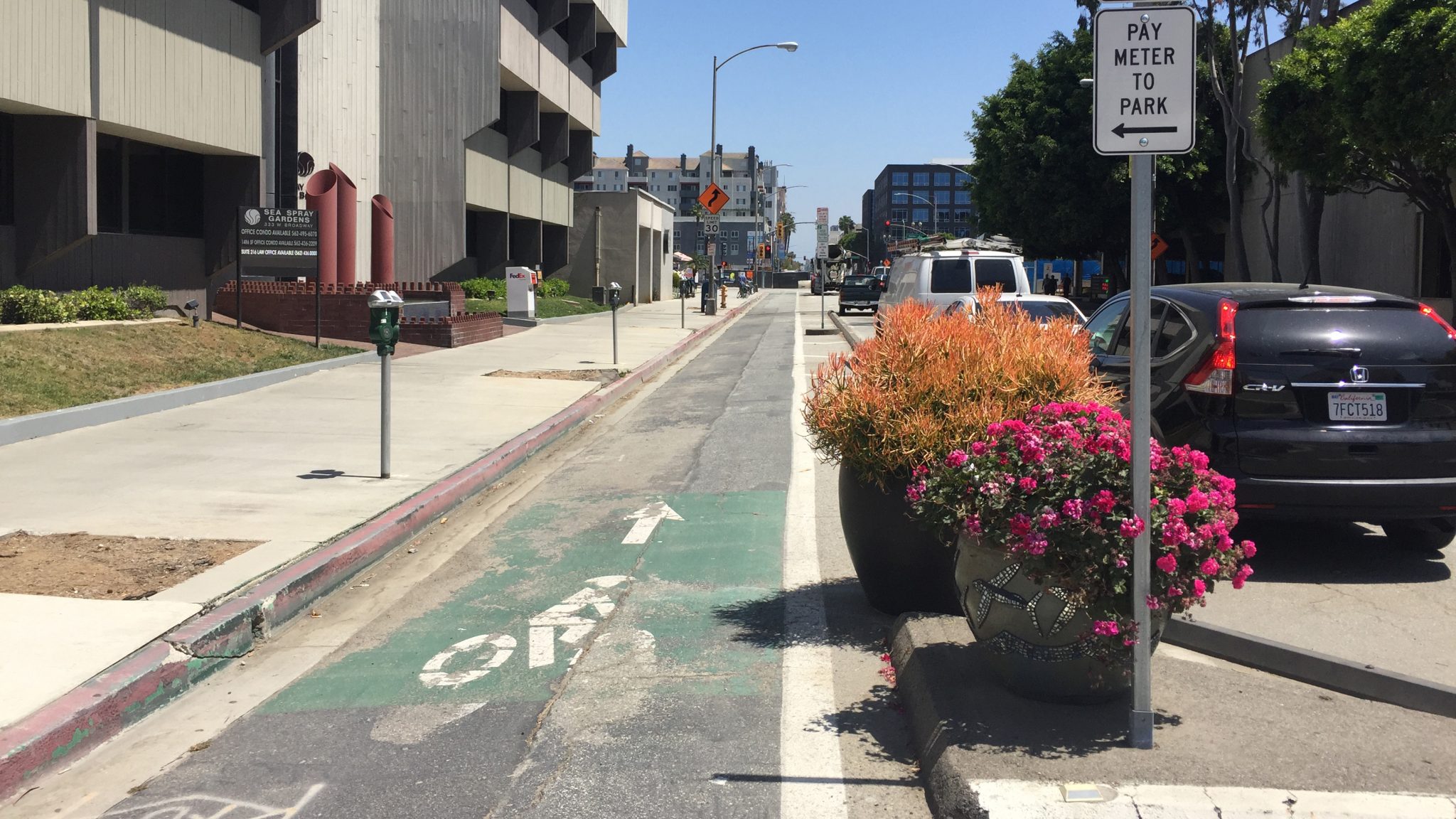
Once just a place for parking near your destination, today’s urban curbs have become a lively, non-stop interaction of countless modes of transportation, from cars,…

Self-driving truck platoons are delivering goods, auto manufacturers and ride-share providers are racing to be the first to distribute autonomous vehicles to customers, and connected…

Our company mantra has always been to hire motivated people and give them freedom to pursue their passions. When Wayne Kittelson founded Kittelson & Associates,…

When the nimbleness of a transportation network is tested, it’s rarely by an expected event – which is why it’s critical for communities to plan…
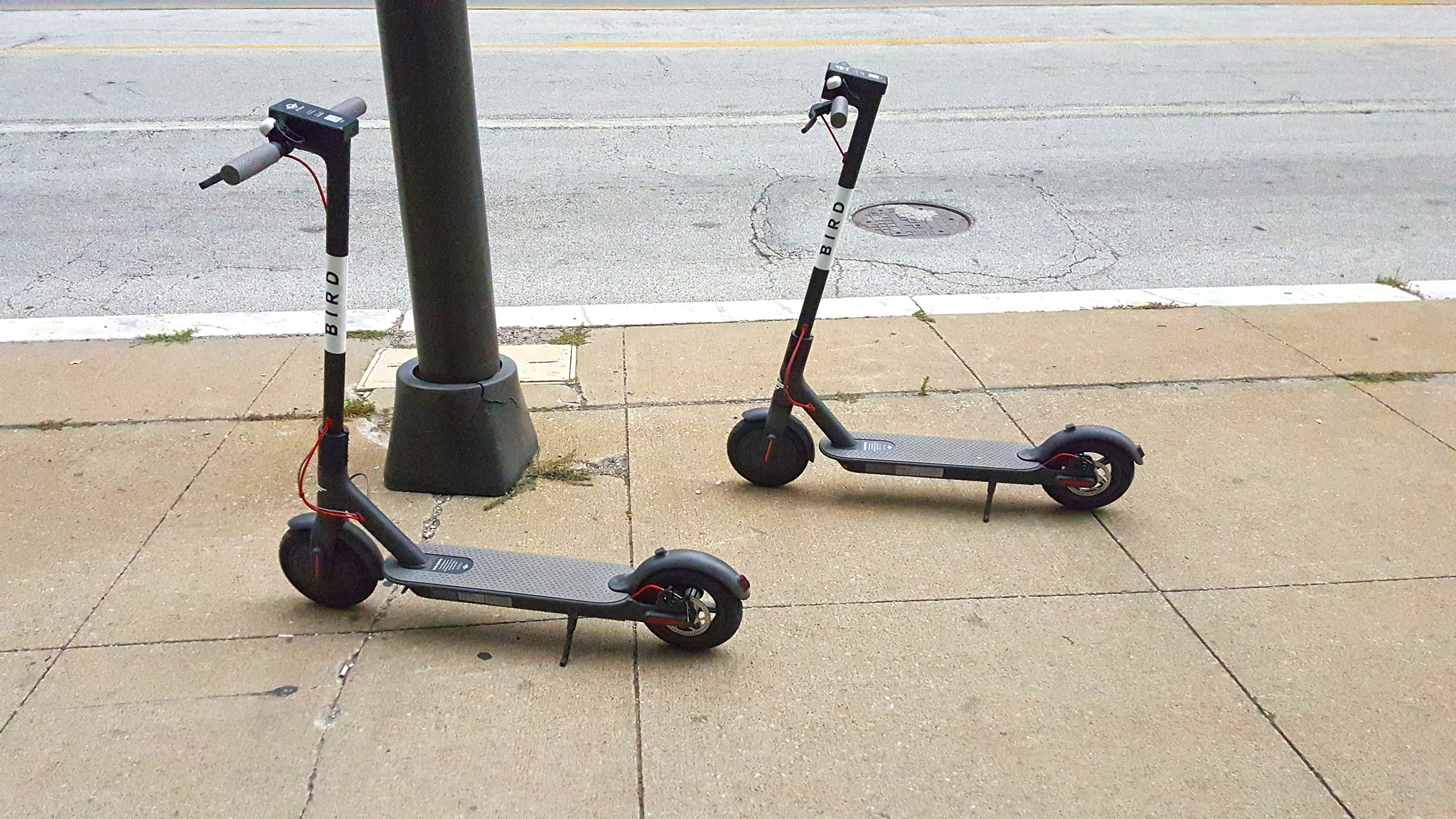
E-scooter companies expanded from one city to 71 cities in the United States in just 15 months. (For a visual illustration of this expansion, check…

APA National Planning Conference Session Brings Light to Common Health Challenges The way we move around – in terms of transportation choices as well…
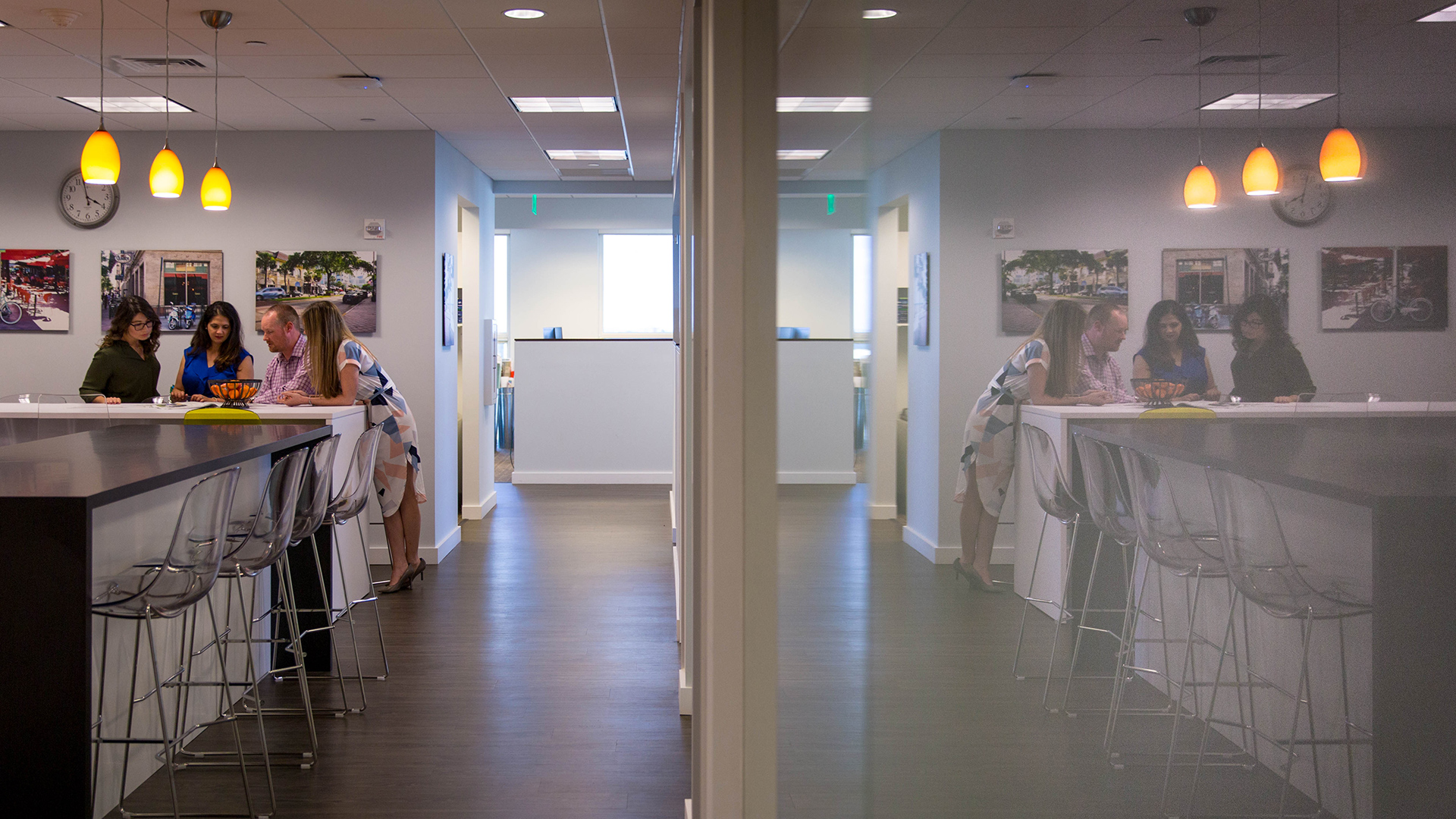
Tips for collaboration between marketing coordinators and technical staff What needs to happen for marketing activities to get the attention and momentum they need…
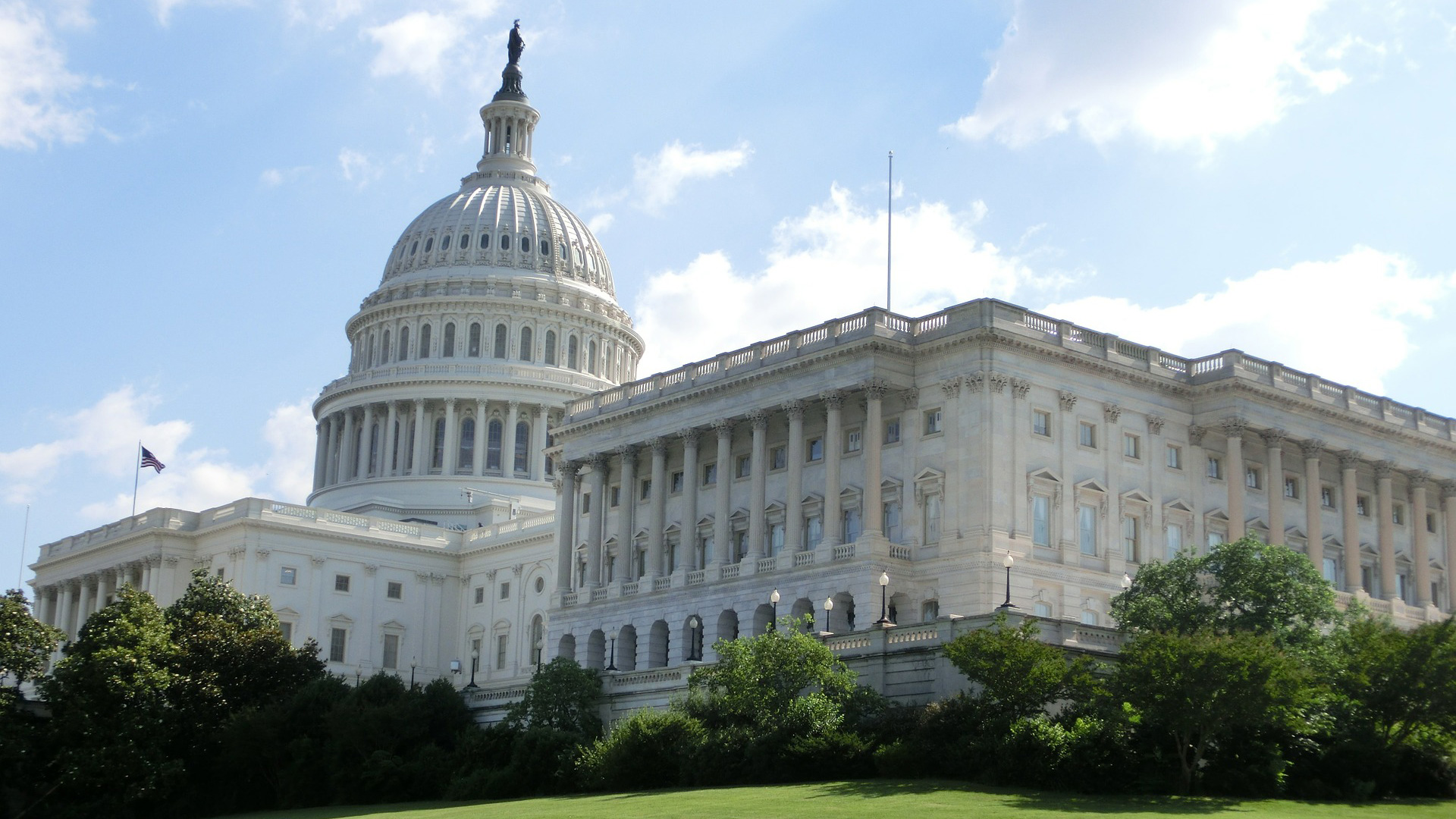
More than 250 members of the American Society of Civil Engineers (ASCE) convened for the organization’s annual Legislative Fly-In March 12 – 14, 2019. Attendees…
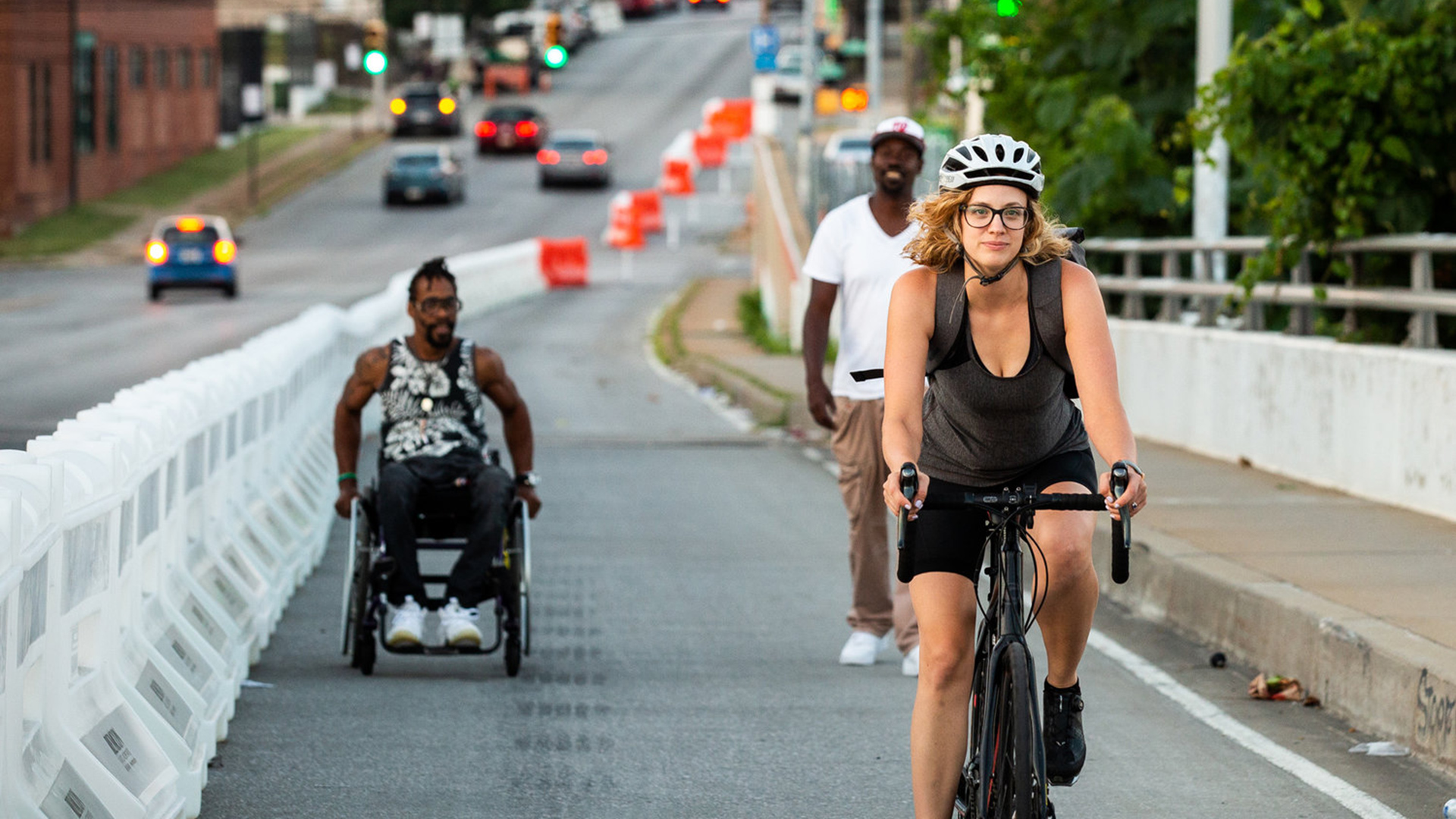
Every weekday morning in Seattle, a programmer drives a Car2Go from her neighborhood to a light rail station. In Baltimore, a graphic designer uses a…

For the past 63 years, May has been officially designated as Bike Month around the nation. We’re not surprised – May has an average high…

The United States has some of the worst traffic congestion in the developed world: in 2017, drivers here spent an average of 41 hours stuck…
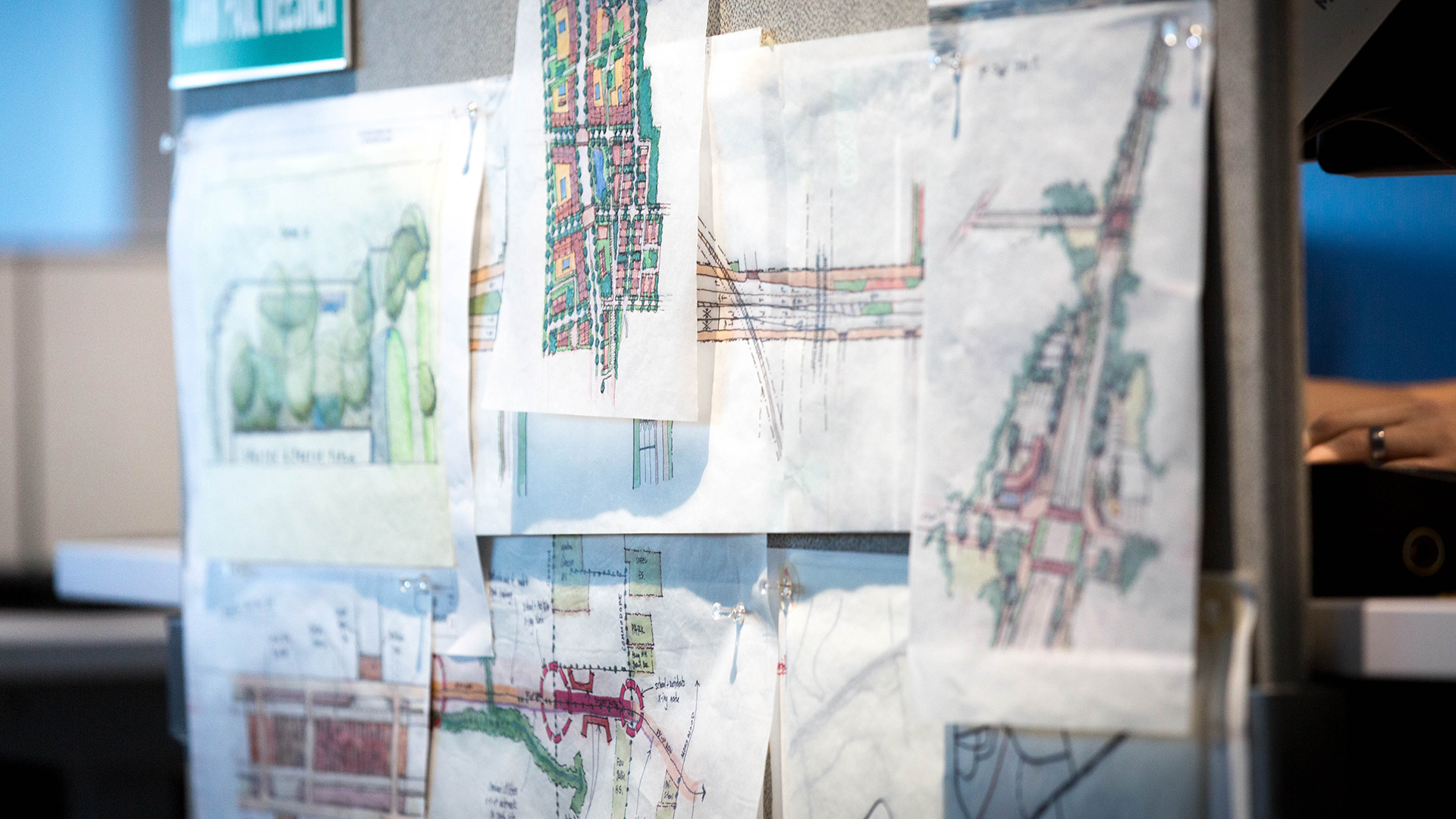
We’re two planners who have come to realize that being good planners means thinking more like non-planners. What do we mean? Good planning considers the…
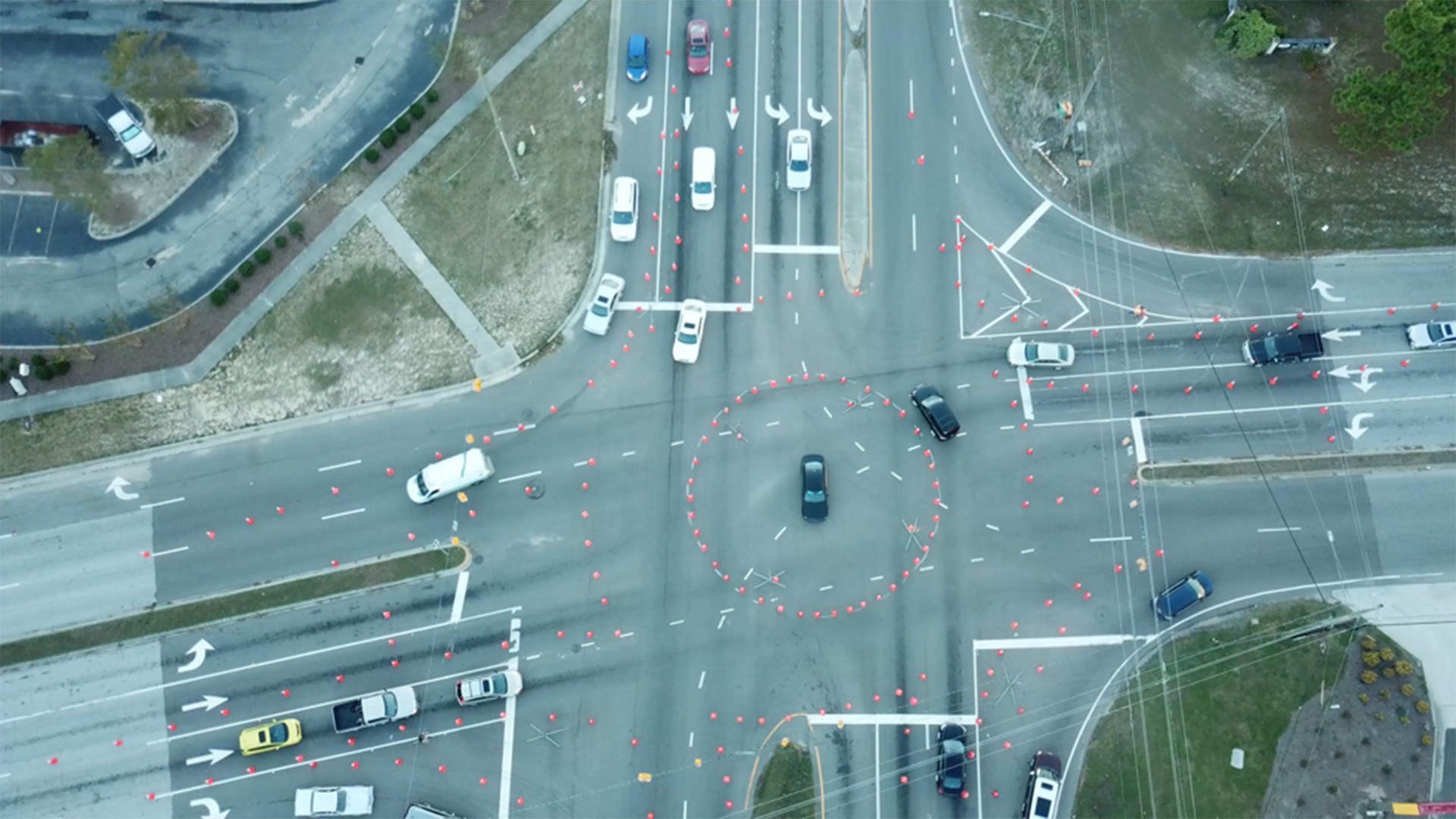
There was no way to fully prepare for the wettest tropical cyclone on record in the Carolinas. Hurricane Florence made landfall in September 2018. A…
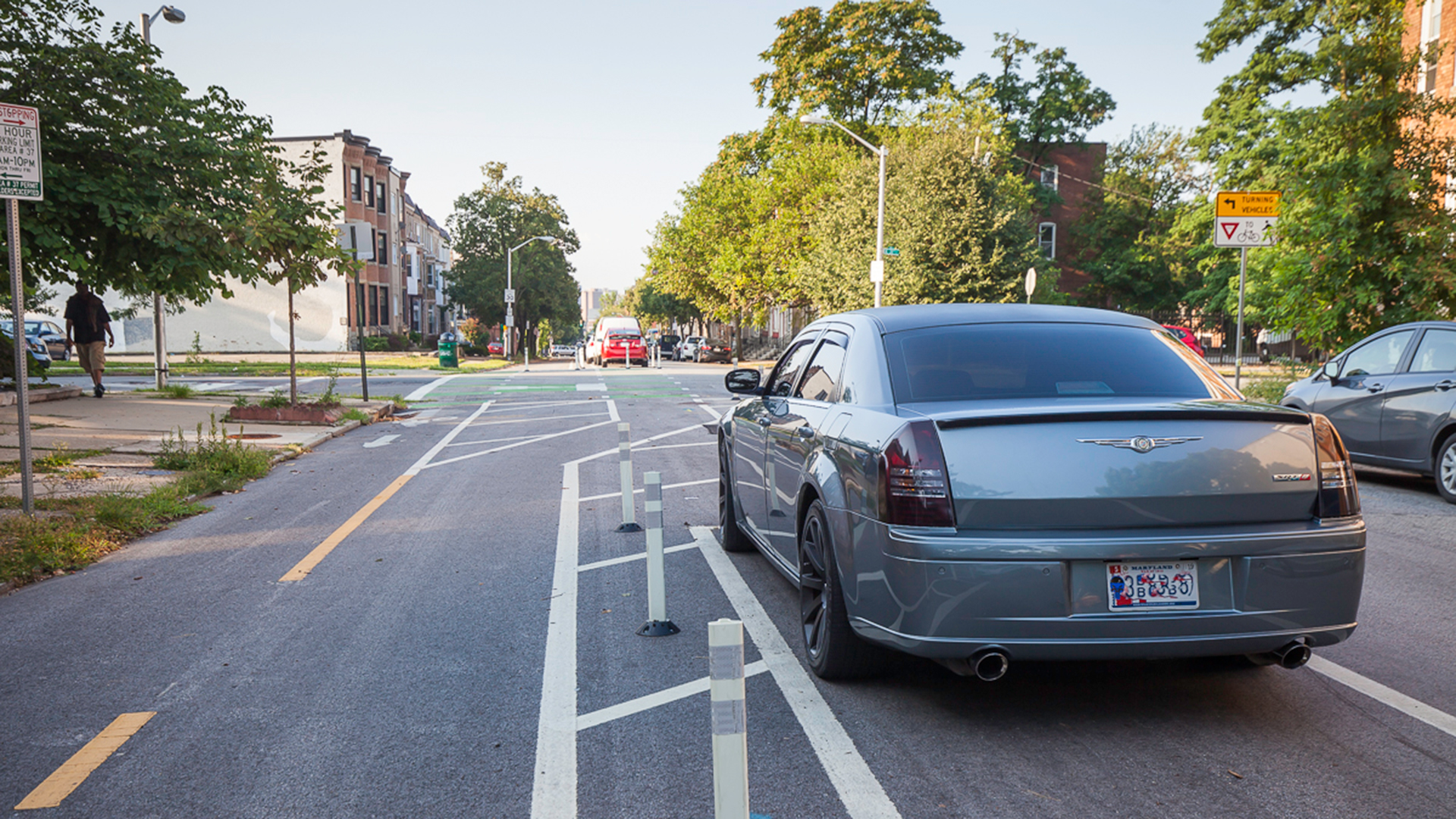
The speed of drivers? The number of drivers? The impatience of drivers? The stress level of residents?
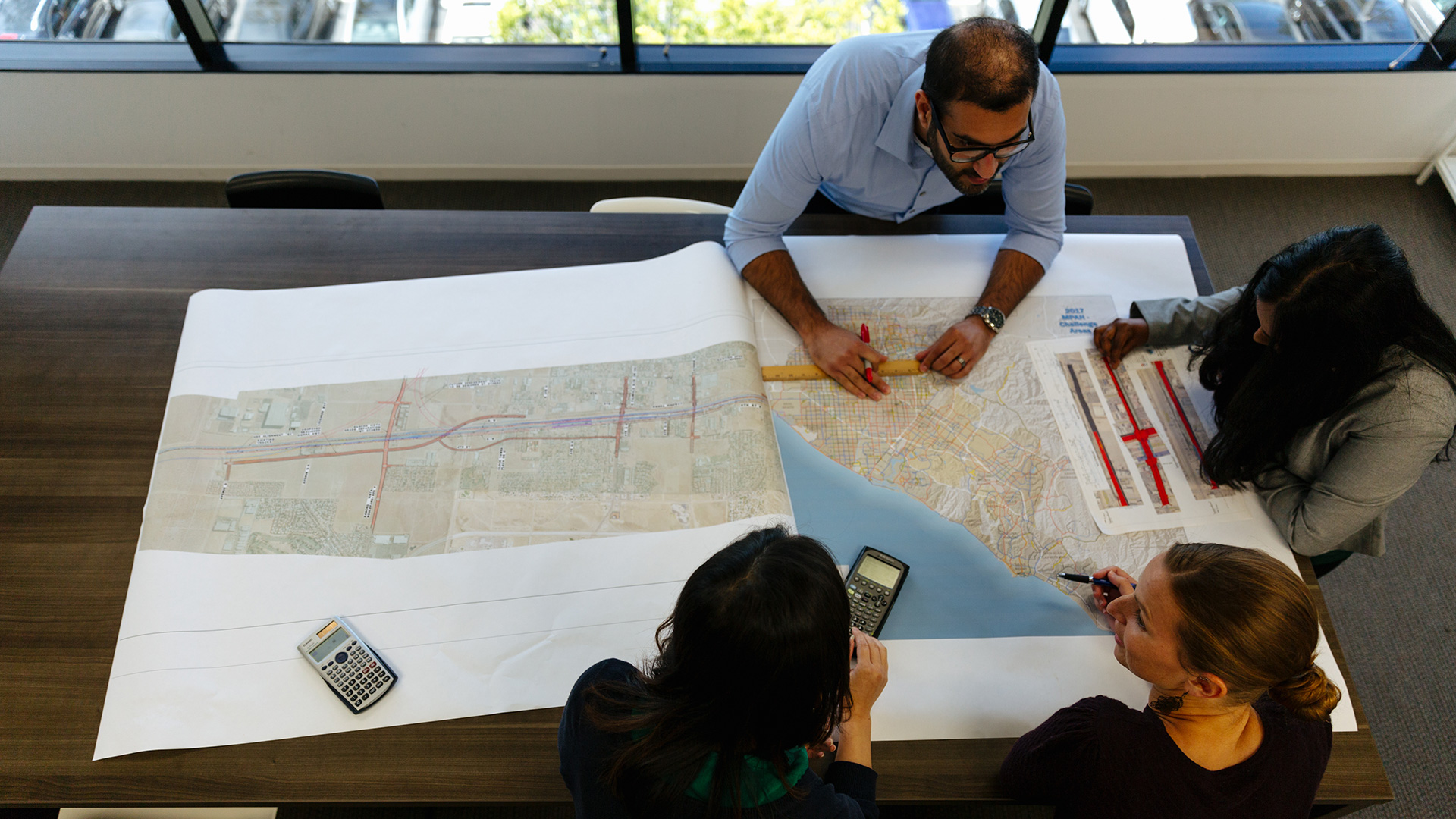
An equity lens helps planners and designers see the needs of every person potentially served or impacted by every transportation decision. It’s best applied when…

With heavy hearts, we announce the passing of John Zegeer, former Senior Principal Engineer at Kittelson – a dedicated colleague, a trusted mentor, and a…

Machine learning has been an important tool for several decades. It has been used for diverse tasks such as handwriting recognition, patient monitoring, facial recognition,…
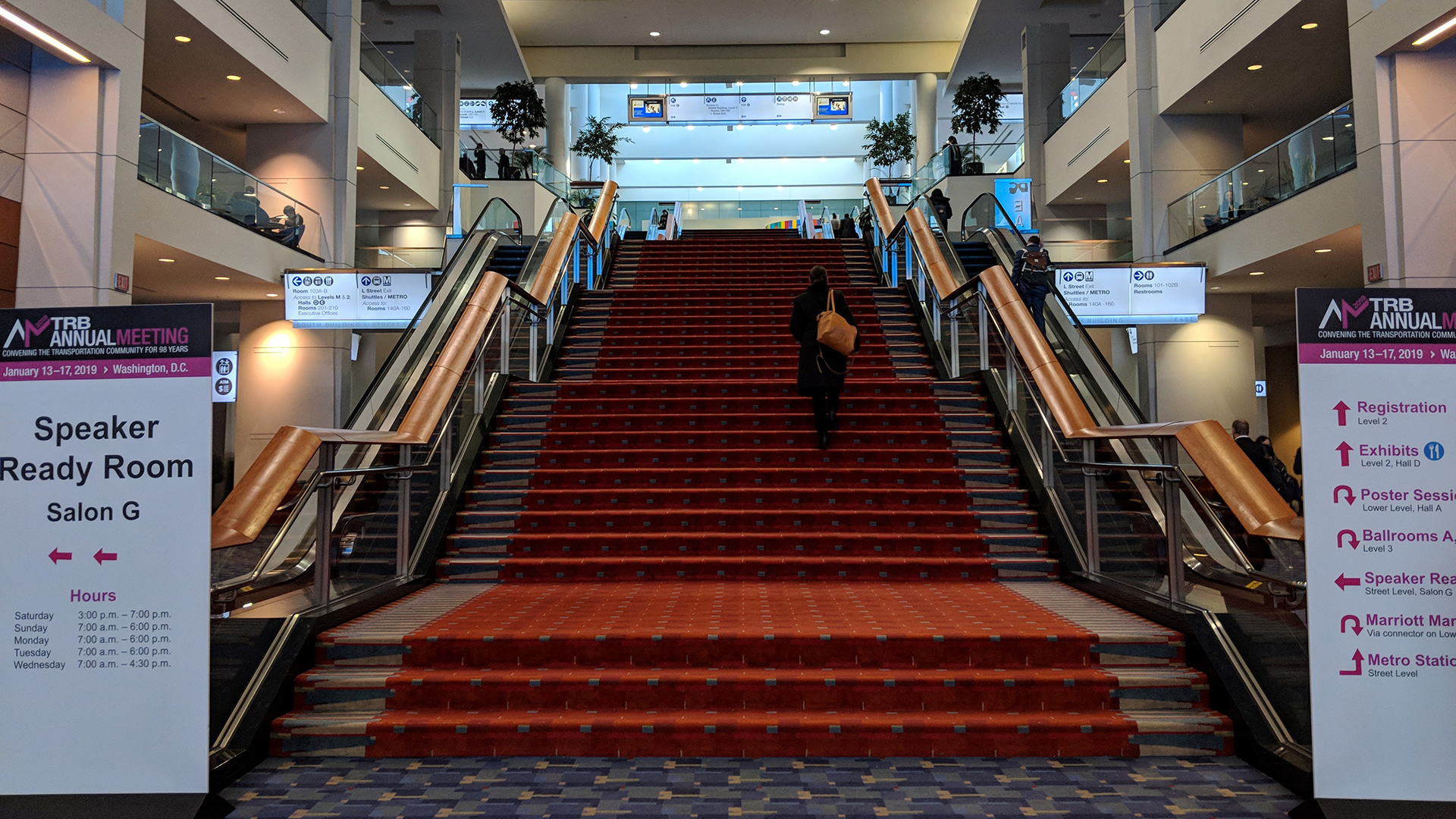
The 98th Annual Meeting of the Transportation Research Board just wrapped up in Washington, D.C. The brisk (and snowy) air may have had something to…

Today, I walked through some streets of Amsterdam on my way to the American Consulate. Having lived in the United States for more than a…
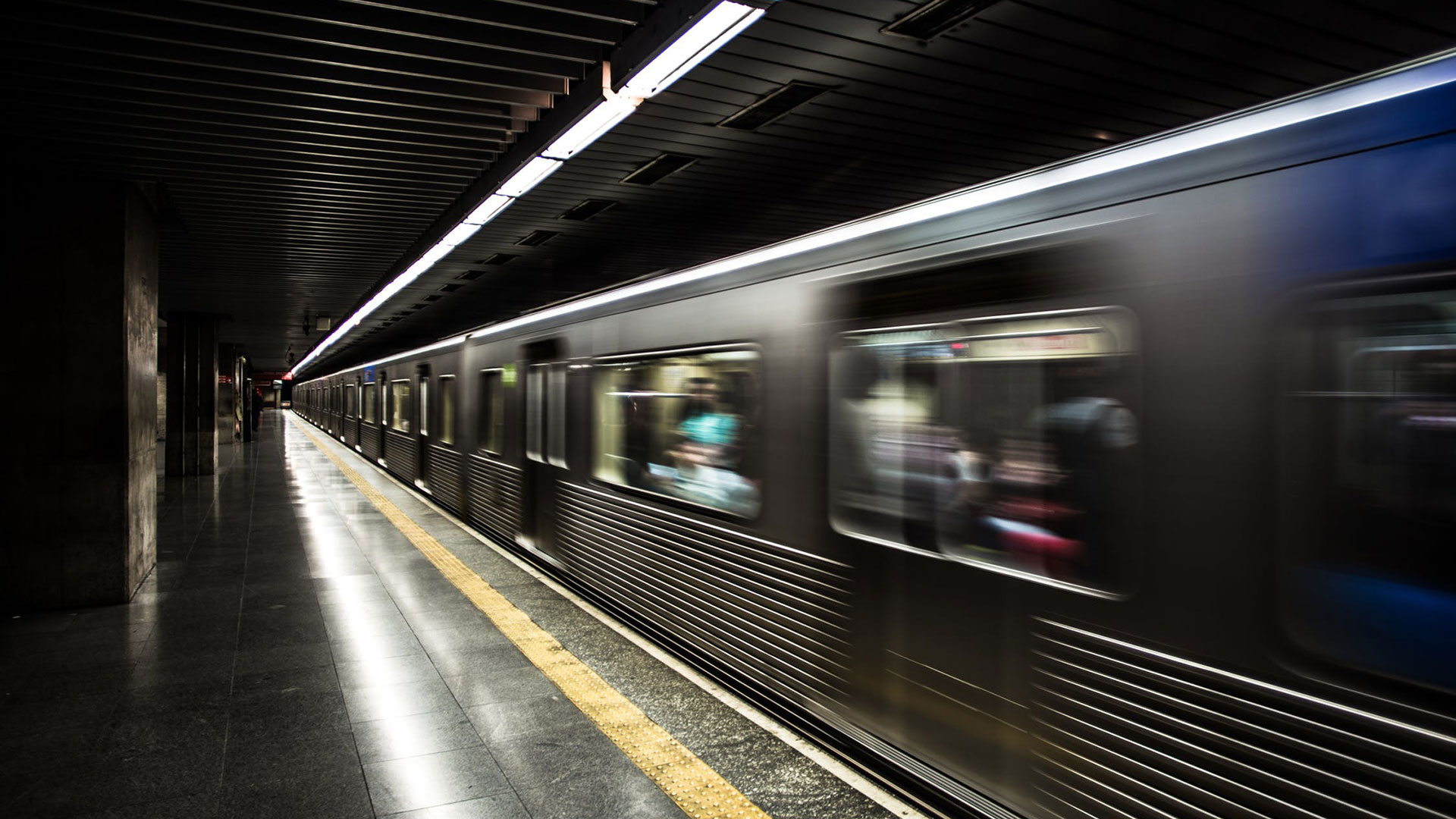
Finding solutions that enhance equity and sustainability for communities will always be central to the work we do as transportation professionals. Through research and data…
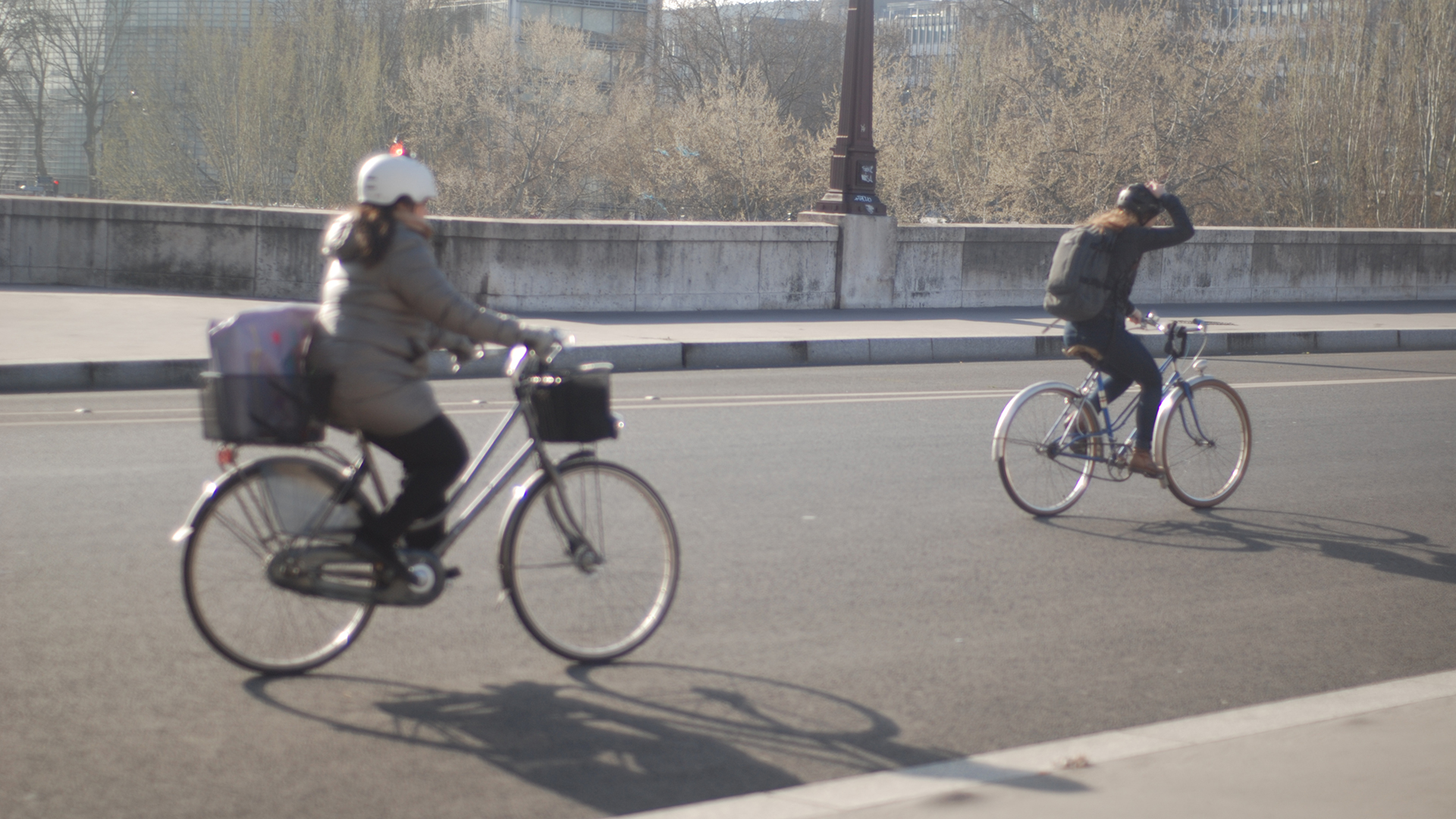
Here at Kittelson, we like to think of ourselves as transportation nerds… and that transportation nerds get to work differently than the average US commuter….
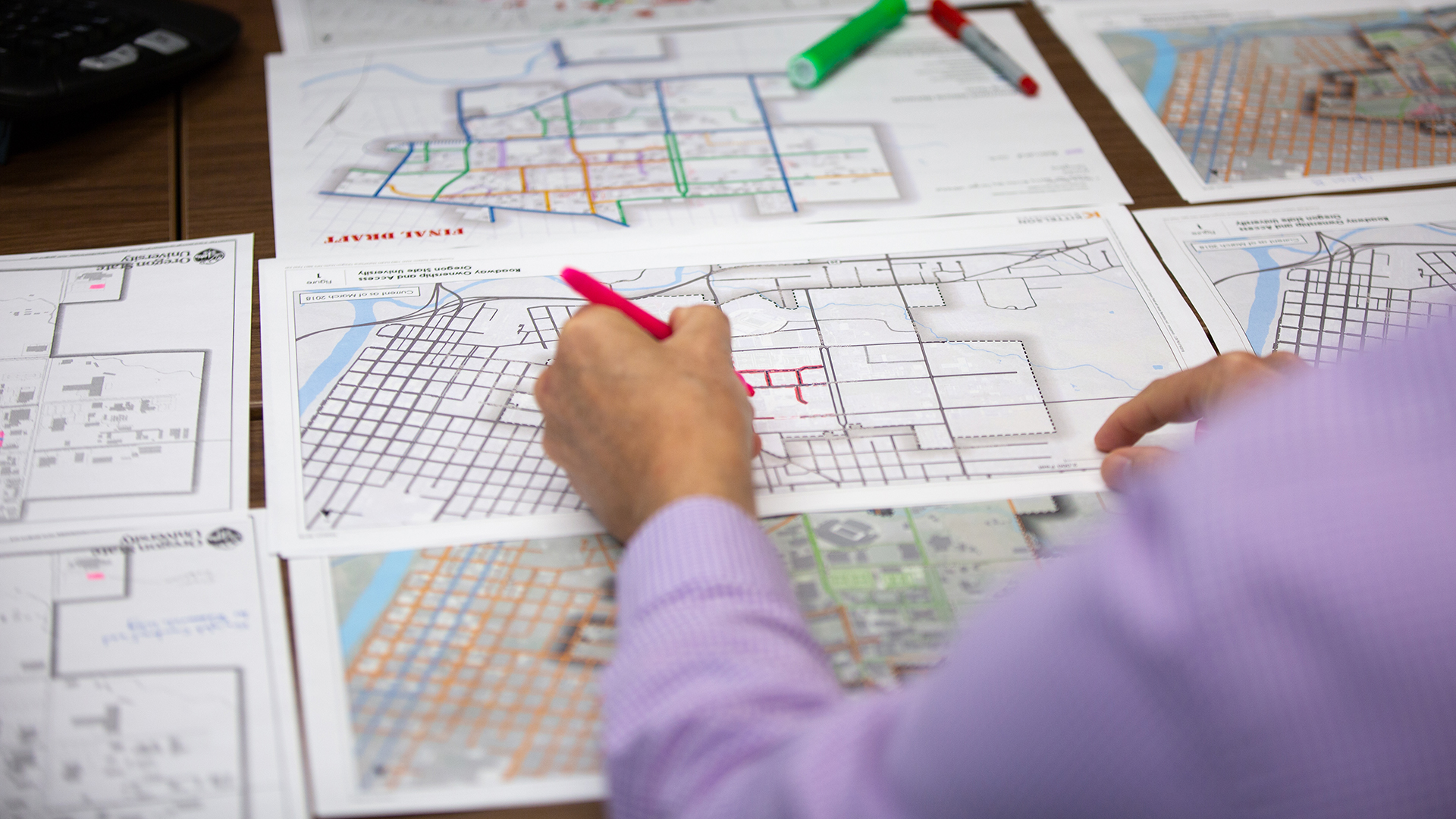
The future 8th edition of A Policy on Geometric Design of Highways and Streets (Green Book 8) will reflect the dramatic evolution of the nation’s…

Vehicle storage facilities are responding to a changing transportation network
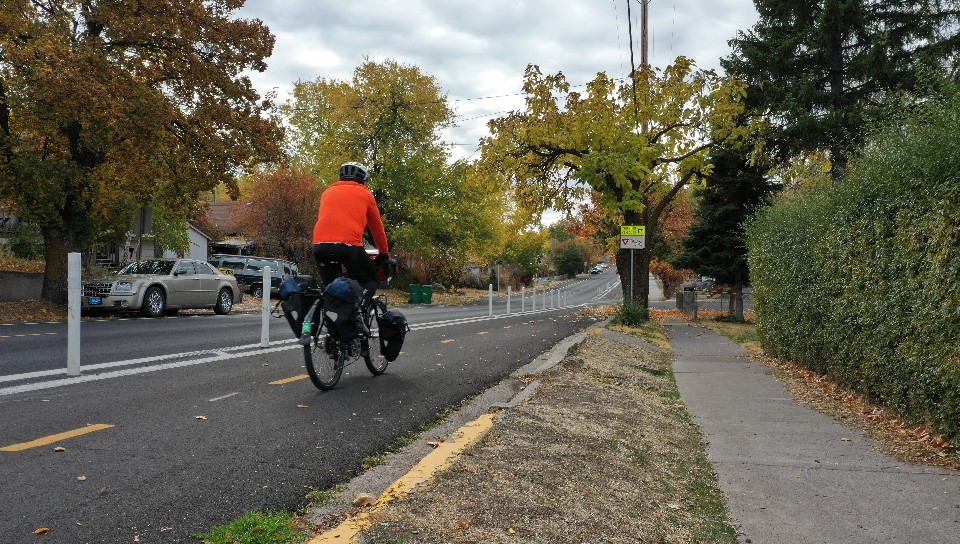
The Protected Bike Lane That's Revitalizing a Community
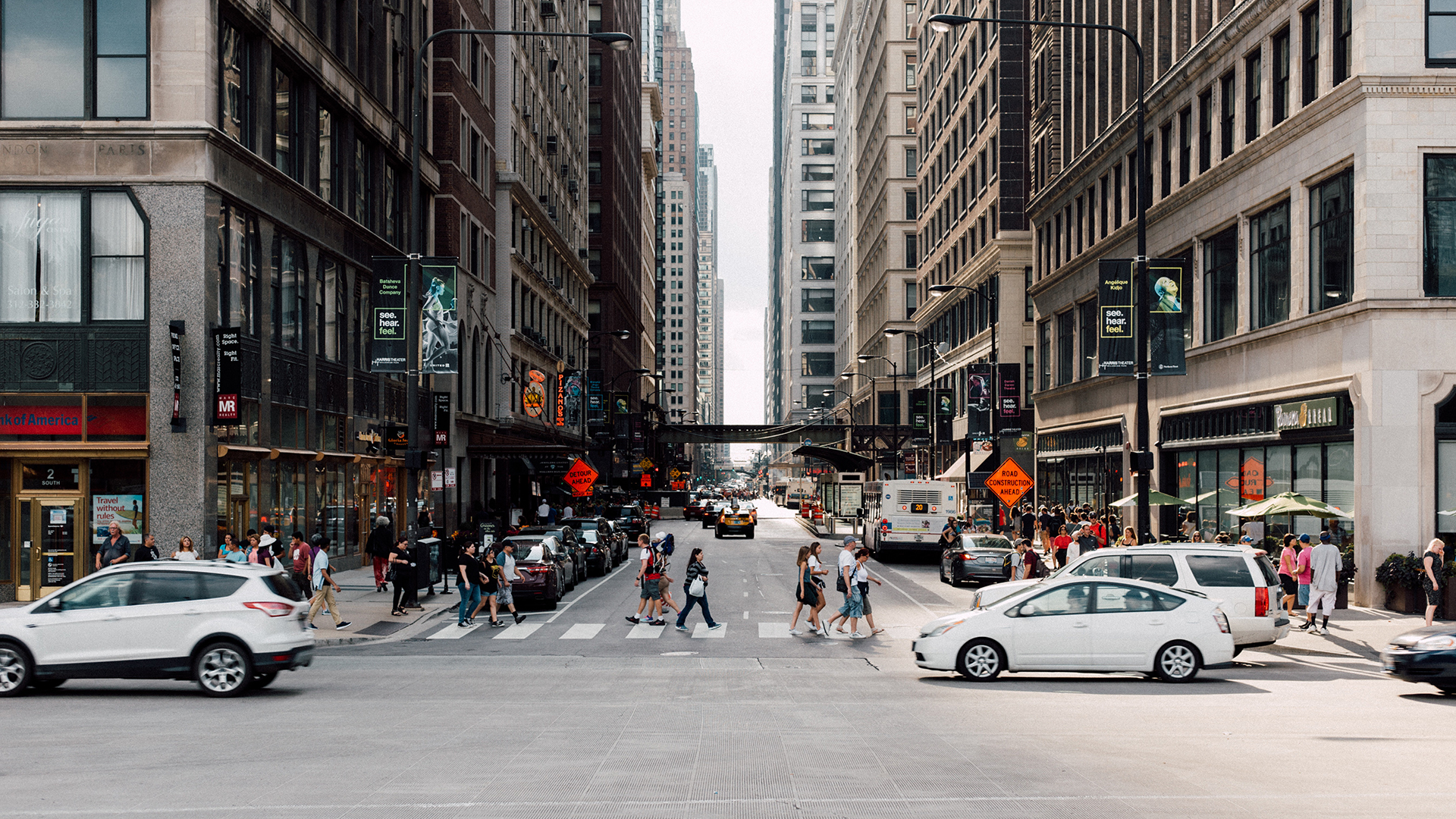
The term “complete streets” has gained momentum in recent years, but the concept is time-tested. How can we develop networks that meet a community’s needs?…
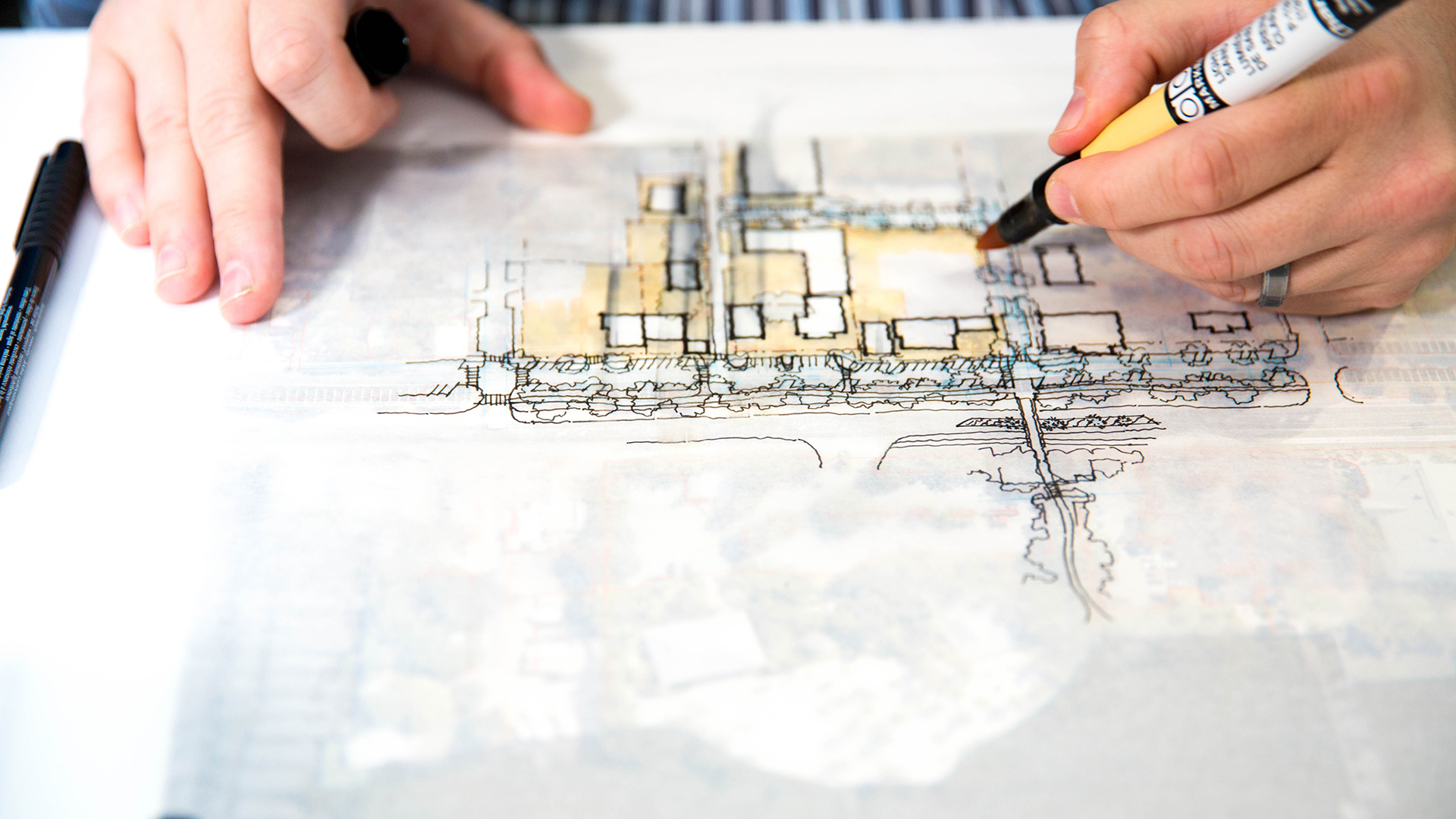
Jack Freeman, Karl Passetti, a hardworking team, and a great deal of gumption made our Orlando office what it is today.

Kittelson interns past and present share their insights on identifying the opportunities that will enable emerging professionals to thrive.
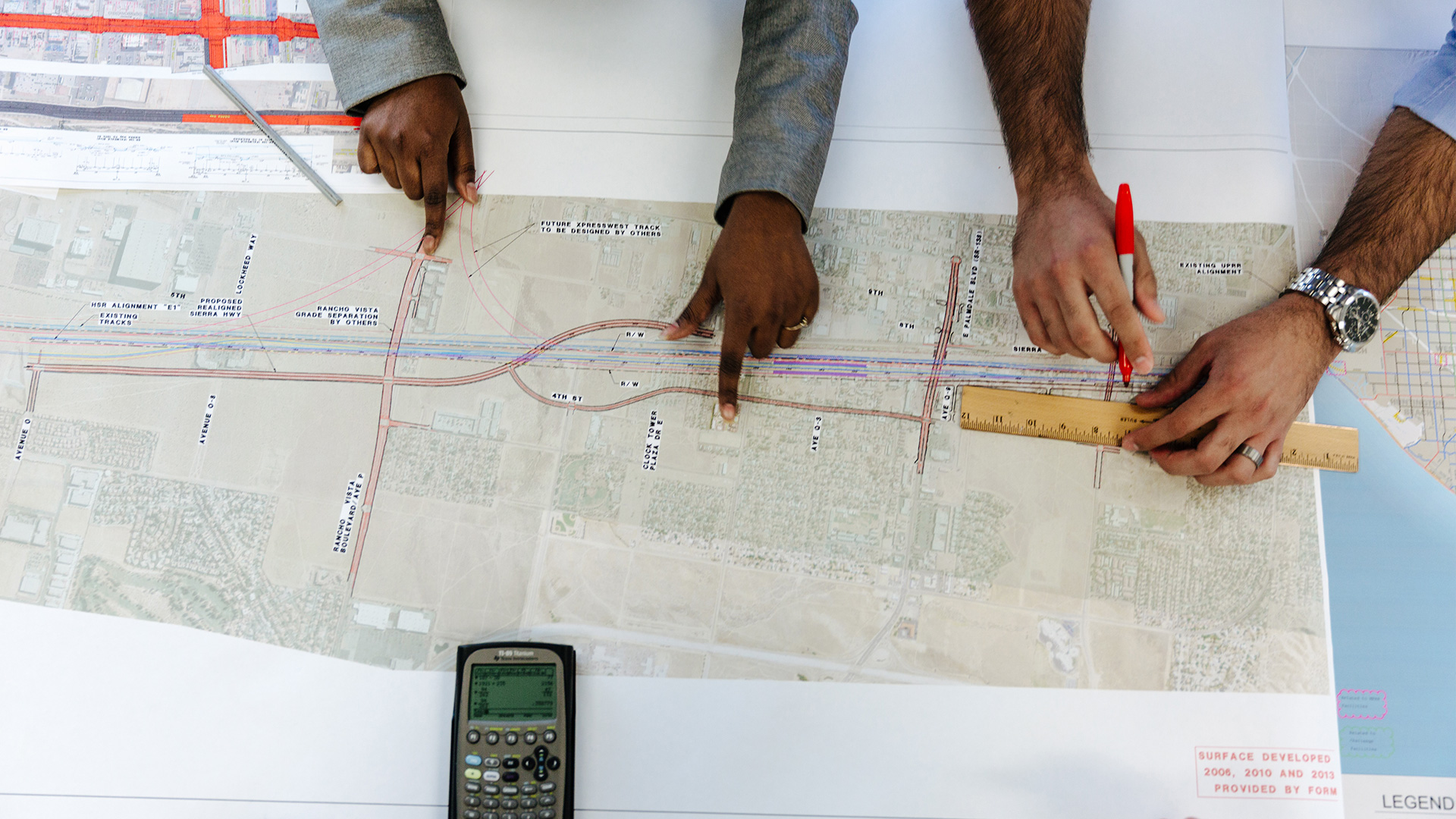
Once you’re confident in the guiding principles and opportunities presented, it’s time to engage in practical steps to demonstrate how your internship is a good fit. Kittelson interns past and present tell you how.
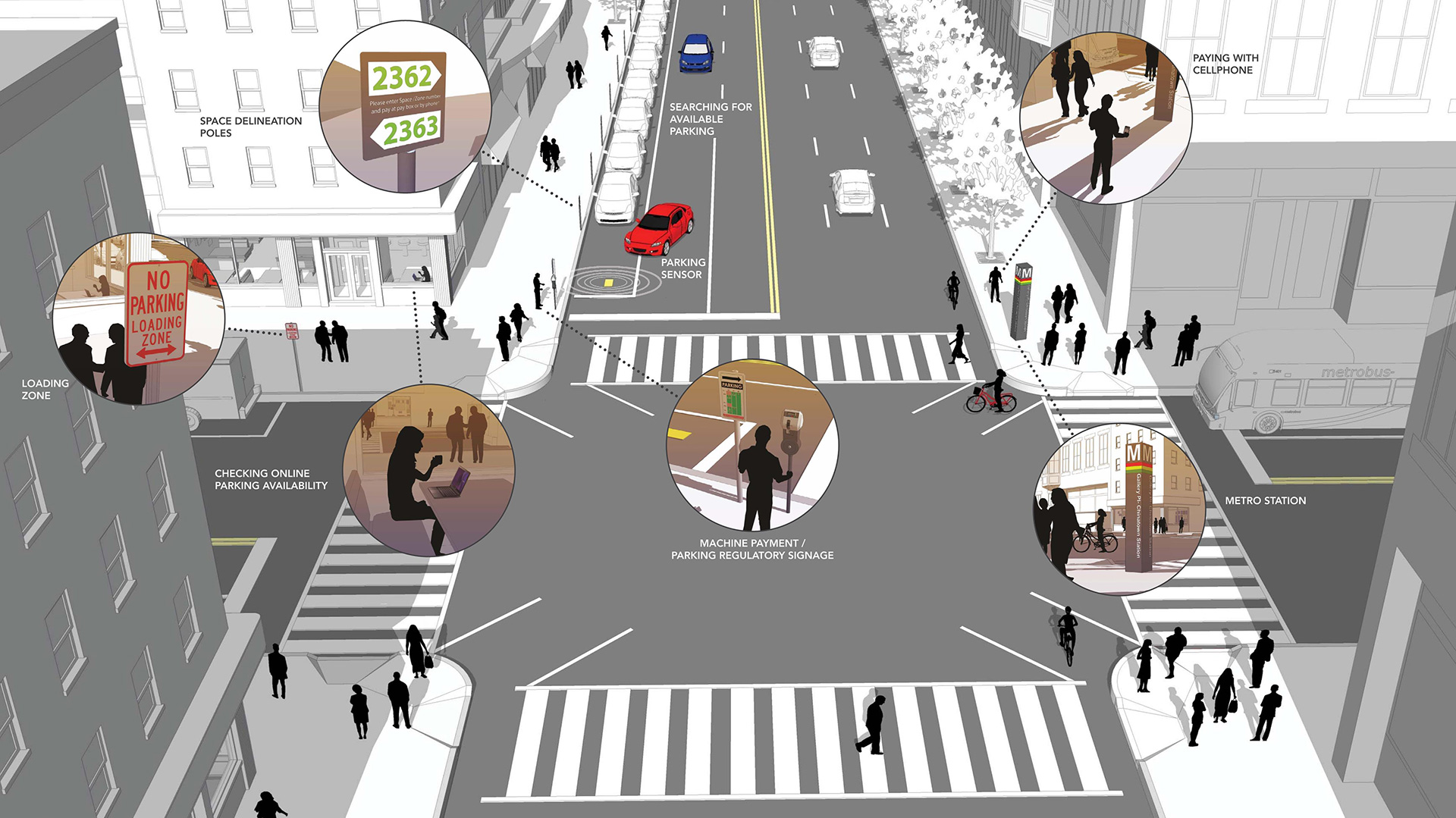
parkDC: Penn Quarter/Chinatown is seeing success for five key reasons.

As apps like Waze continue to give drivers alternatives to sitting in traffic, our engineers discuss the impacts.
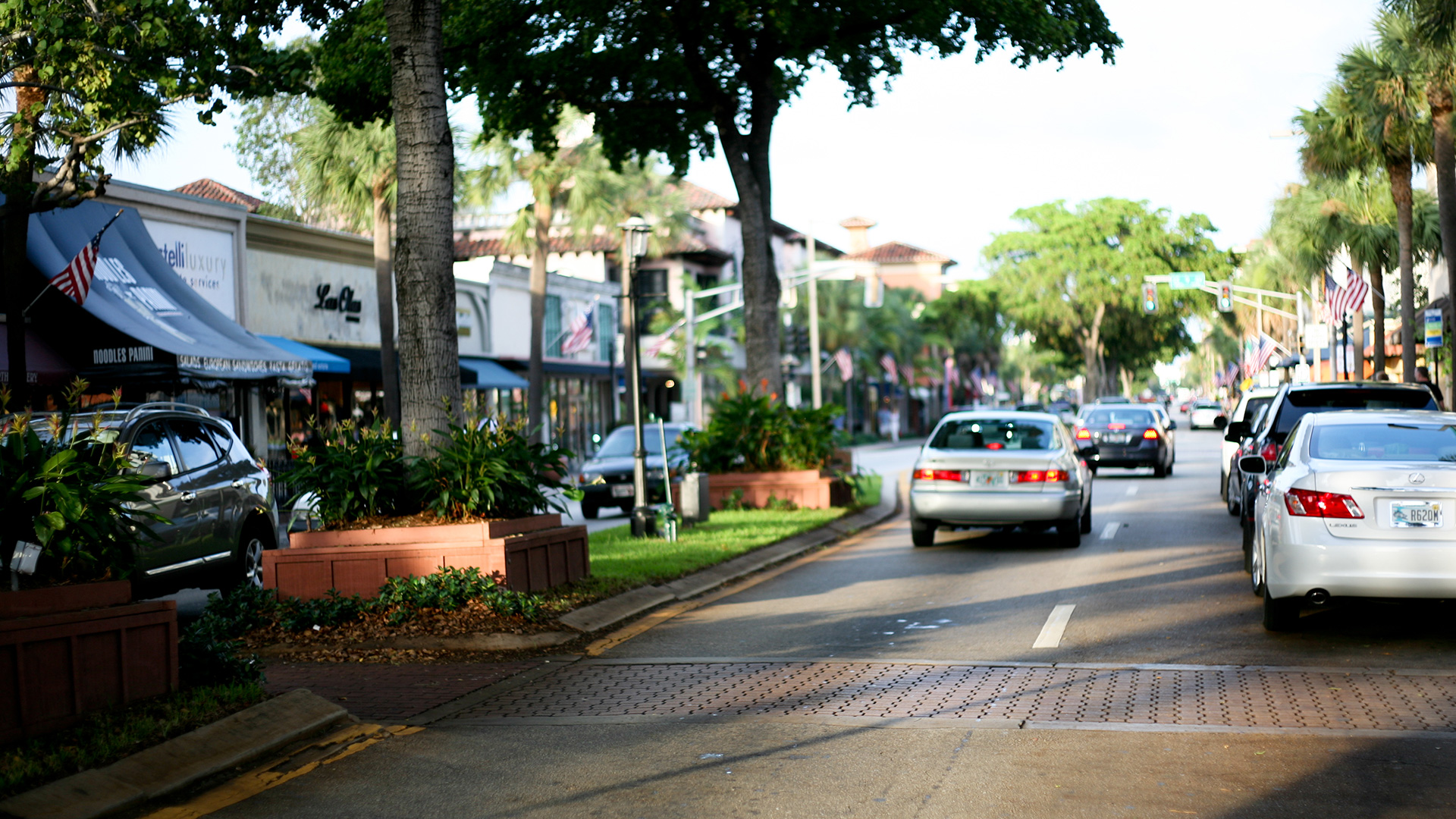
FDOT takes the principle of Complete Streets to the next step by integrating a context classification into its design manual to design speed ranges for non-access-limited state roadways.
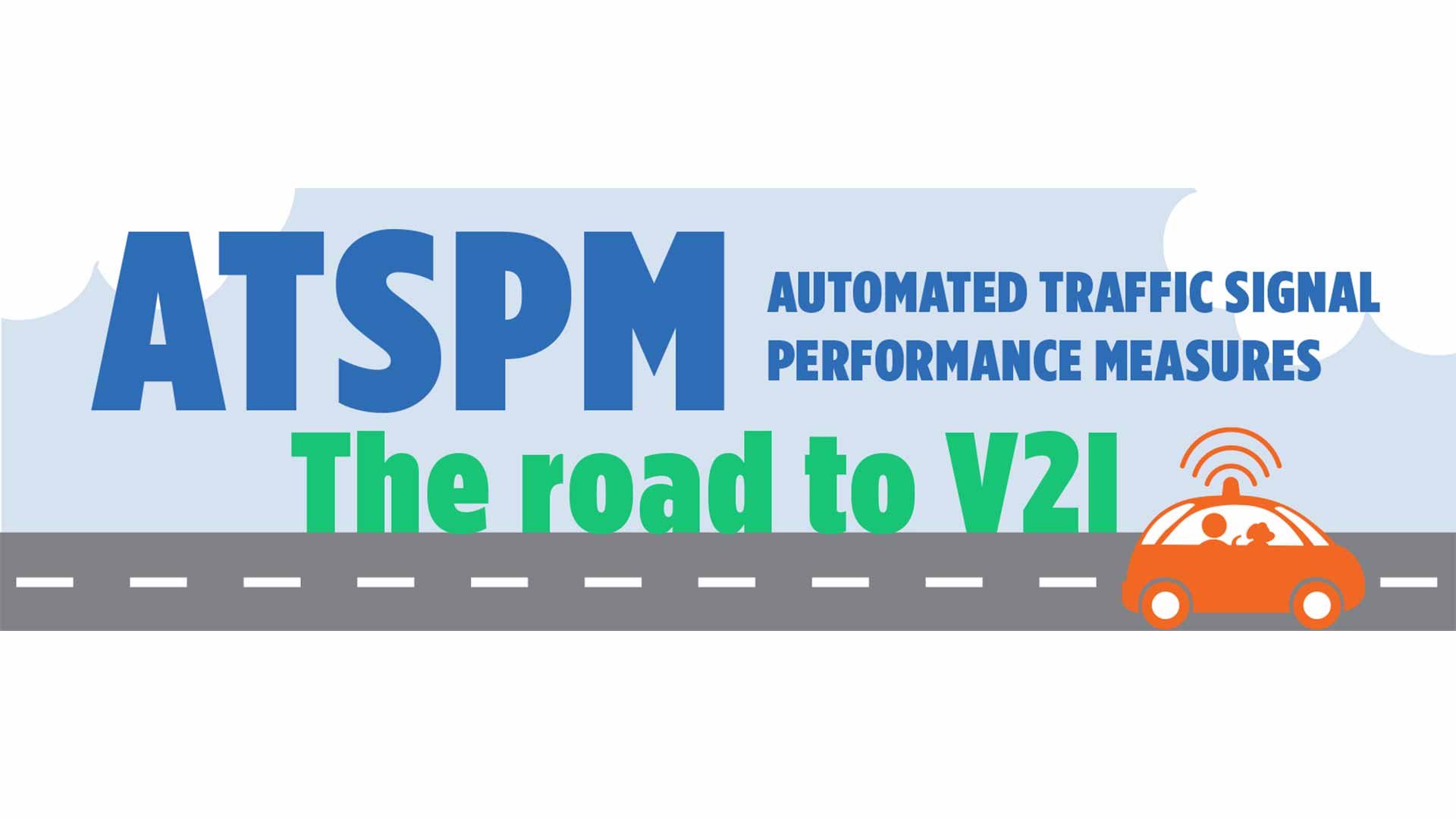
The Waiting Is (No Longer) the Hardest Part

Approaching Complete Streets design with a typological framework based on land use context to create a connected network.

Impacts of Connected Vehicles on Multimodal Geometric Design

The Potential Effects of CAVs on GHG Emissions: A Research Synthesis
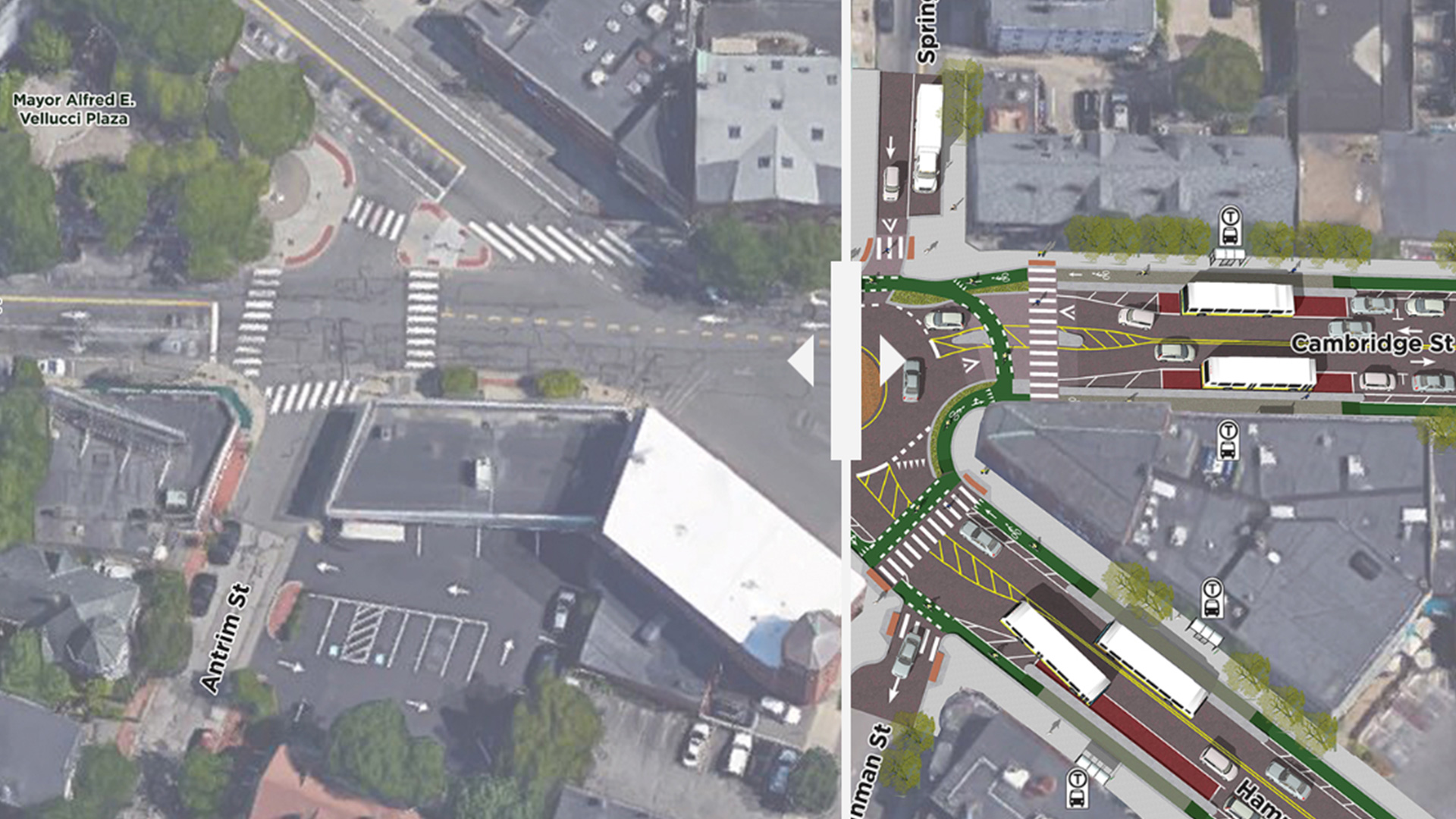
The intersection of Hampshire Street and Cambridge Street in Cambridge, Massachusetts’ busy Inman Square presents a familiar challenge for cities. Due to its low-angle skew,…
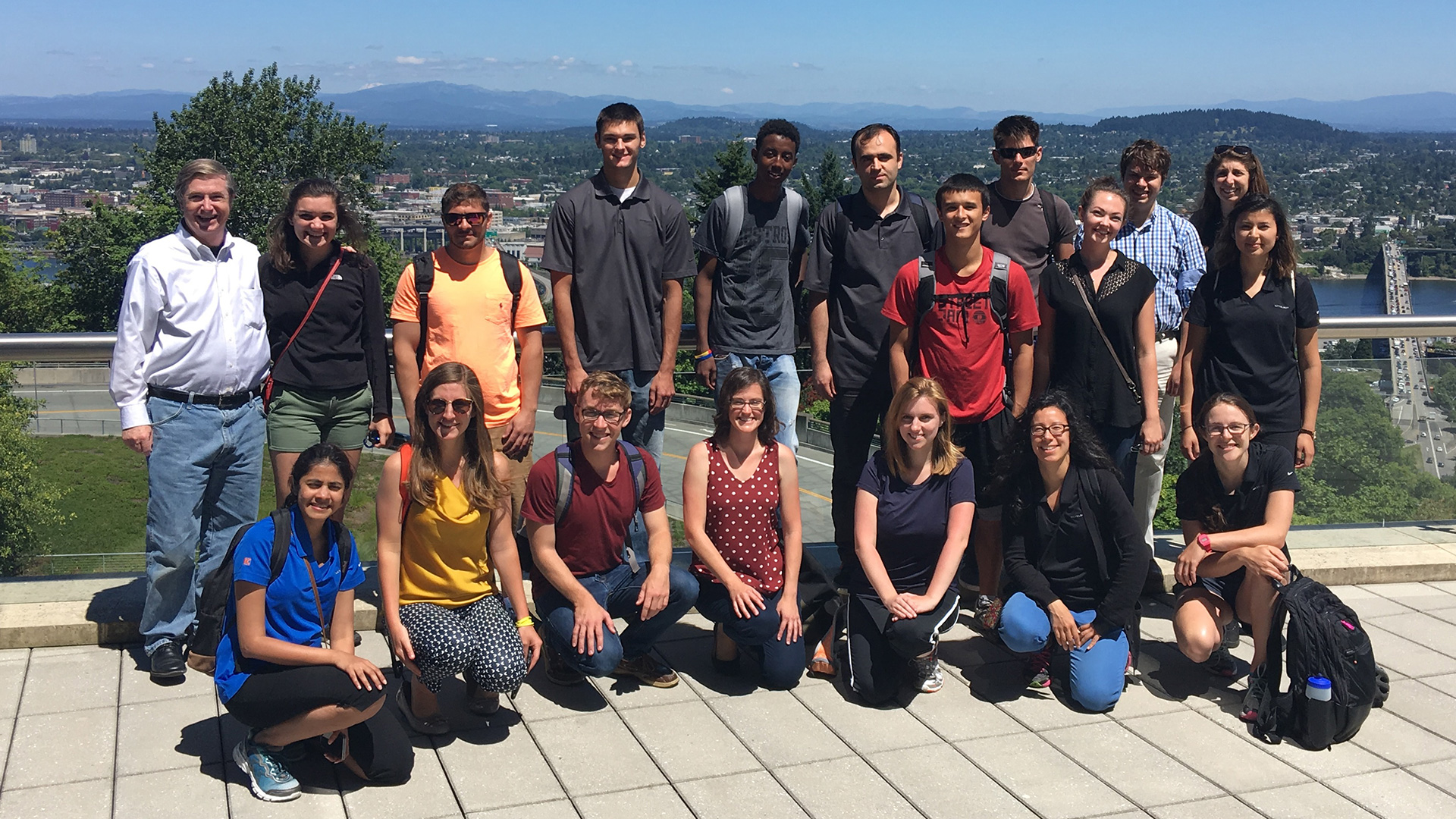
Every summer, interns from Kittelson’s offices across the country gather in Portland for a week to participate in a host of hands-on learning opportunities, meet…
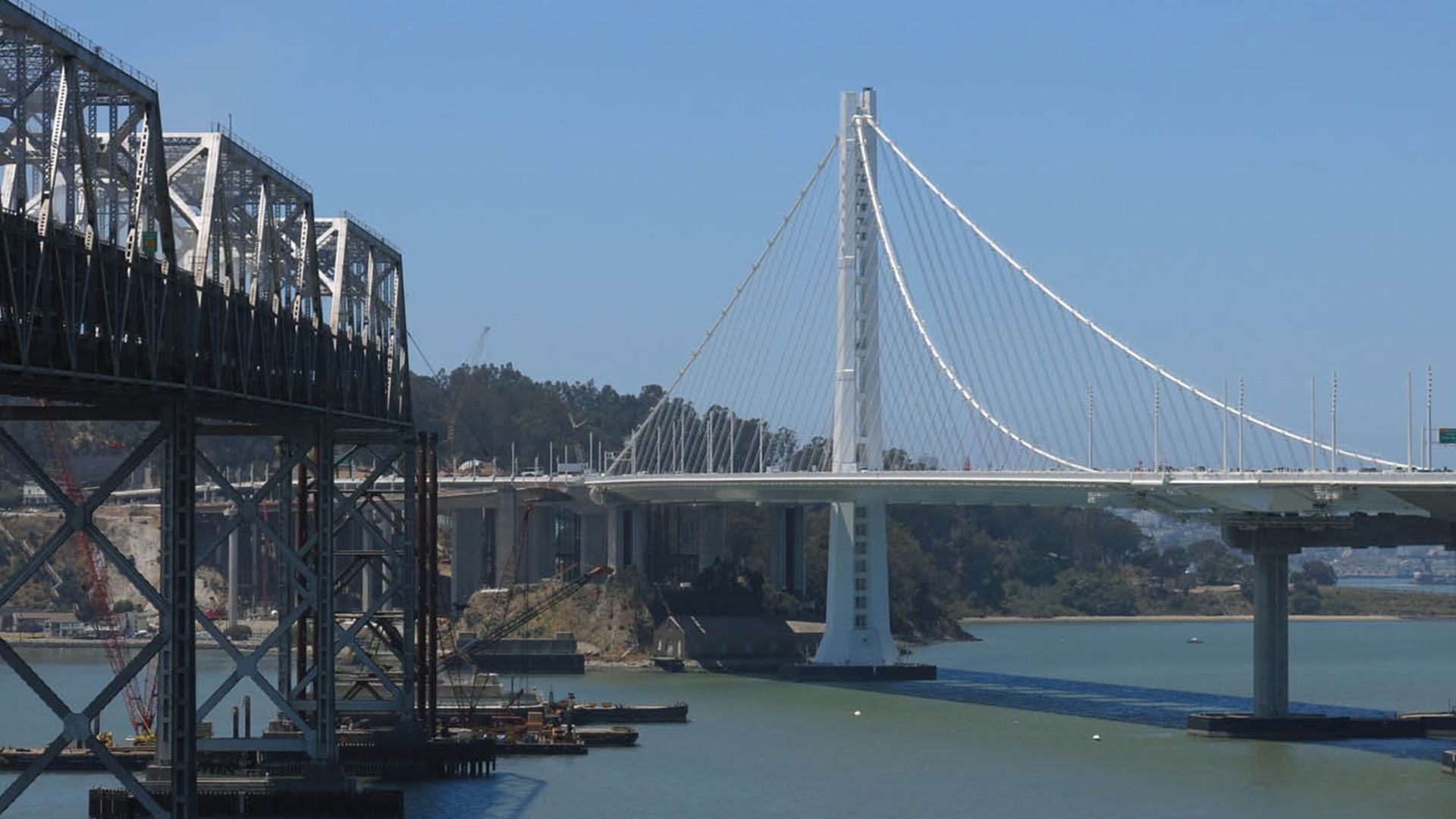
As state transportation departments seek to improve system performance, mobility and safety, engineers working in both the public and private sectors are charged with crafting…
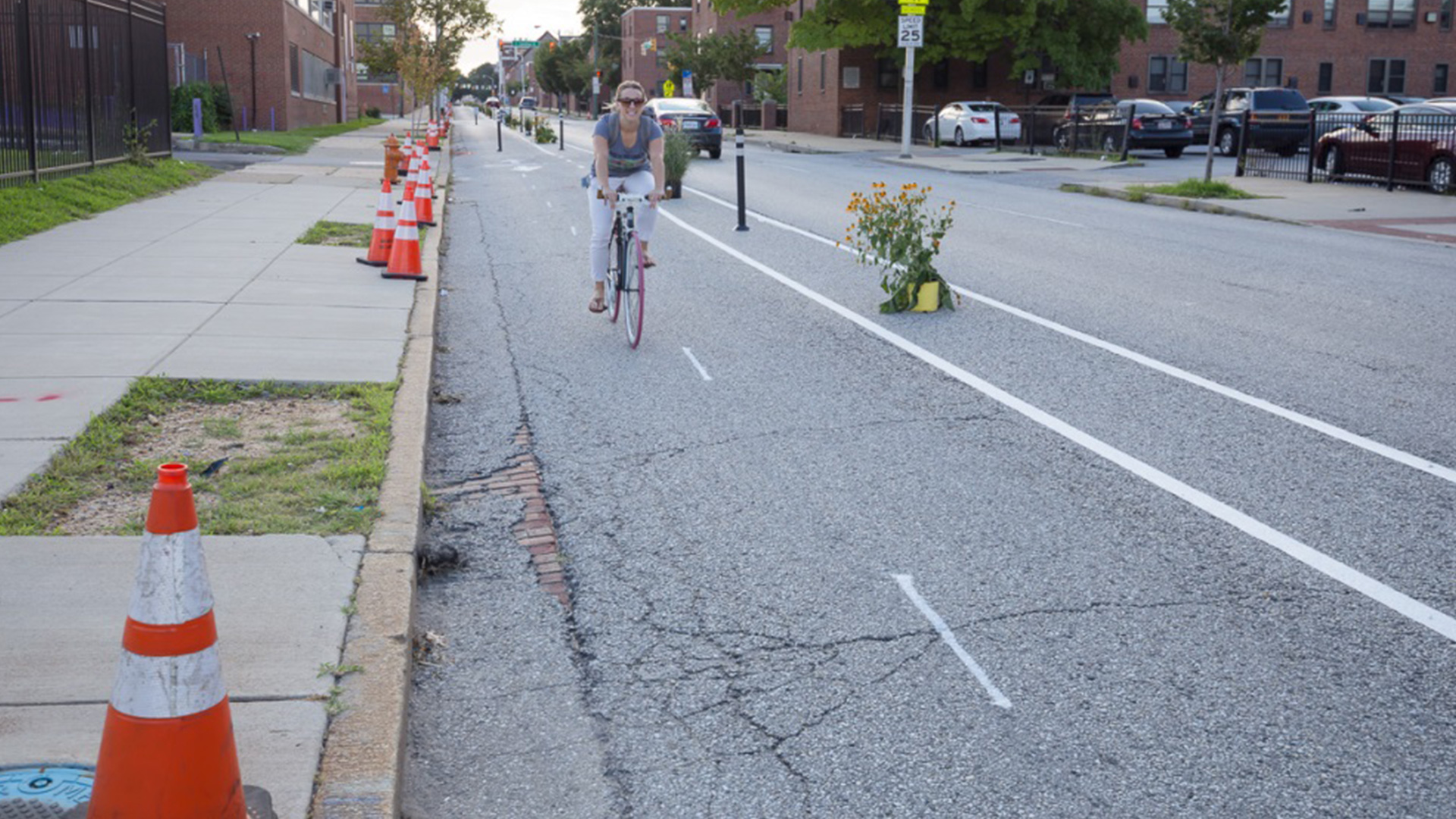
Four city blocks in Baltimore were transformed last Thursday, with a “pop-up” two-way protected bike lane, open for use by the end of the afternoon….
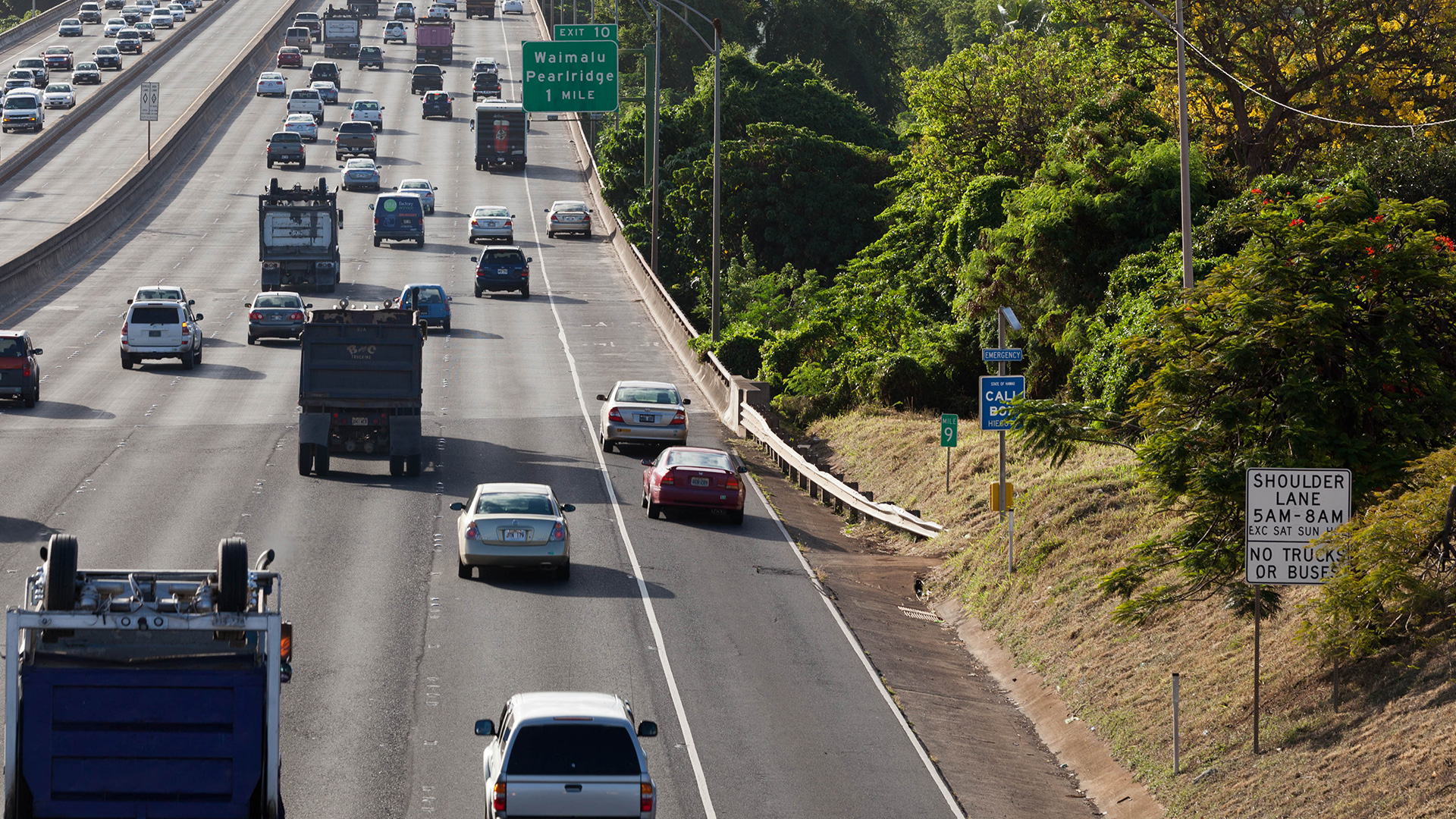
A growing number of states in the United States are learning how part-time shoulder use can help manage congestion and want to put this strategy…
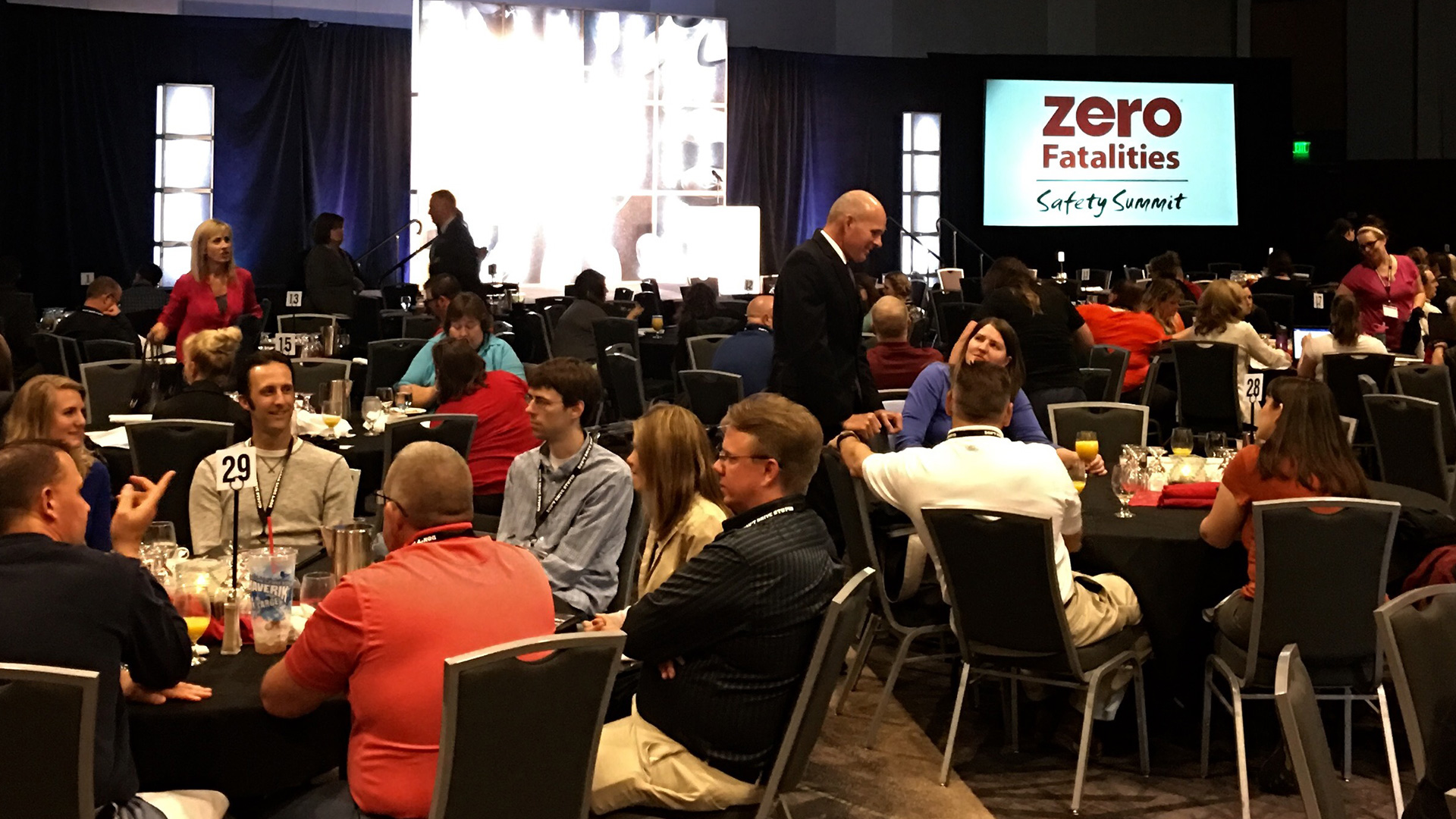
Last week, the Utah Department of Public Safety and the Utah Department of Transportation hosted over 400 participants at their state’s Zero Fatalities Safety Summit….

Here at Kittelson, we like to think of ourselves as transportation nerds. We enjoy philosophical discussions about parking policies as much as we love a…
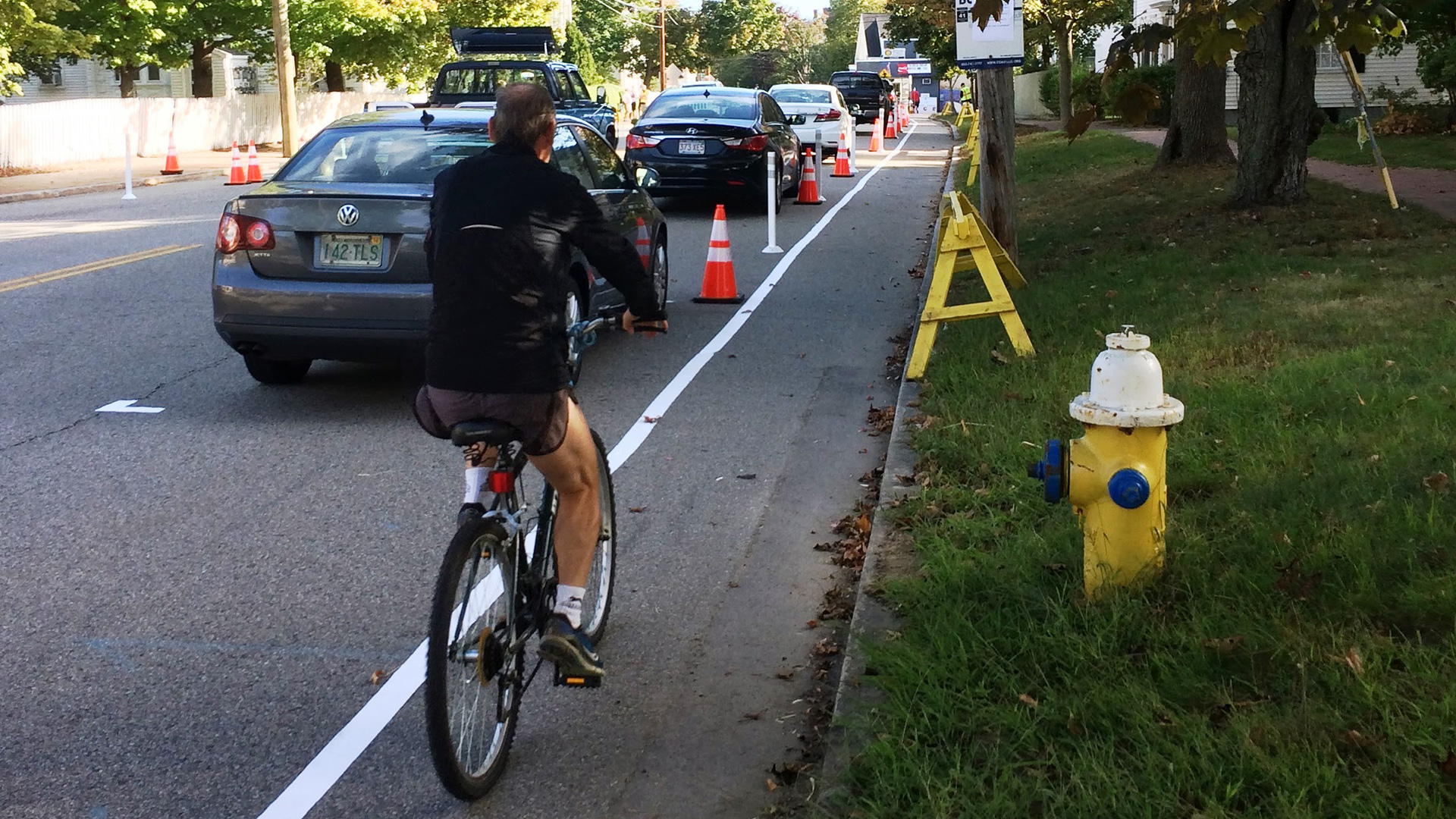
City officials in Portsmouth, New Hampshire, arrived at Middle Street early in the morning armed with plastic posts, hay bales, and flower pots. Staff from…
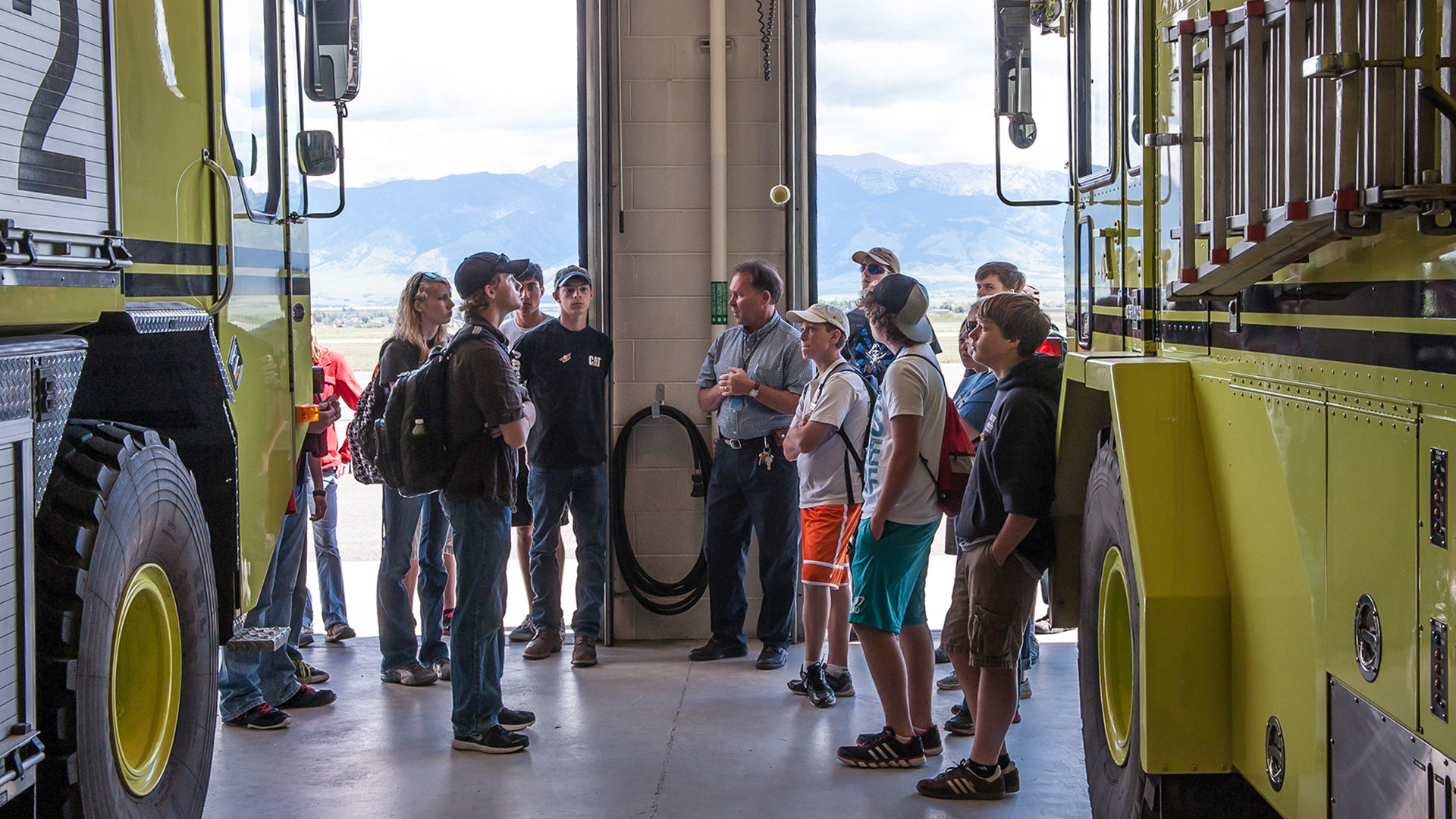
“It made me want to go to college more than I already wanted to and it also inspired me to try harder in school to…
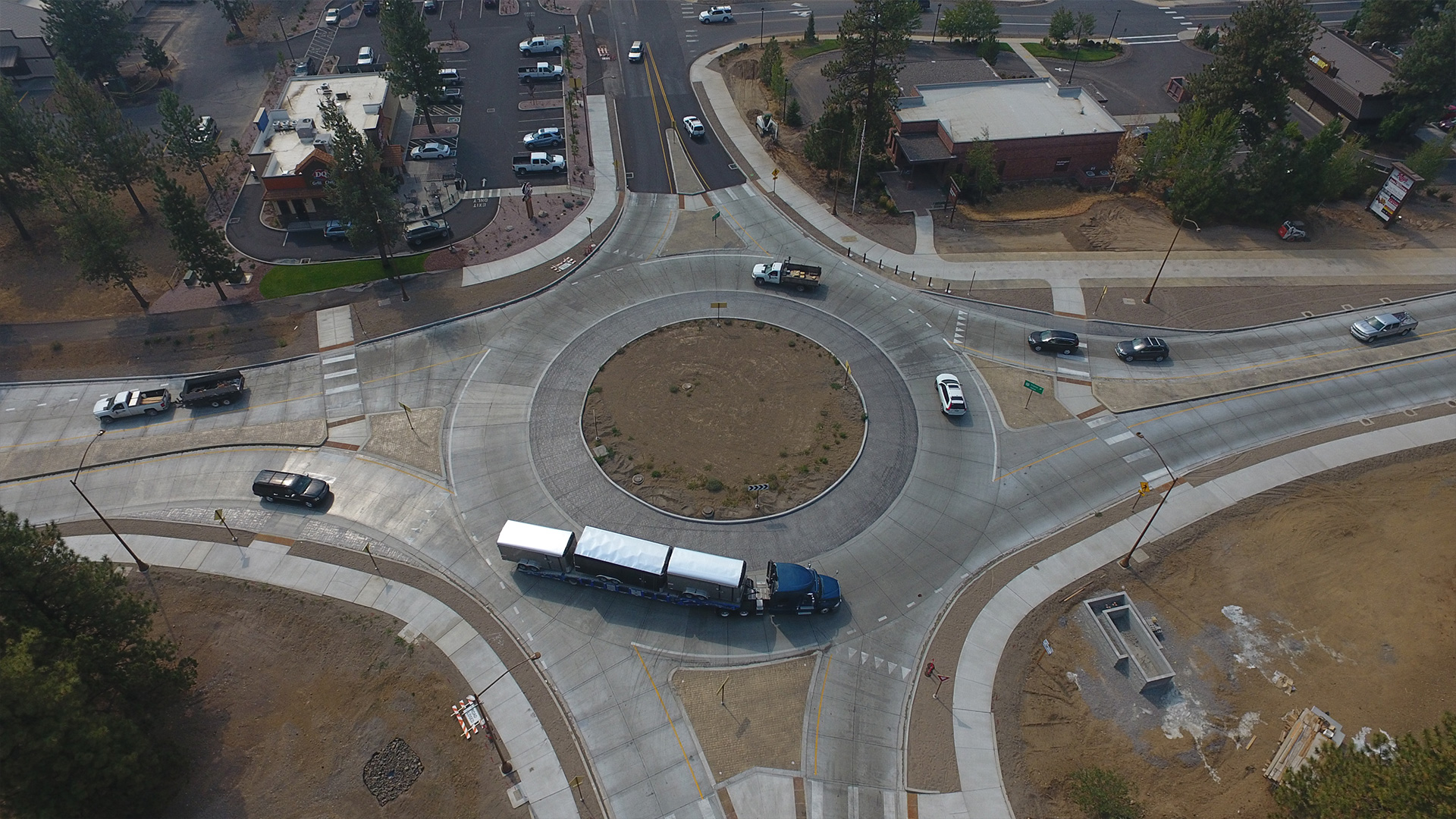
As the Oregon Department of Transportation (ODOT) planned for a new roundabout on US 20 at Barclay Drive in Sisters, the freight industry expressed concern…
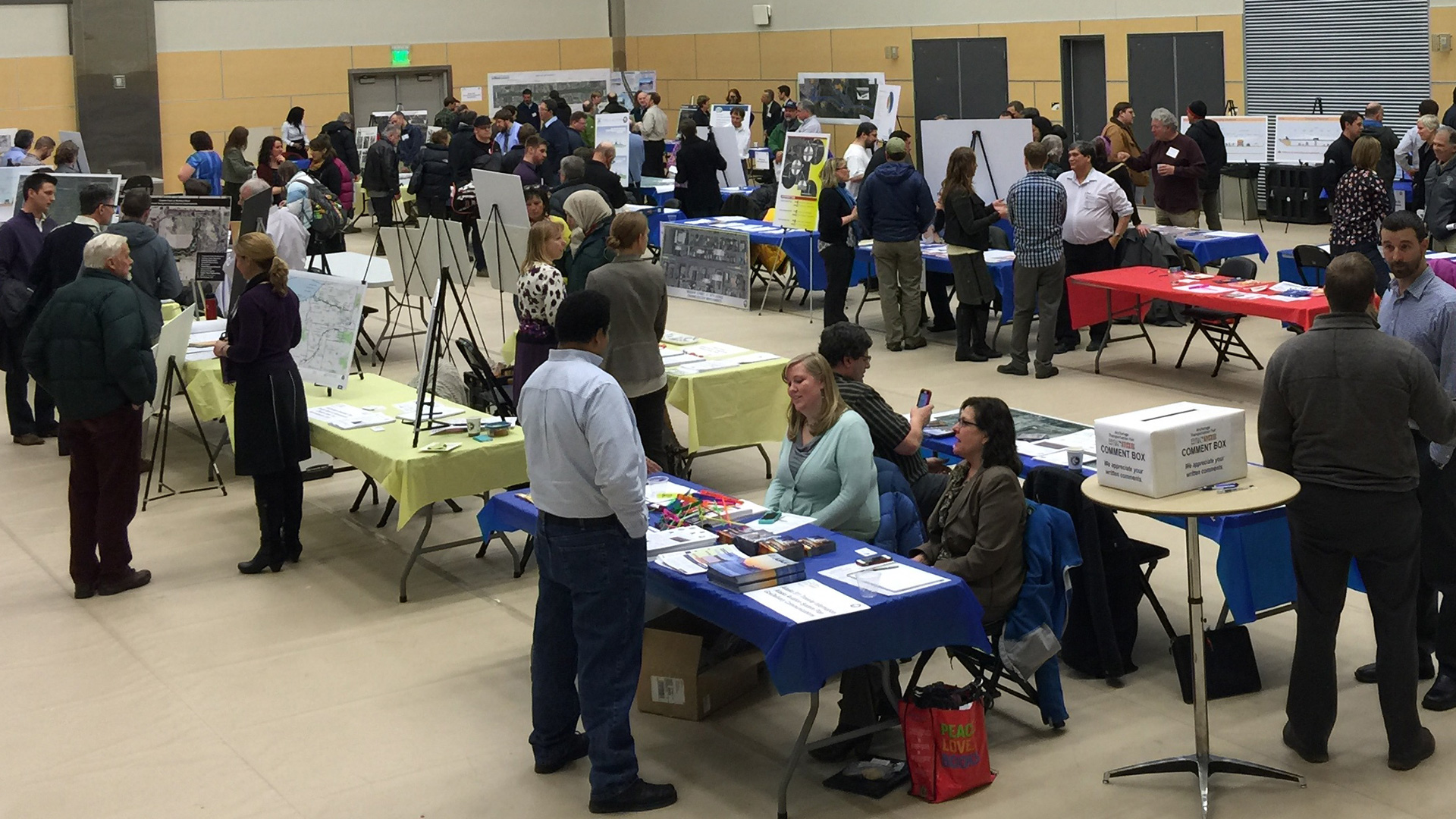
Anchorage residents who wanted to know about transportation projects in their community recently had a chance to learn more about specific projects and see the…
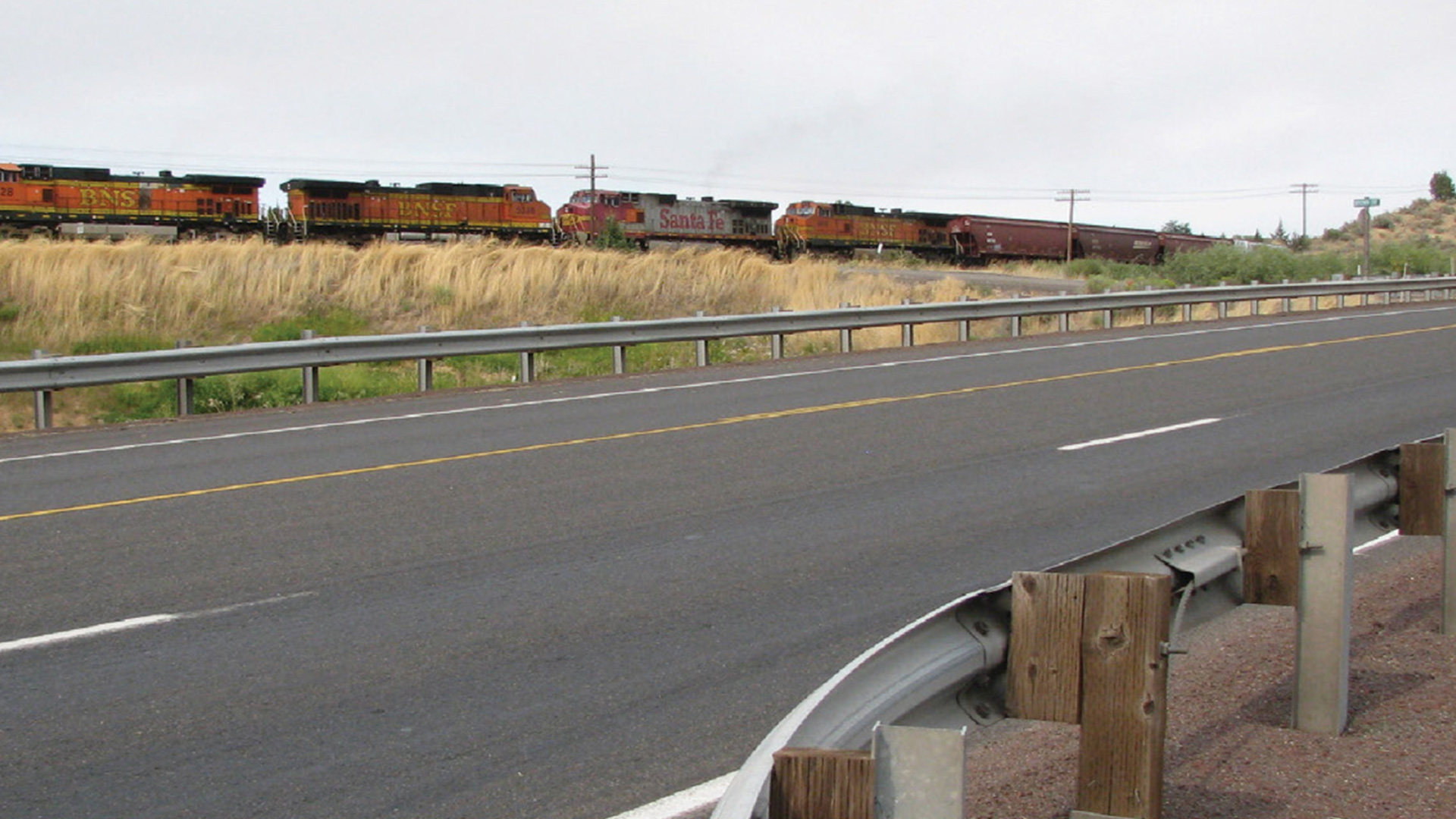
From new residents to visitors from both inside and outside the state, people flock to Central Oregon for its natural beauty and ample array of…
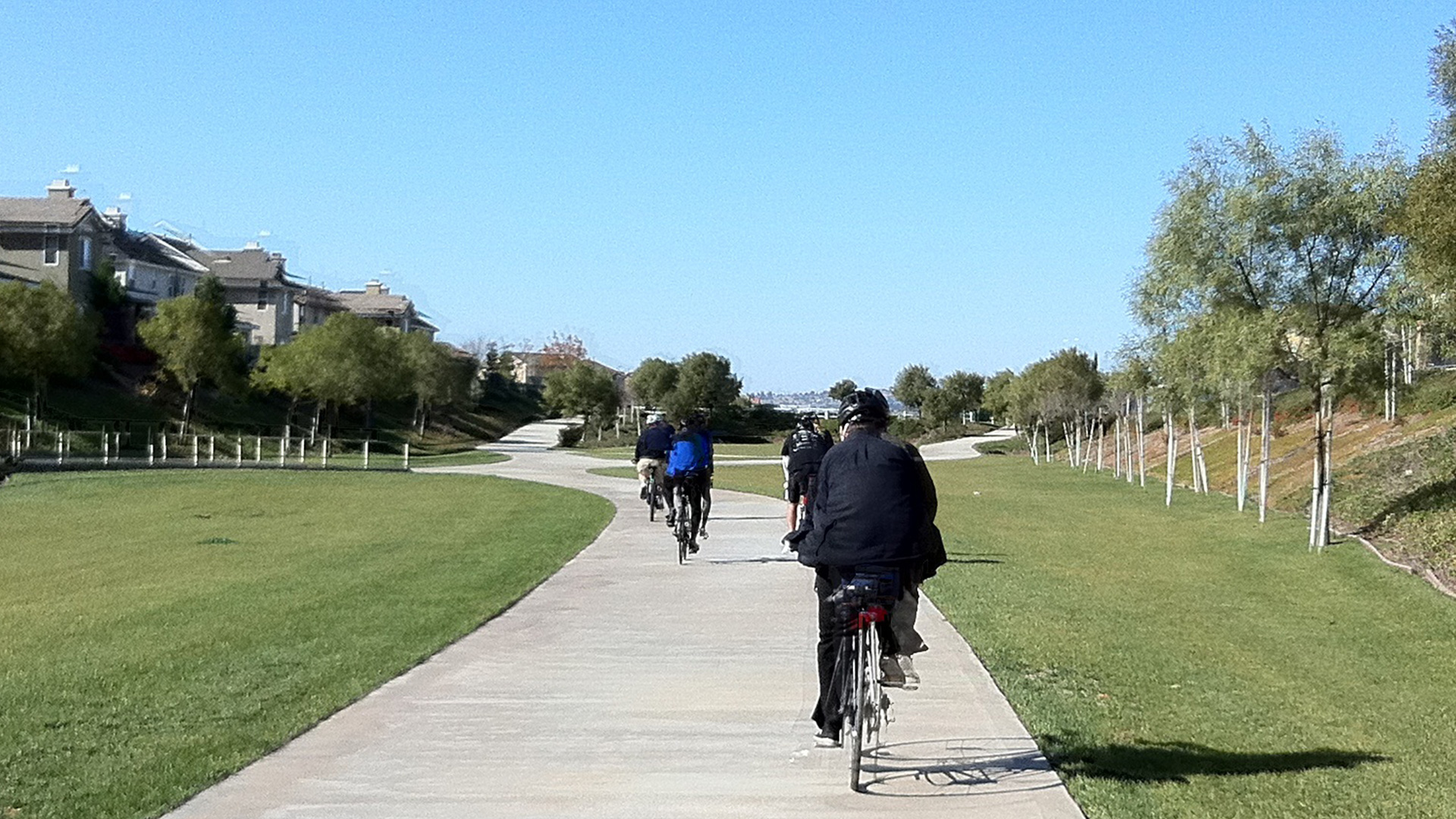
The Bike Count Data Clearinghouse project aims to compile and standardize the collection of bicycle and pedestrian data to improve multimodal transportation planning across multiple…